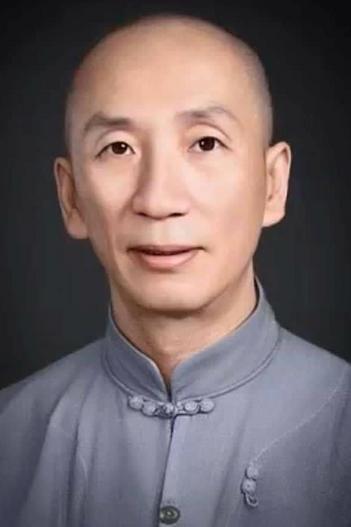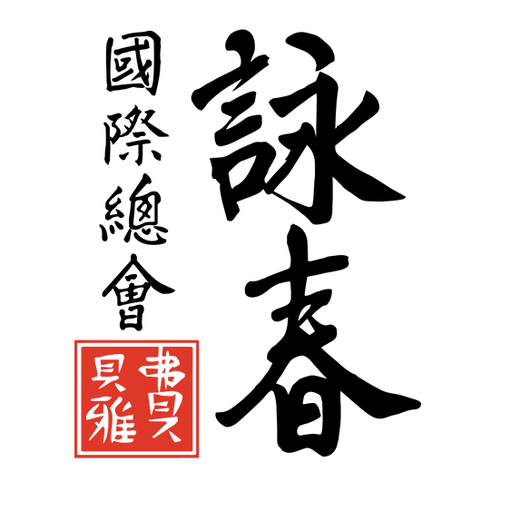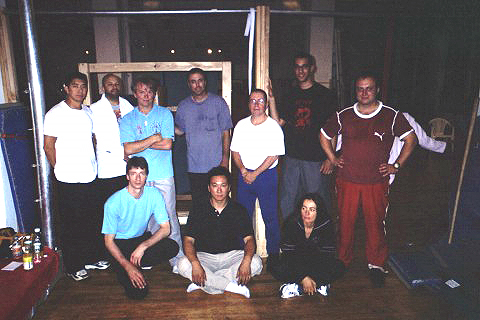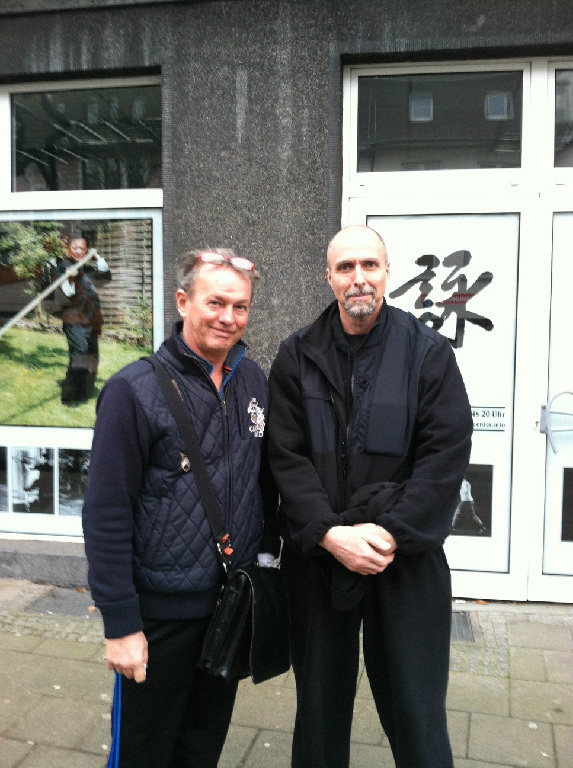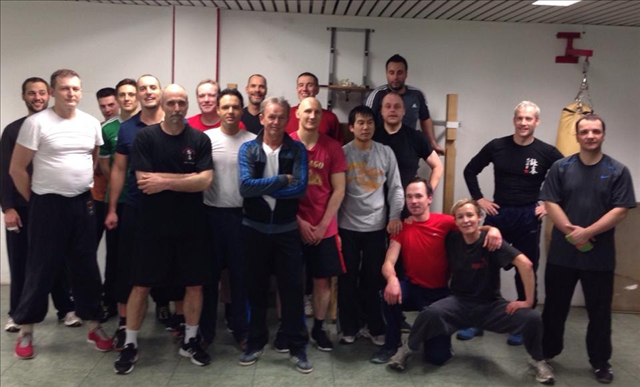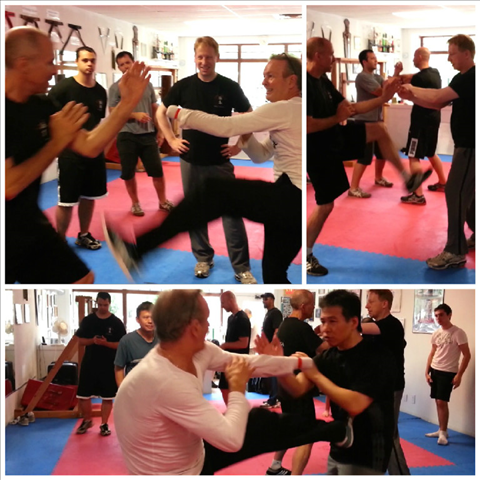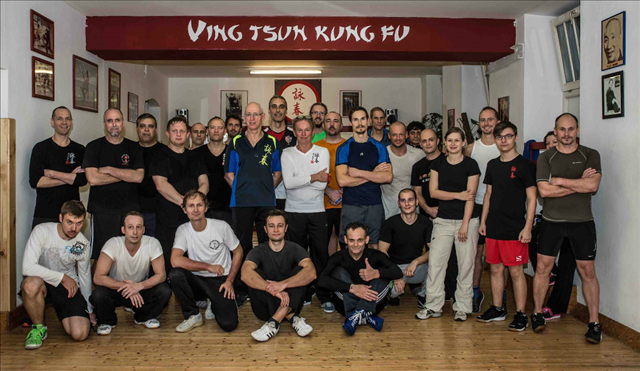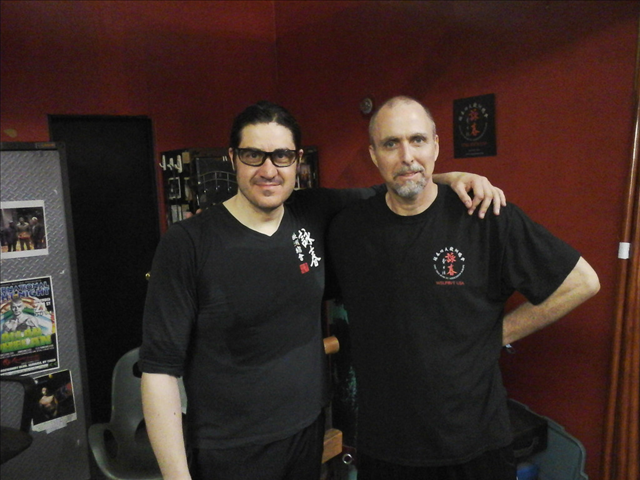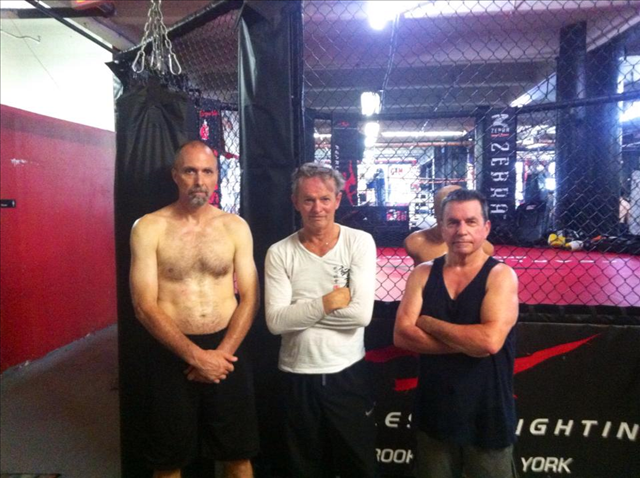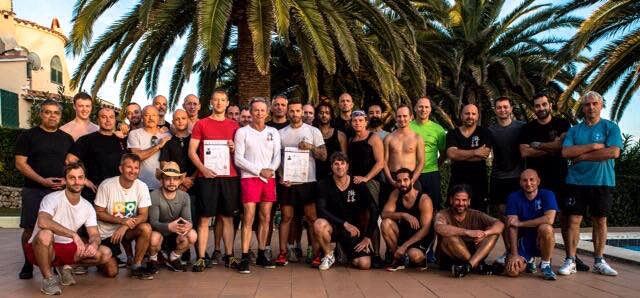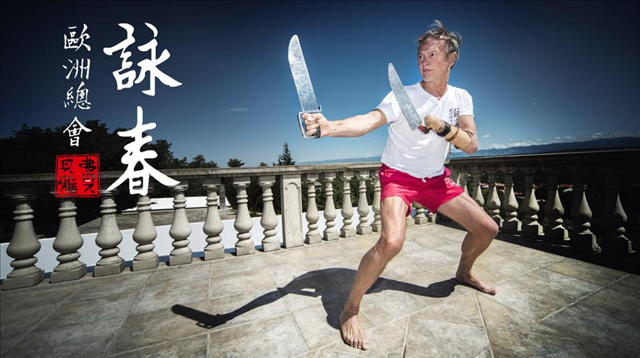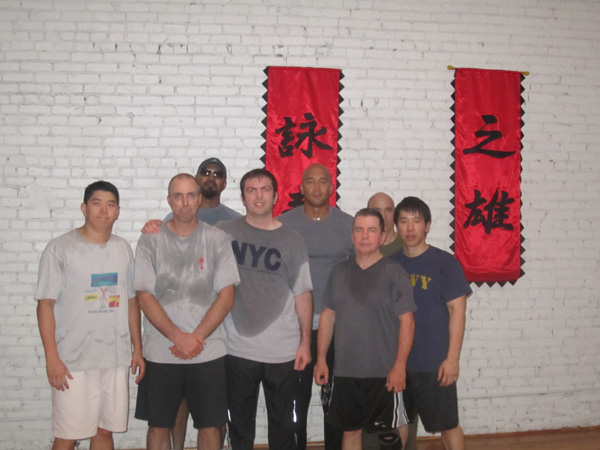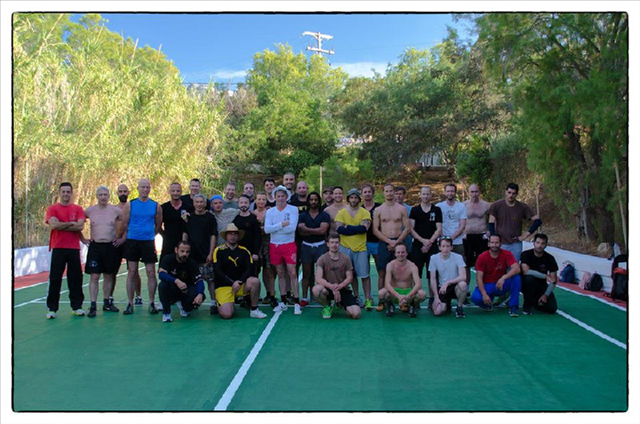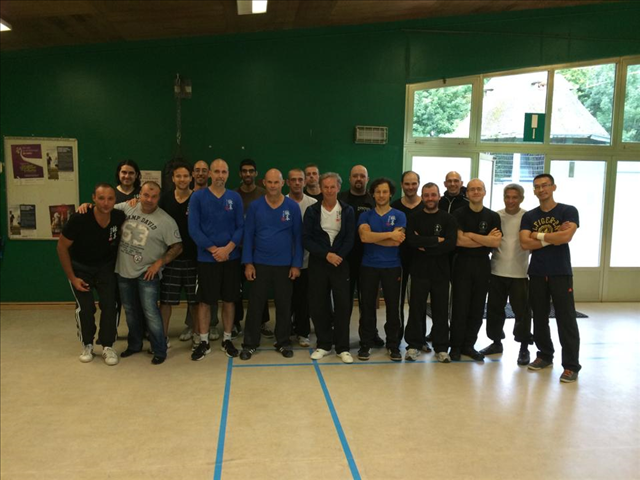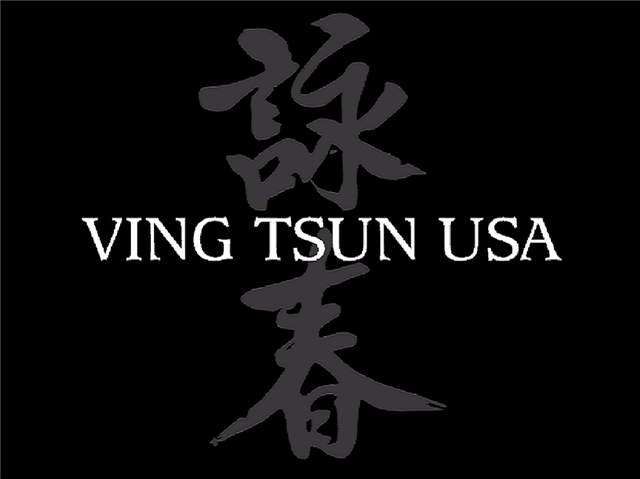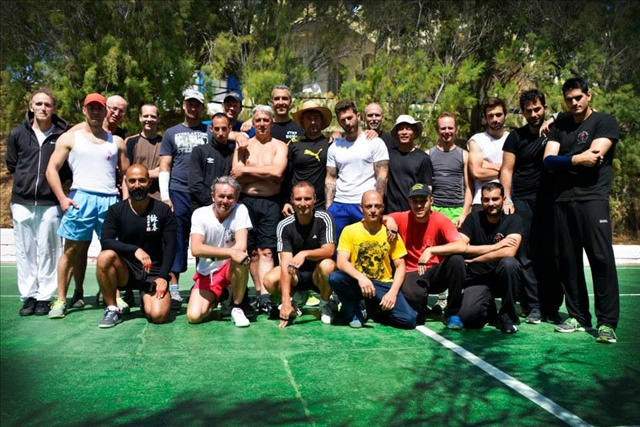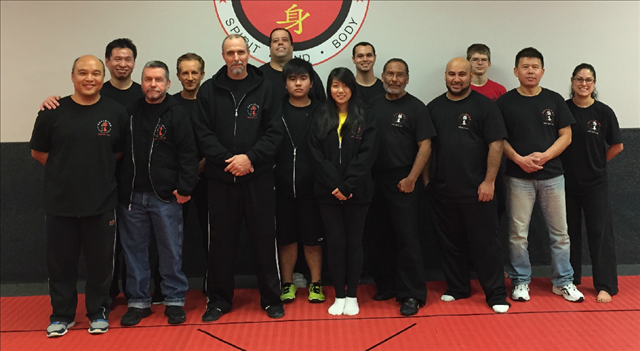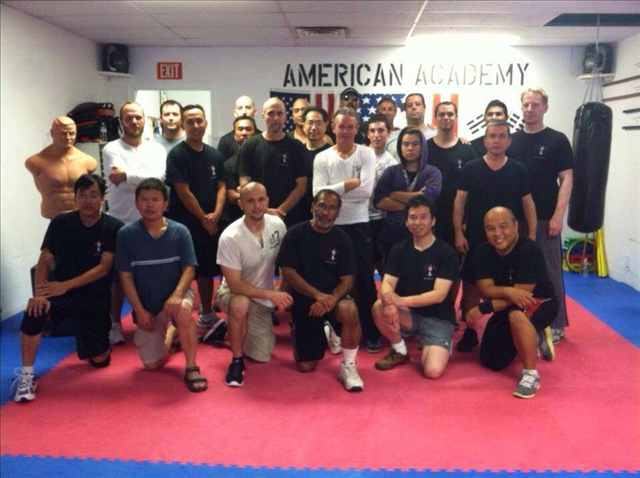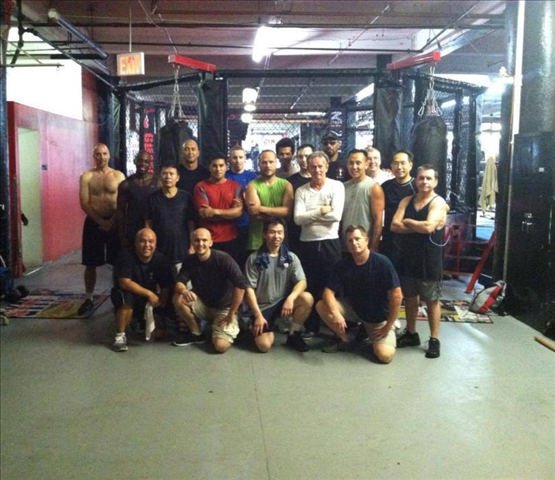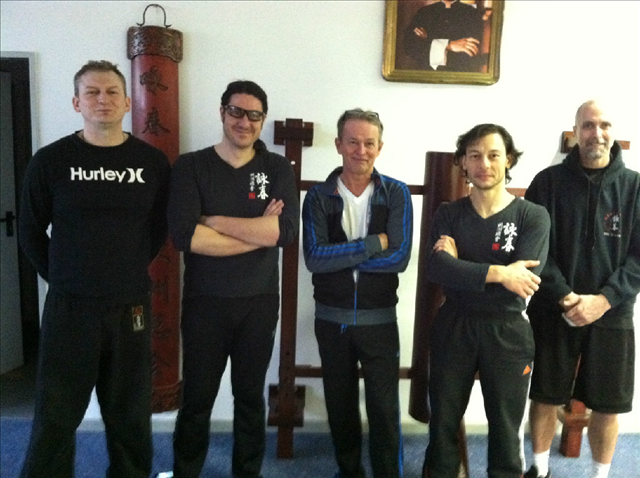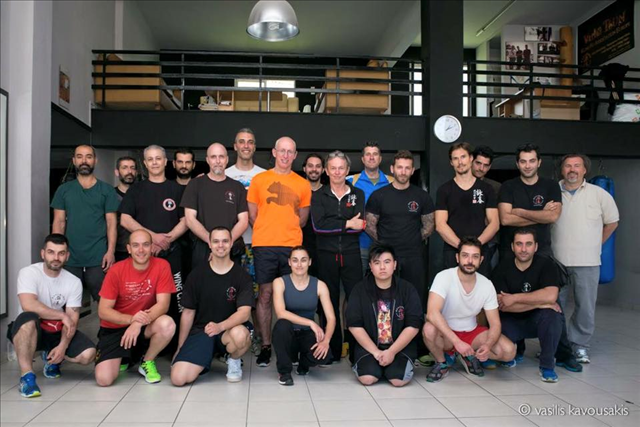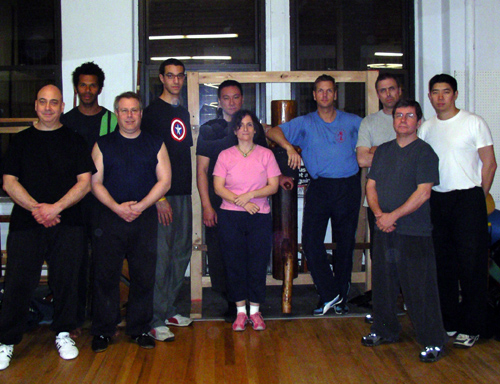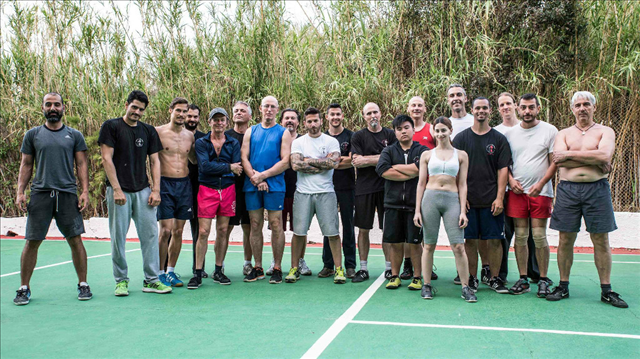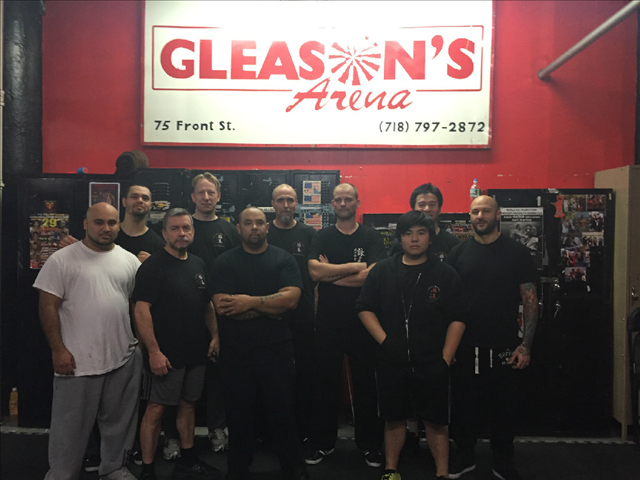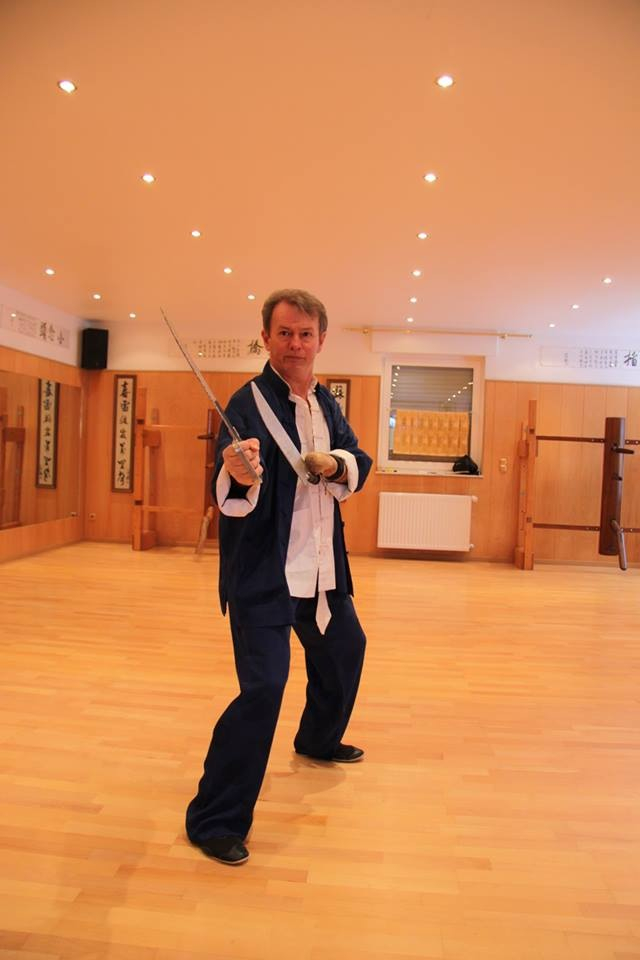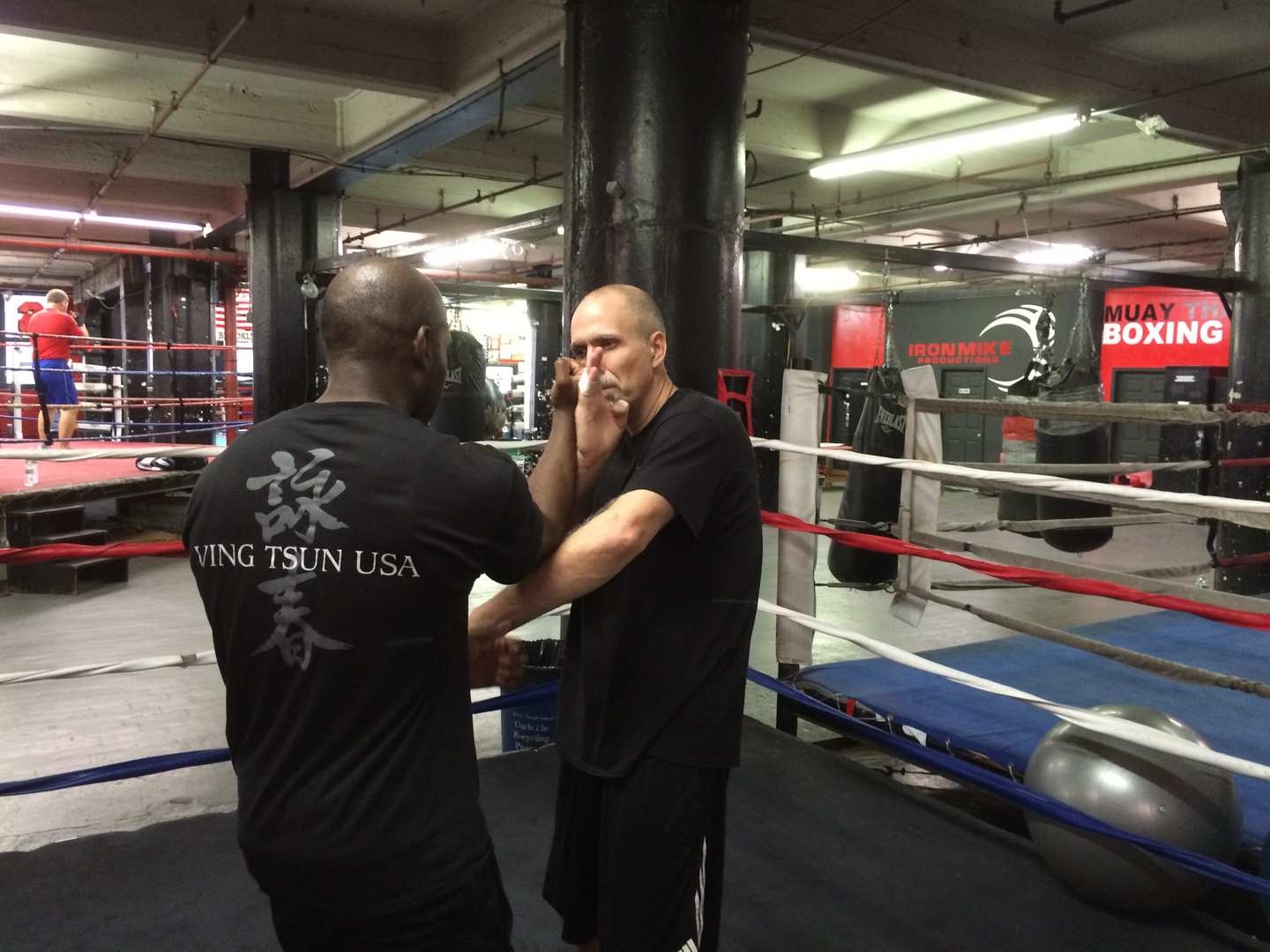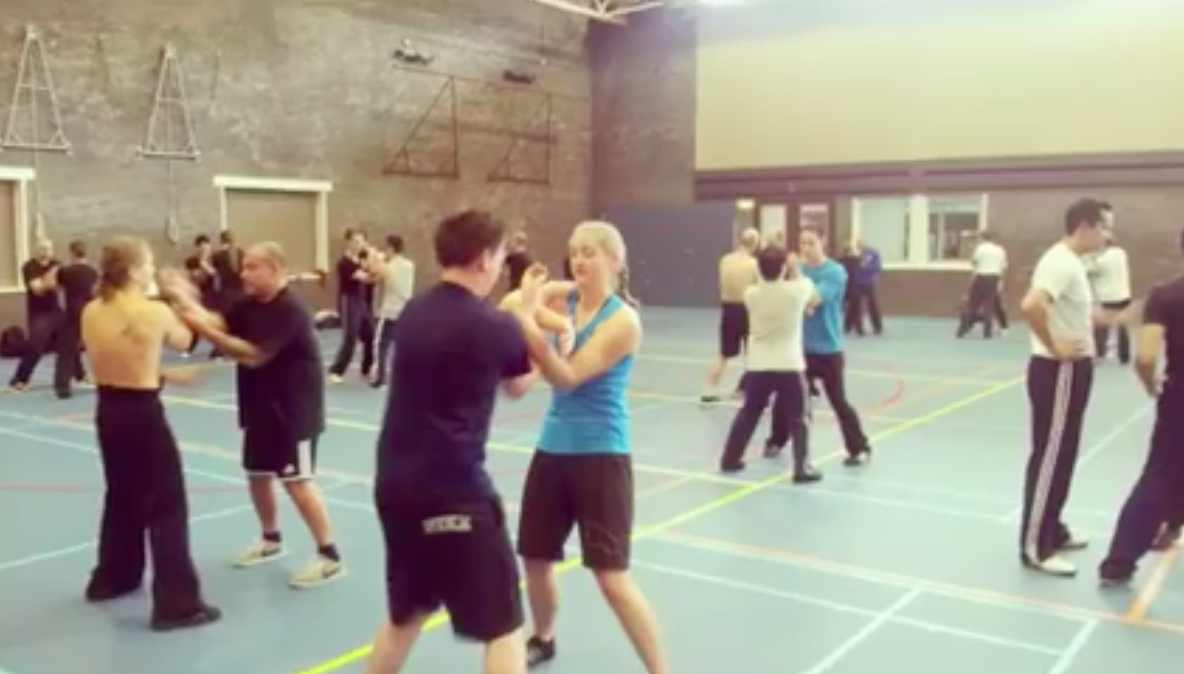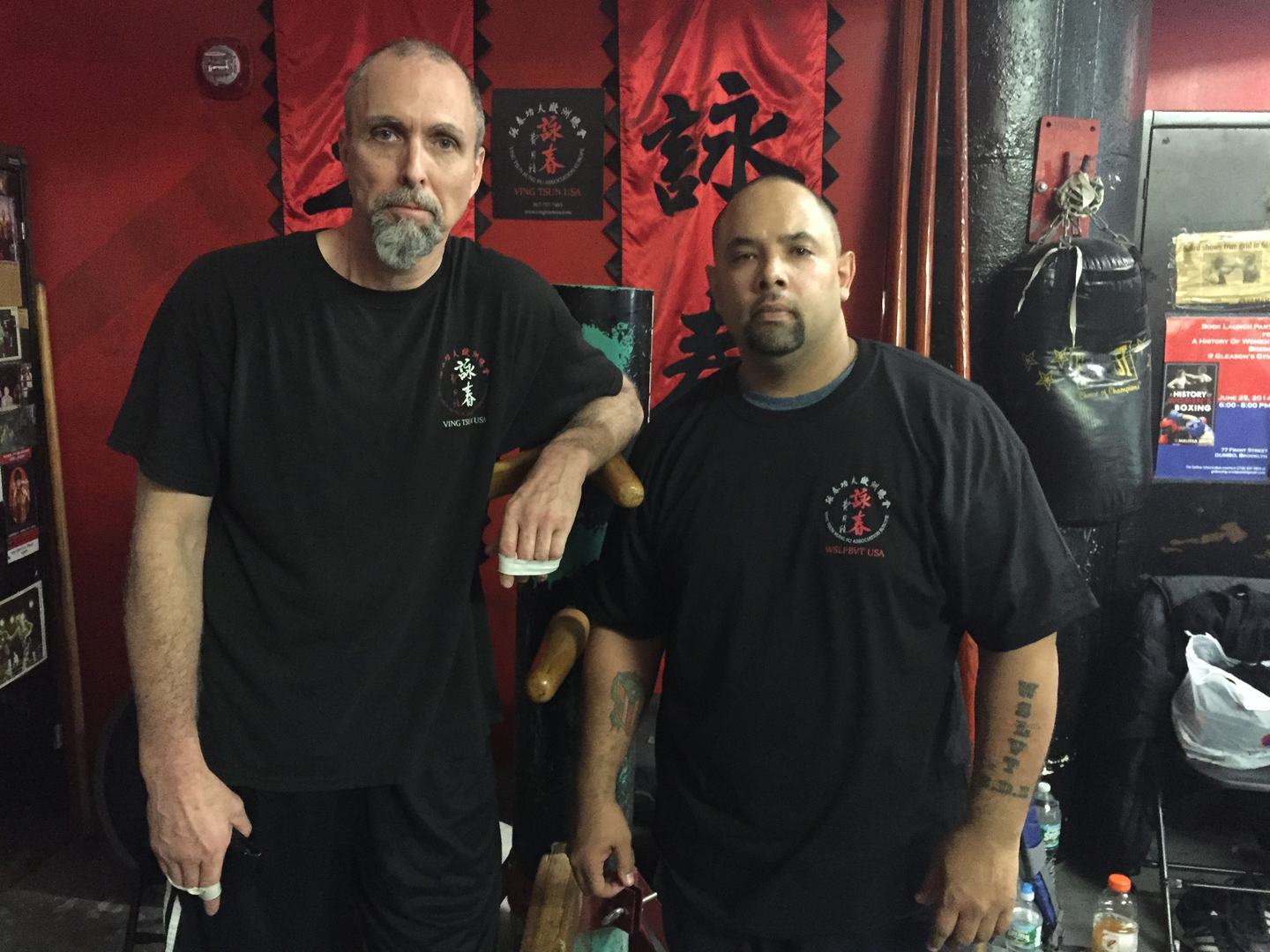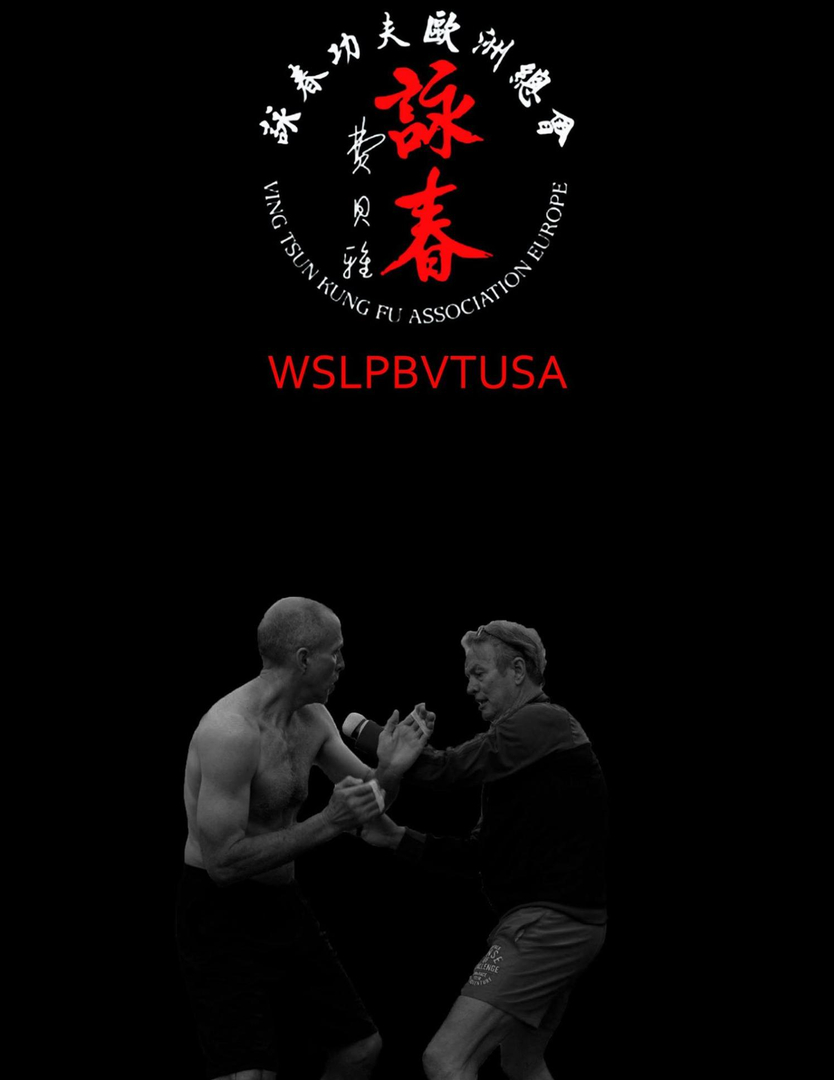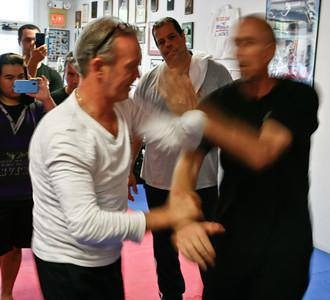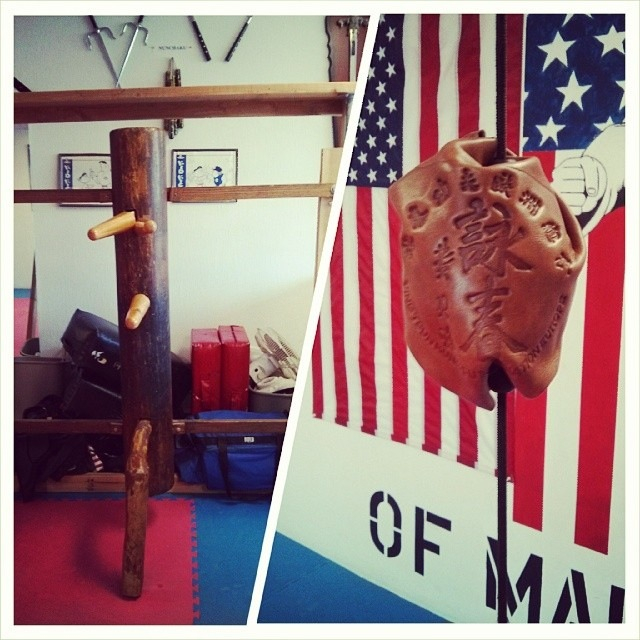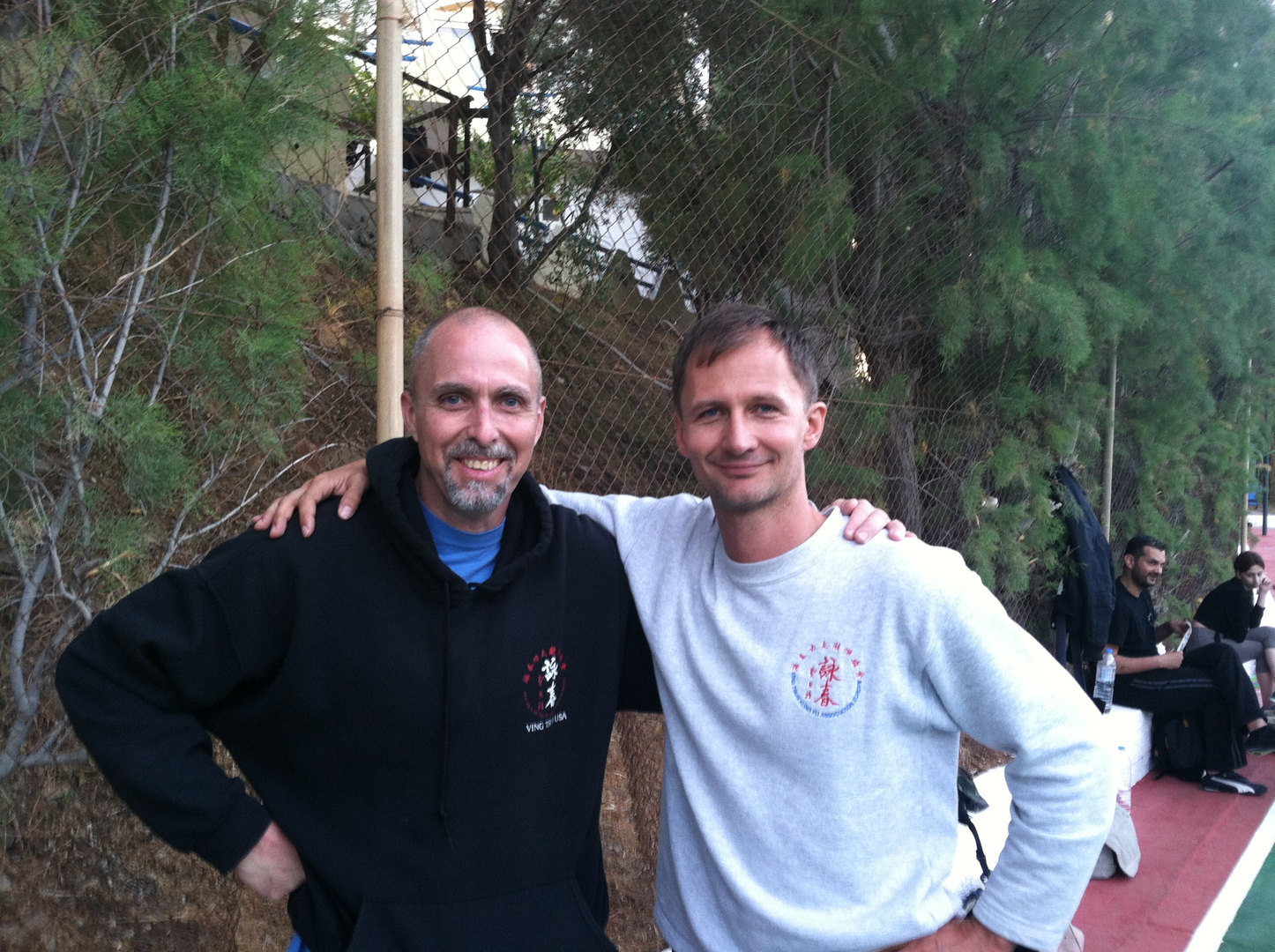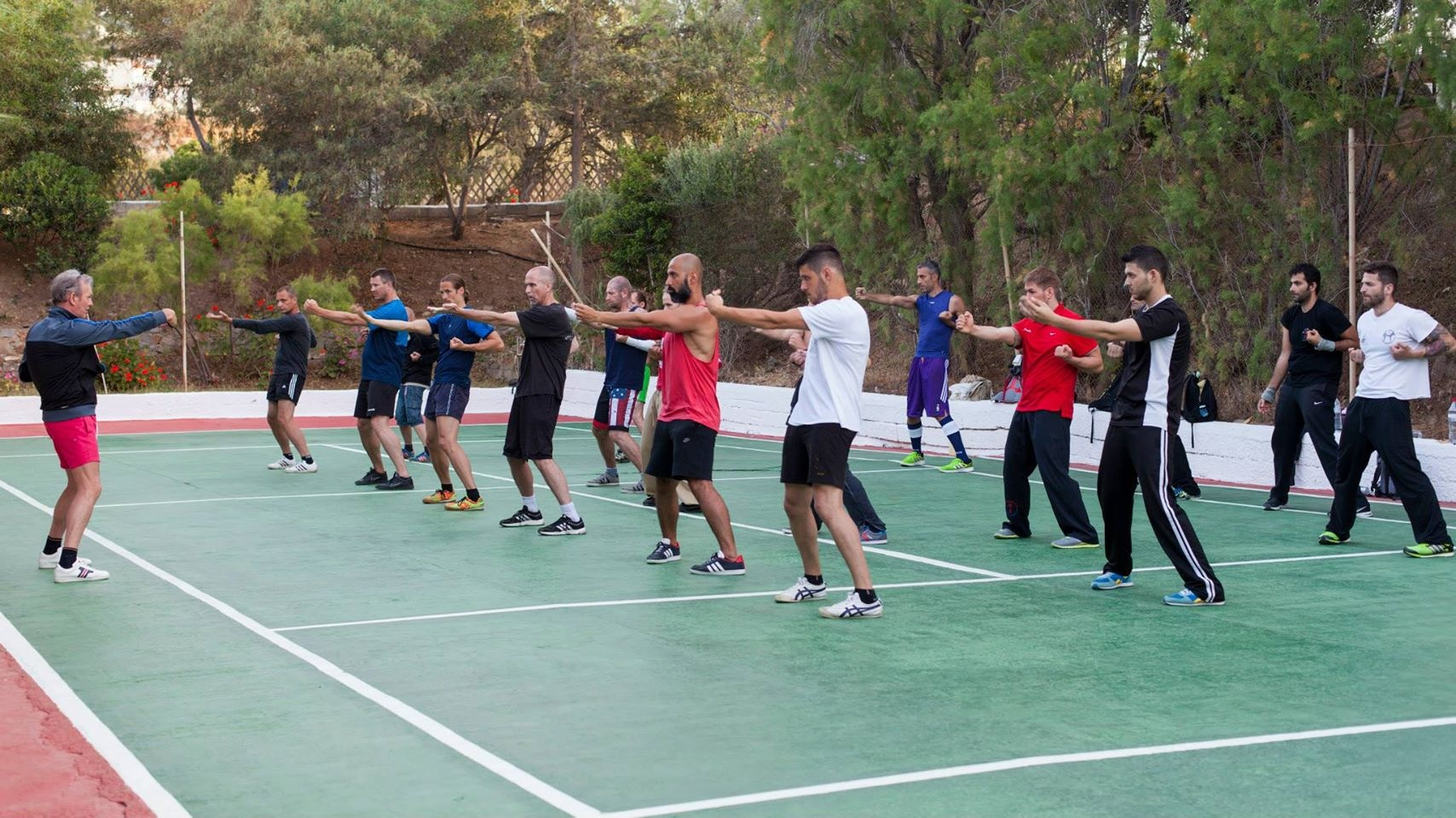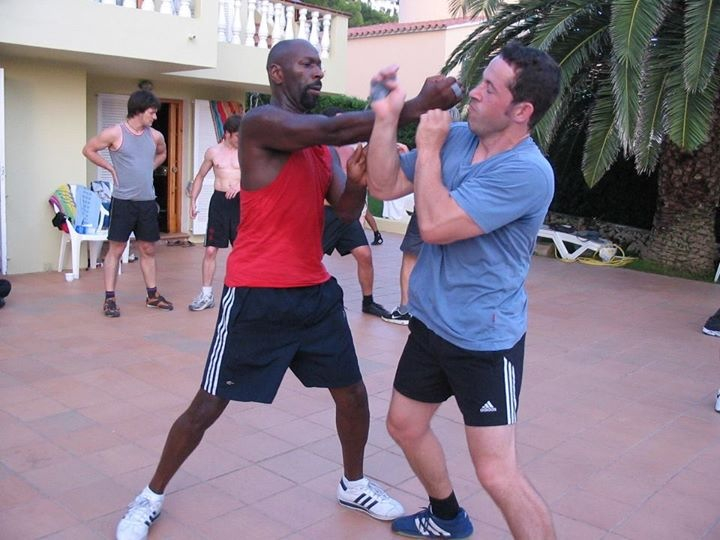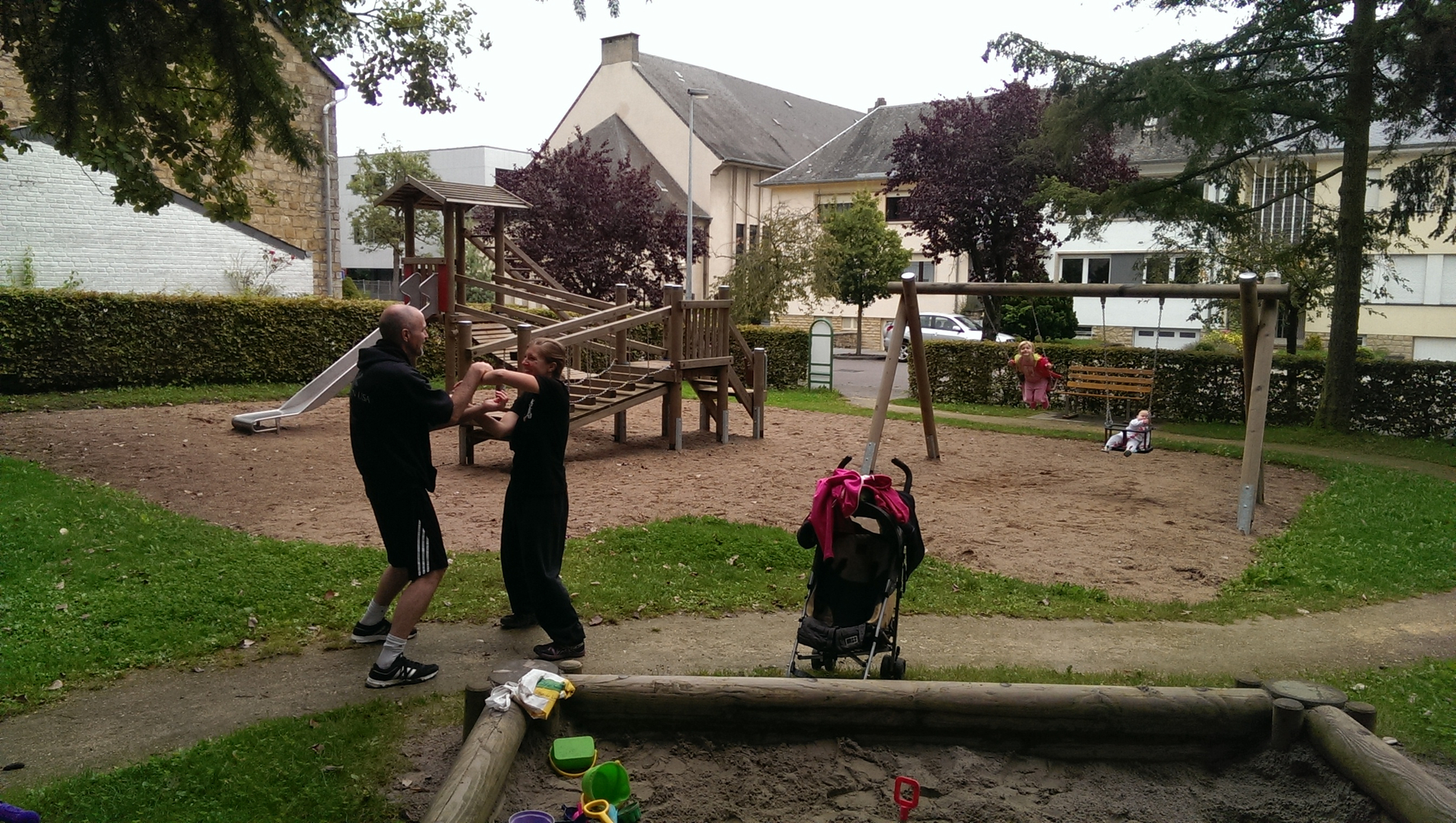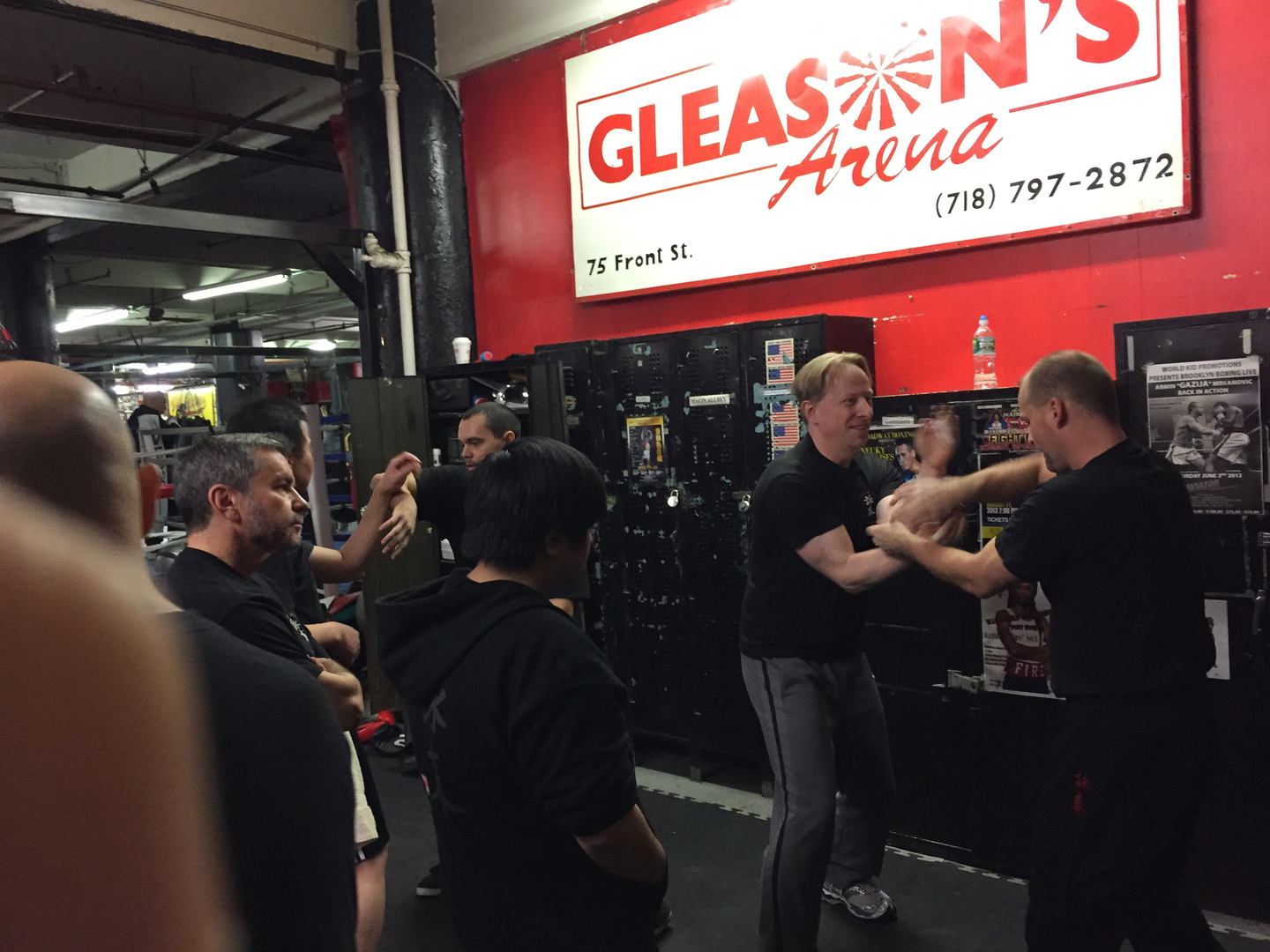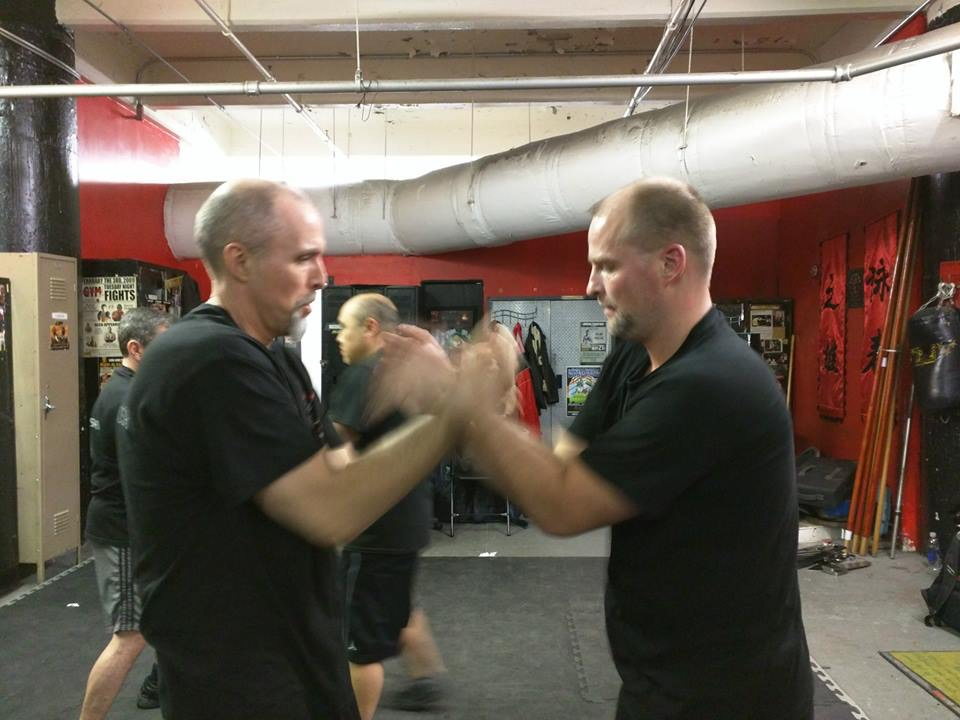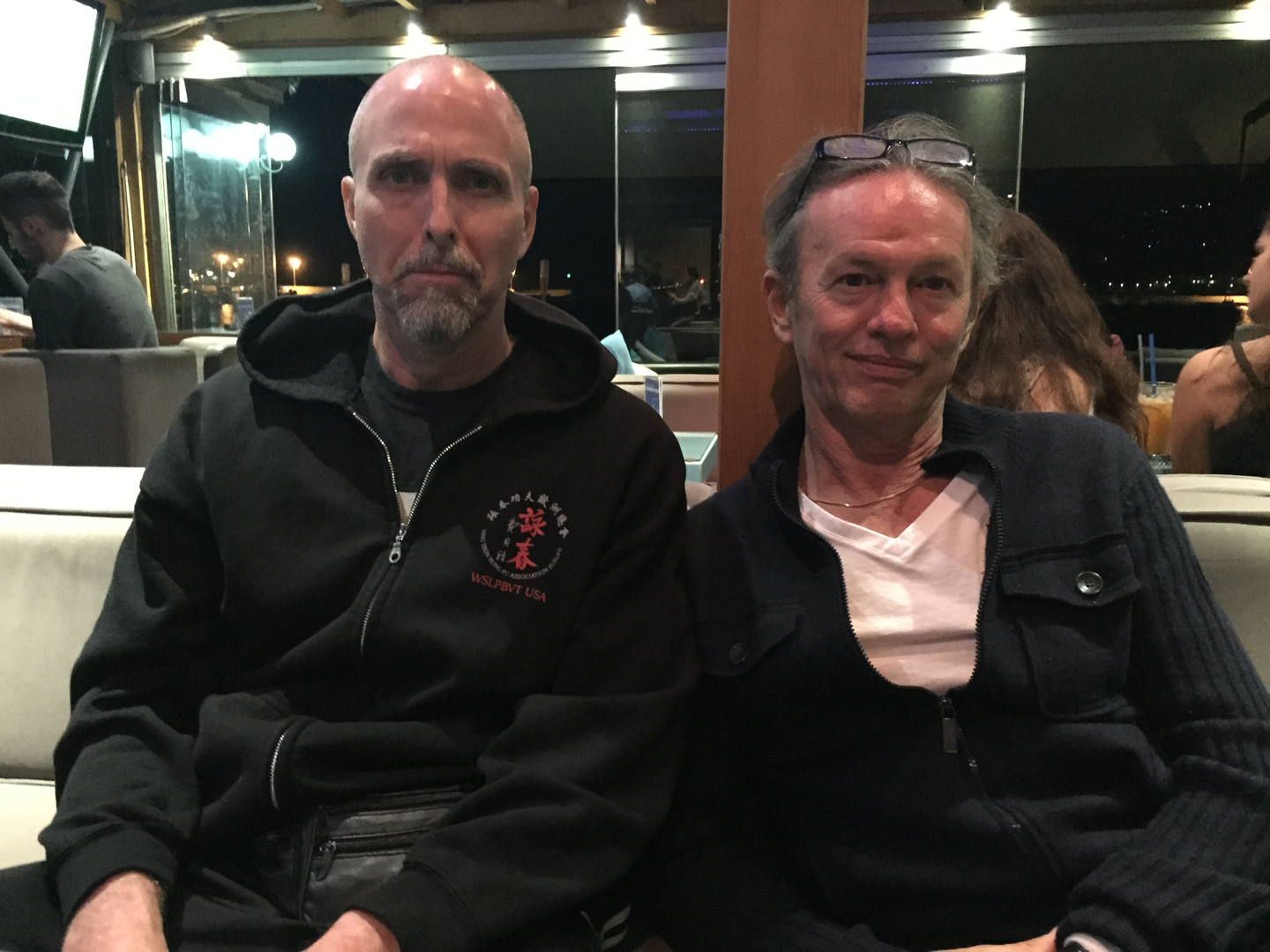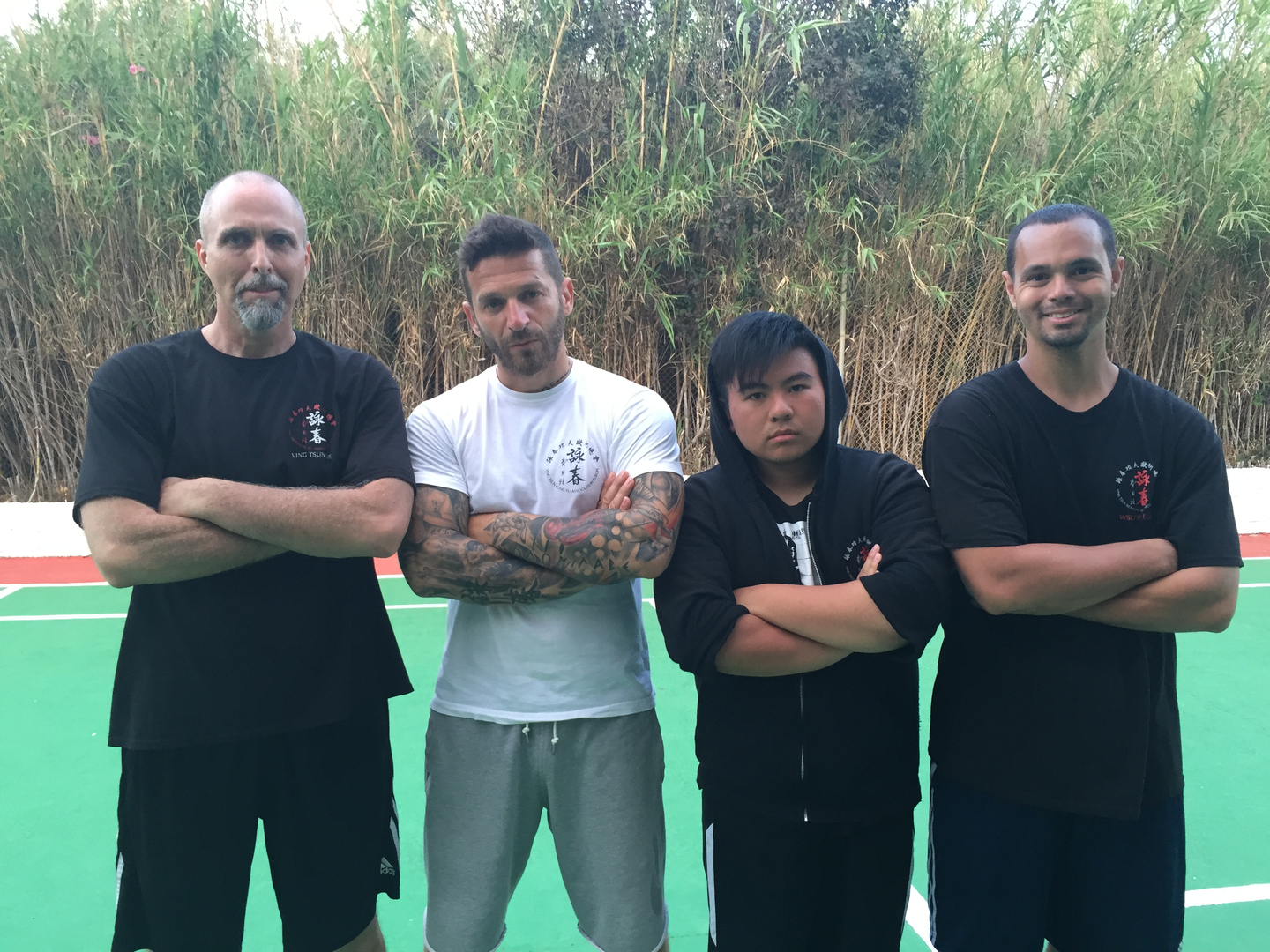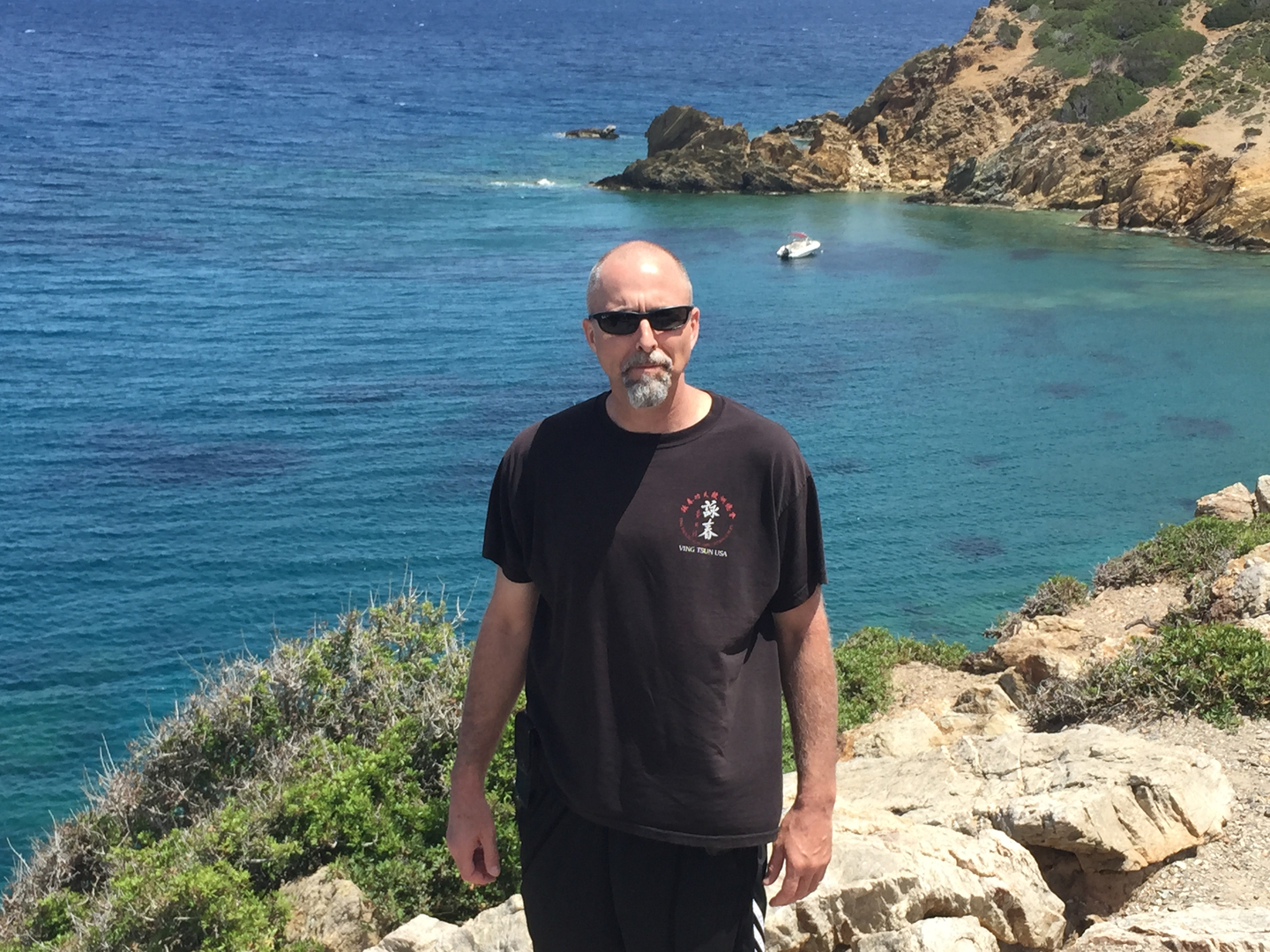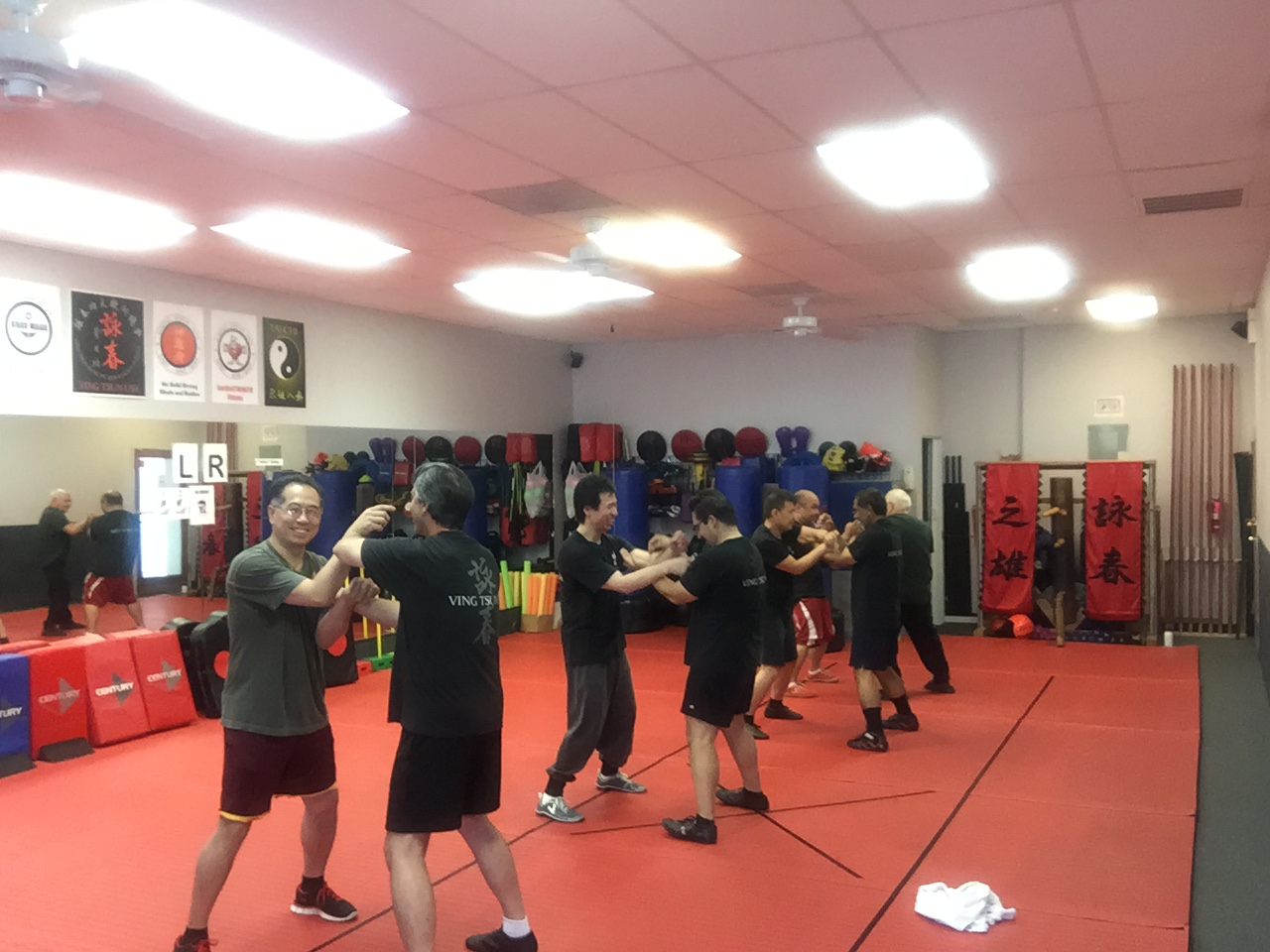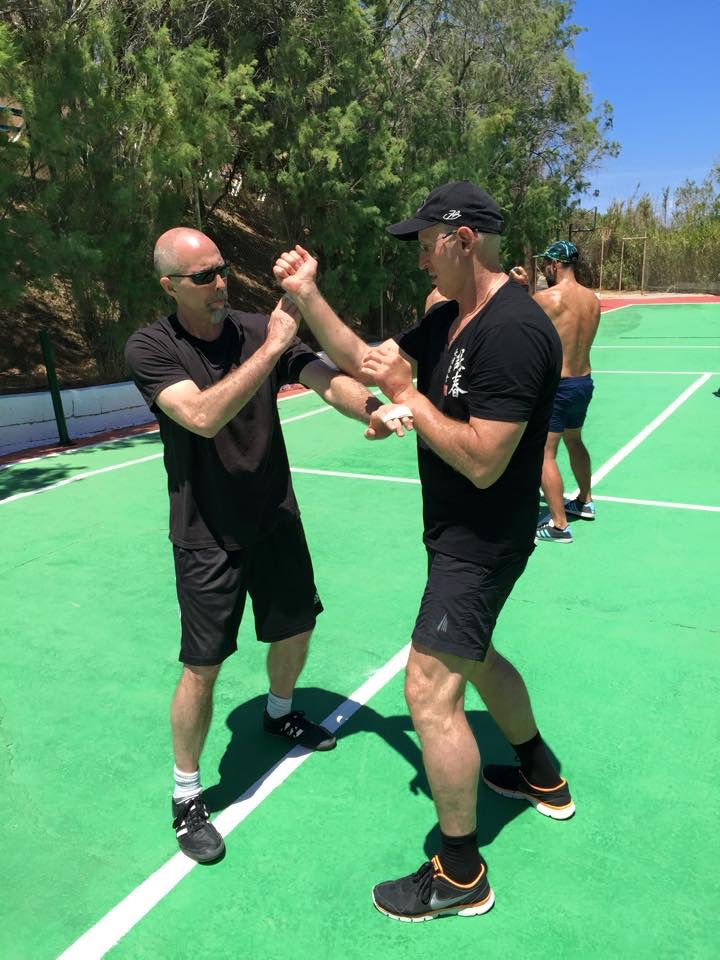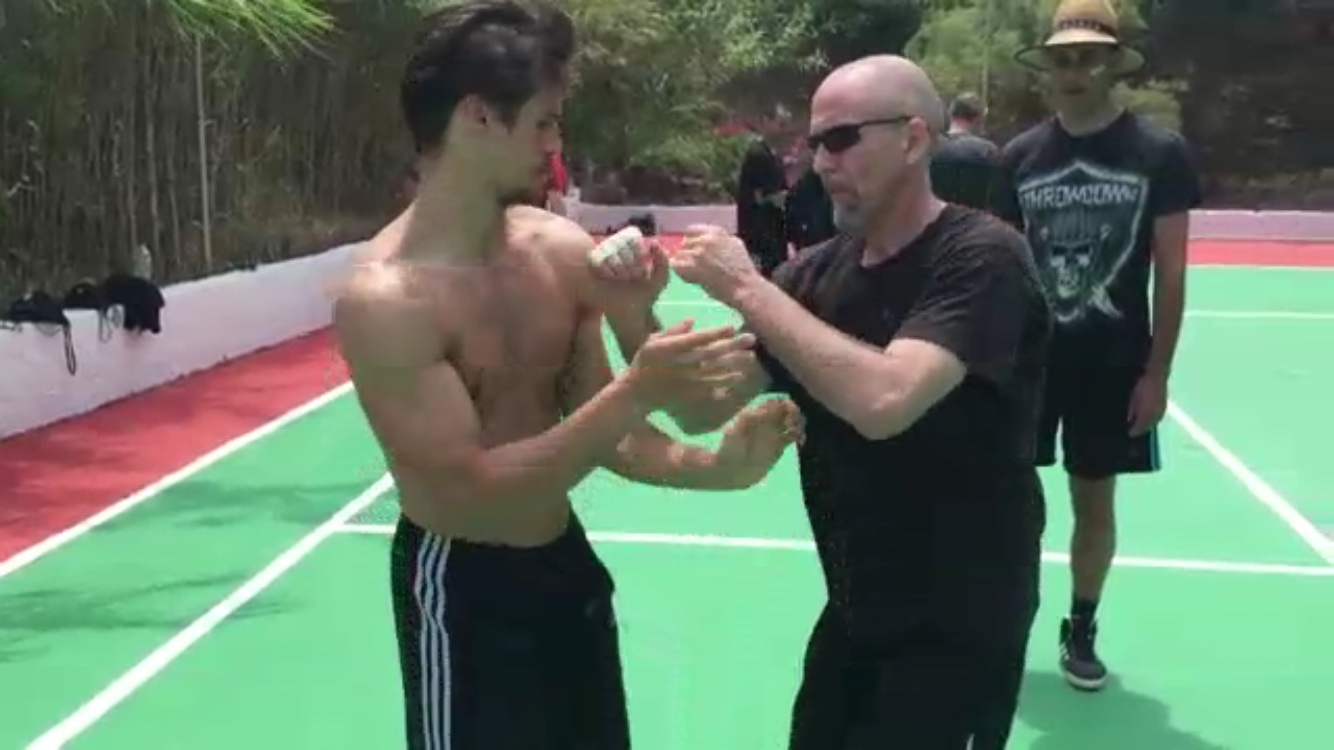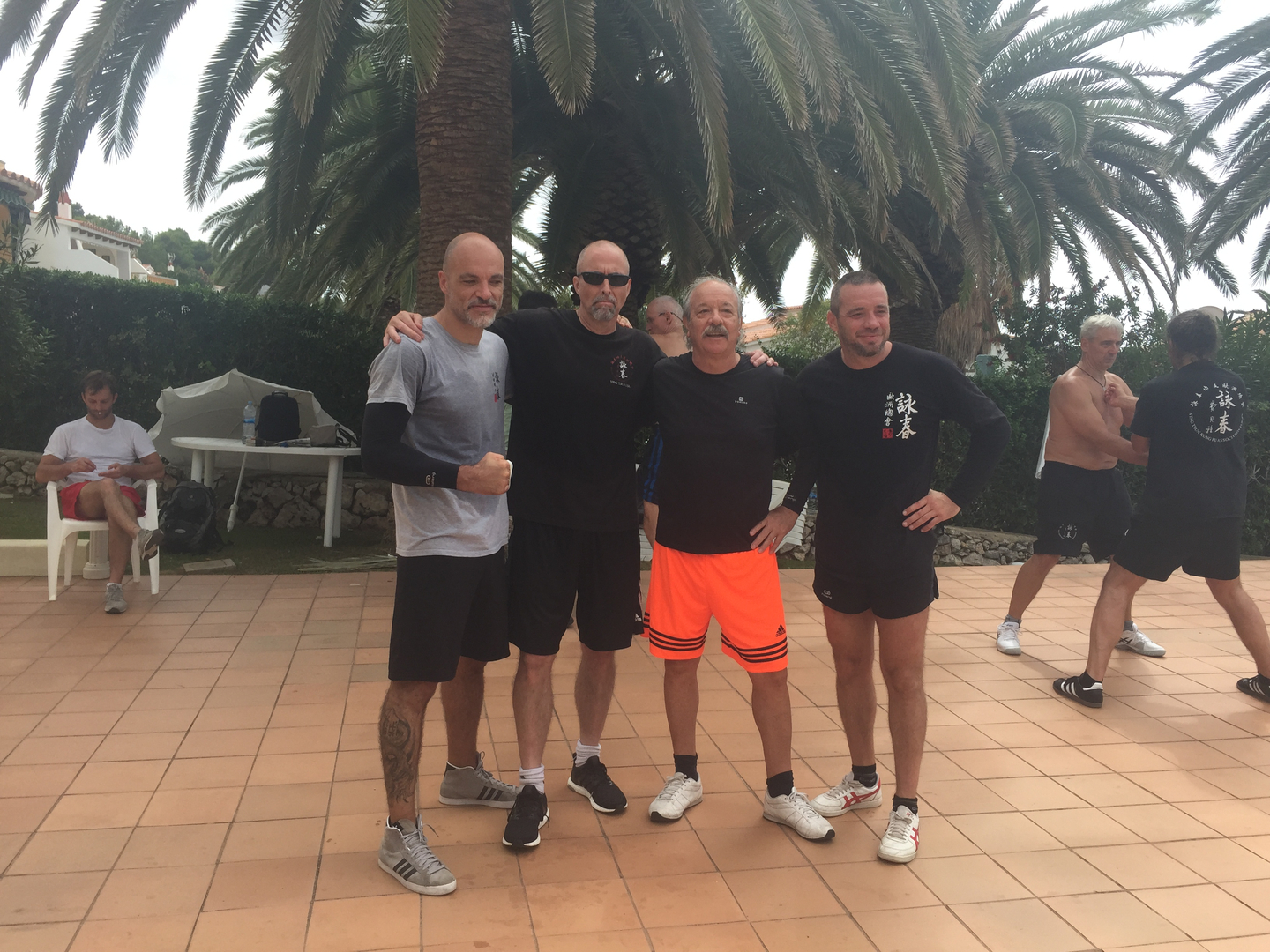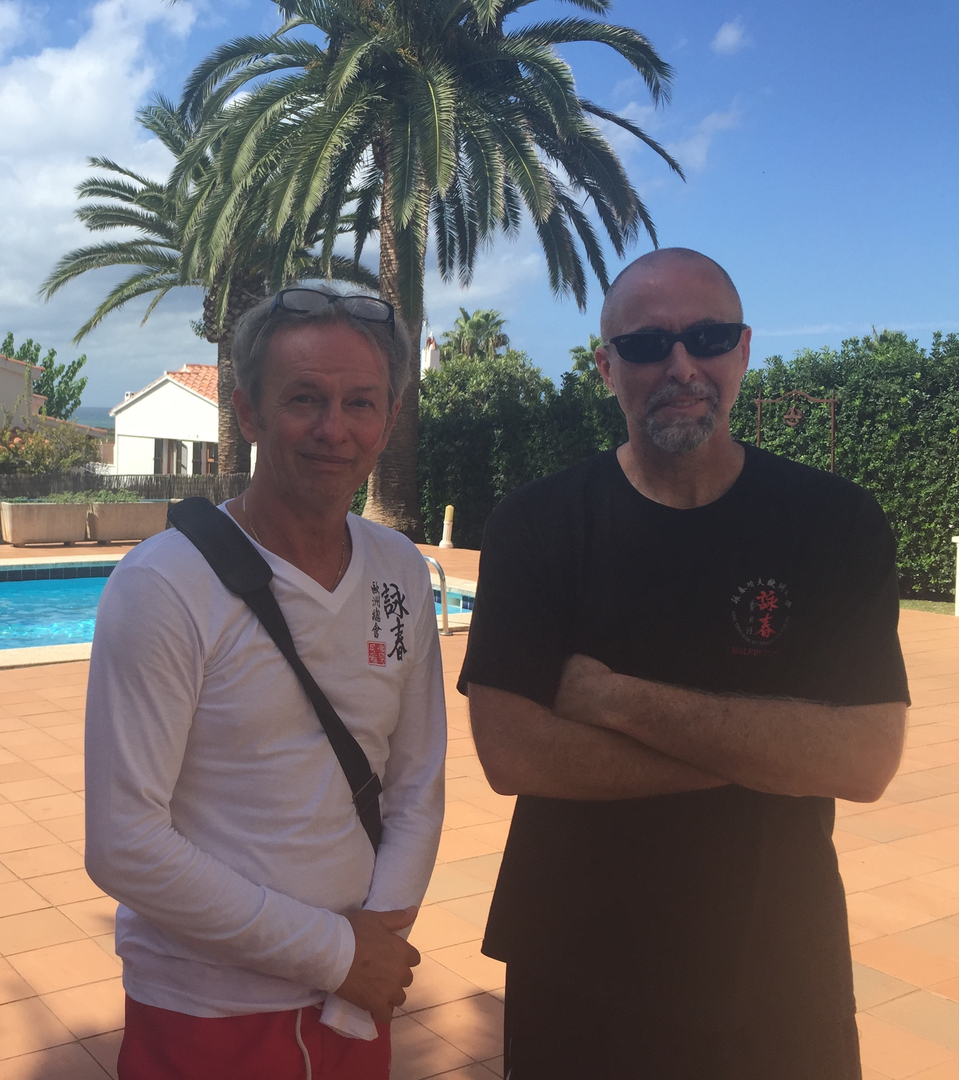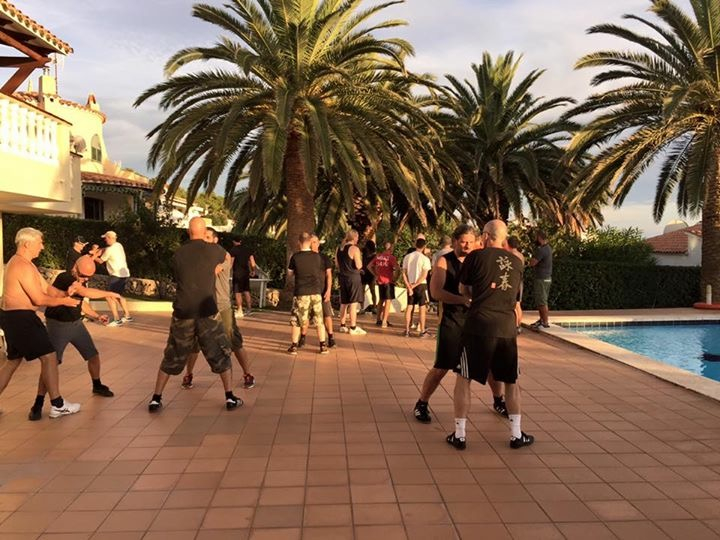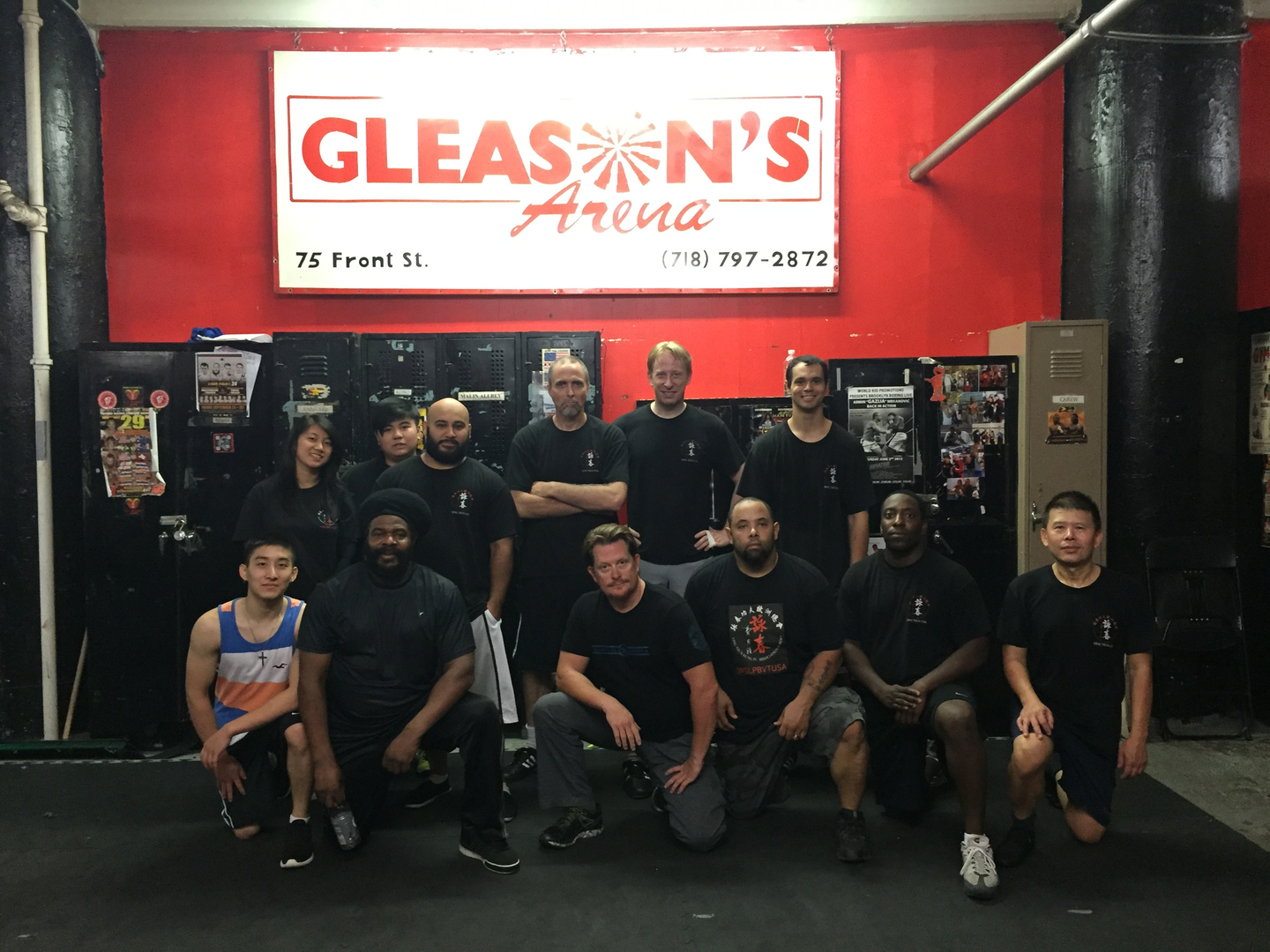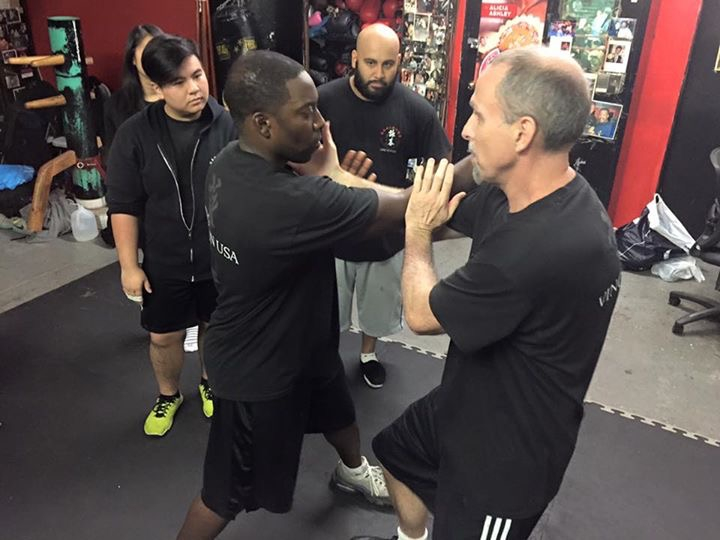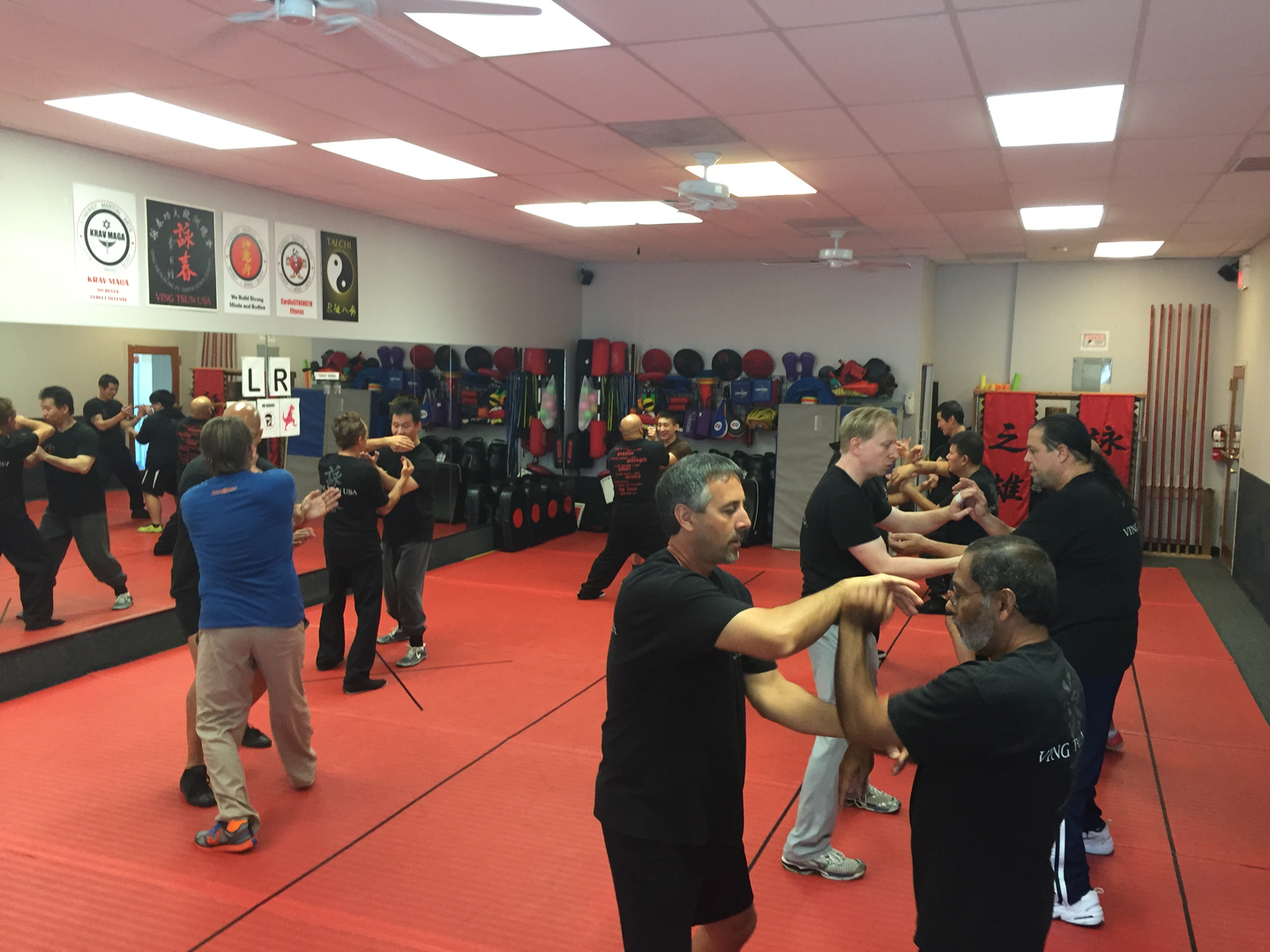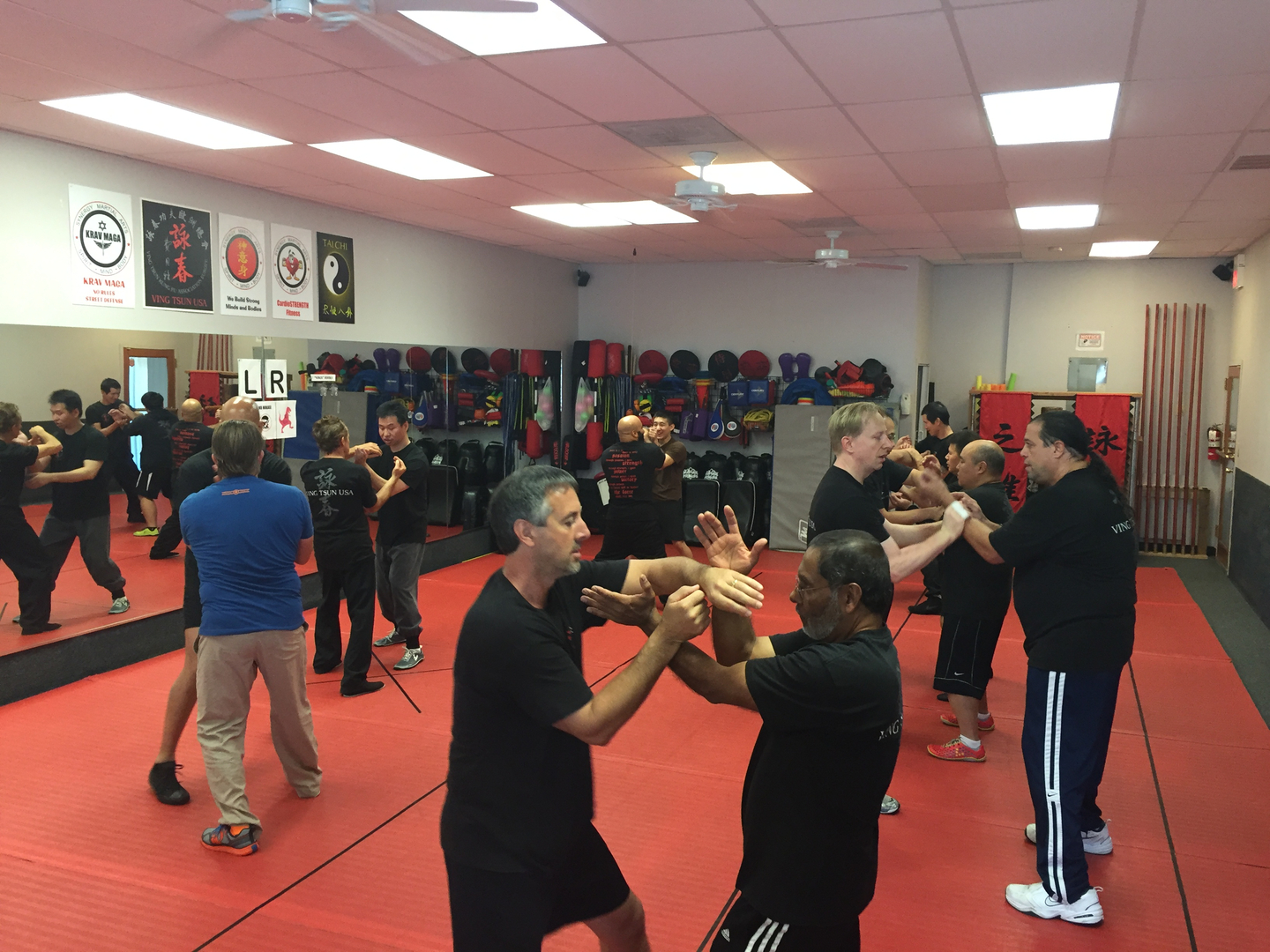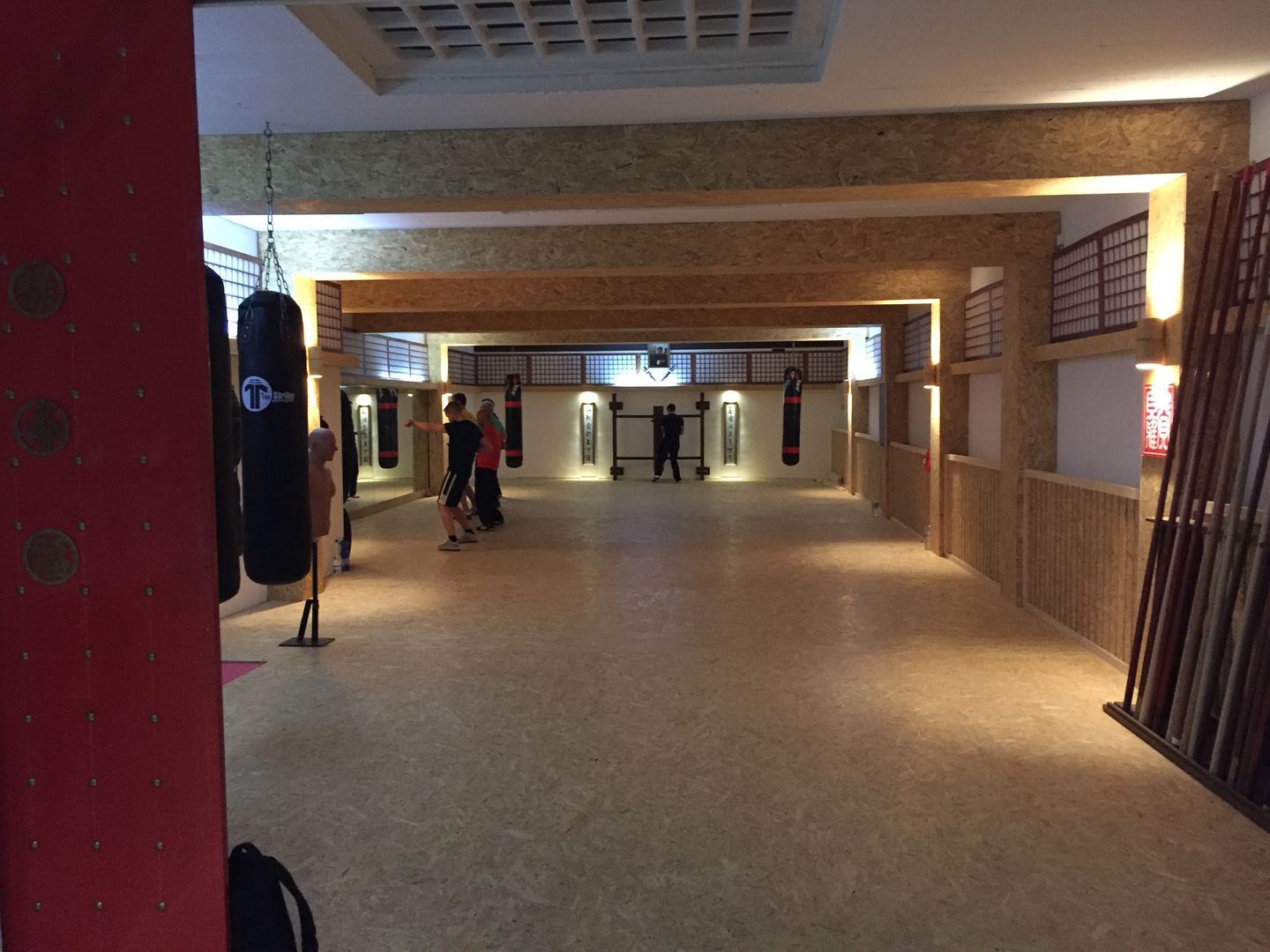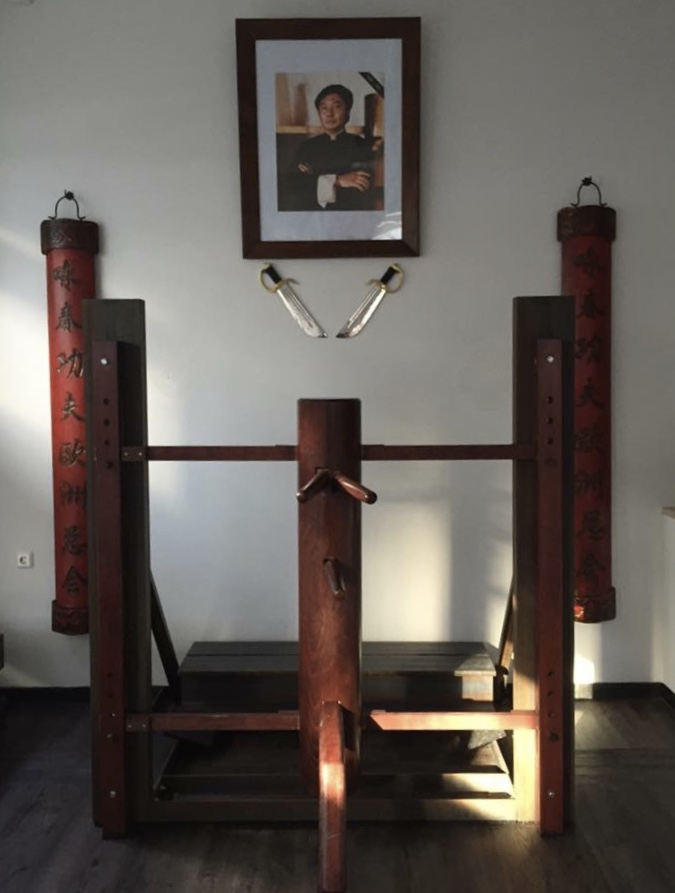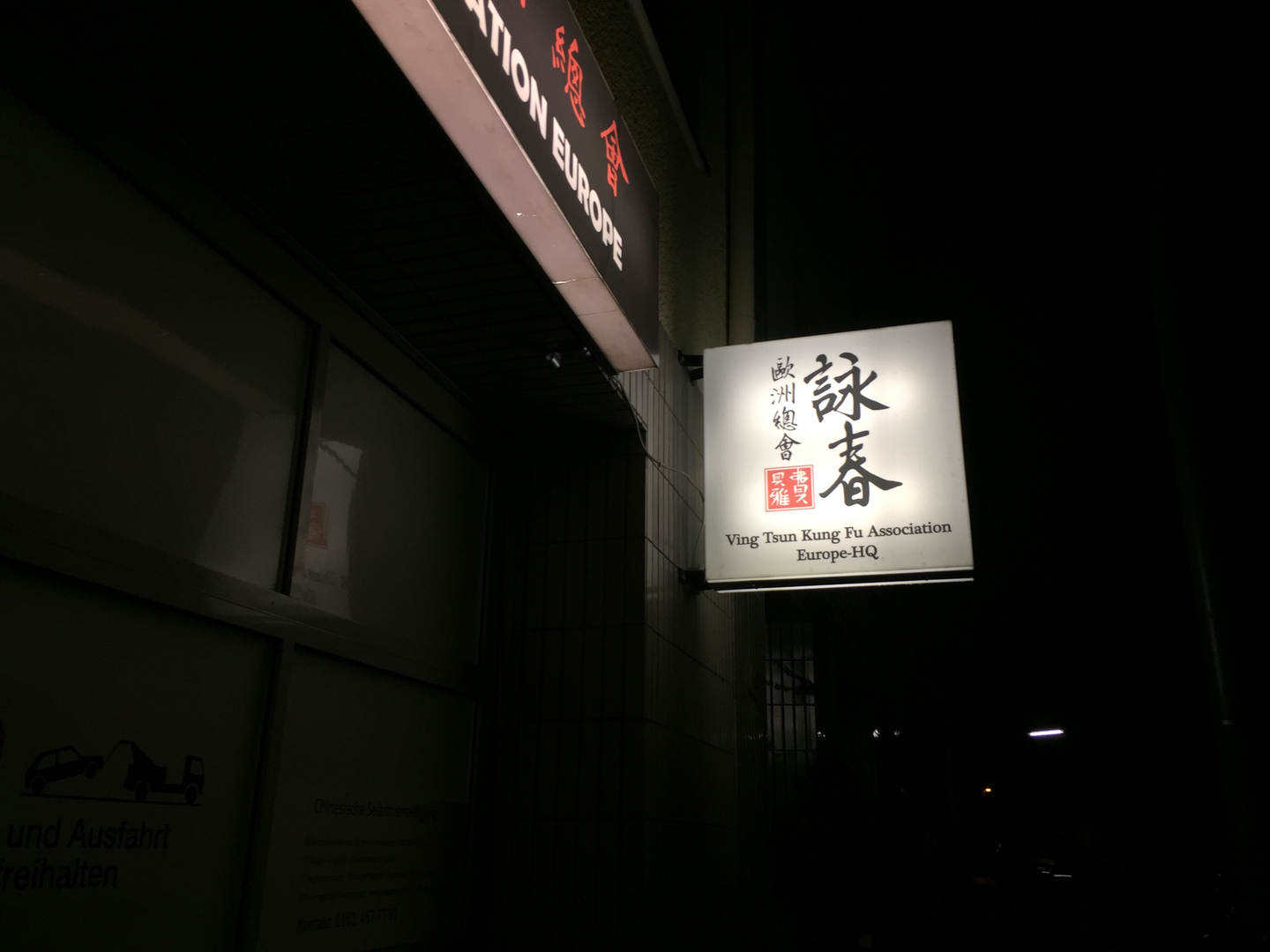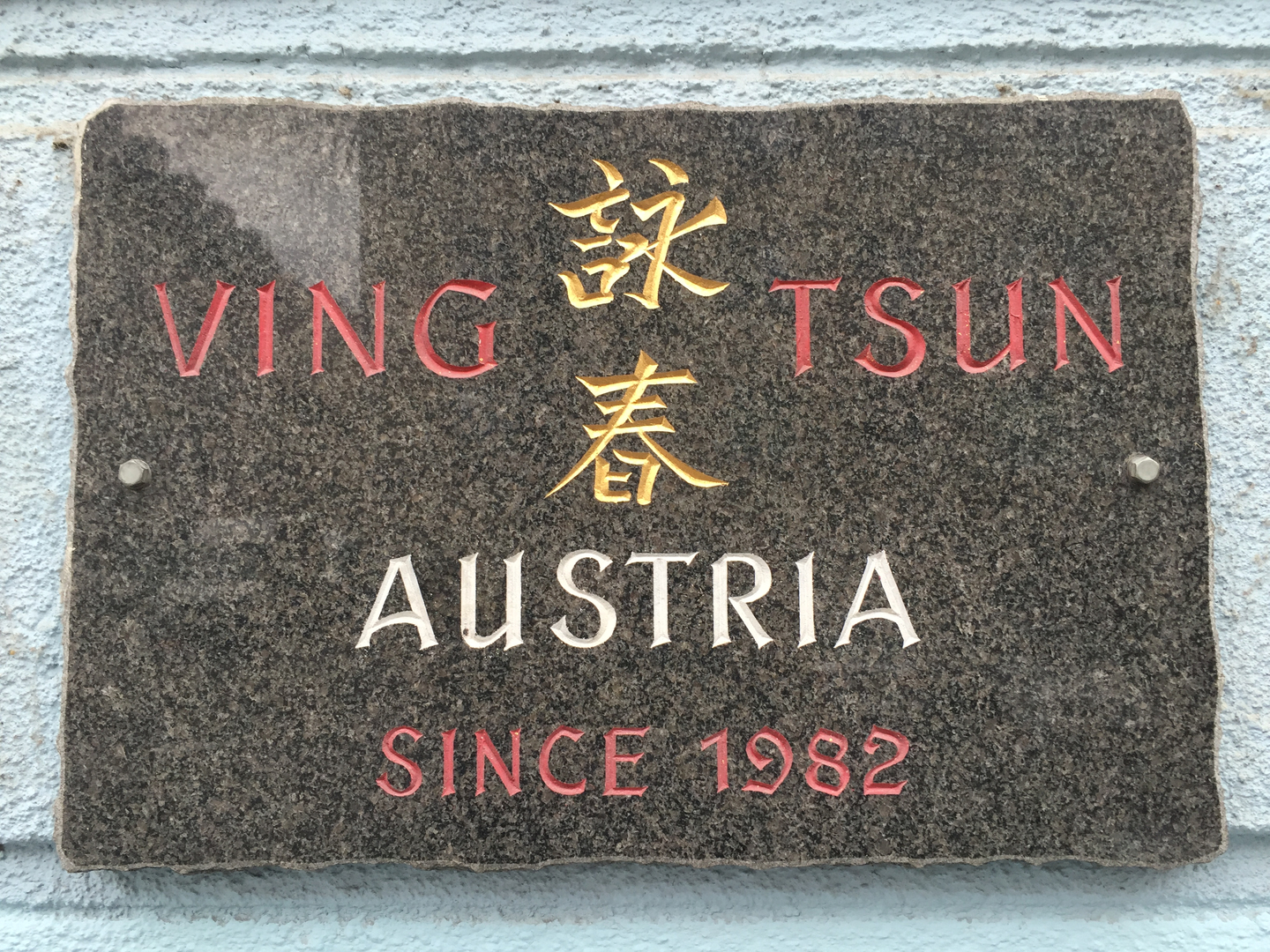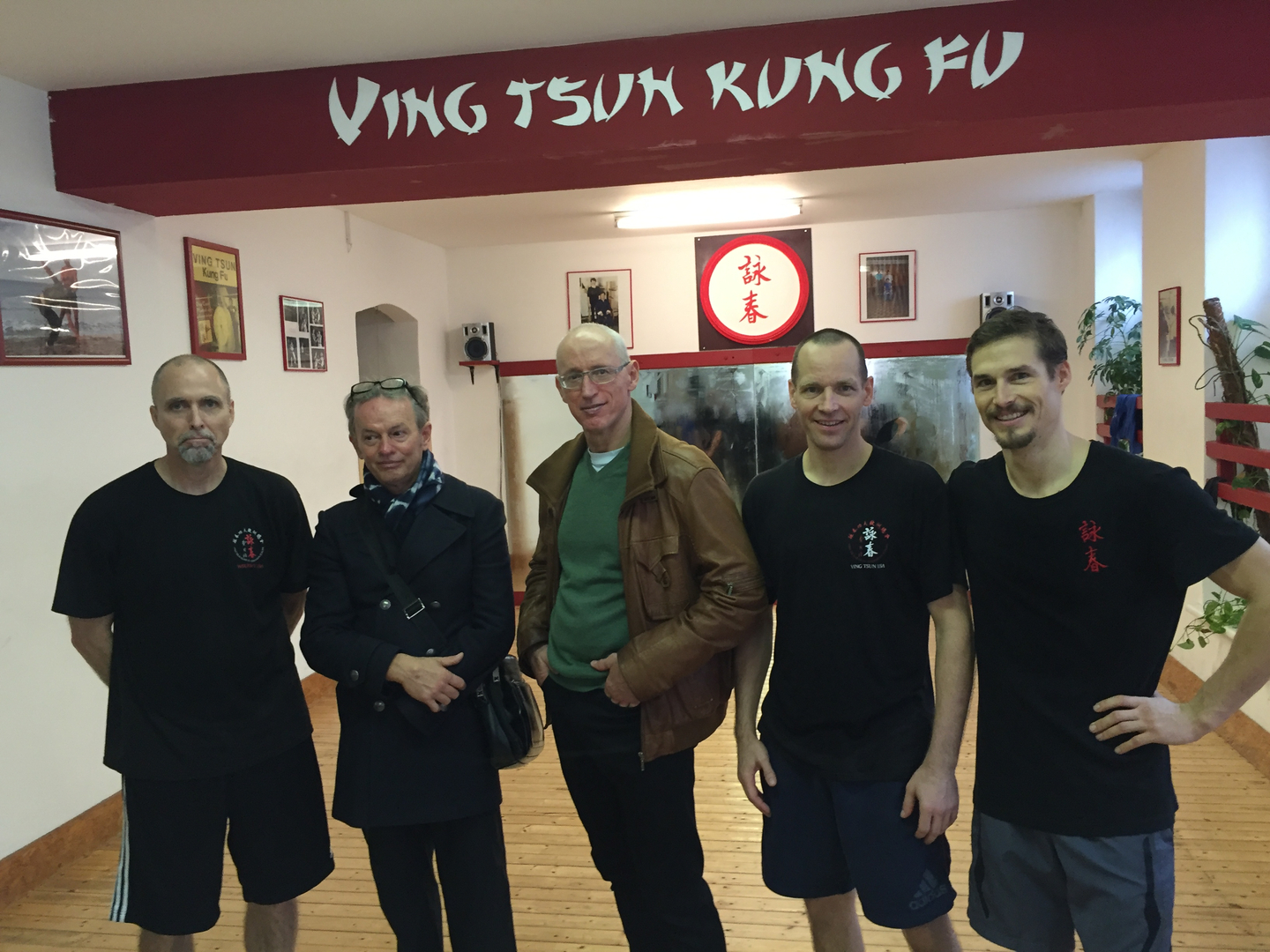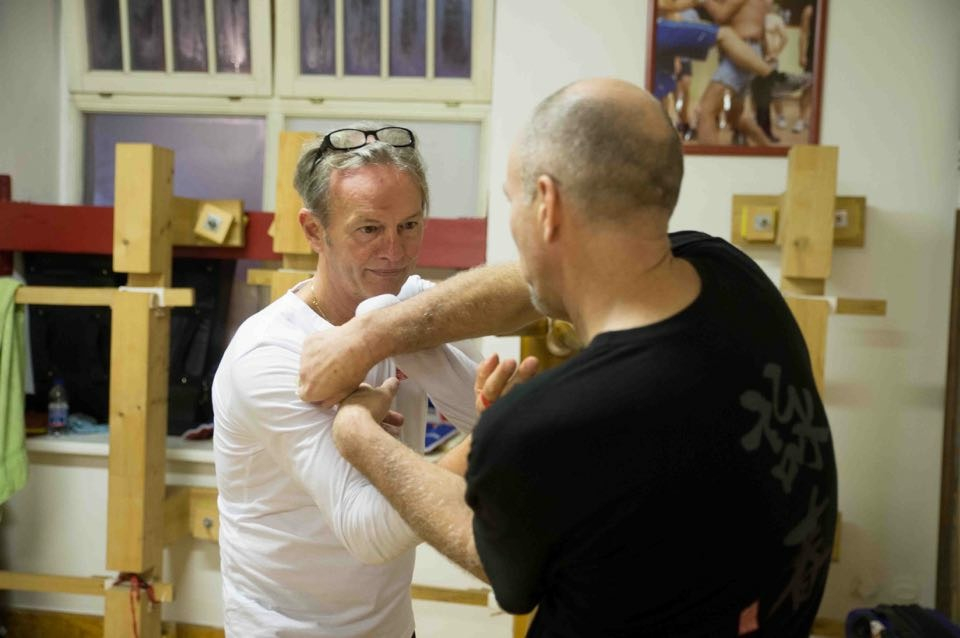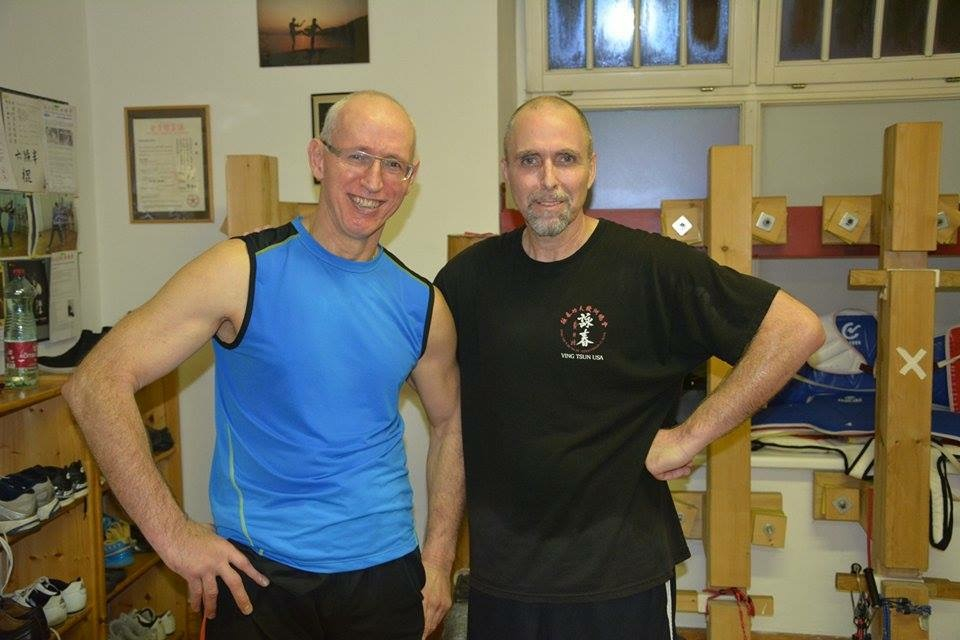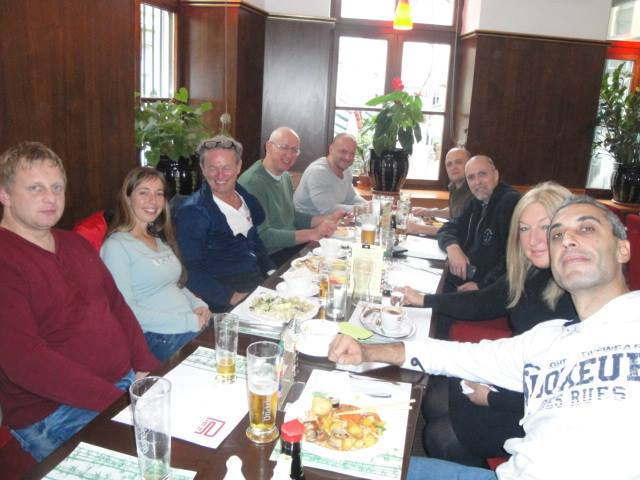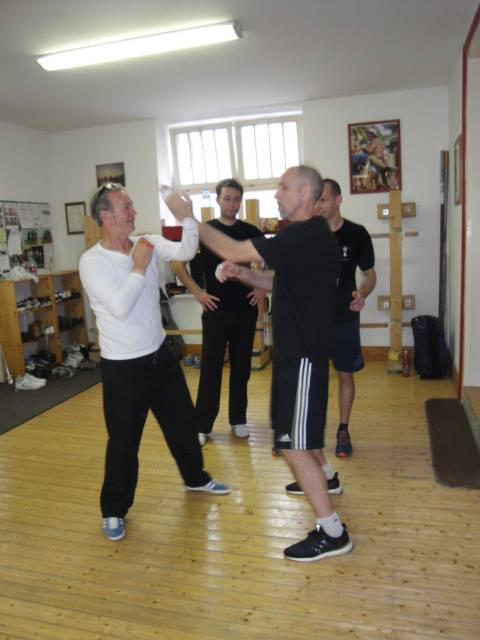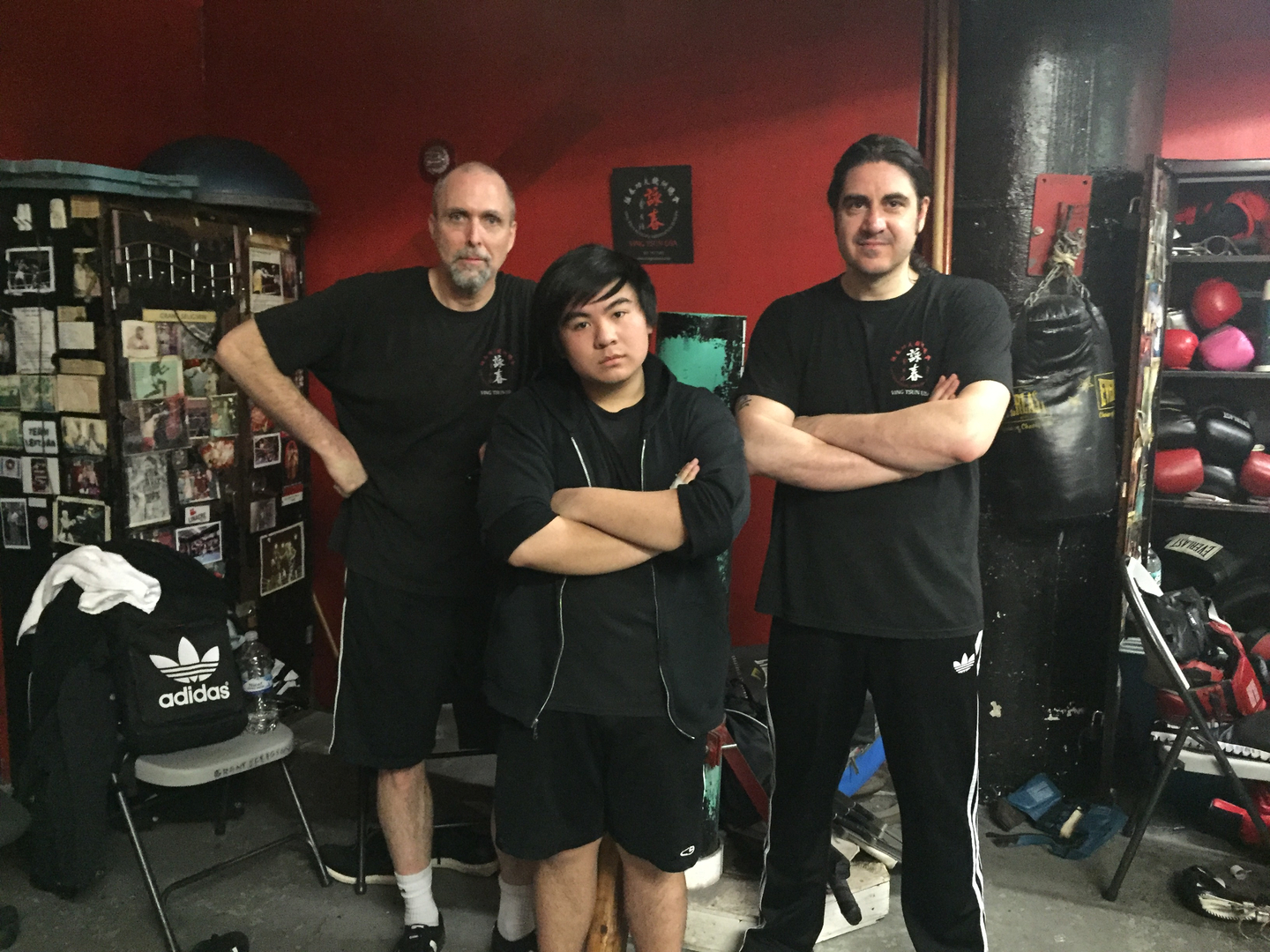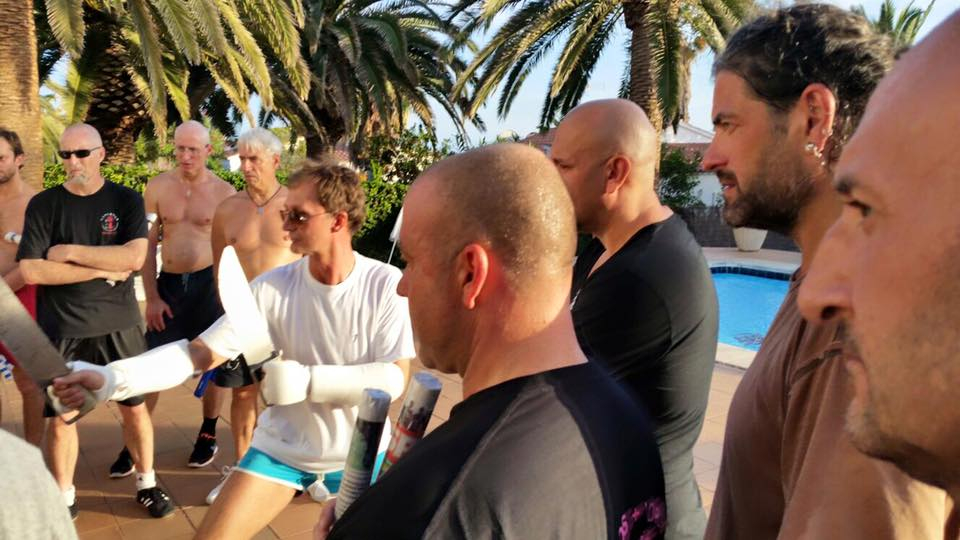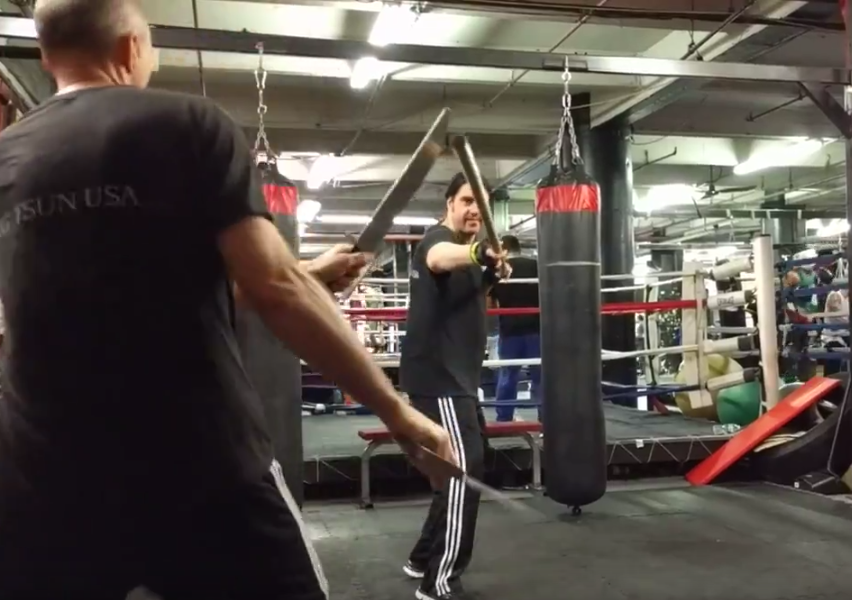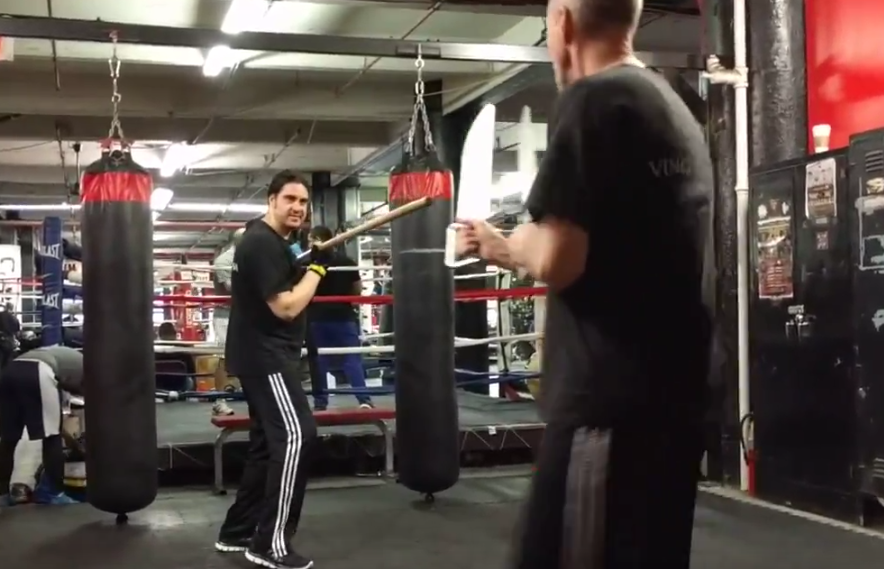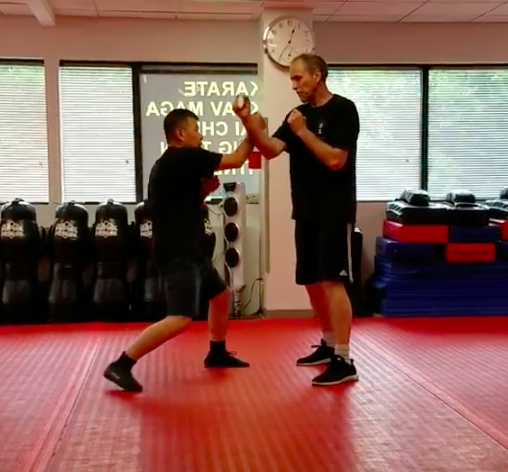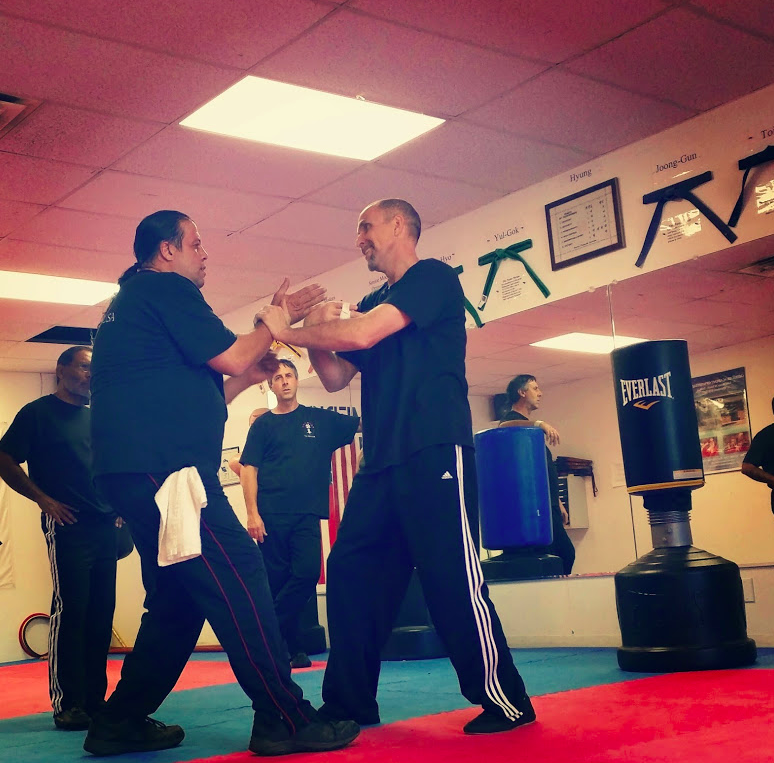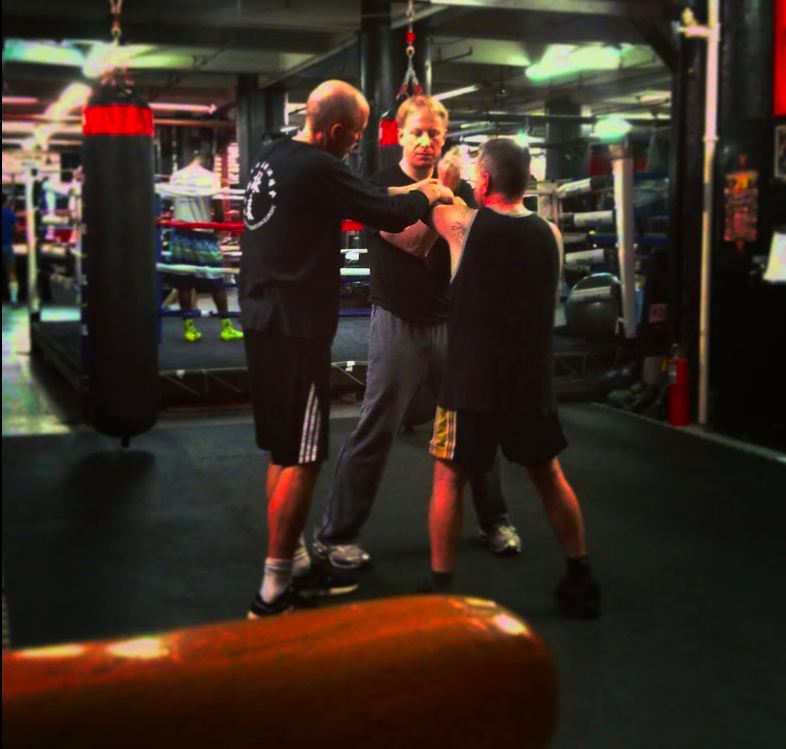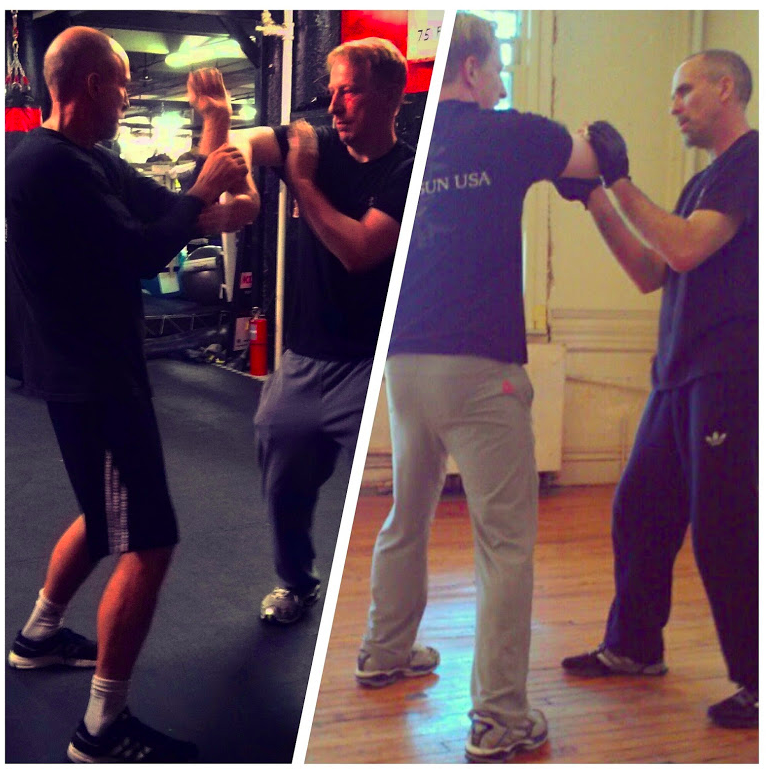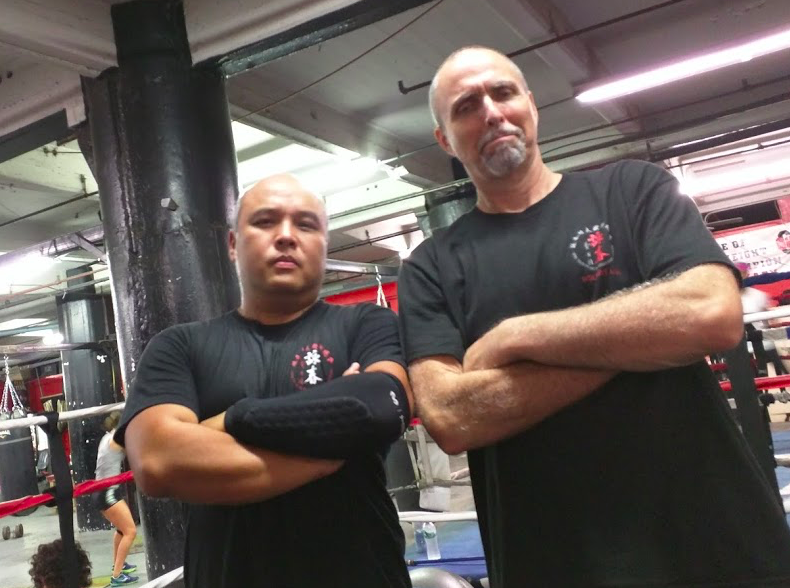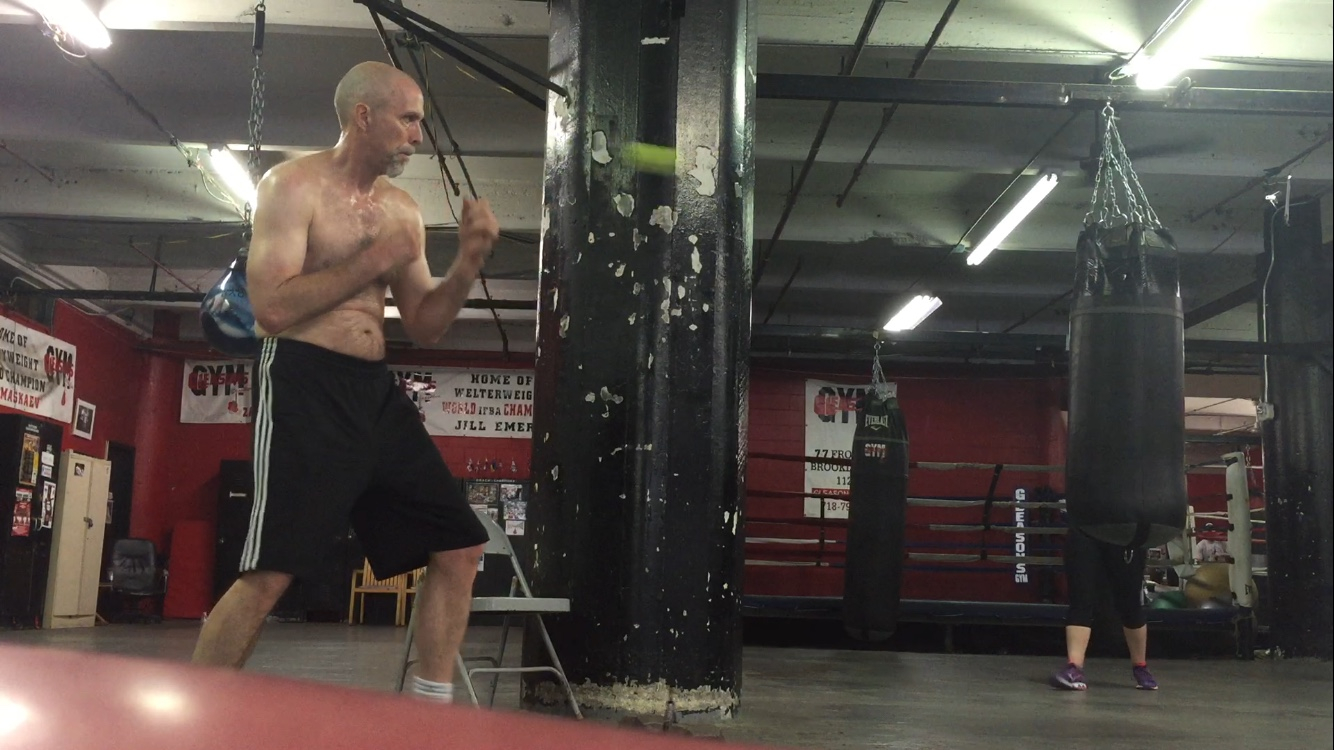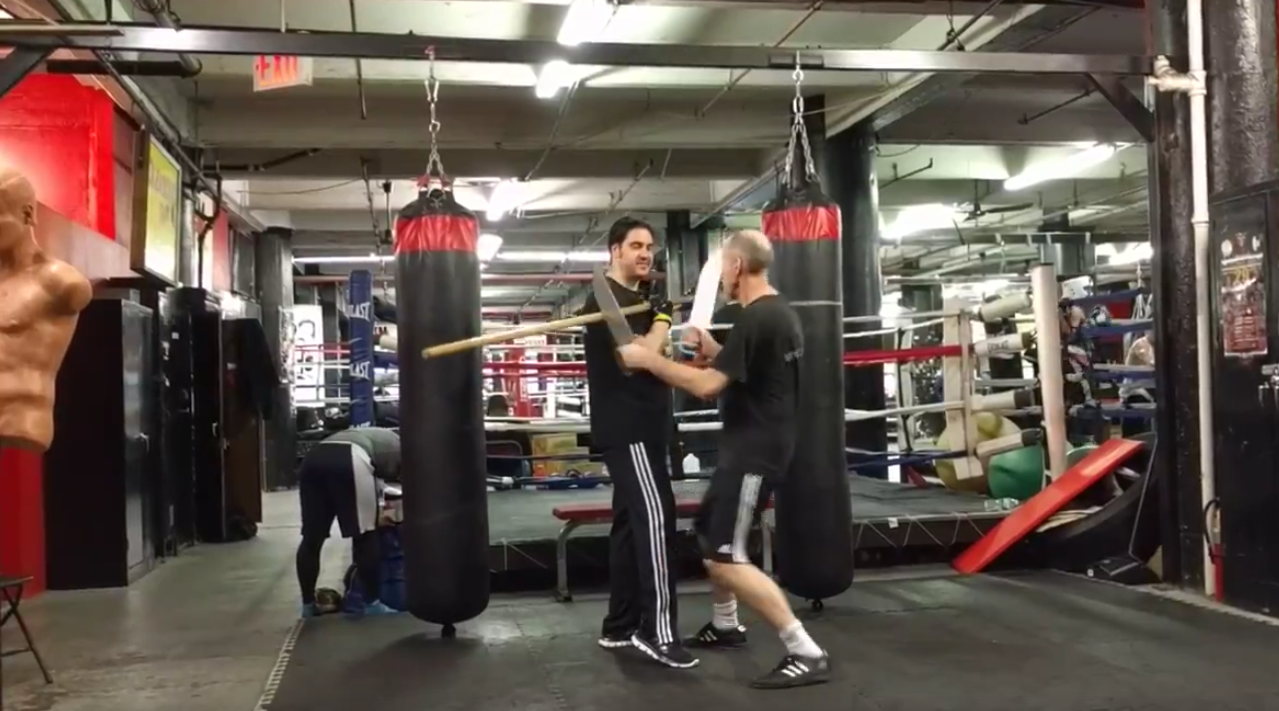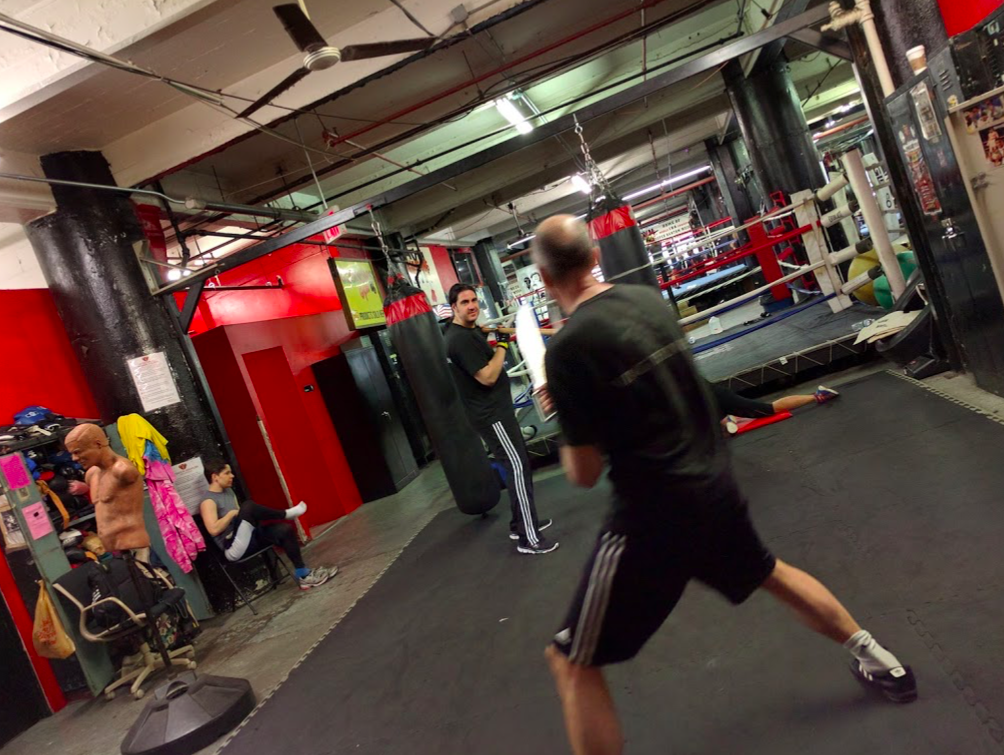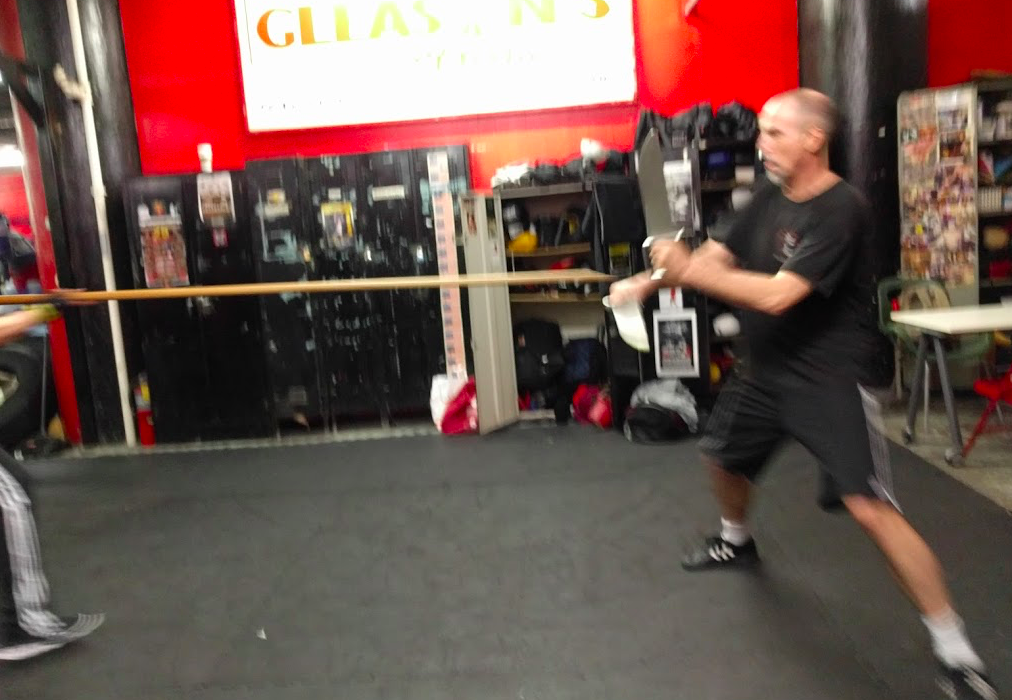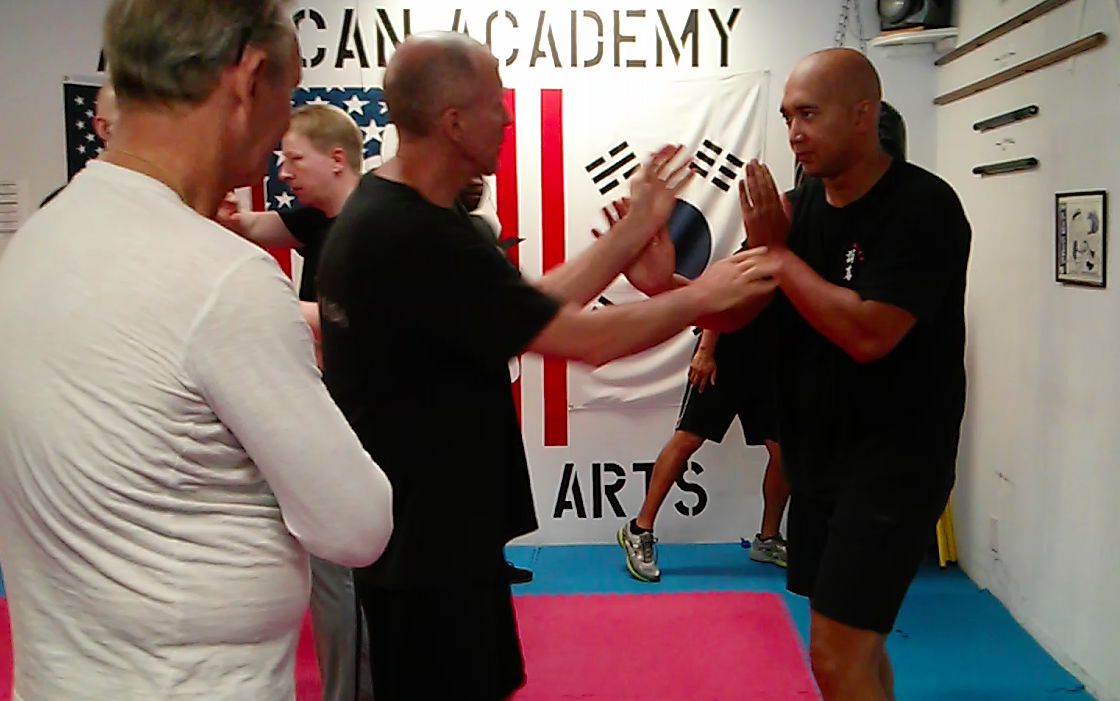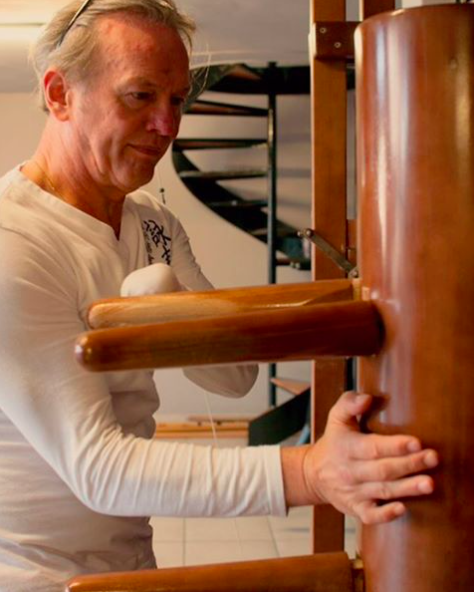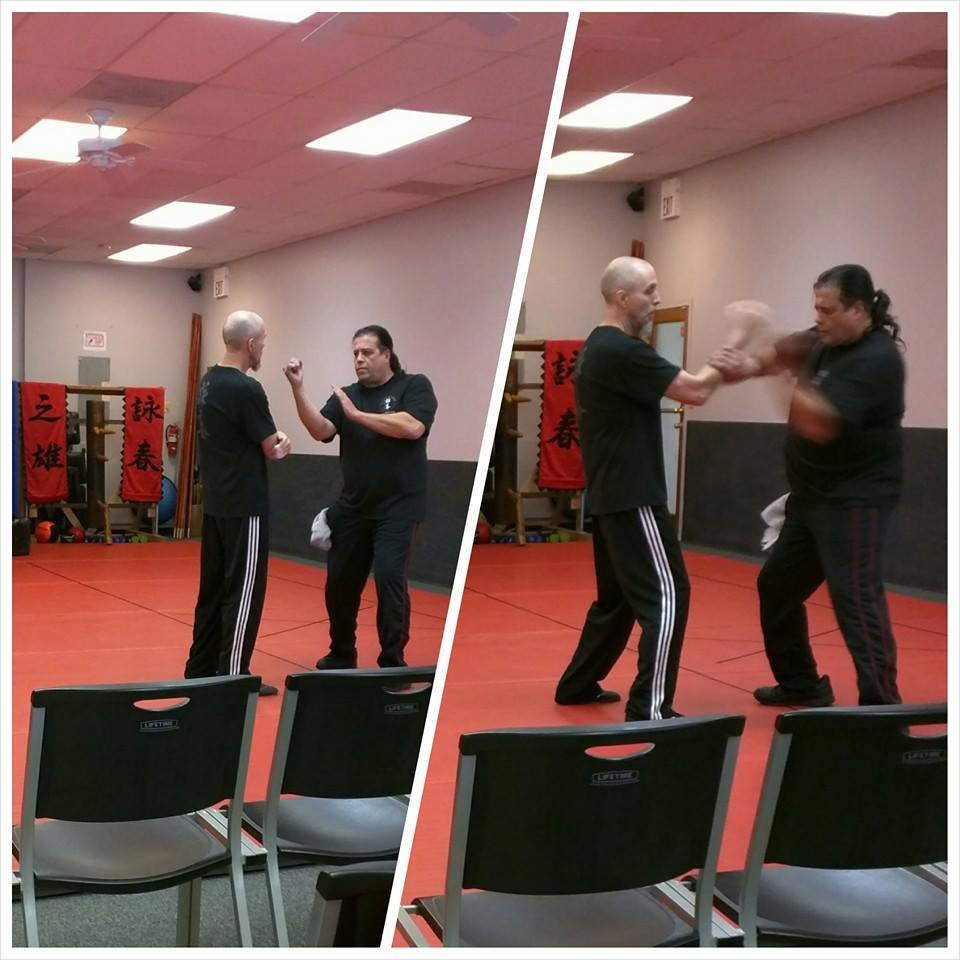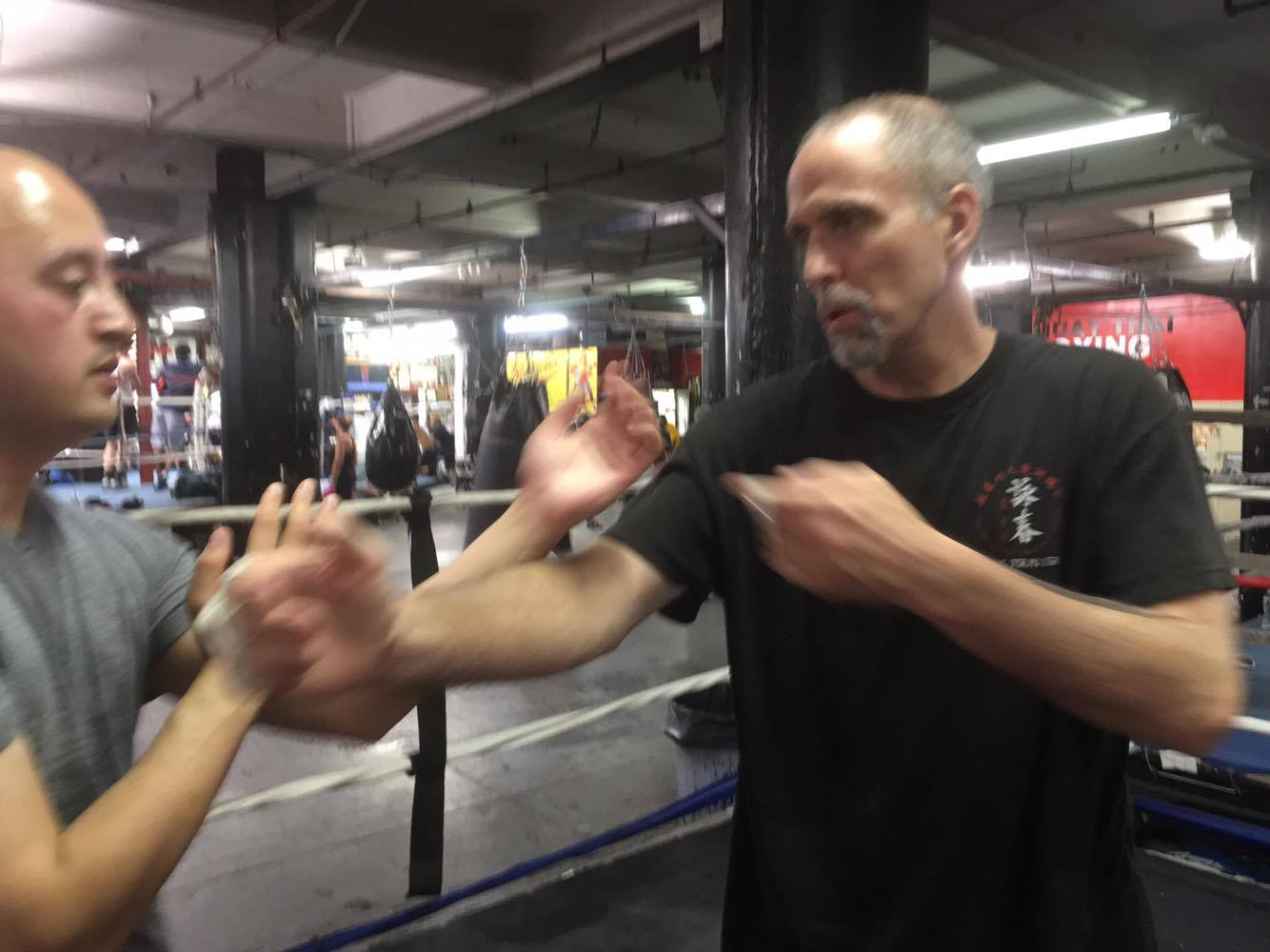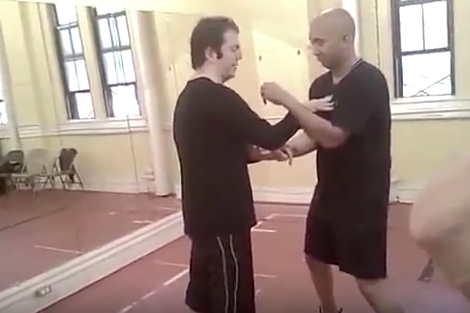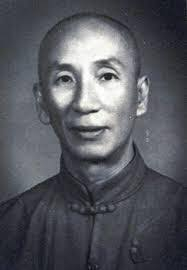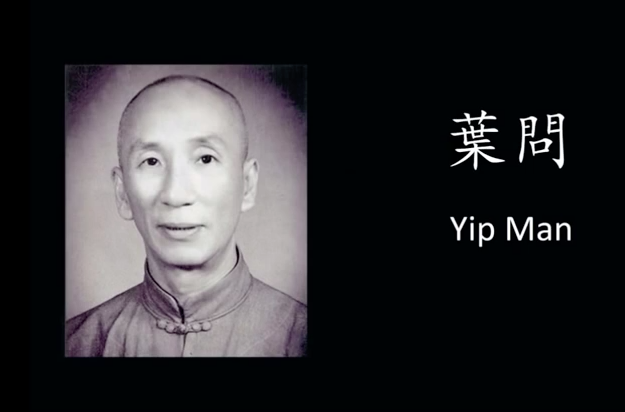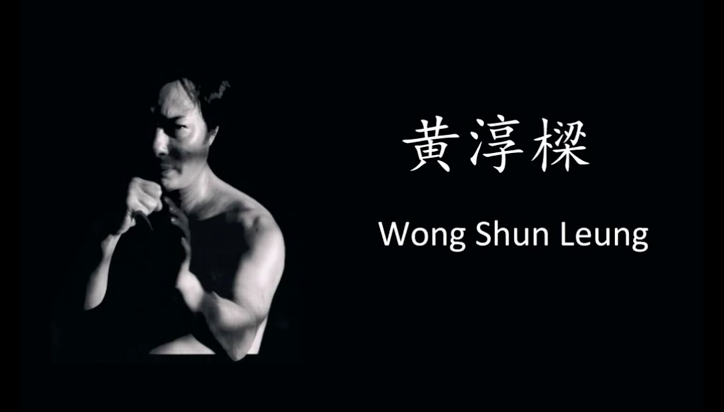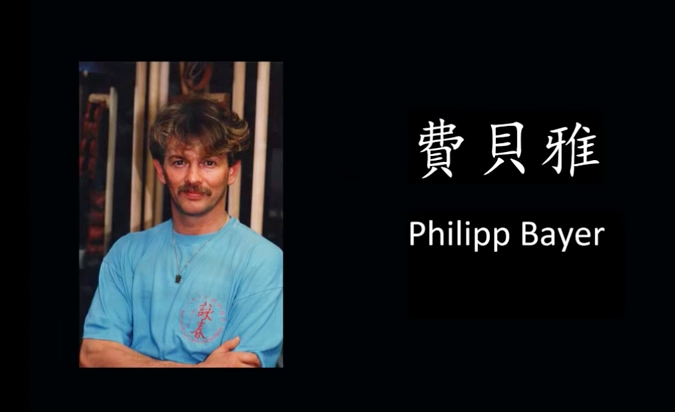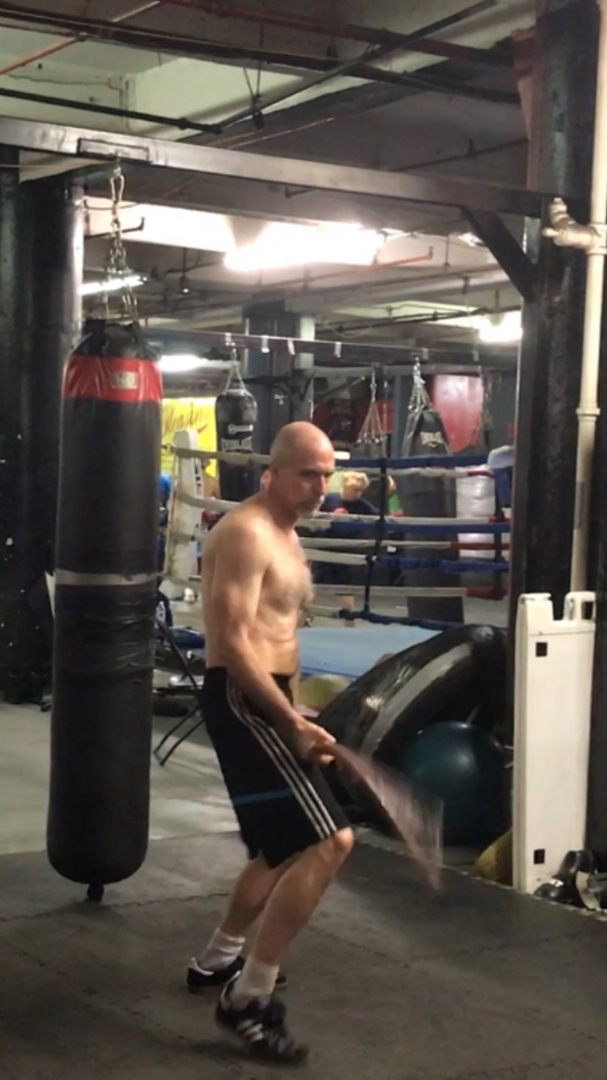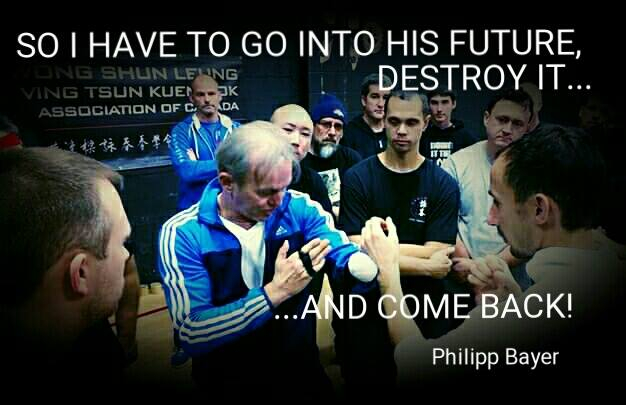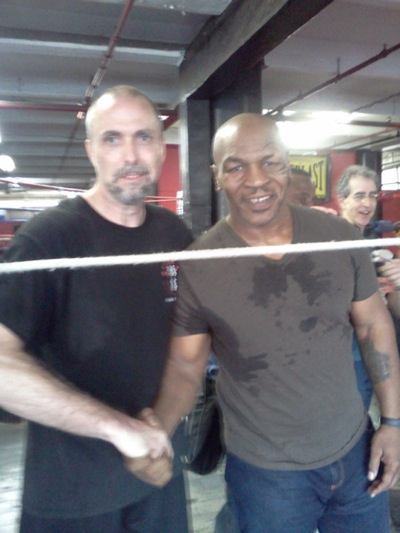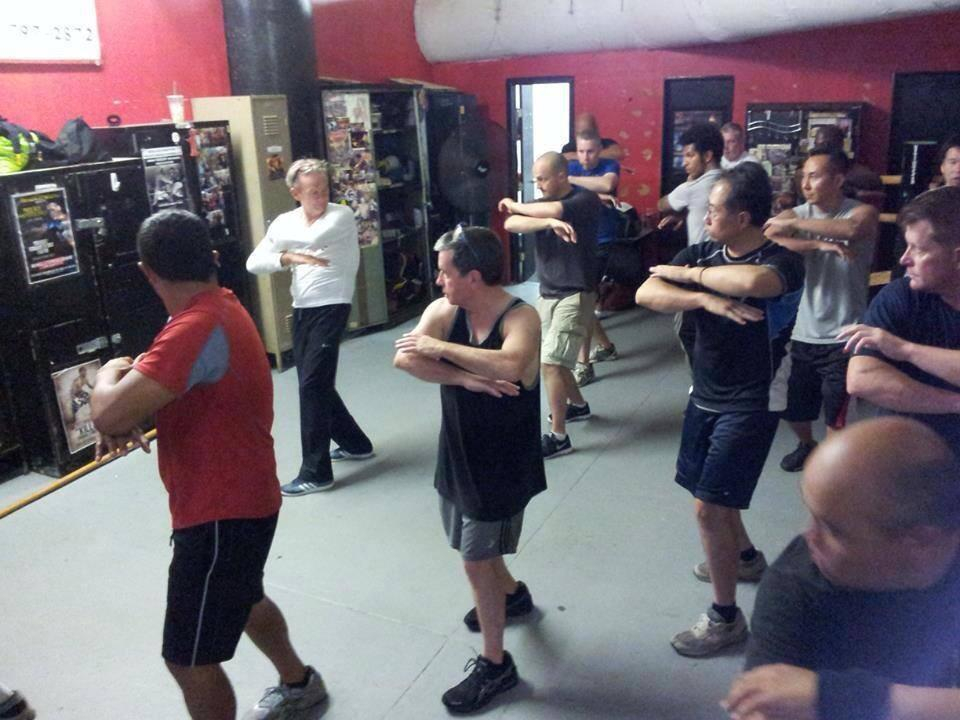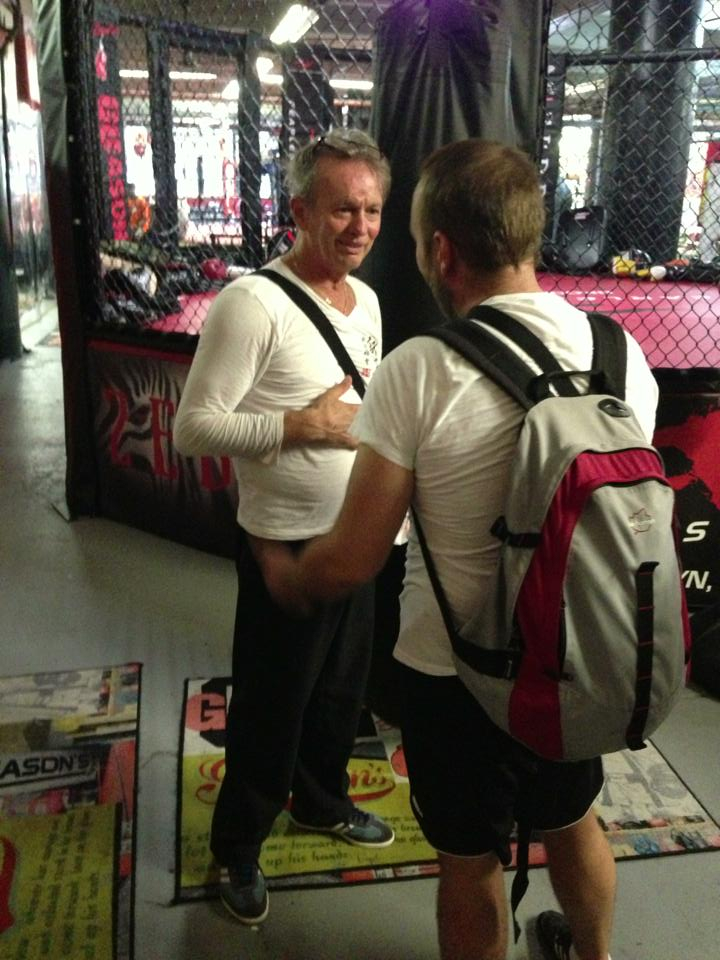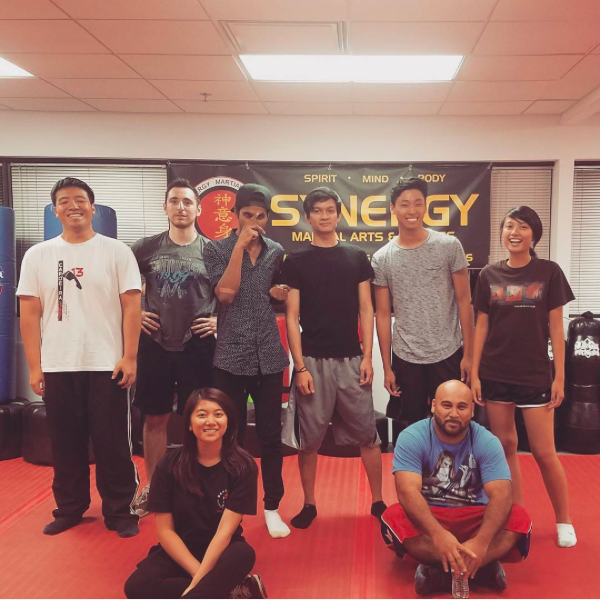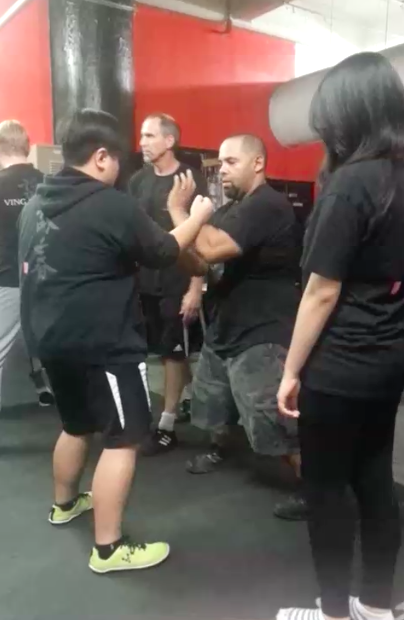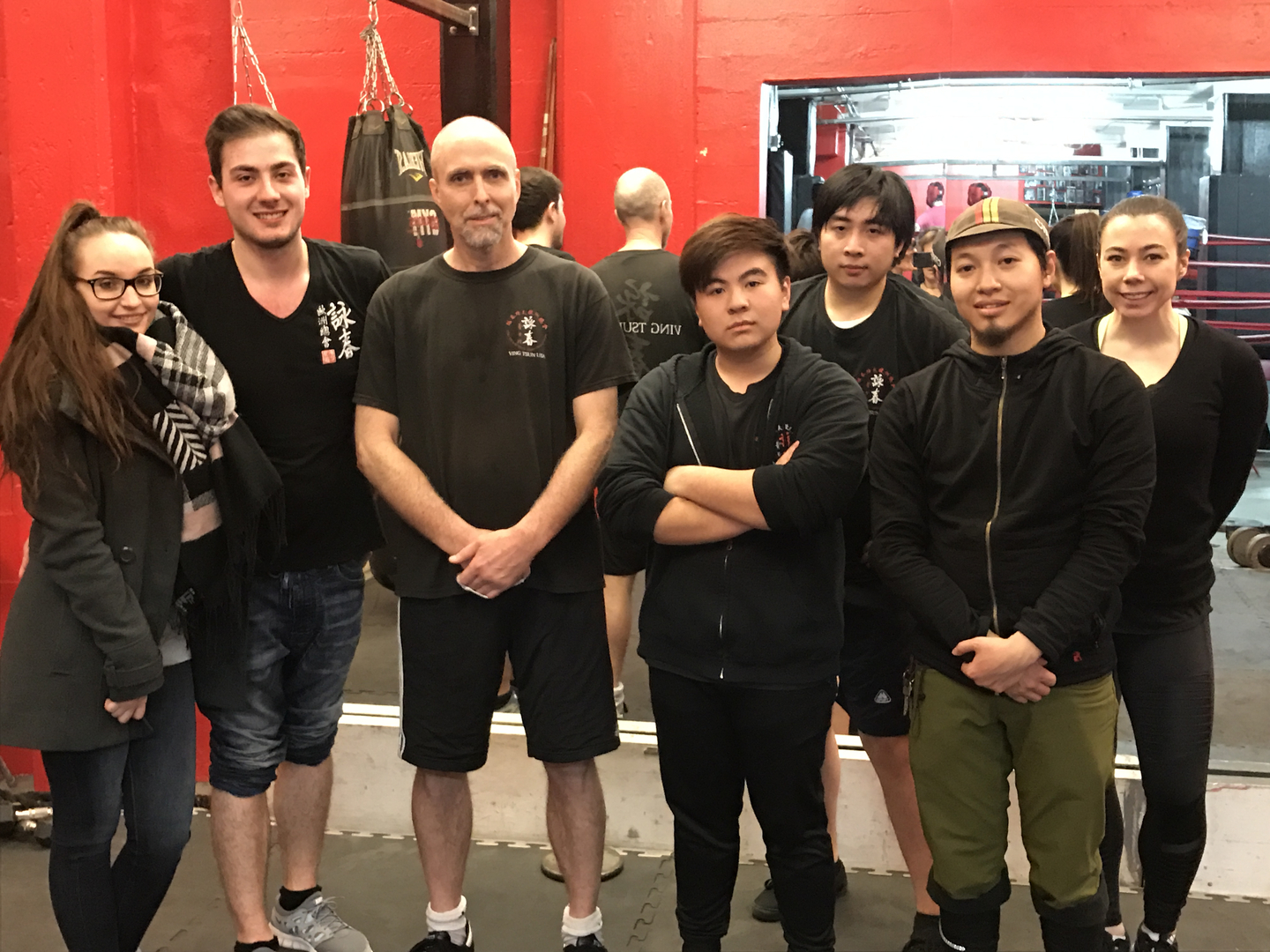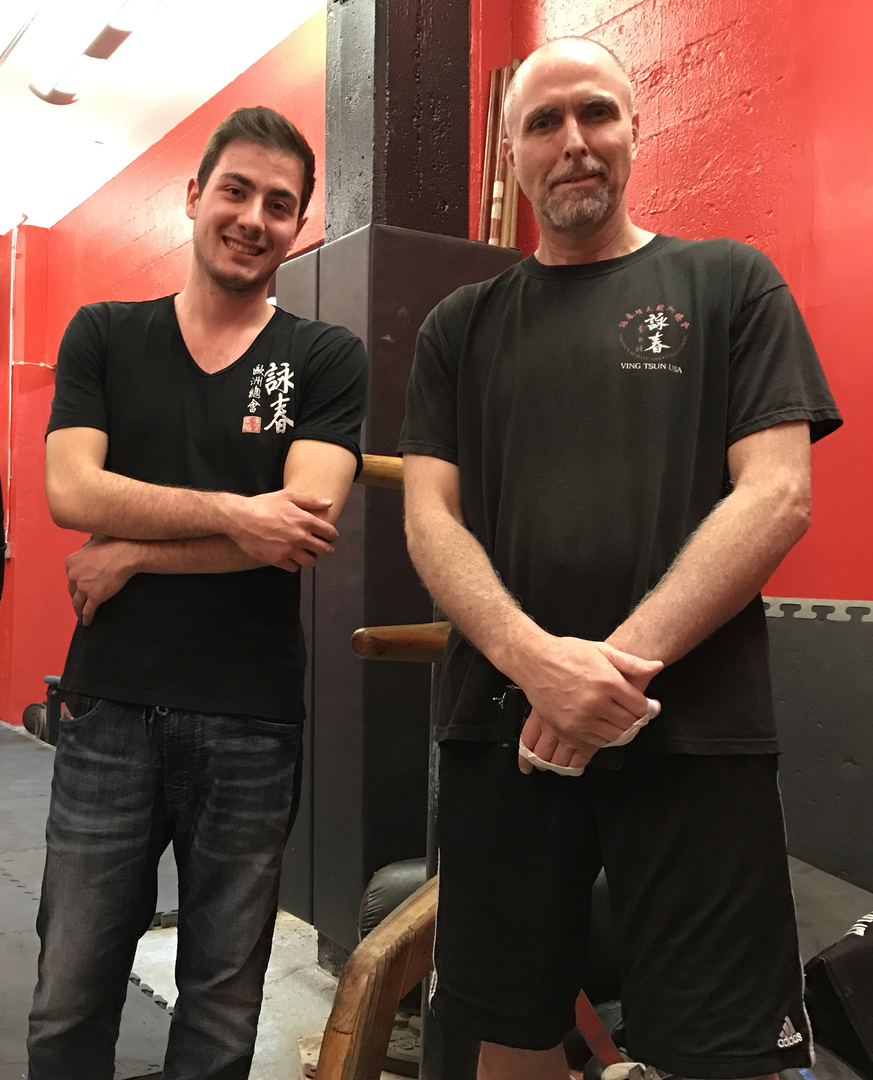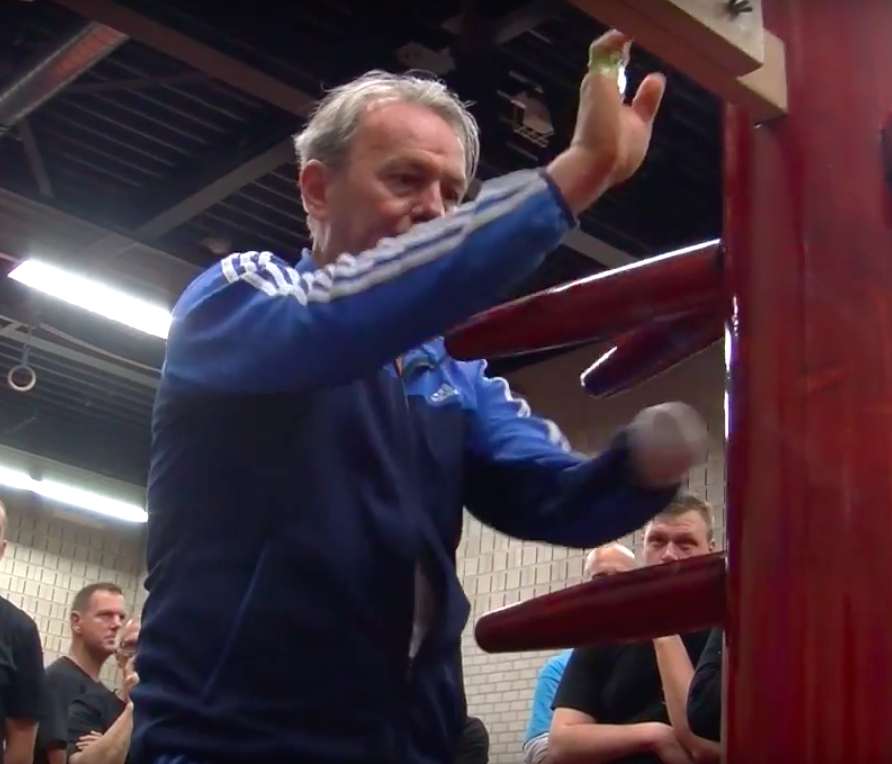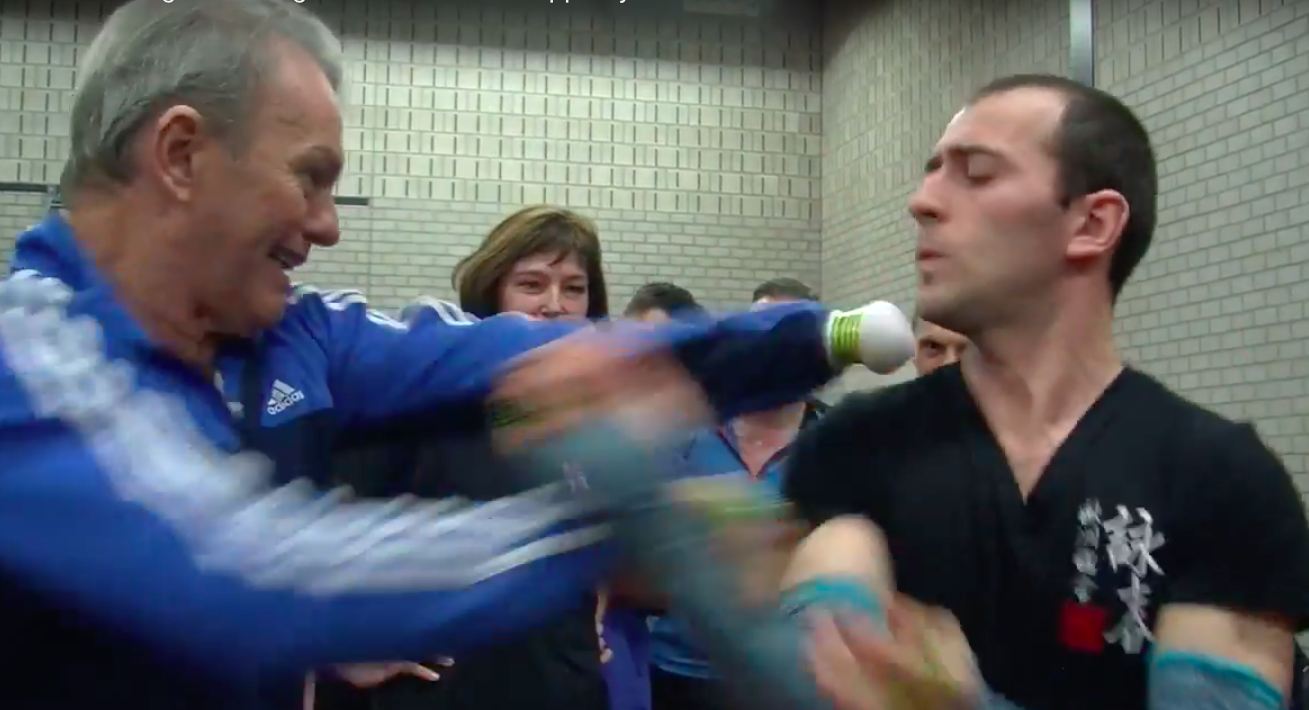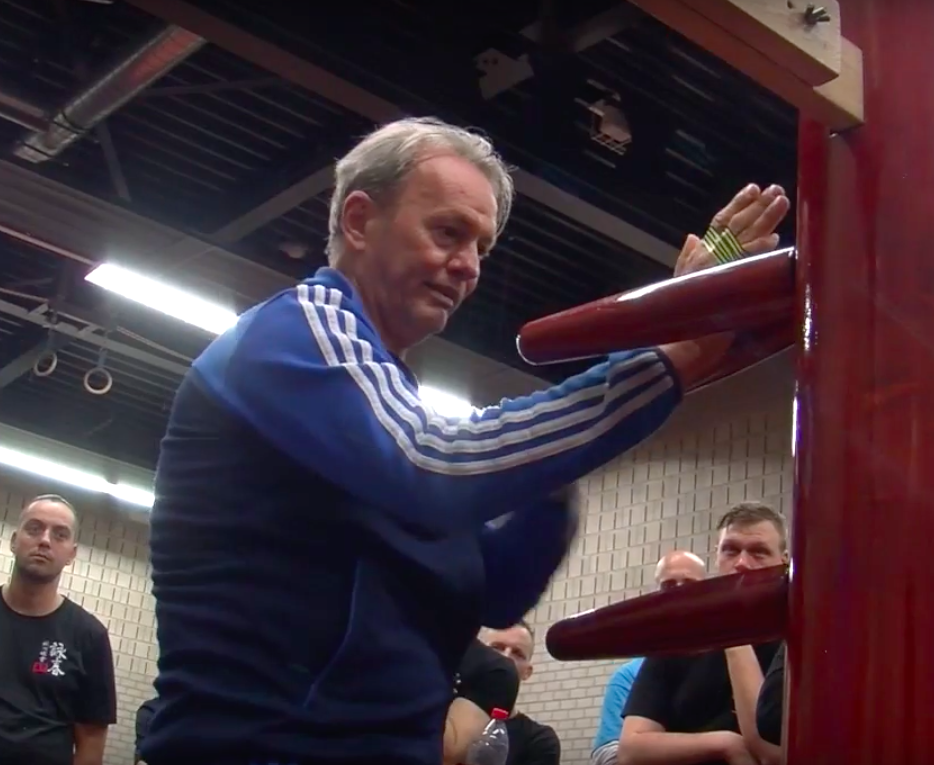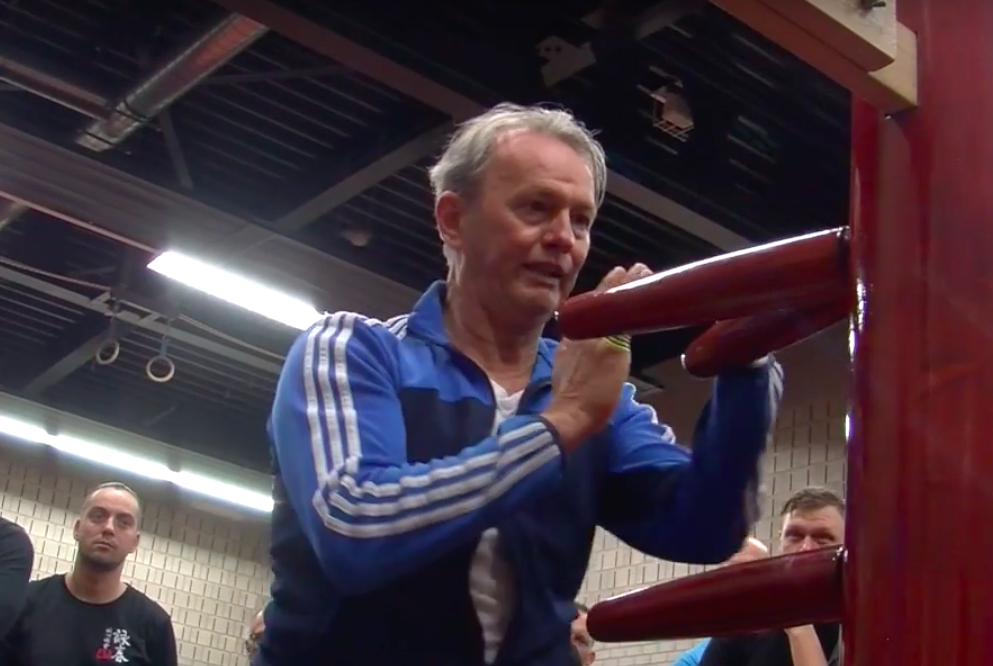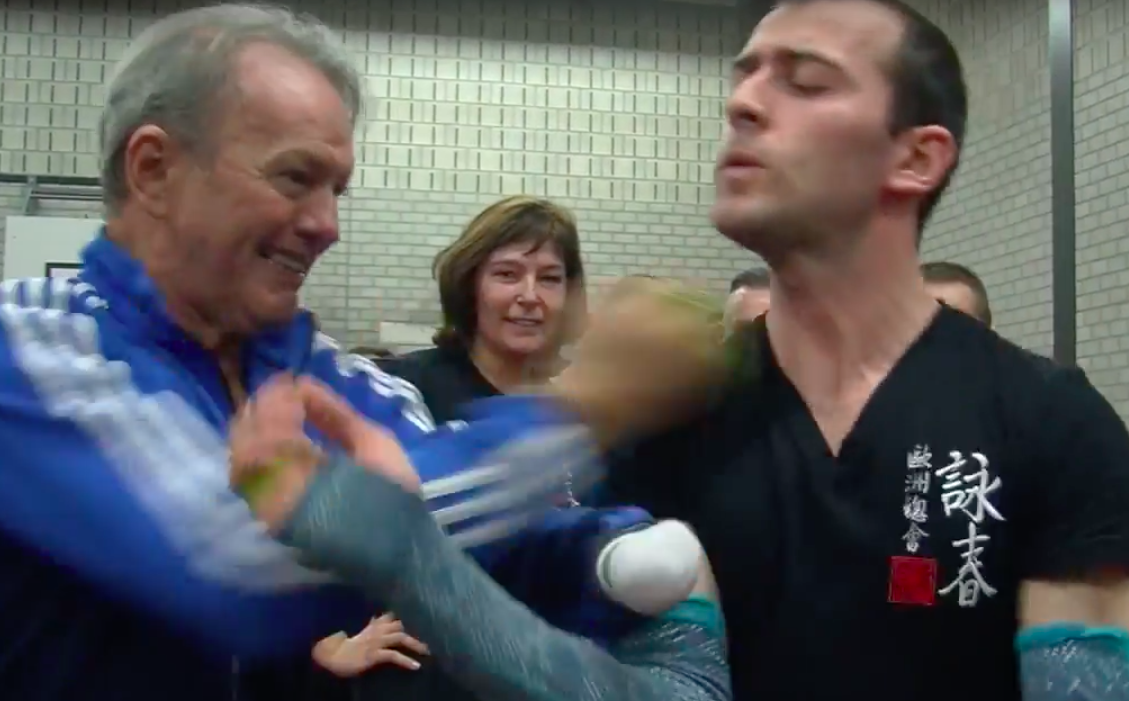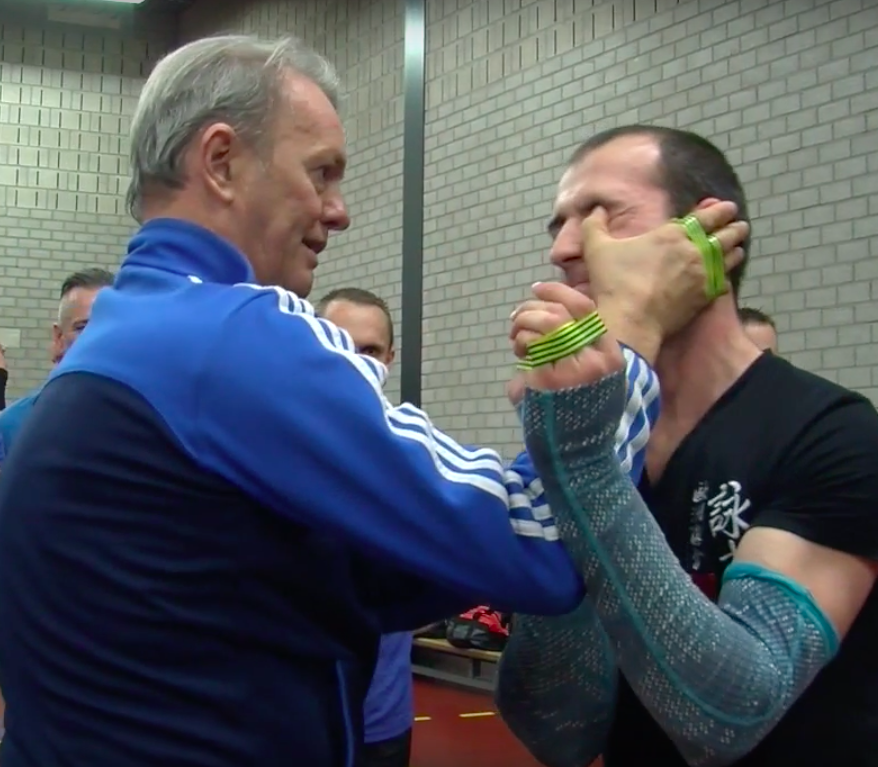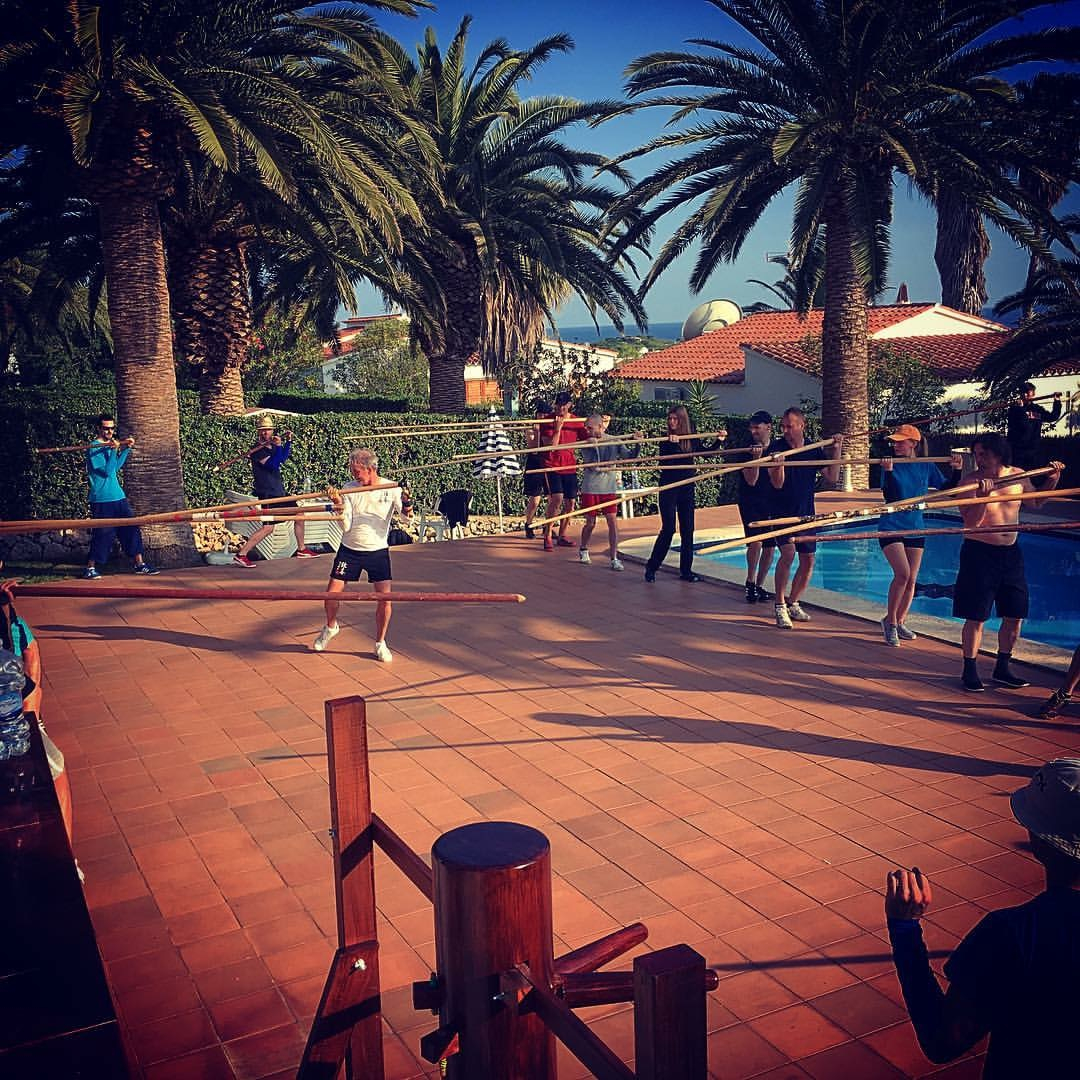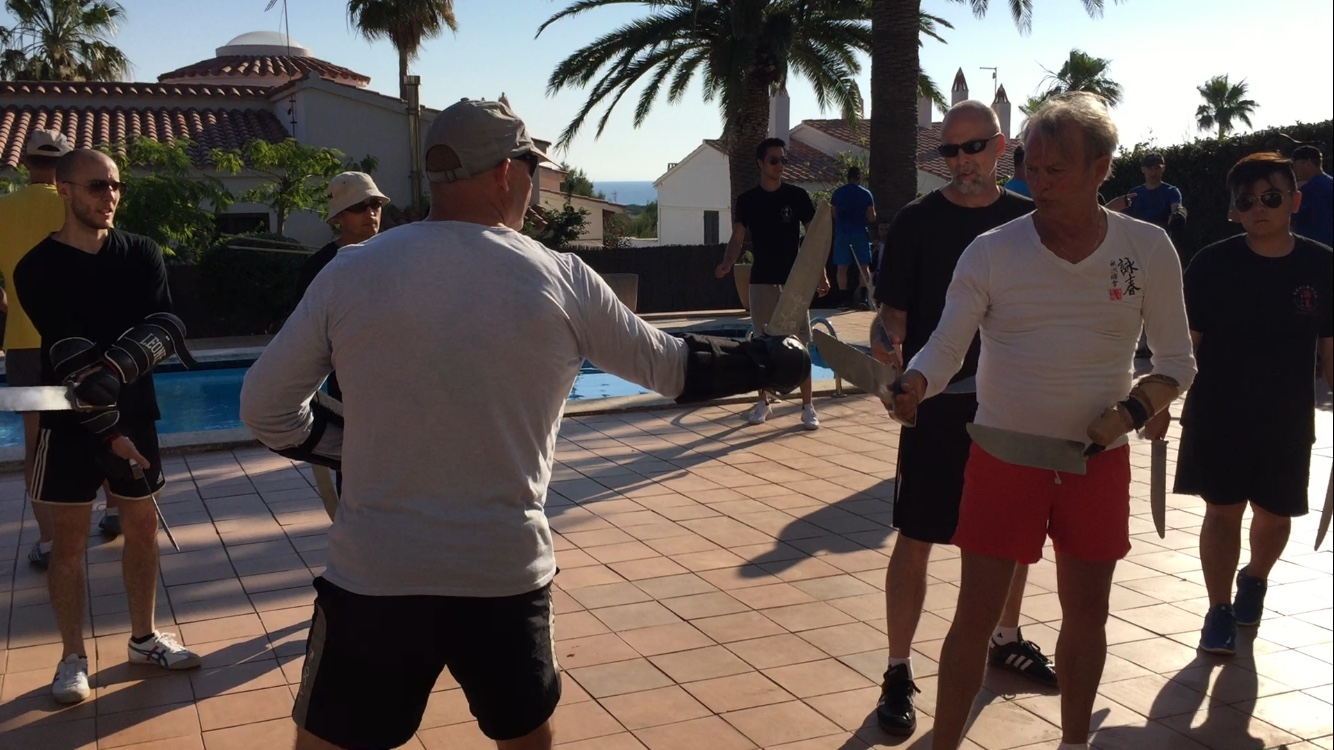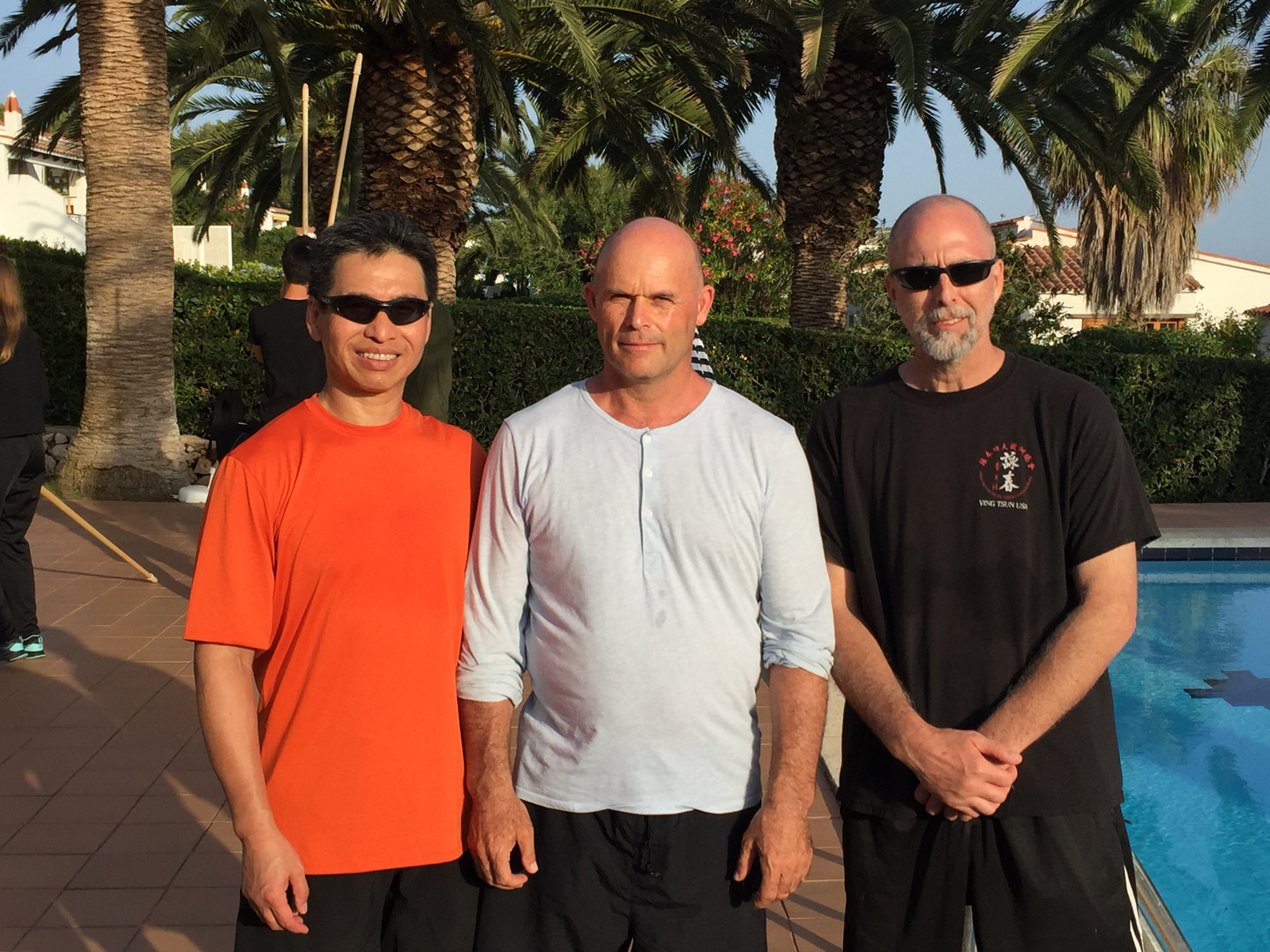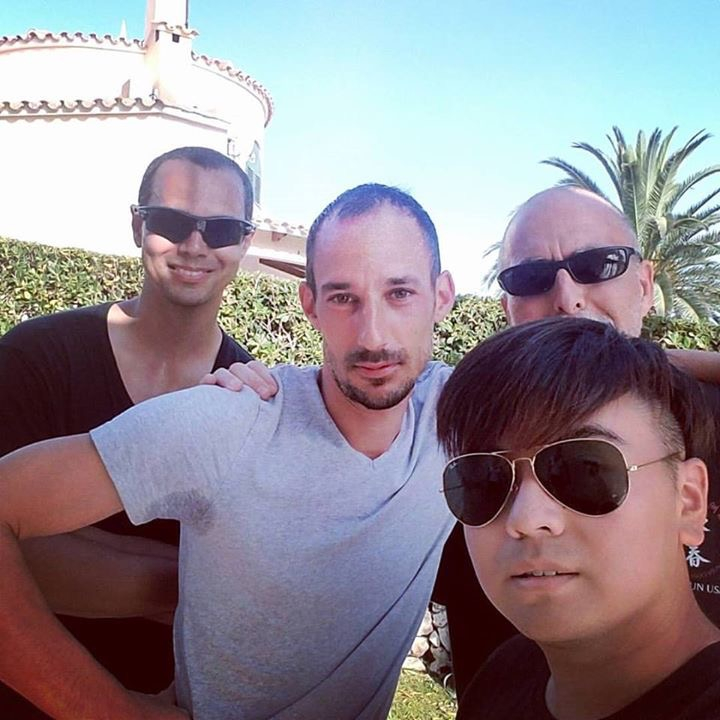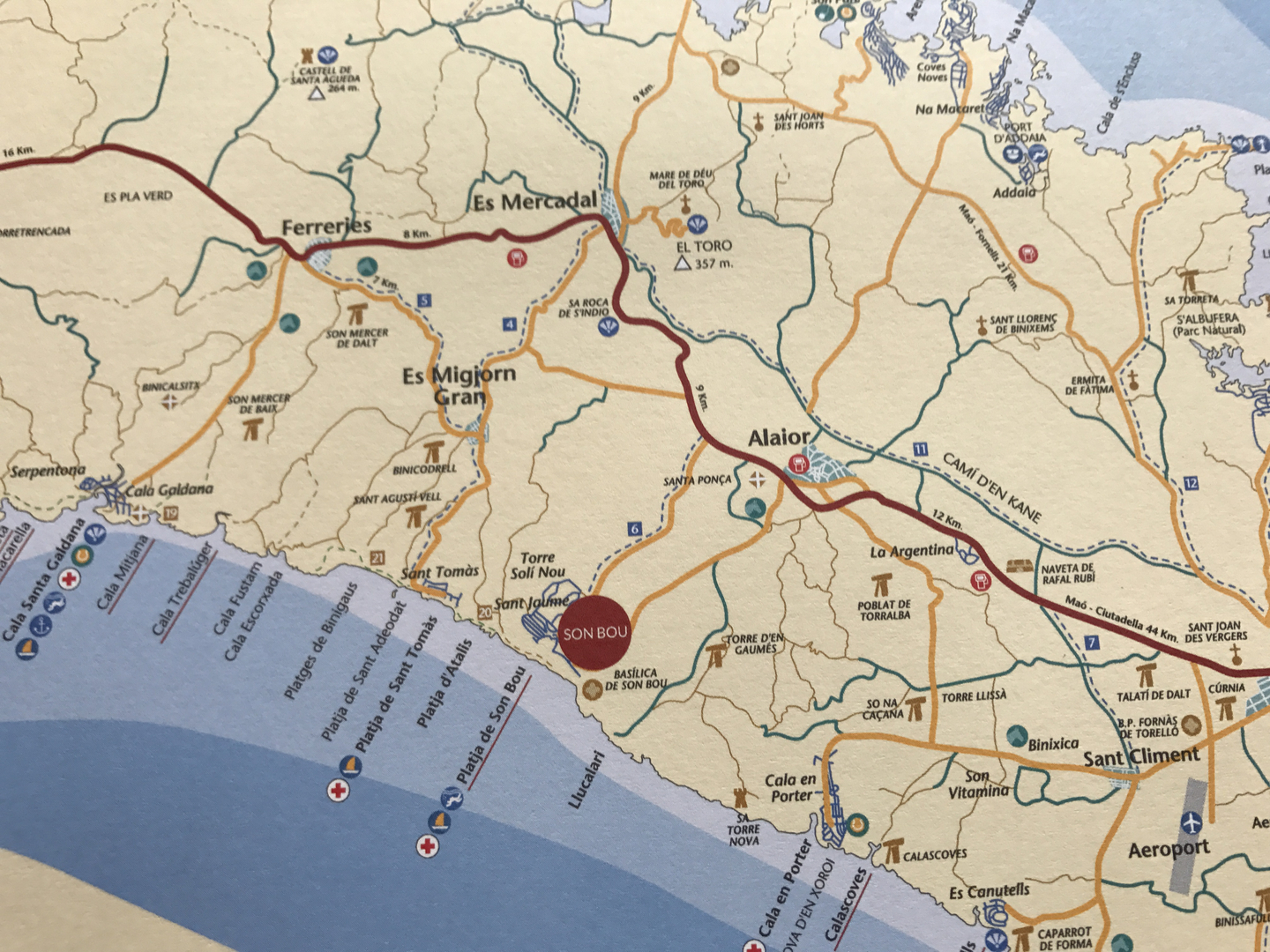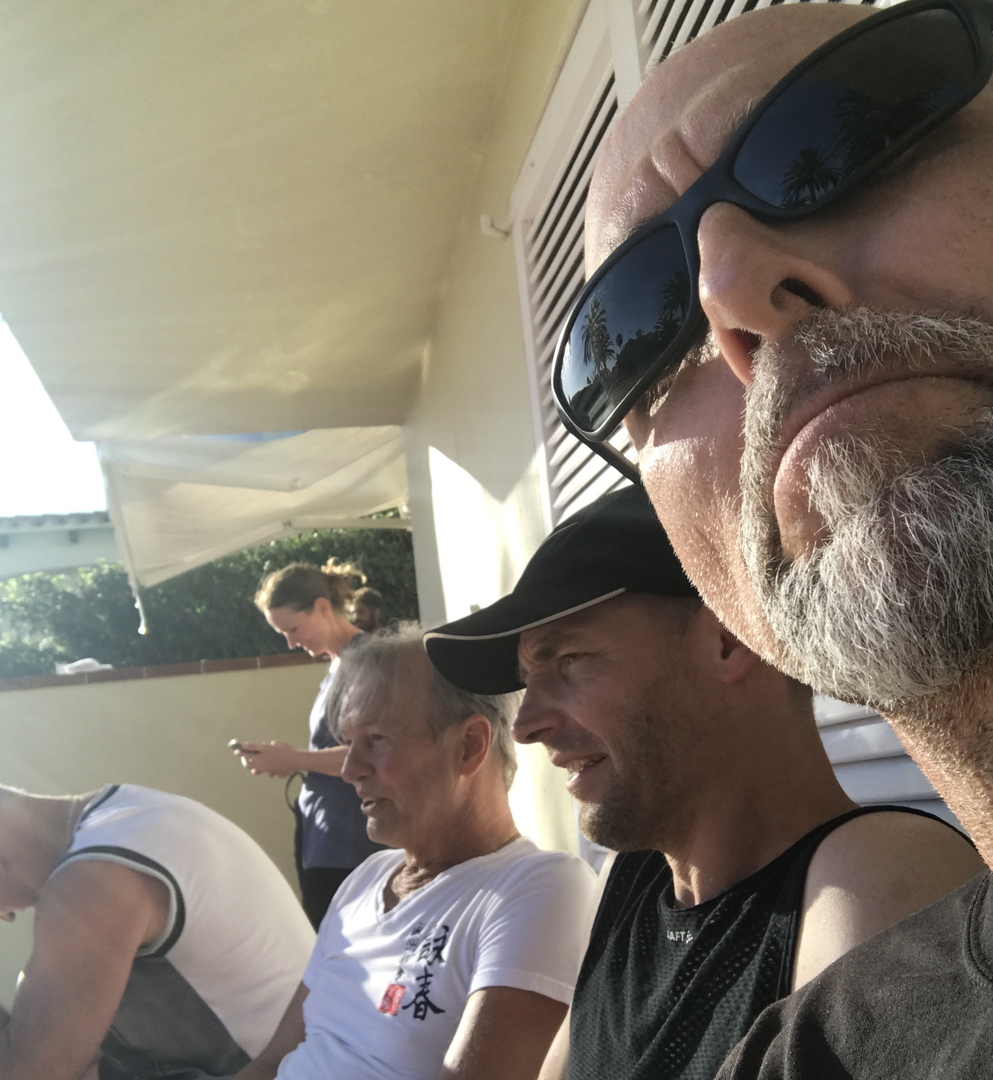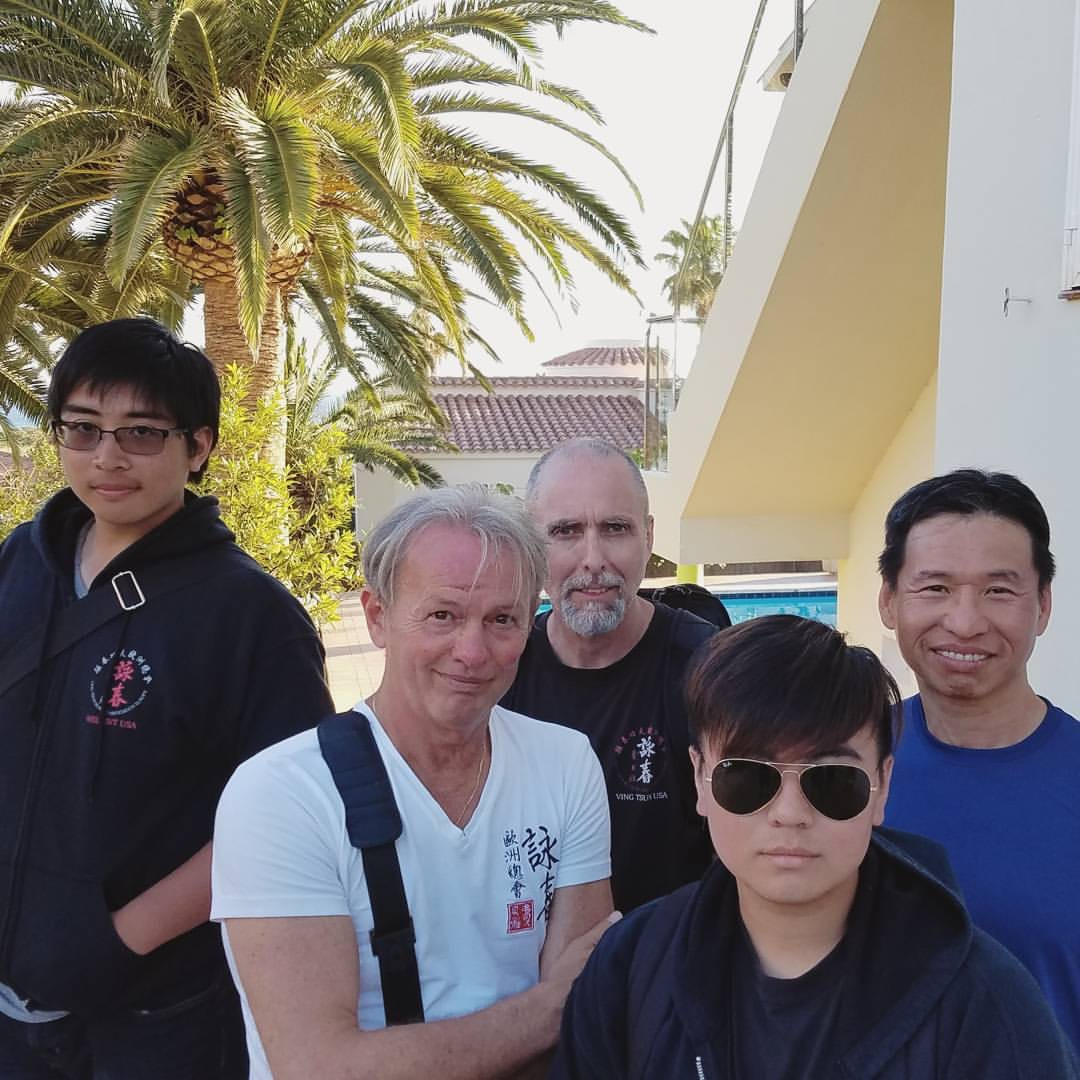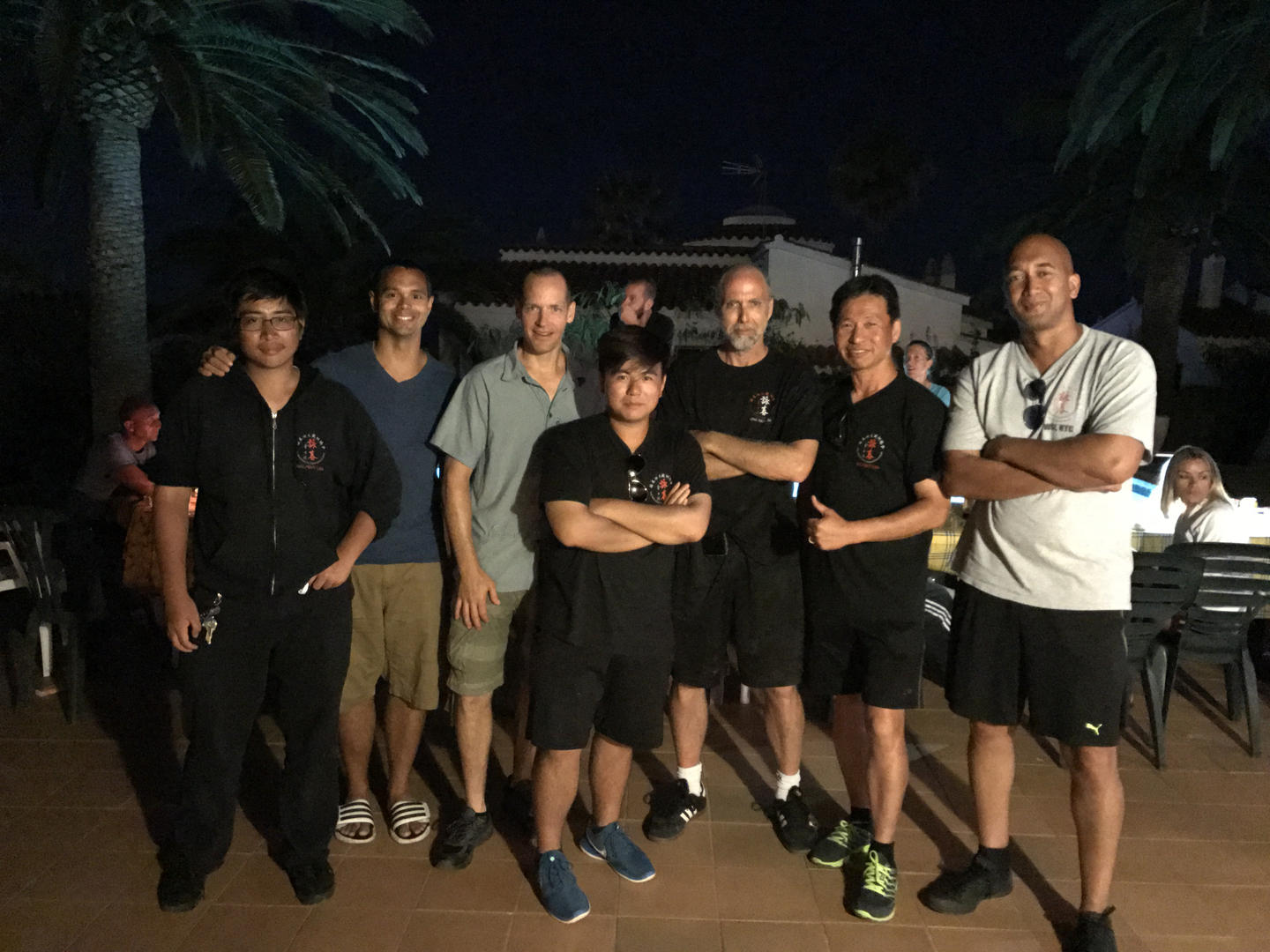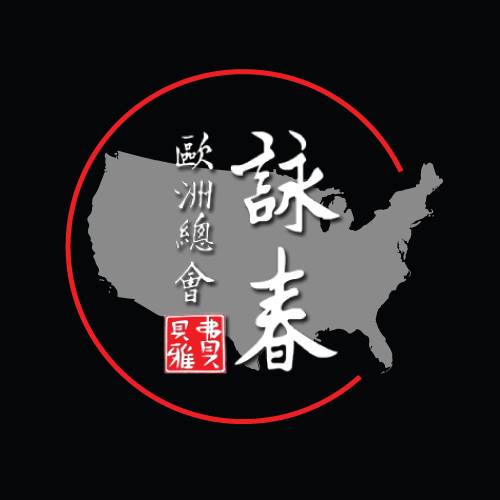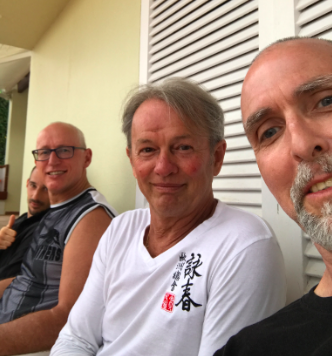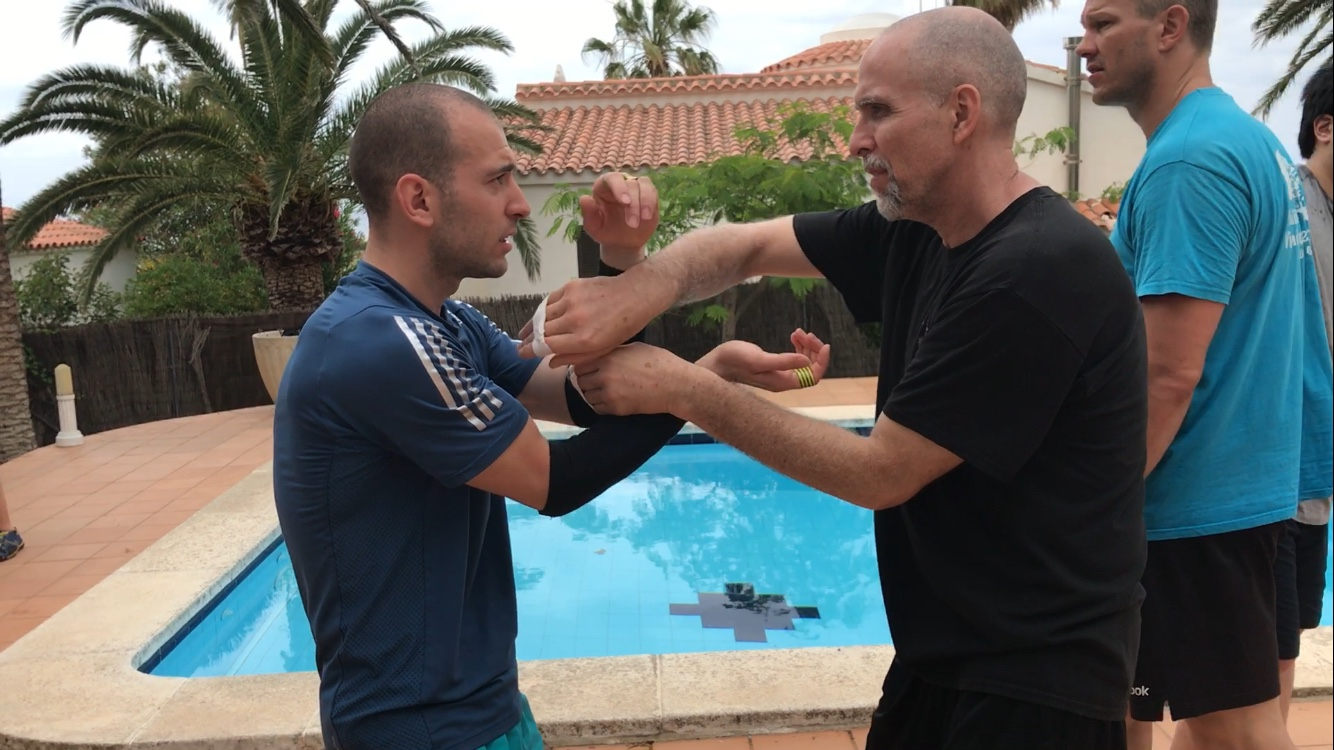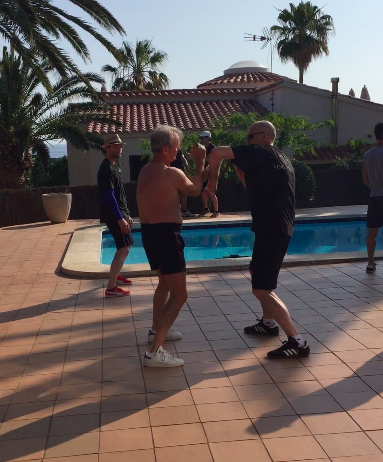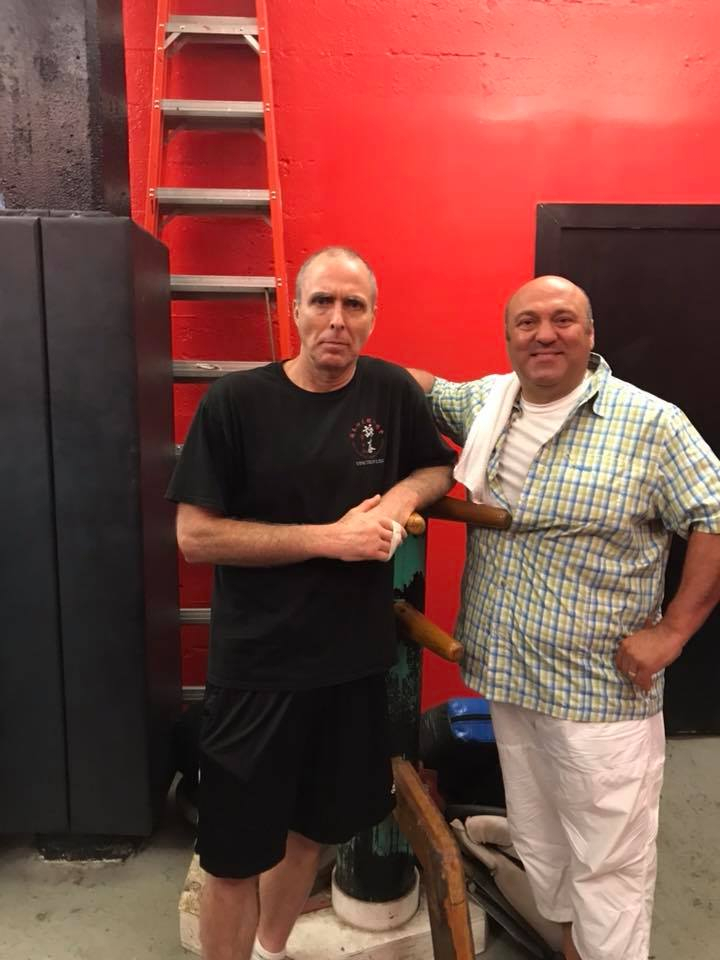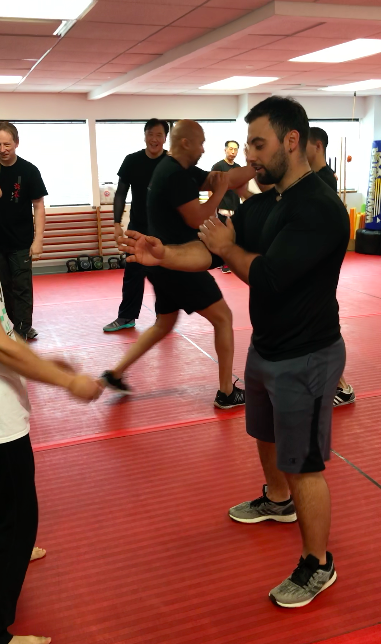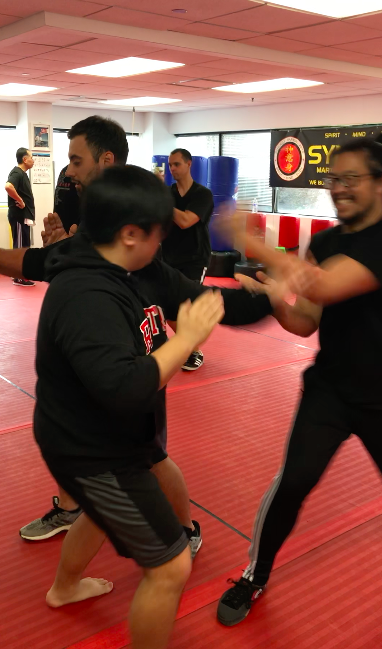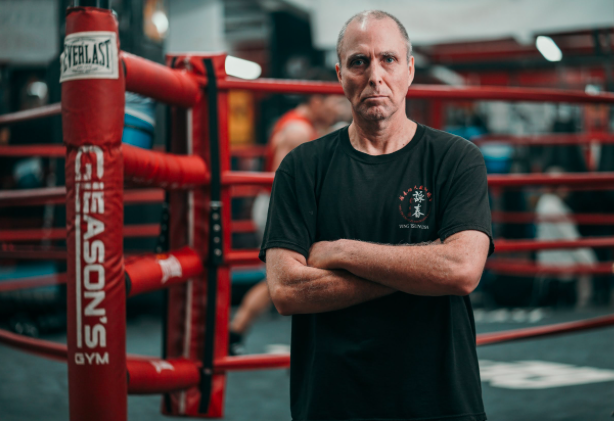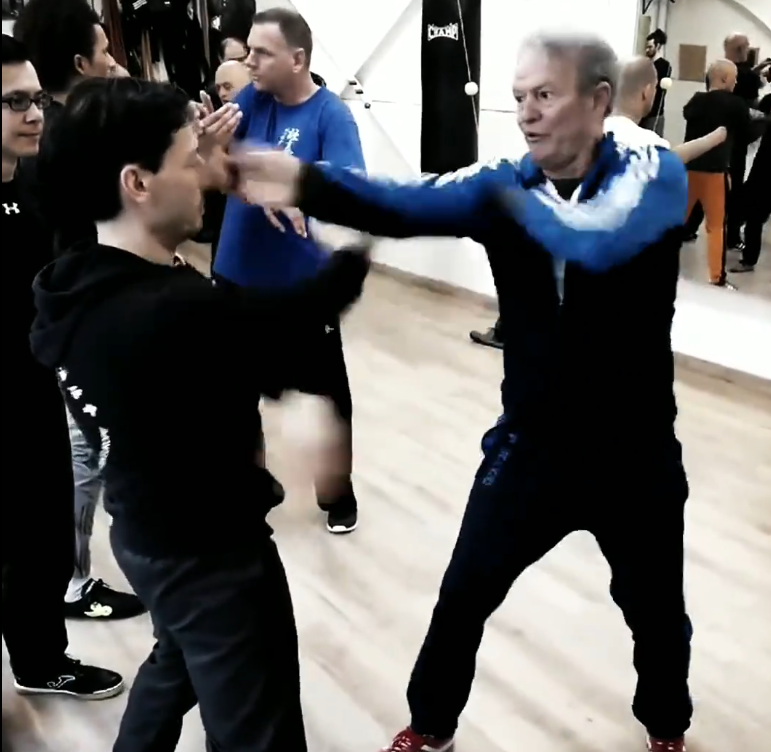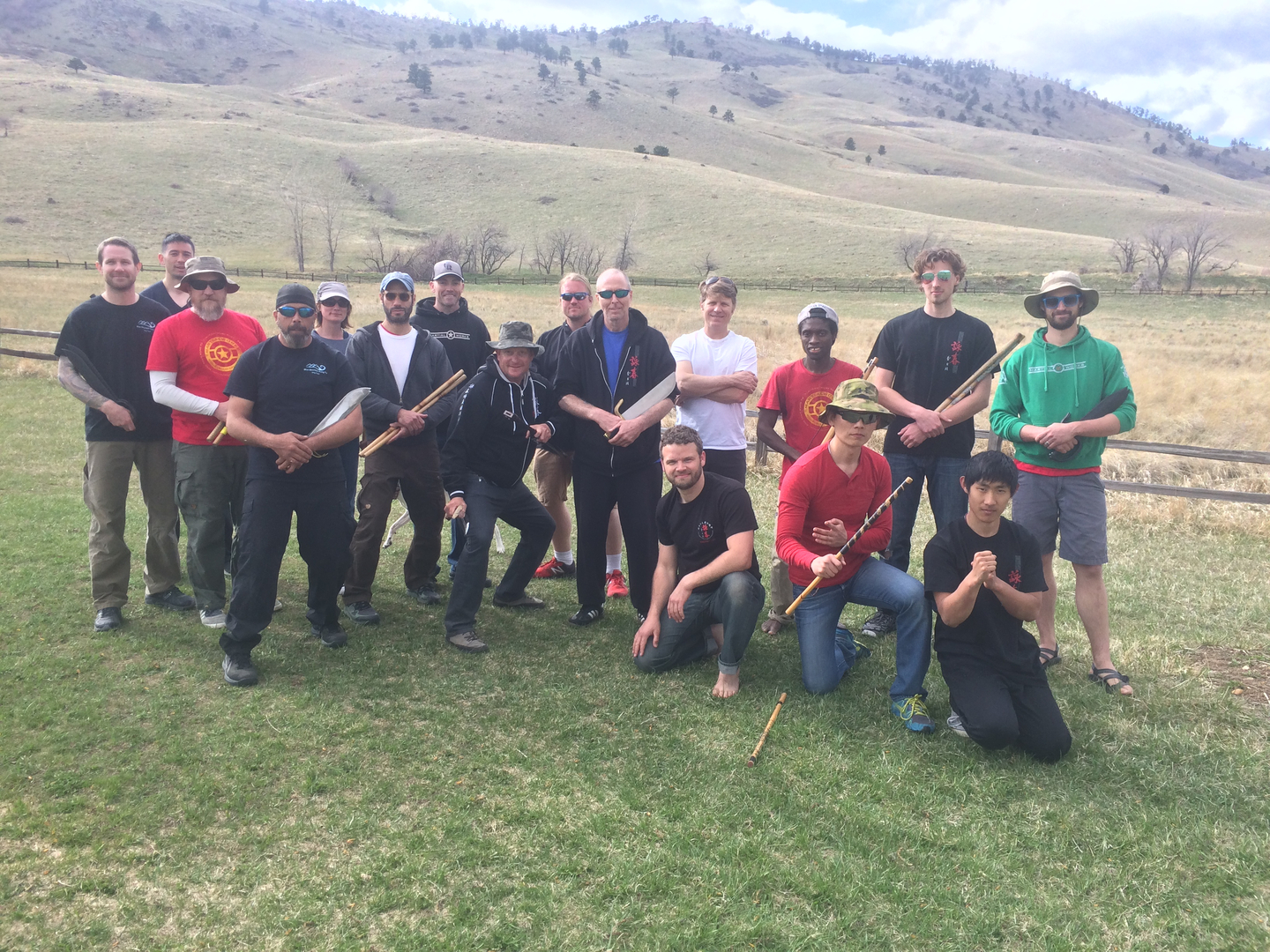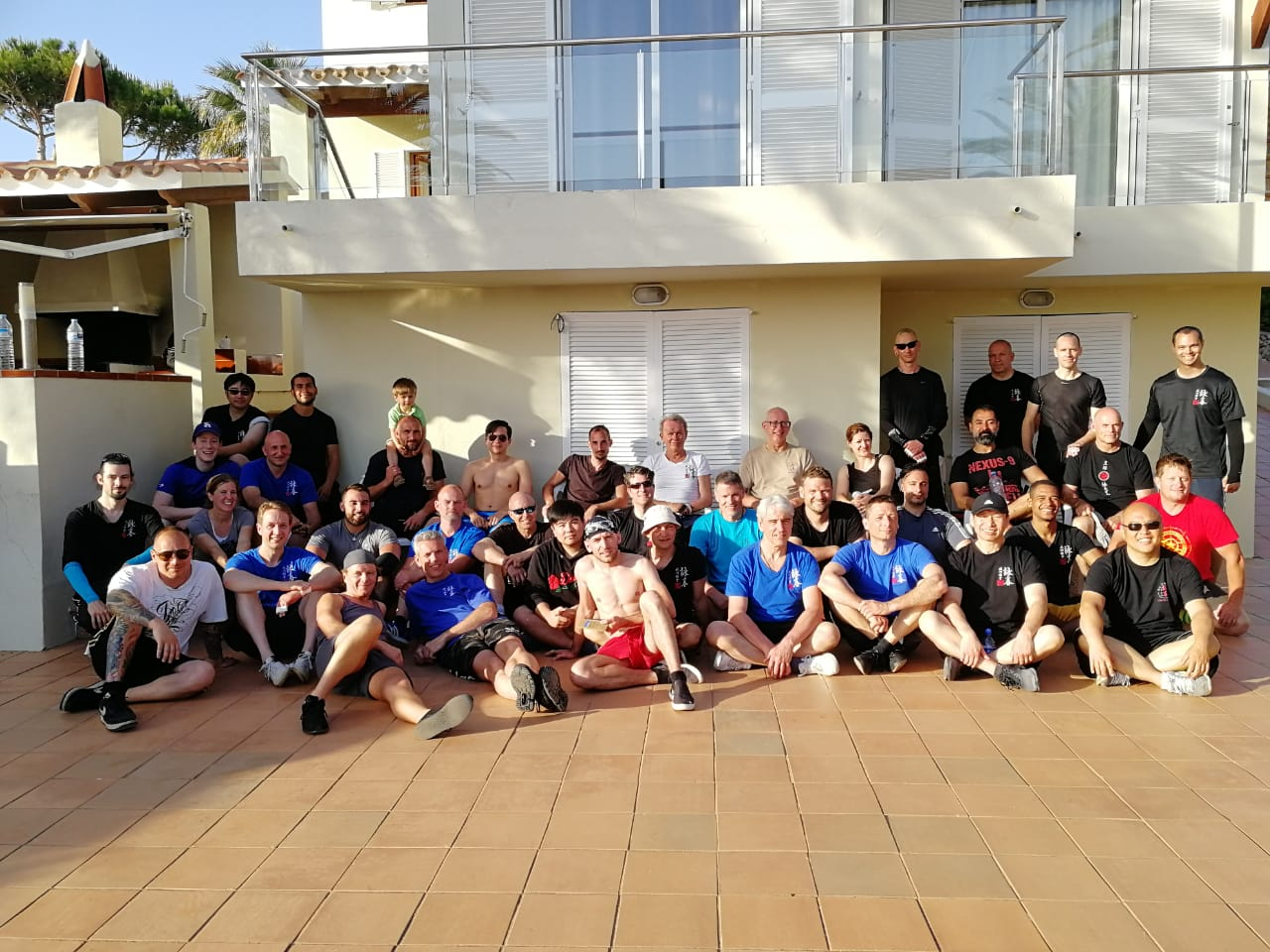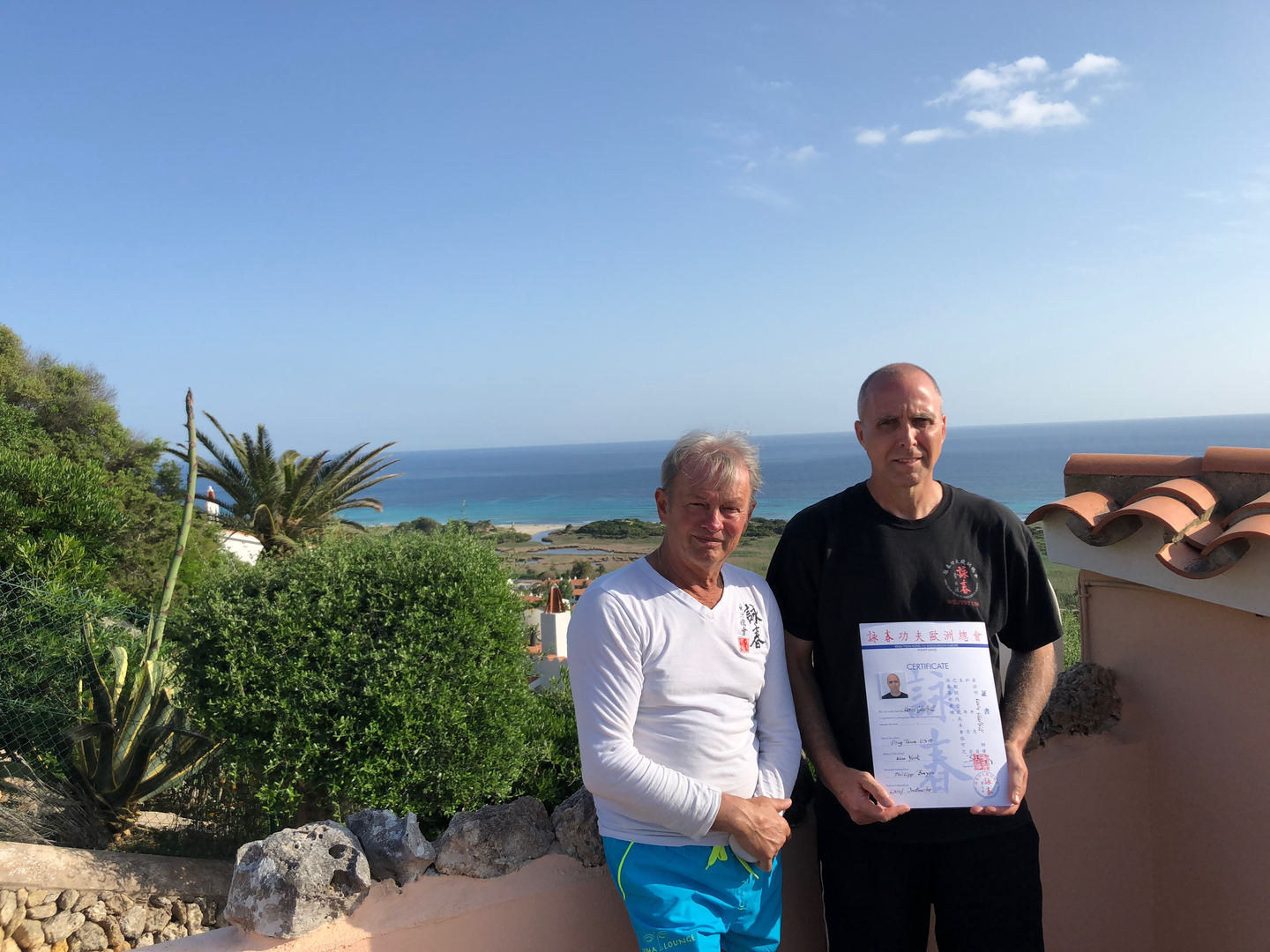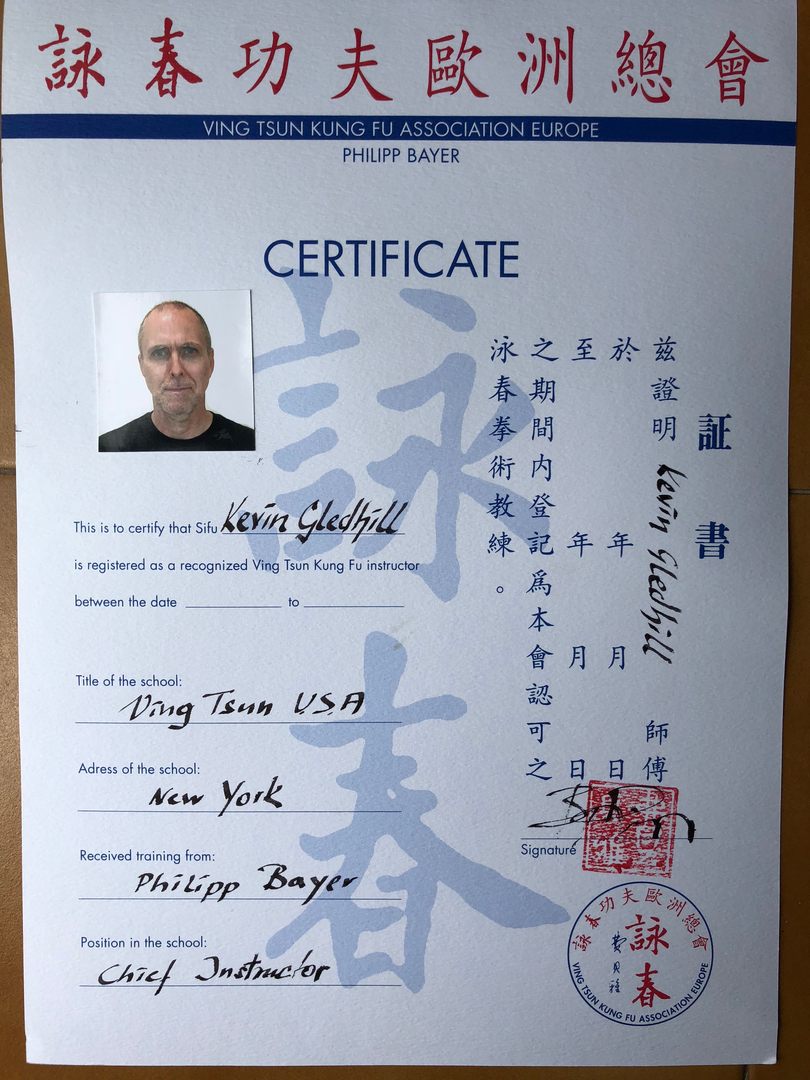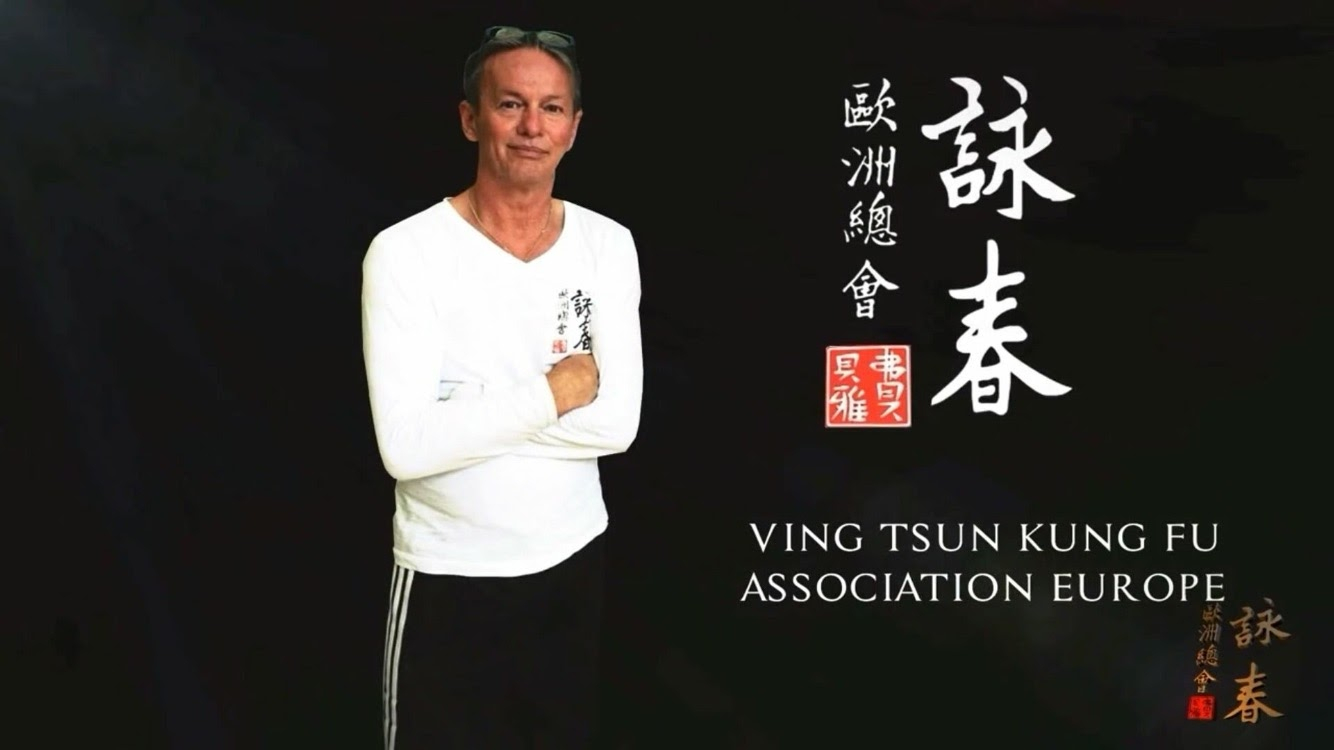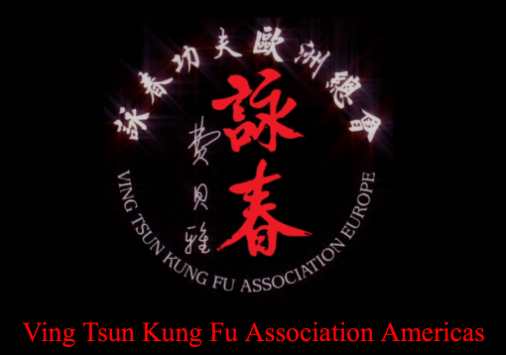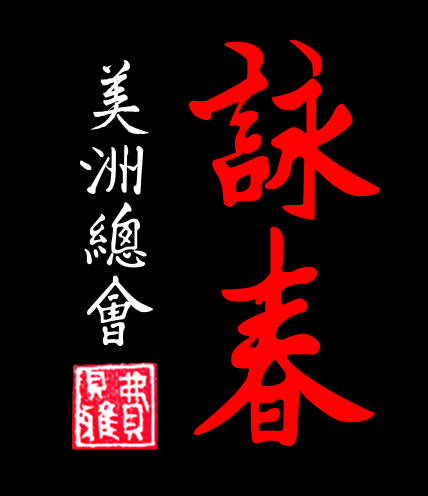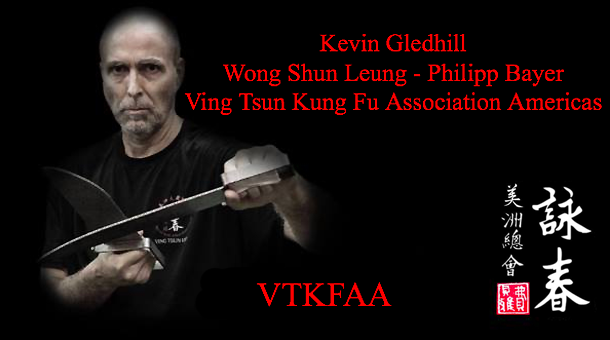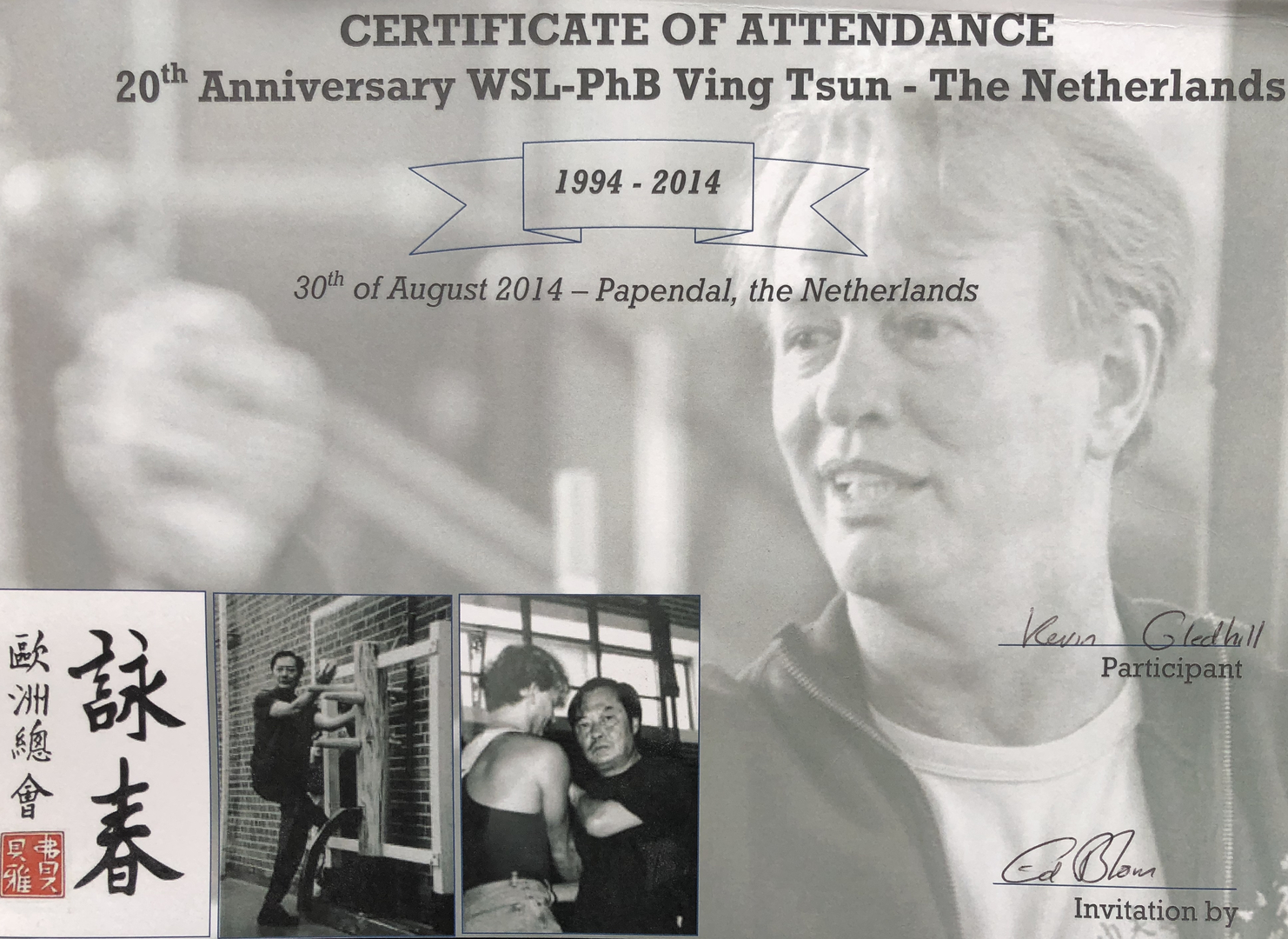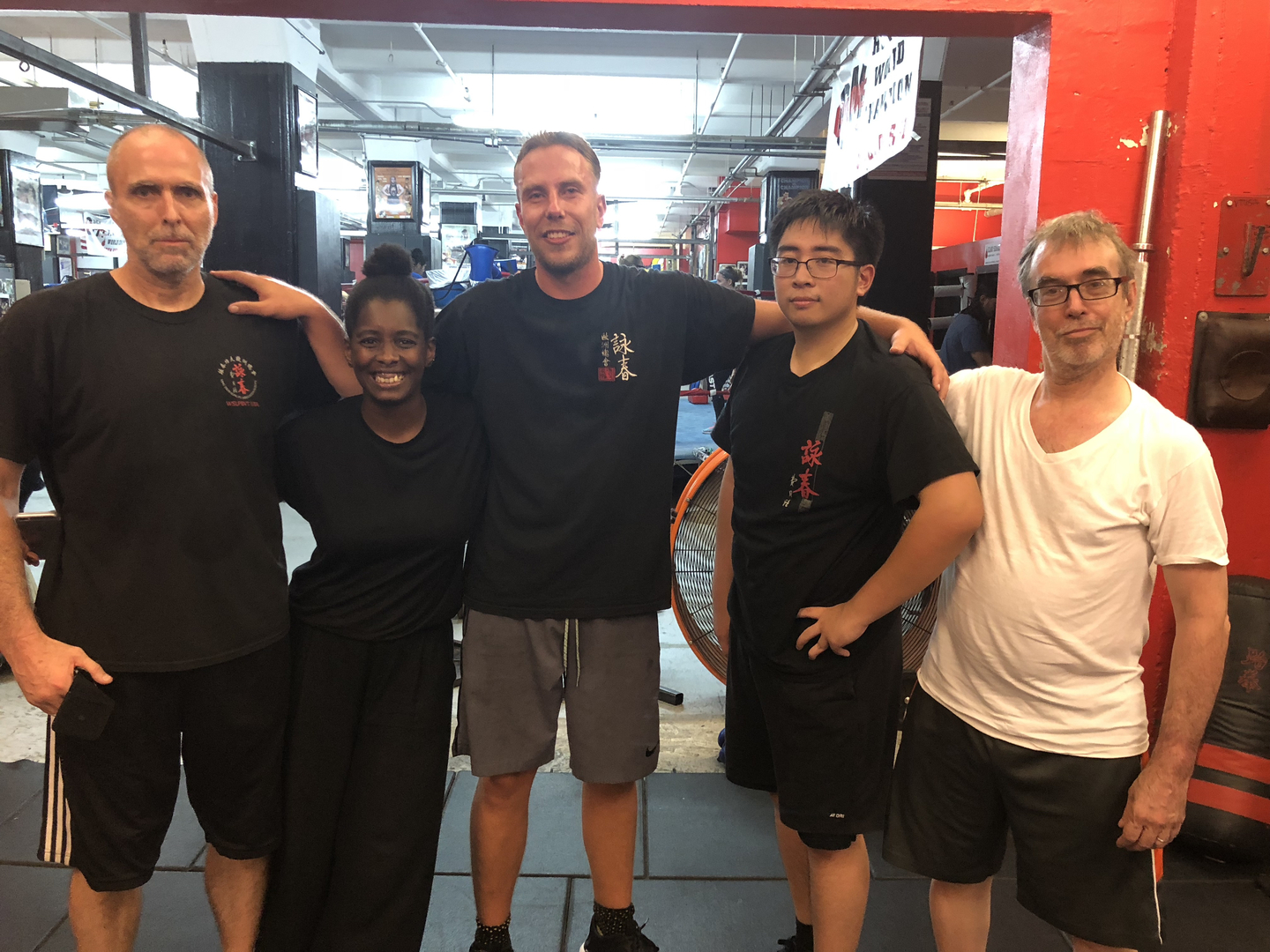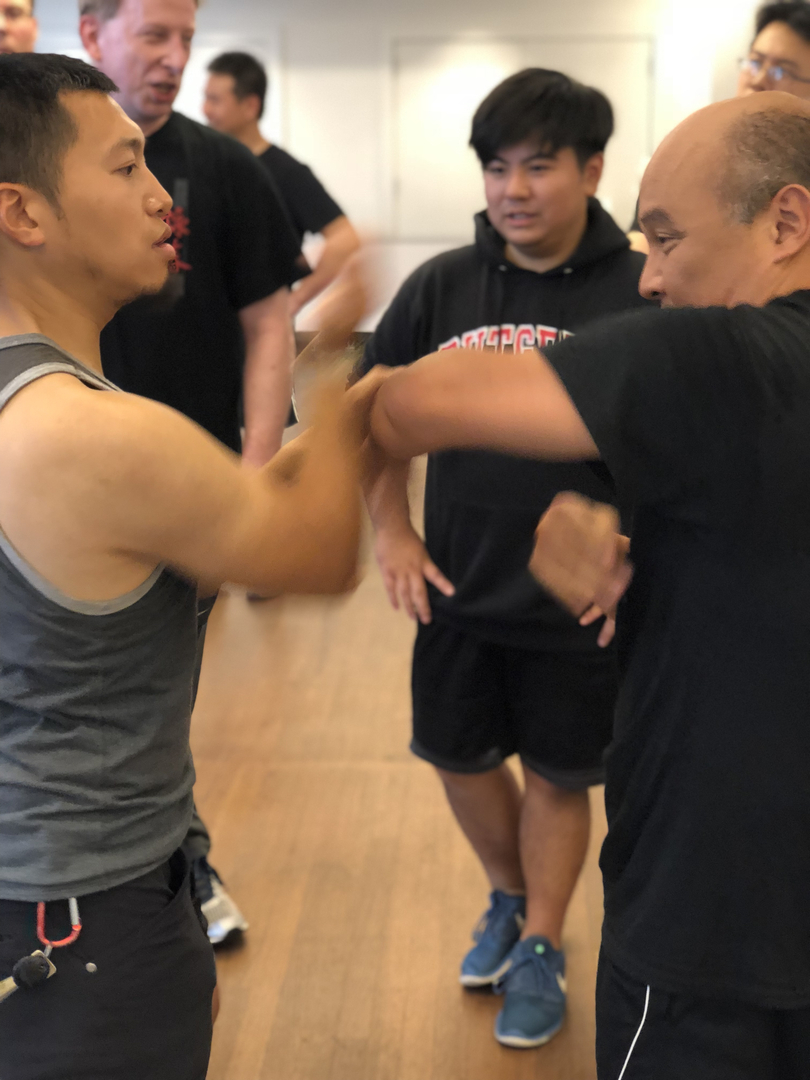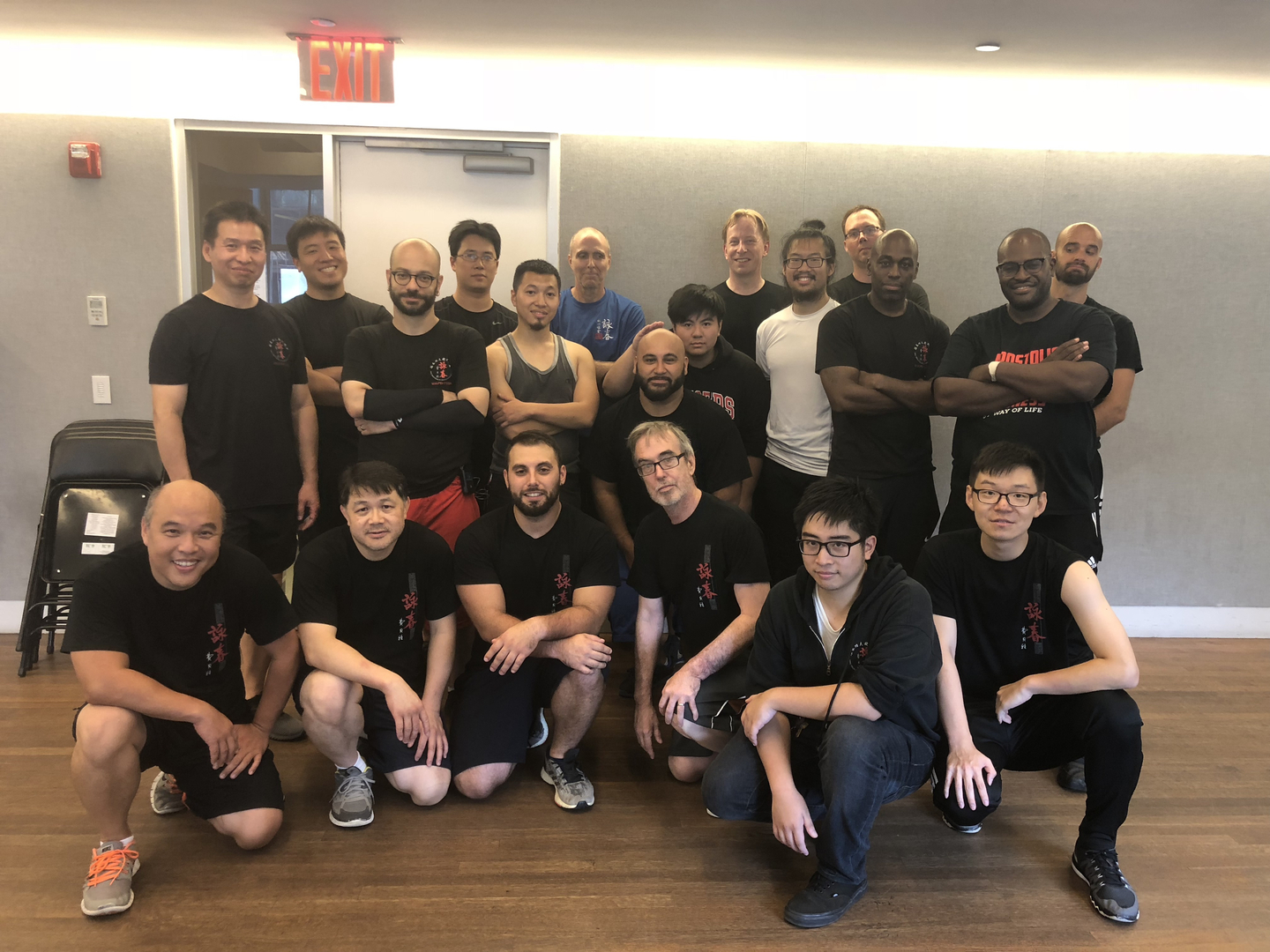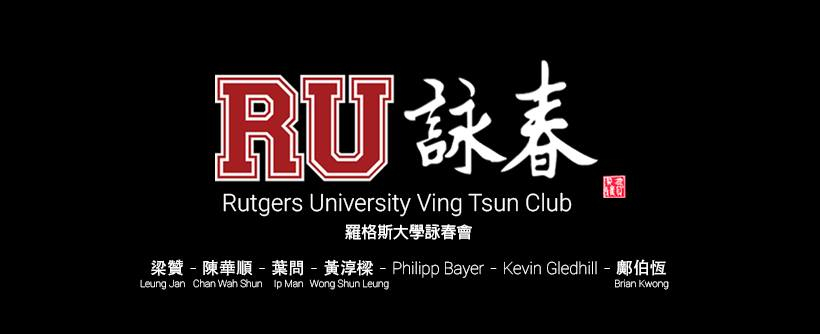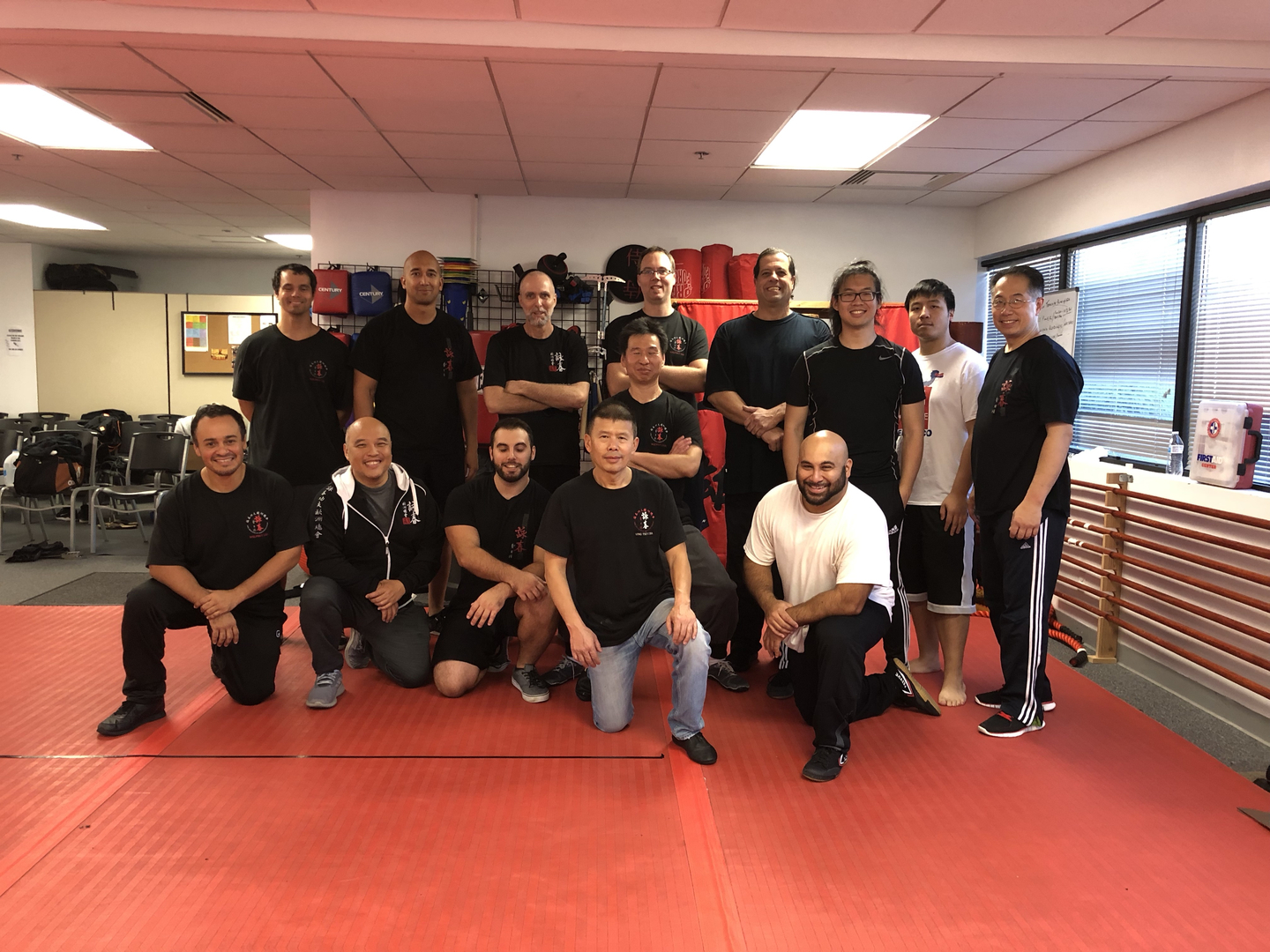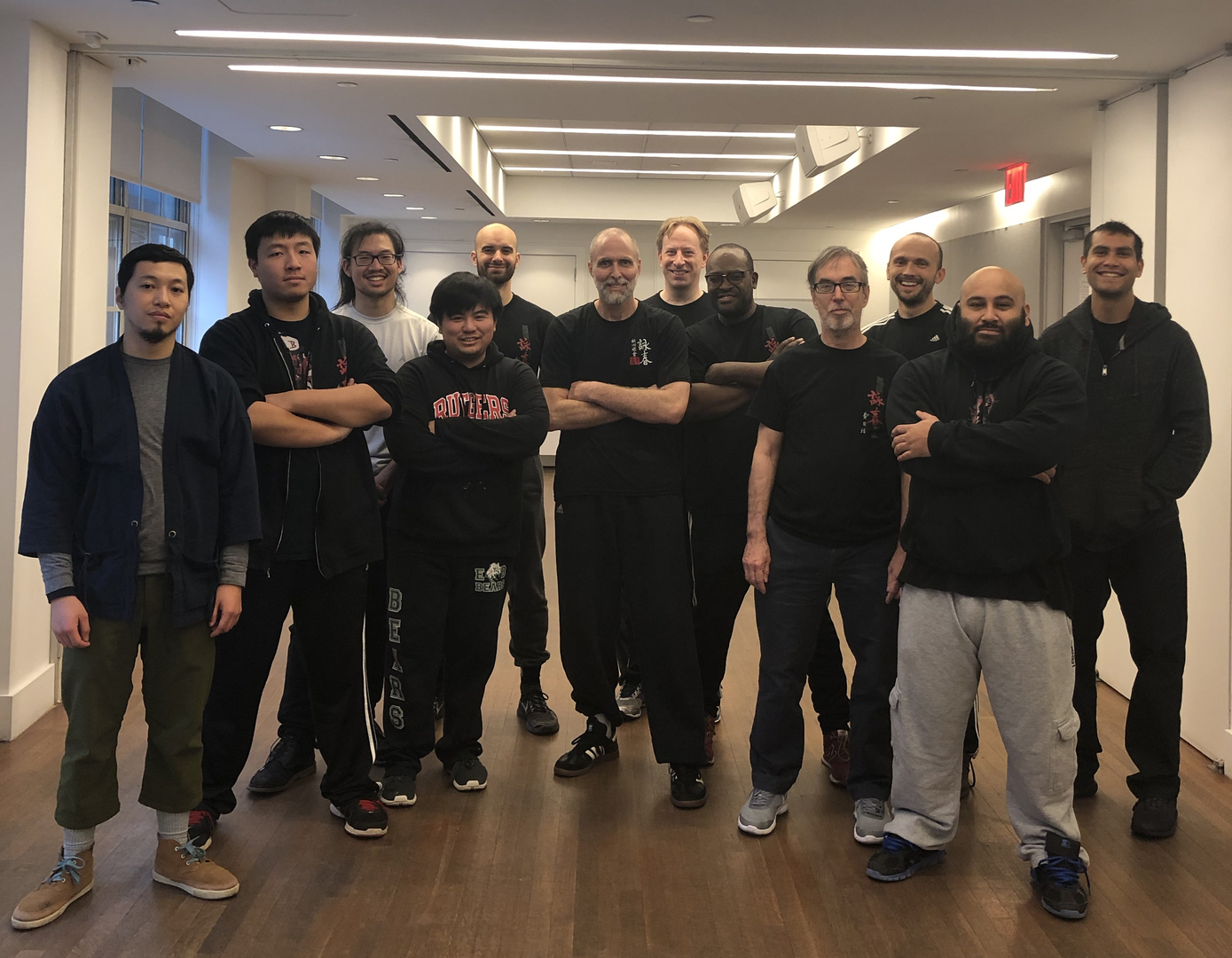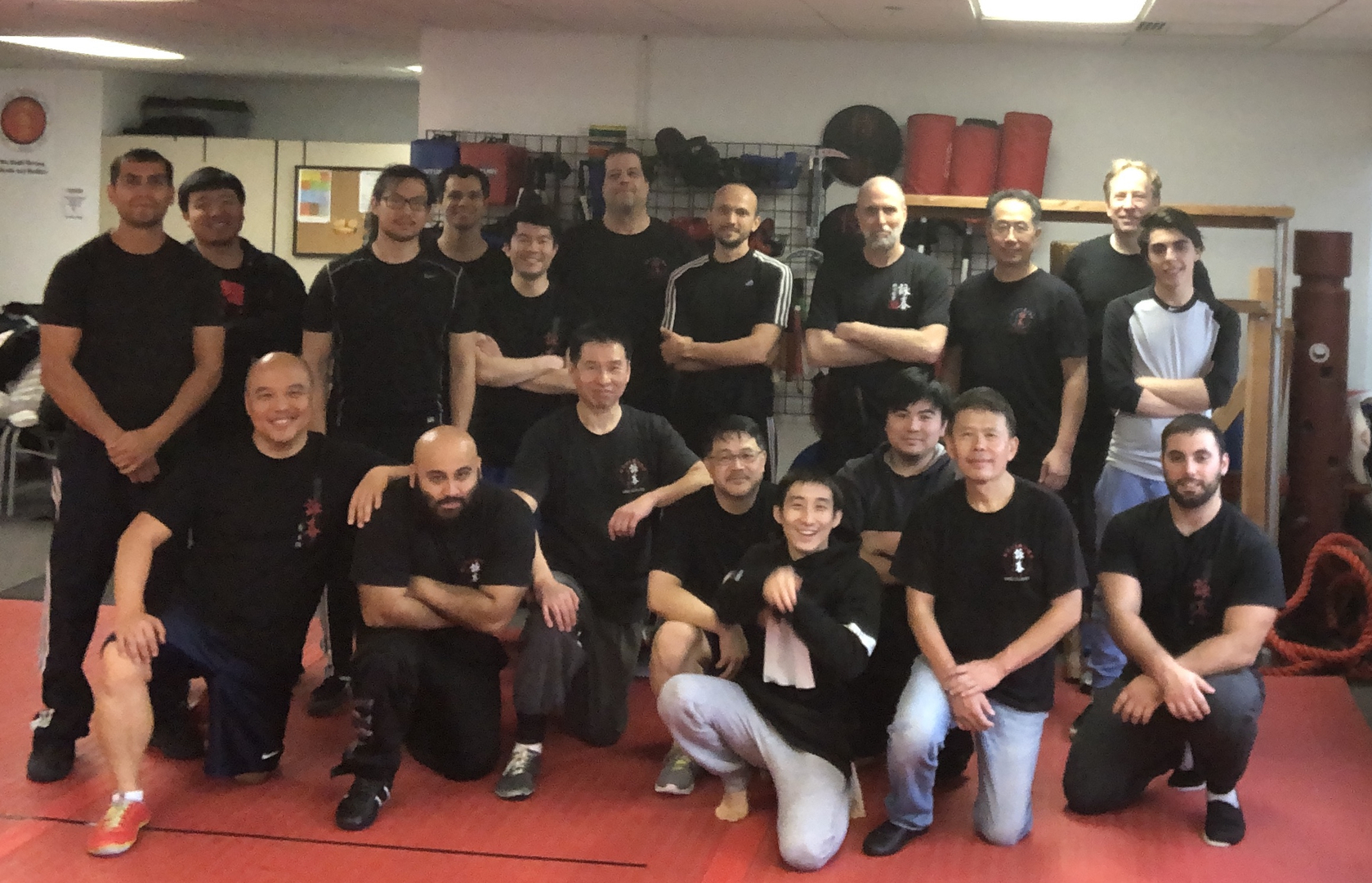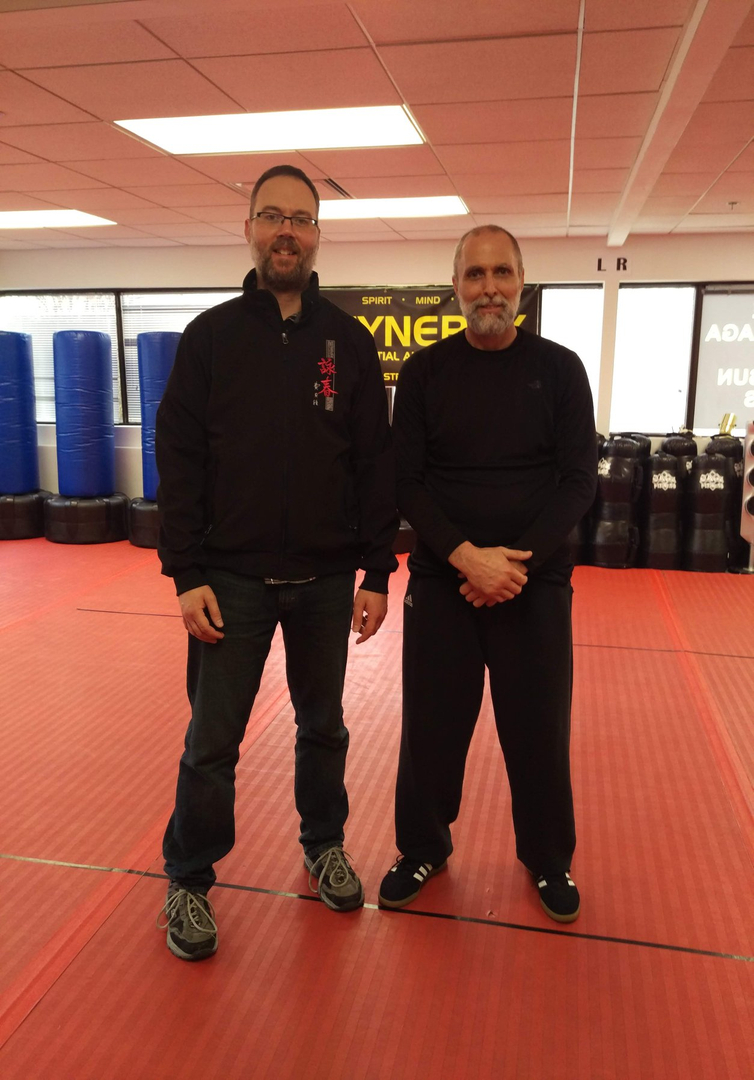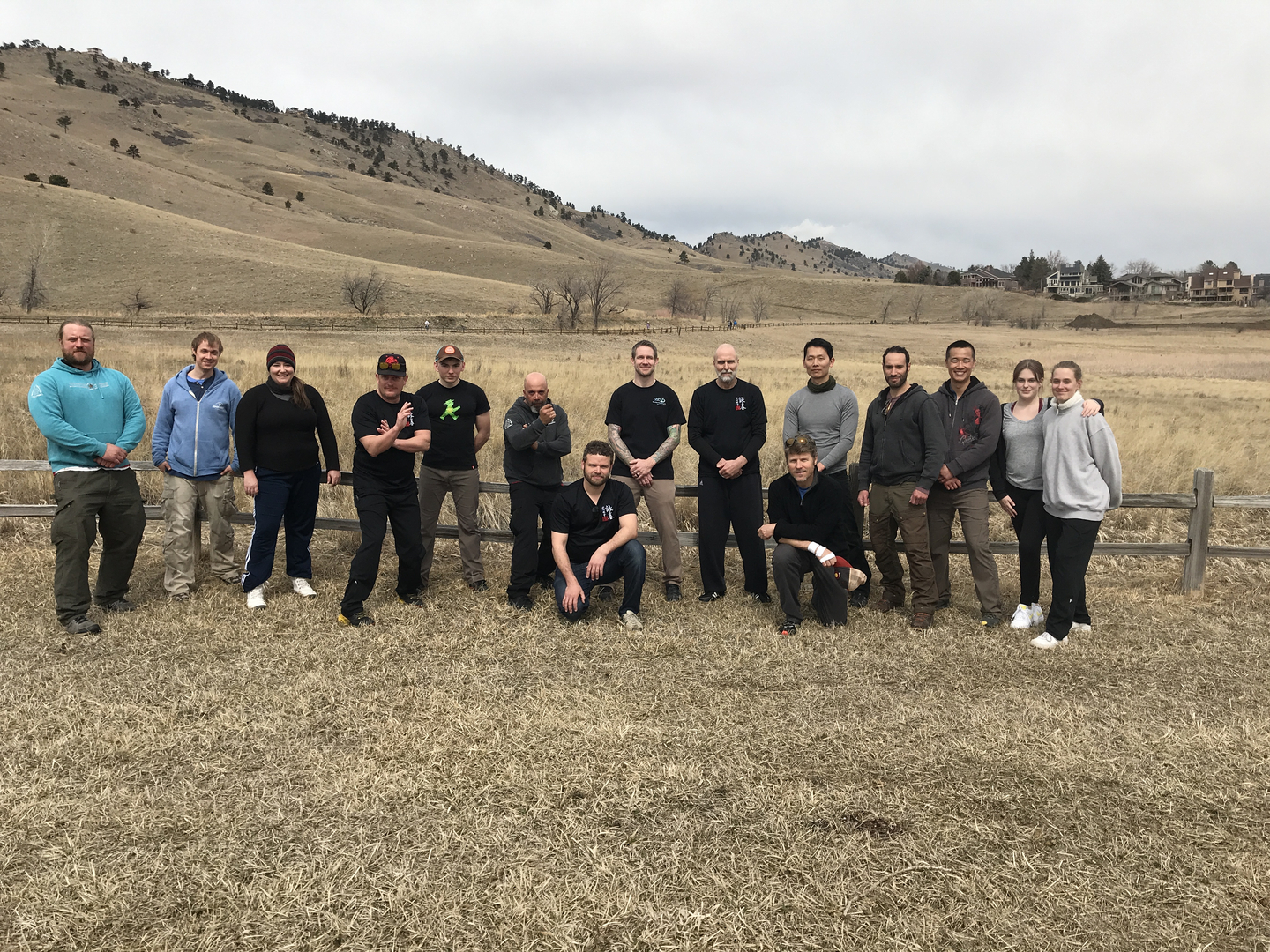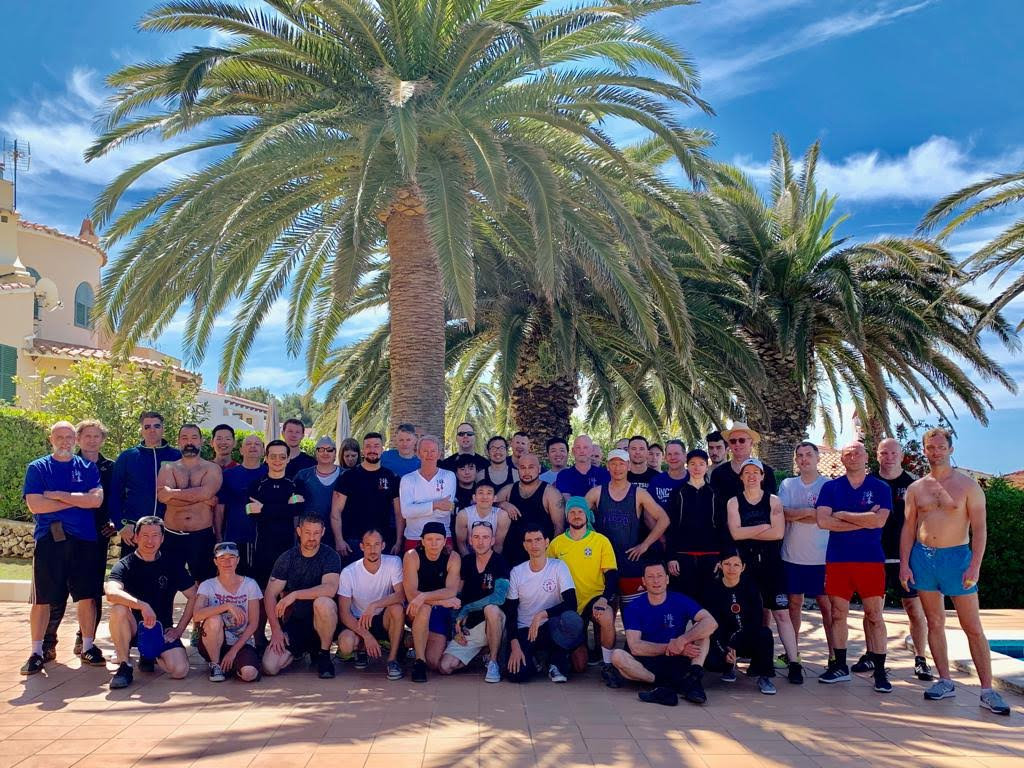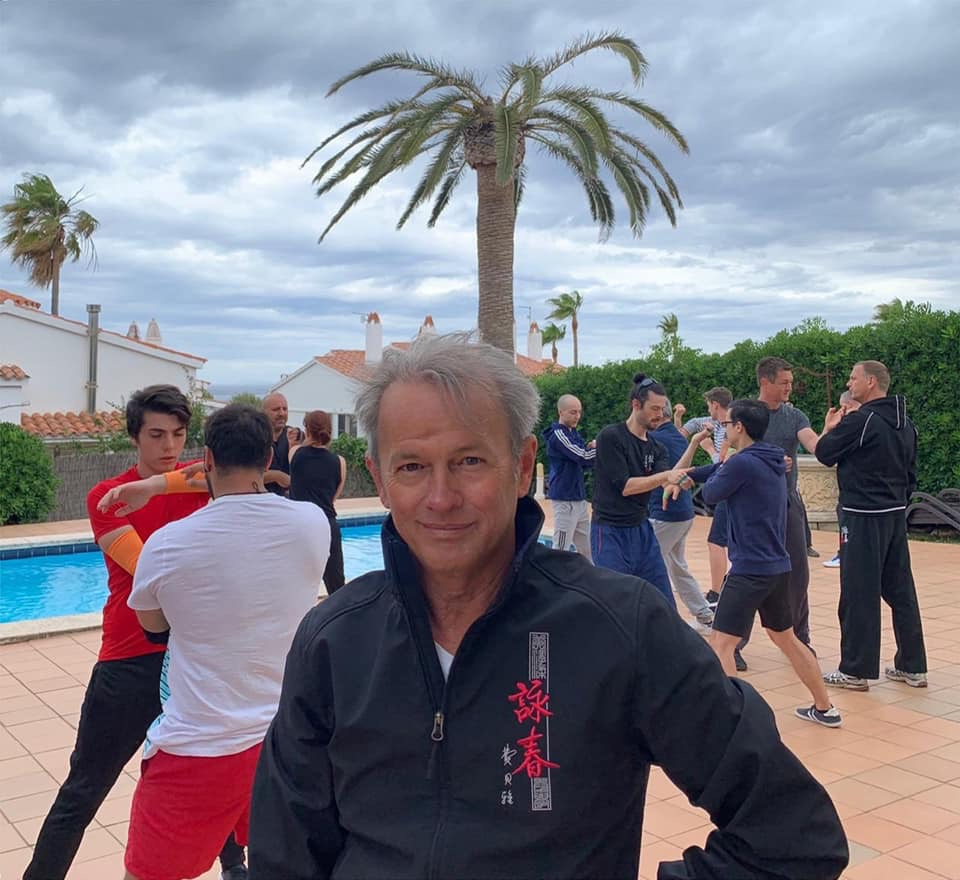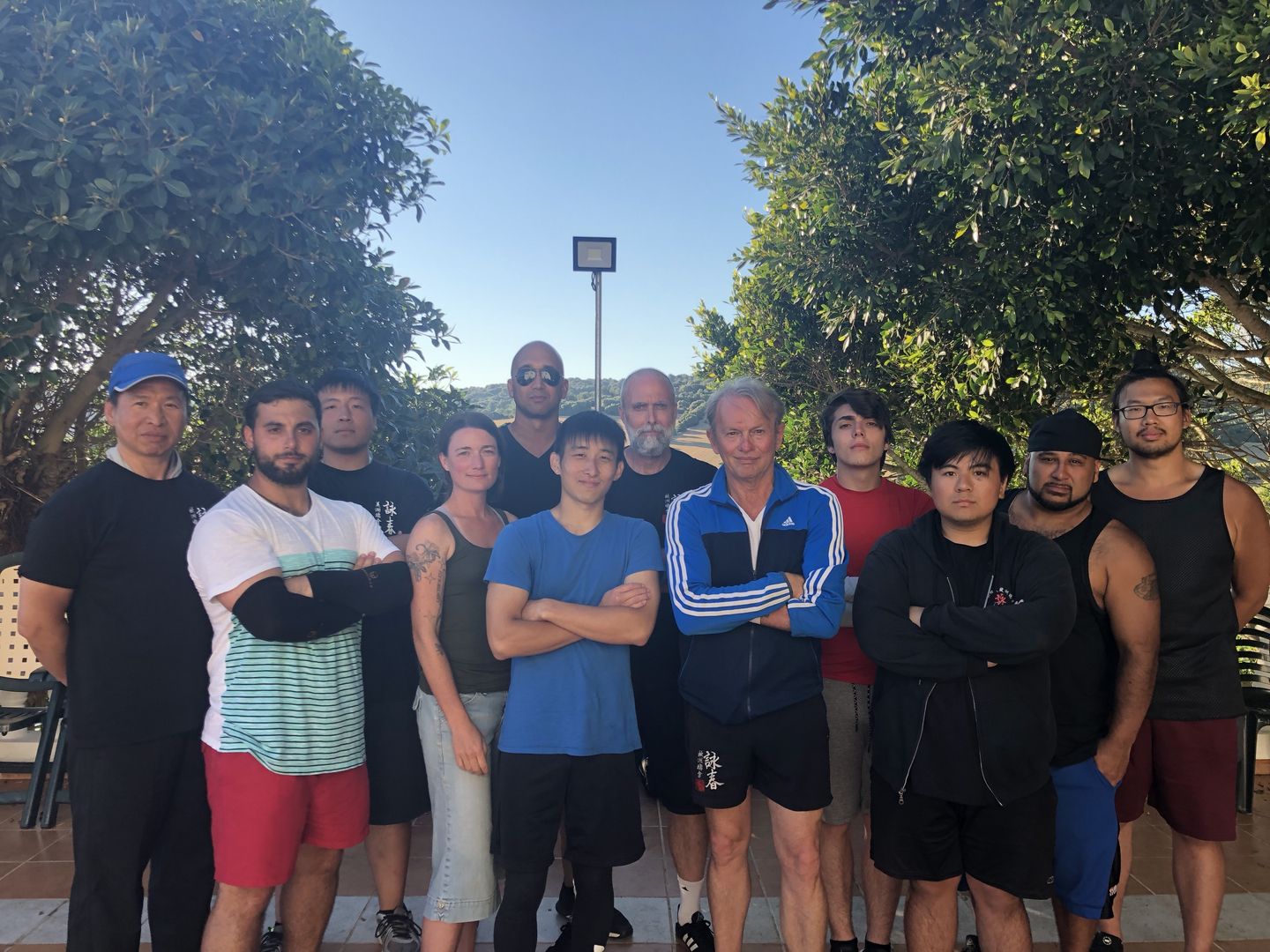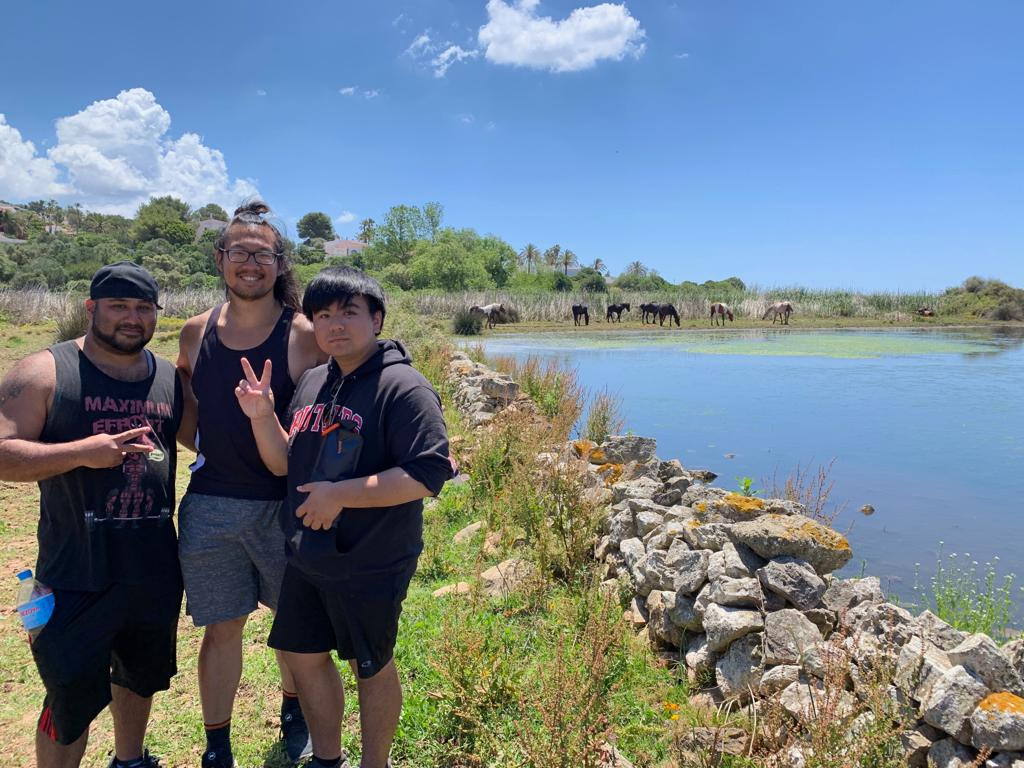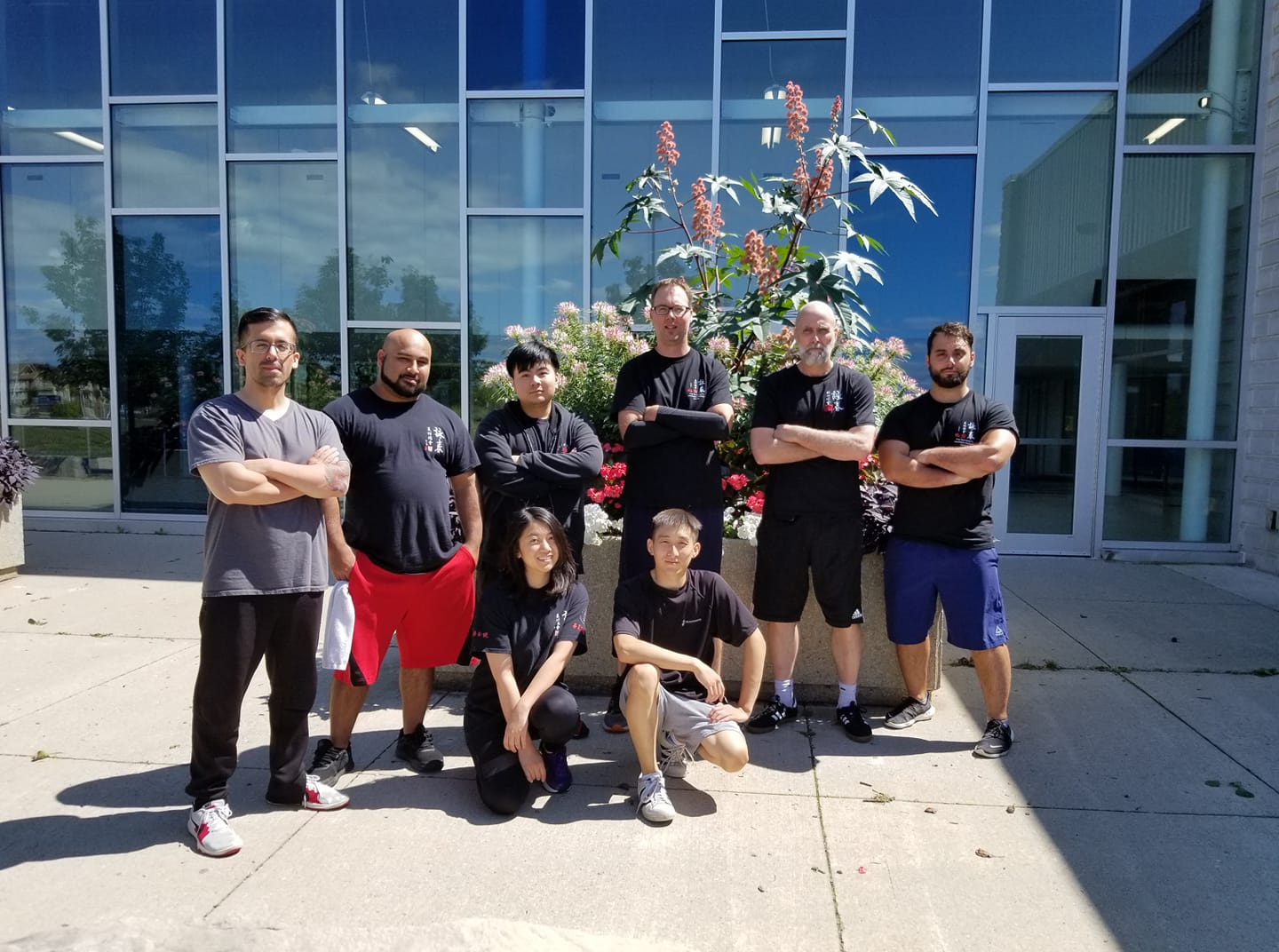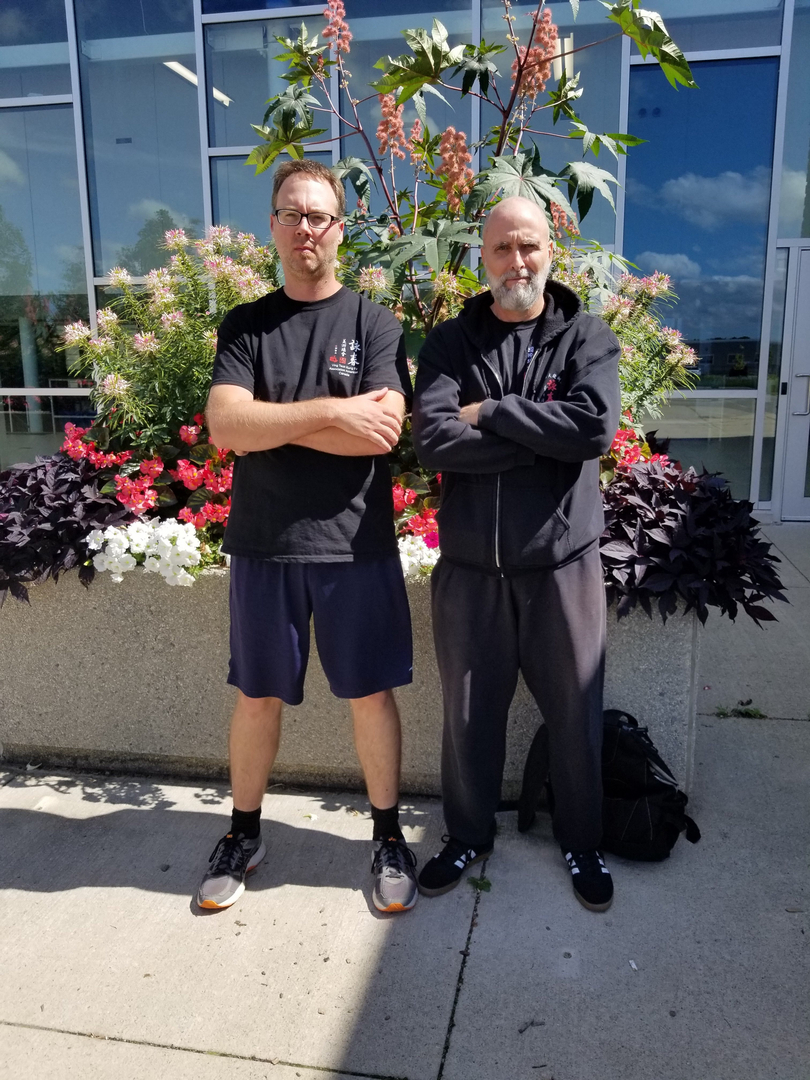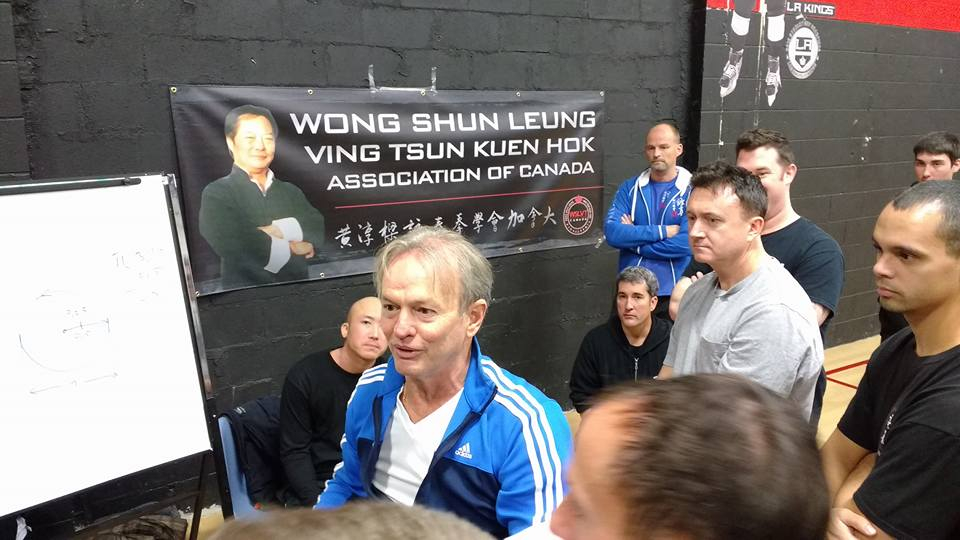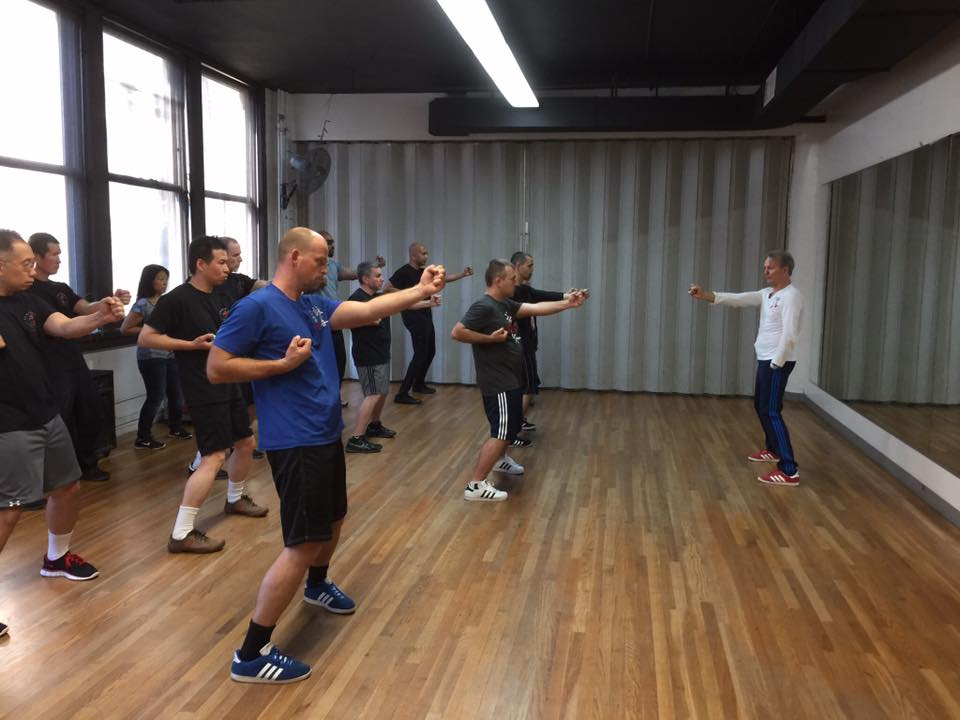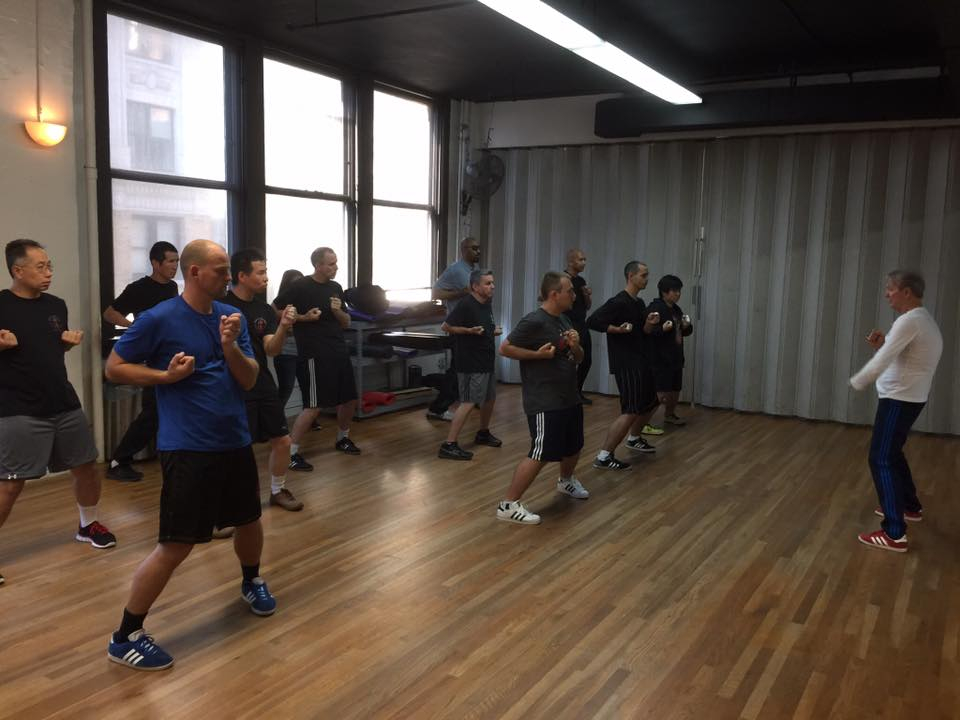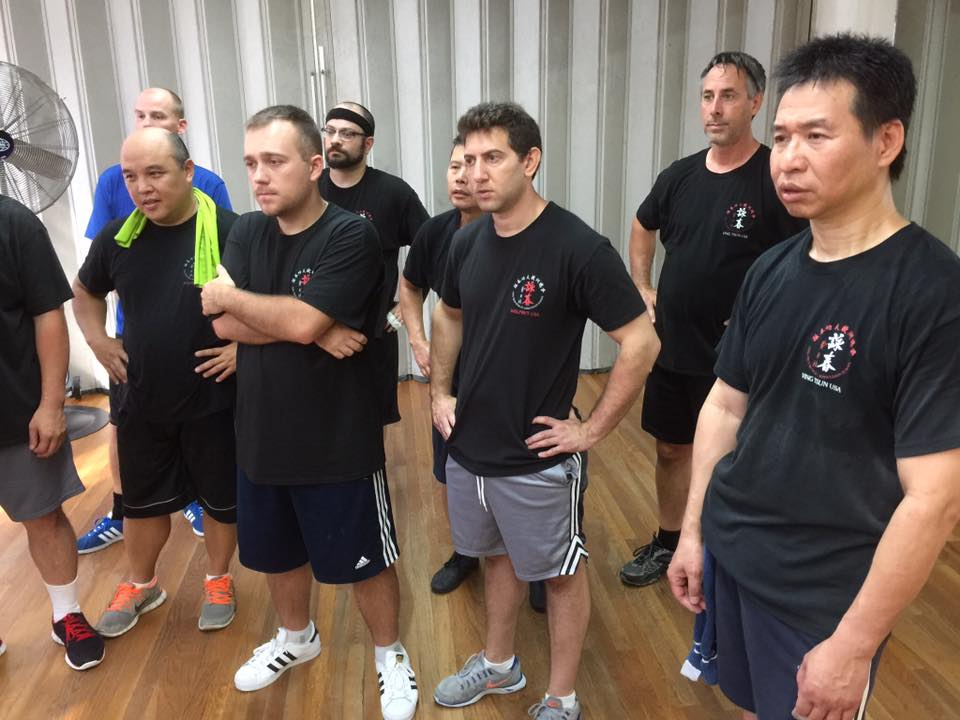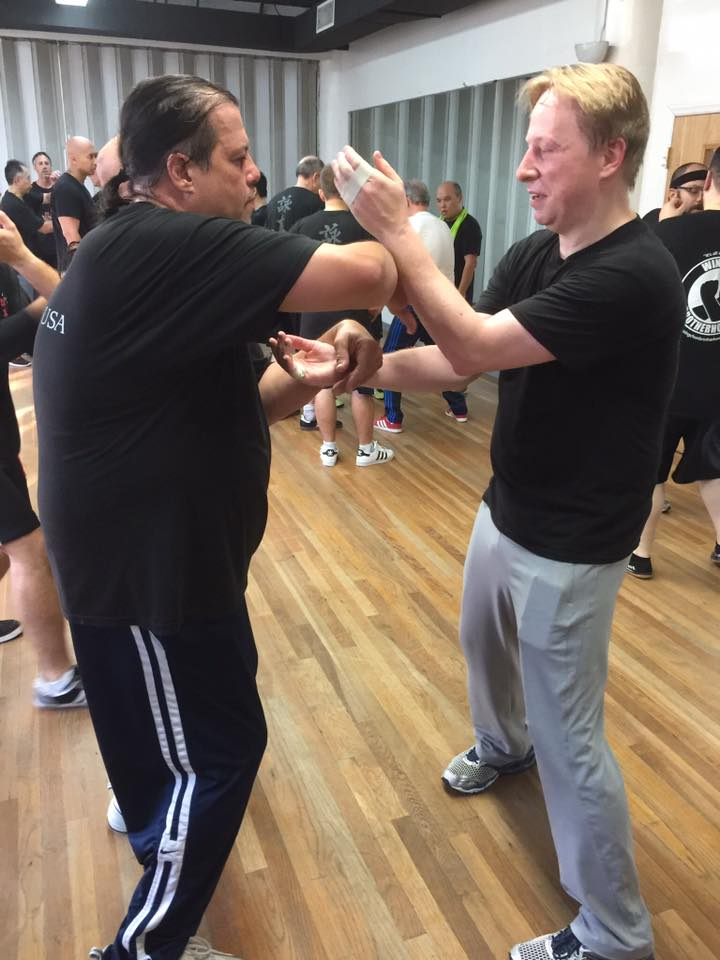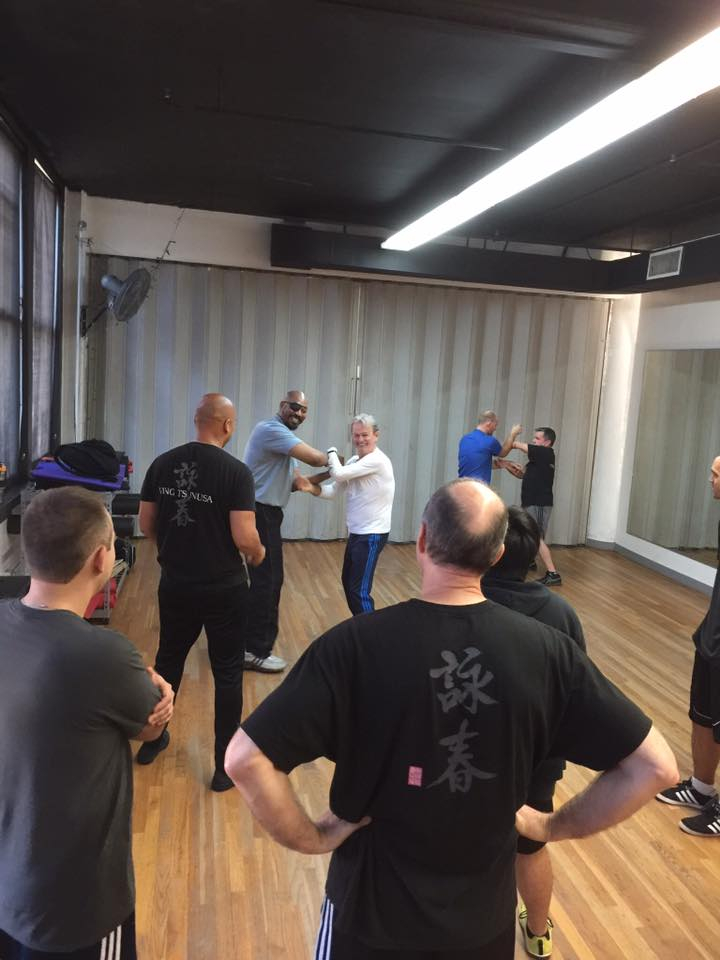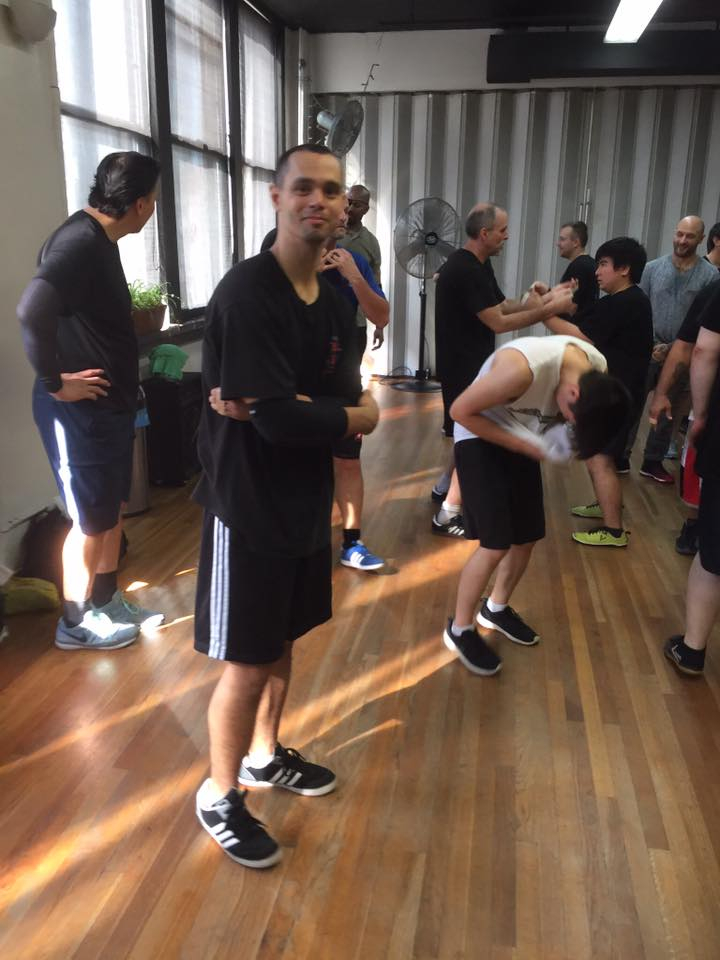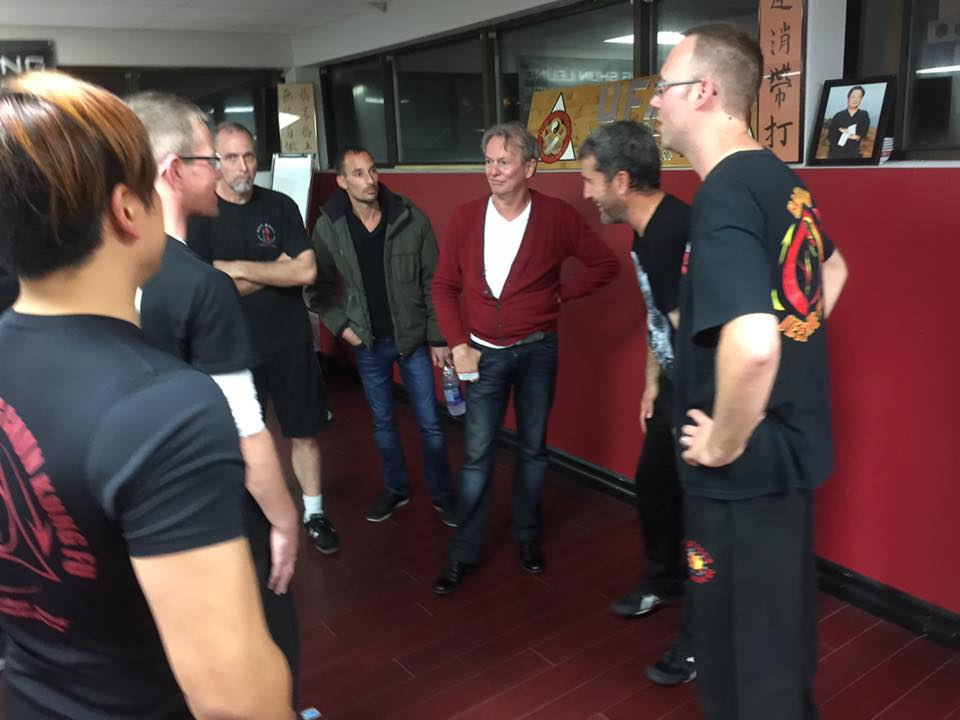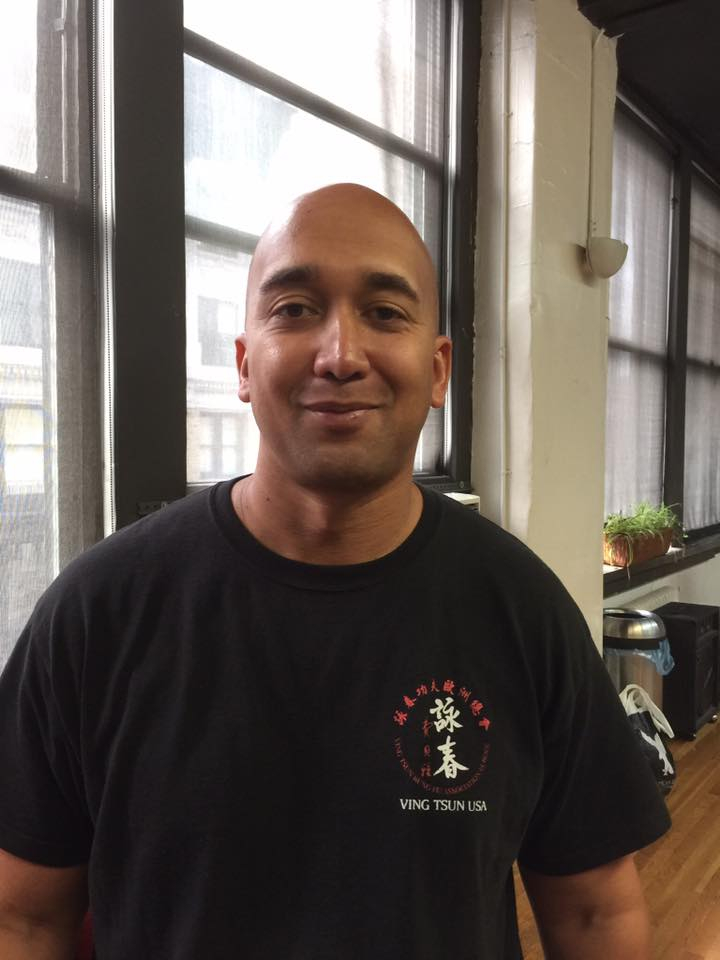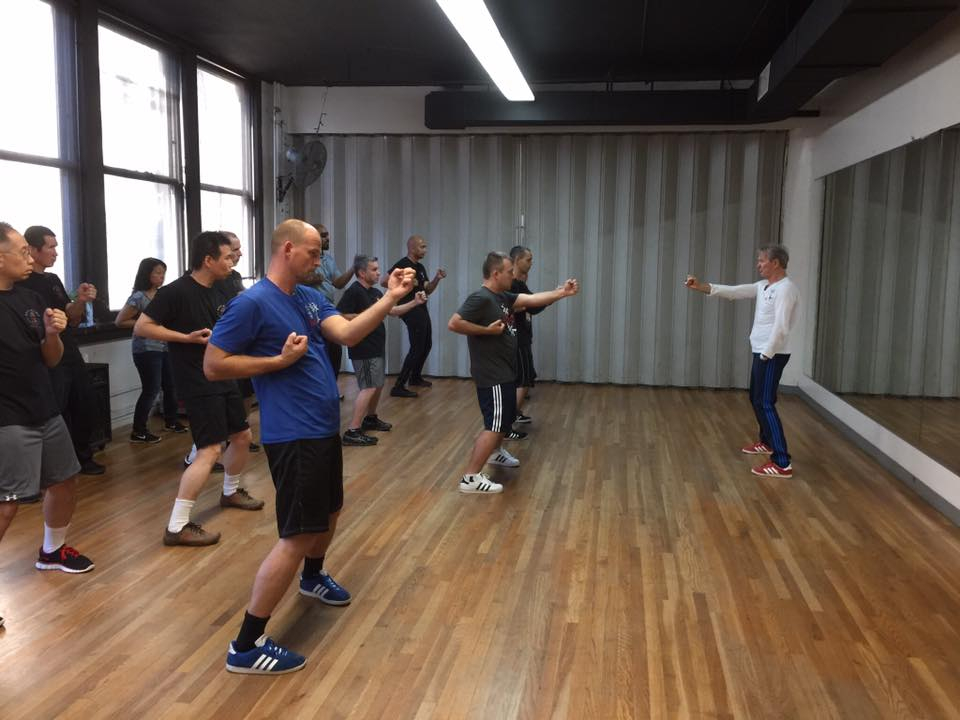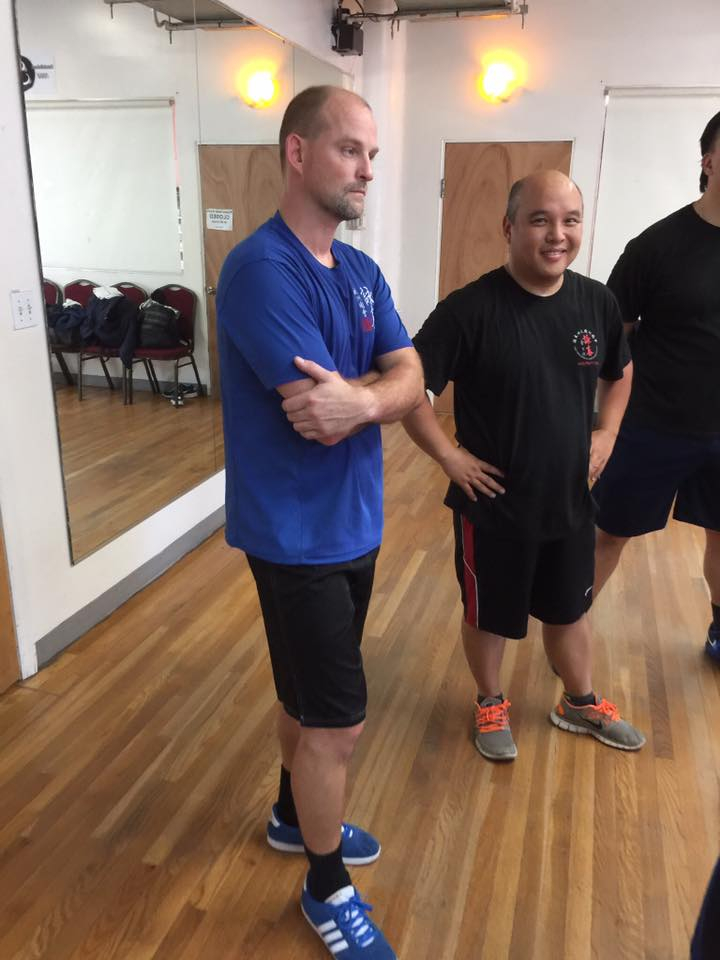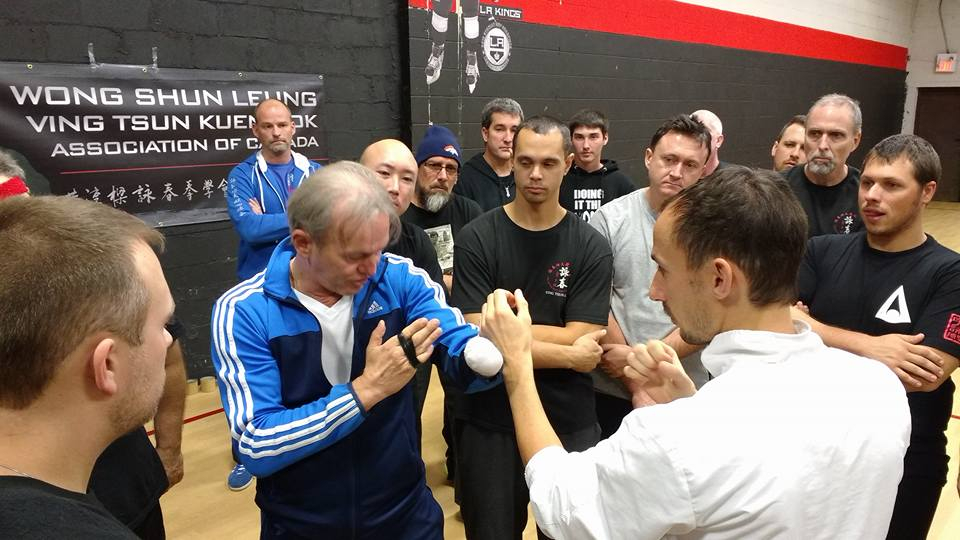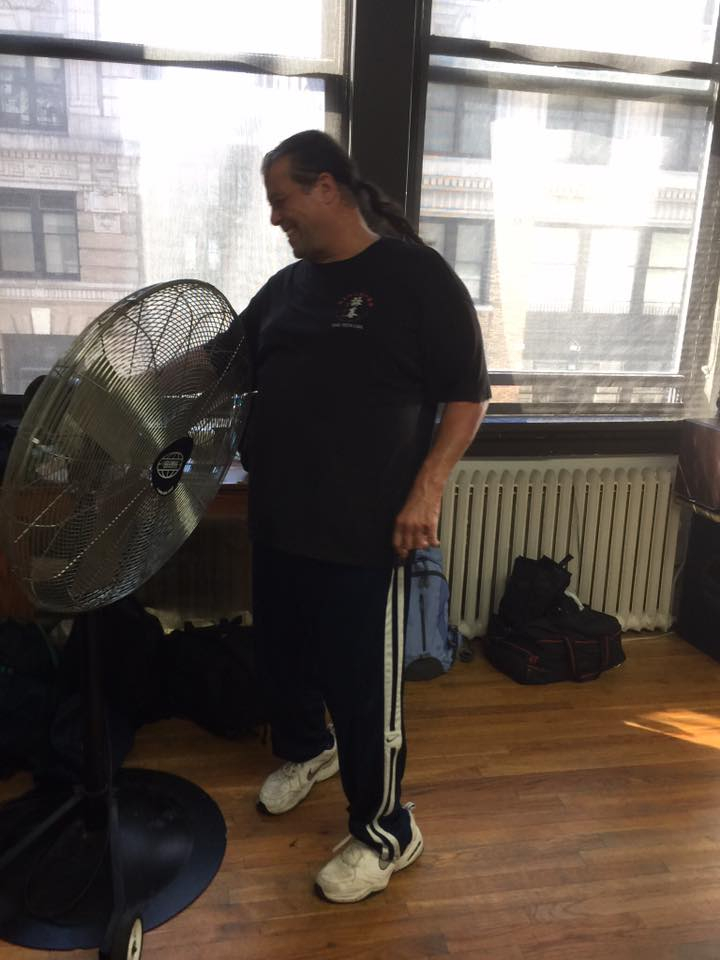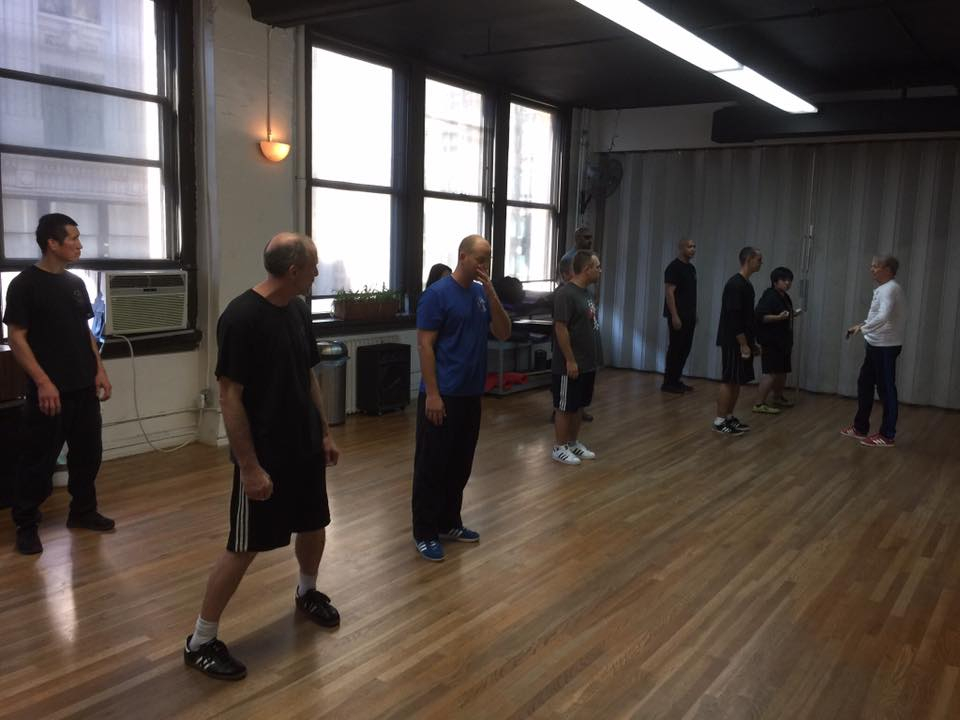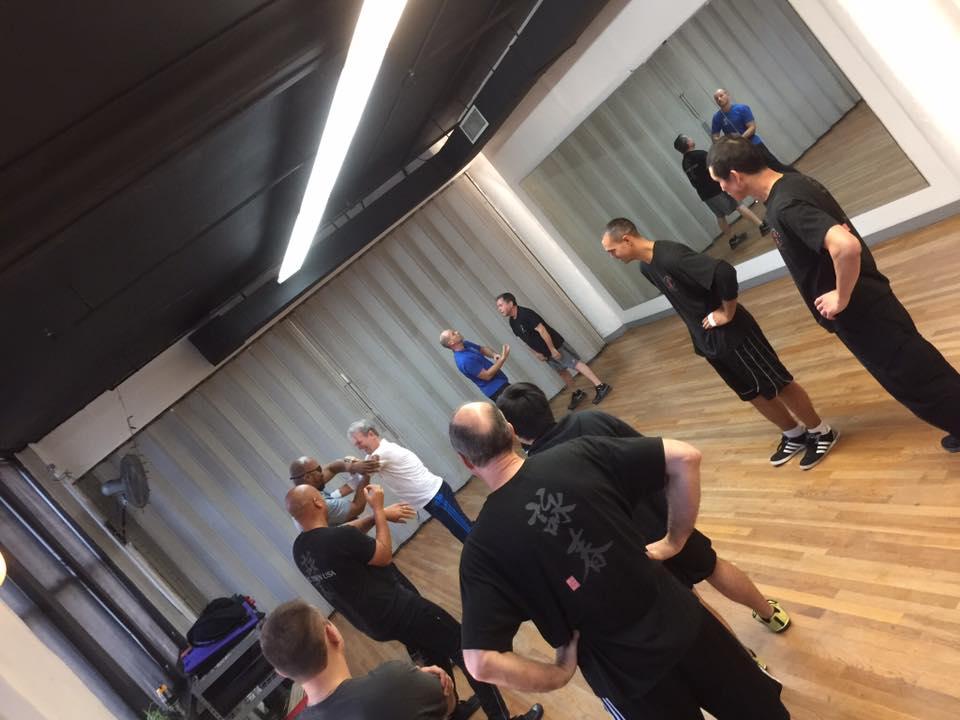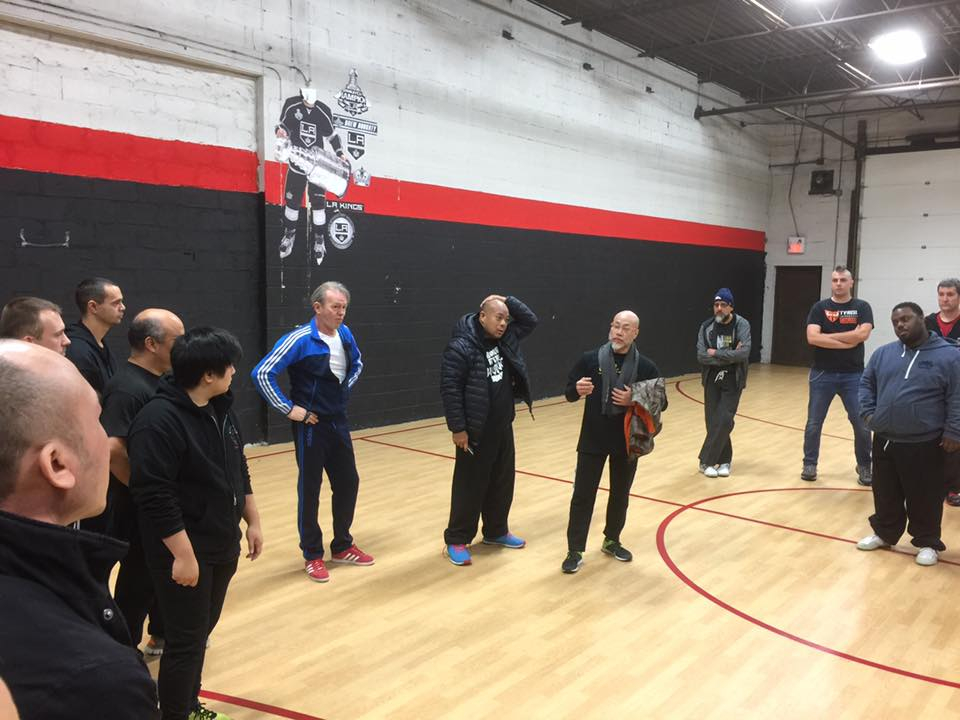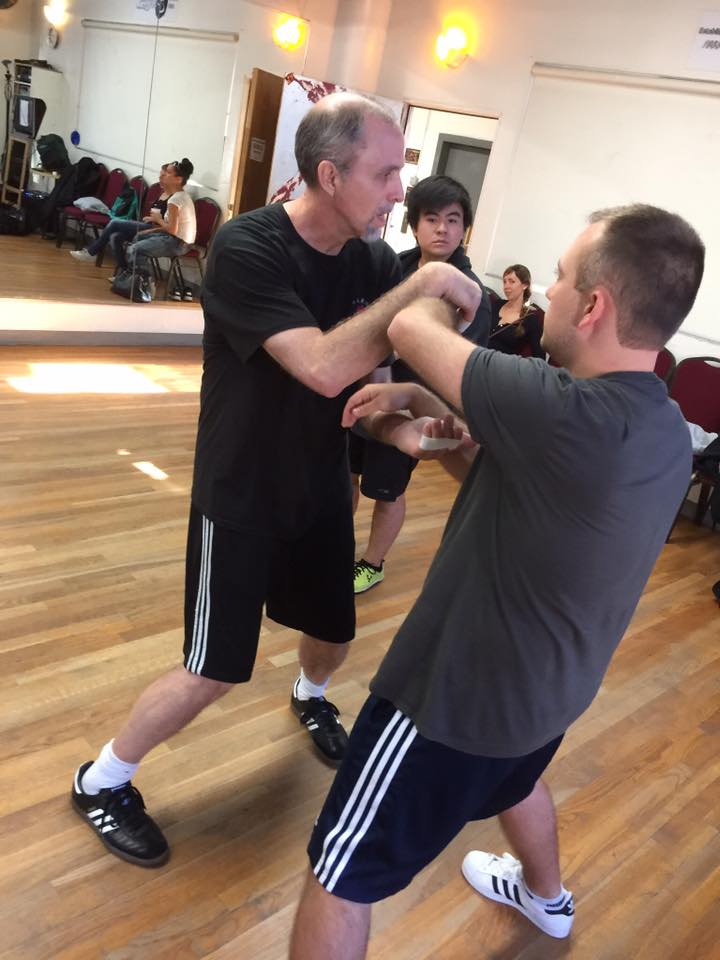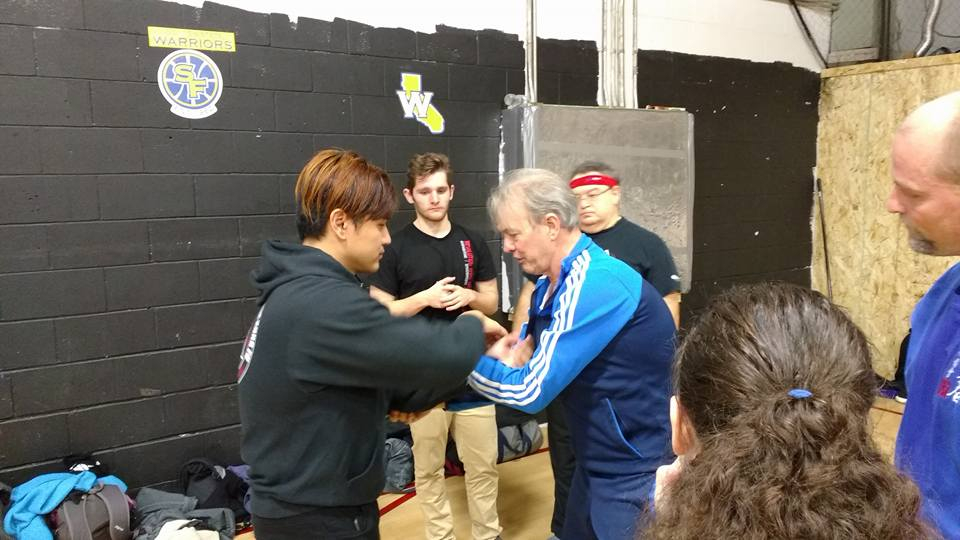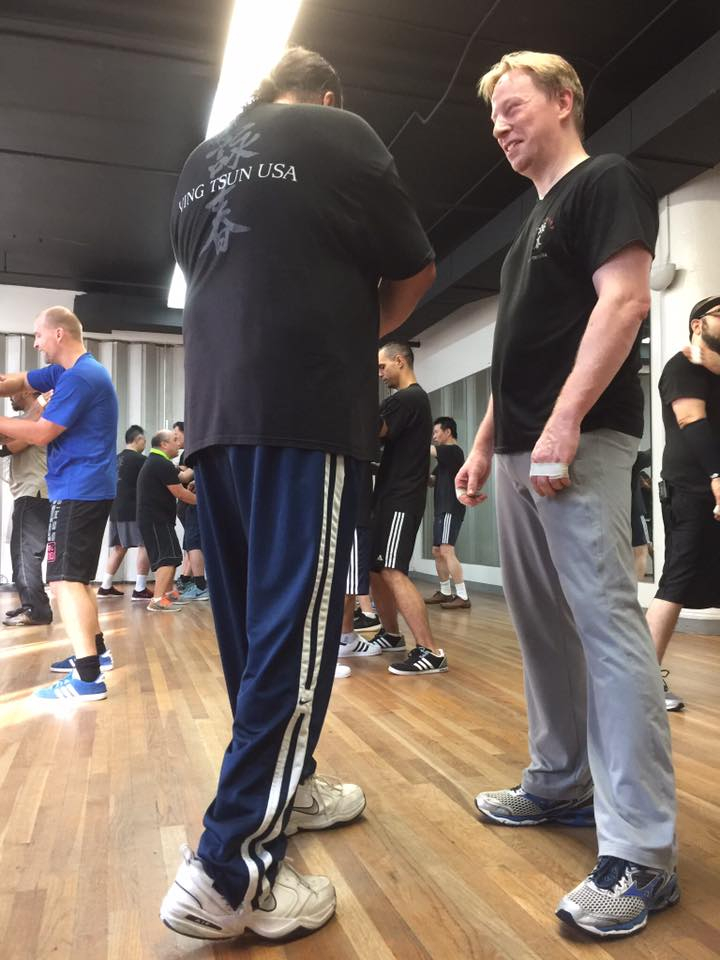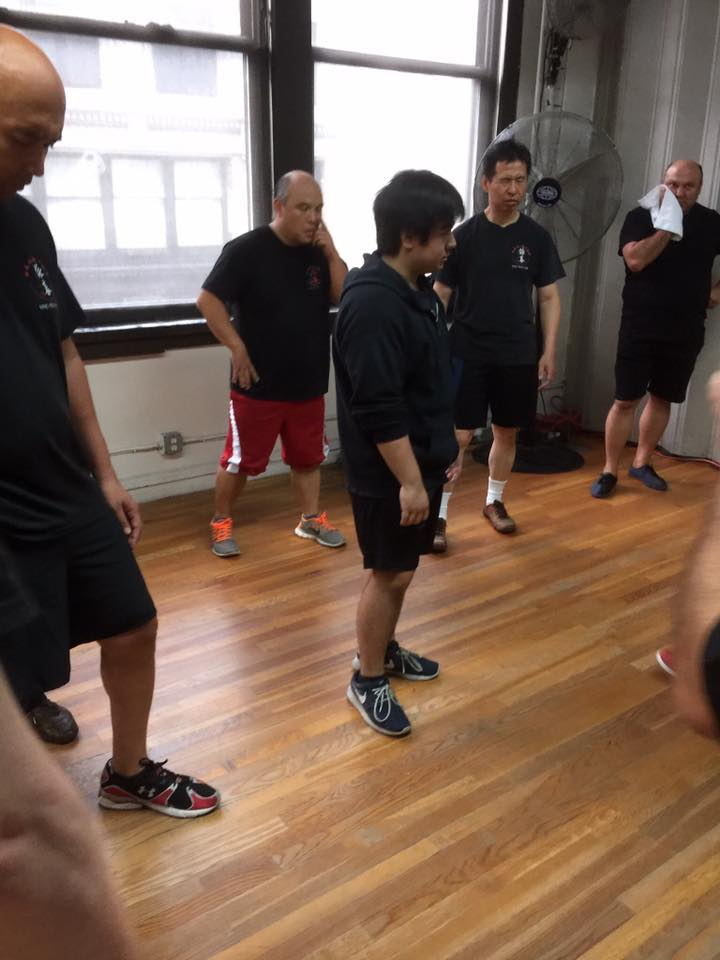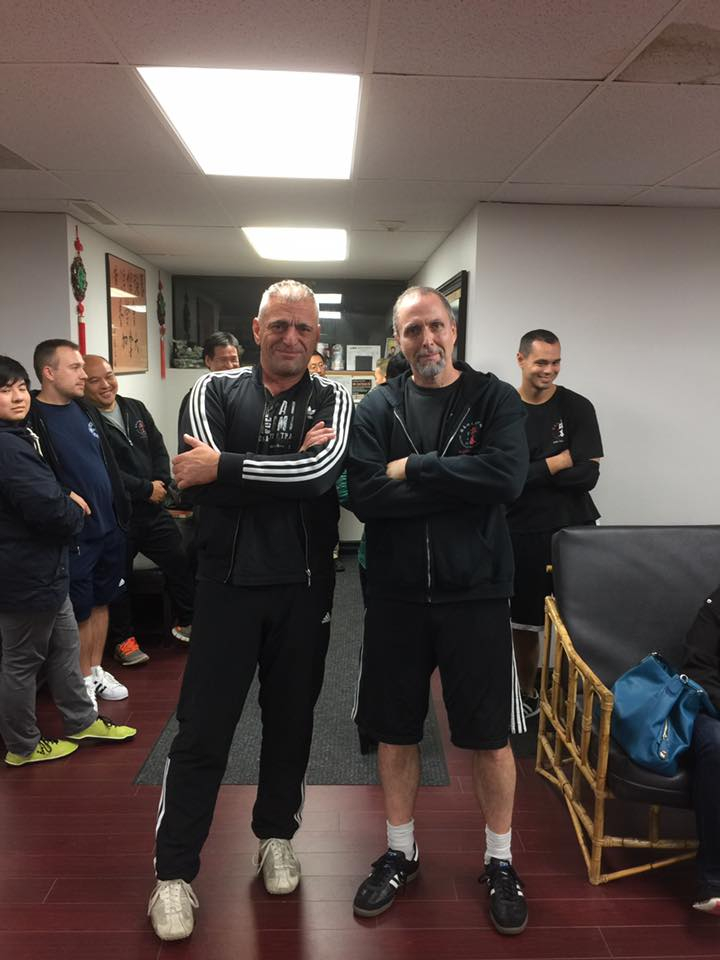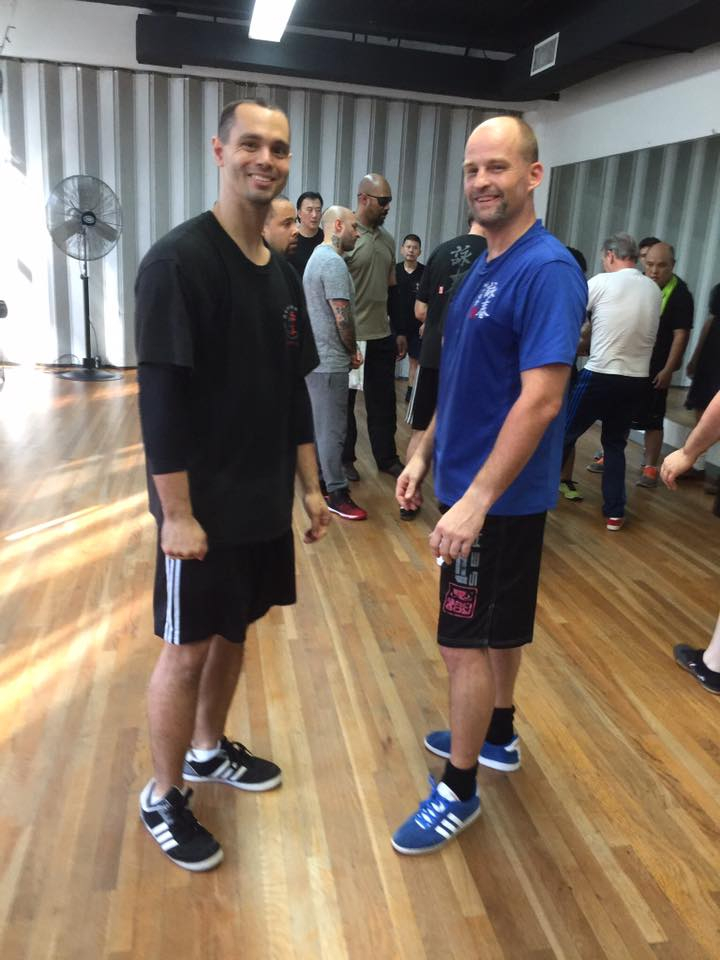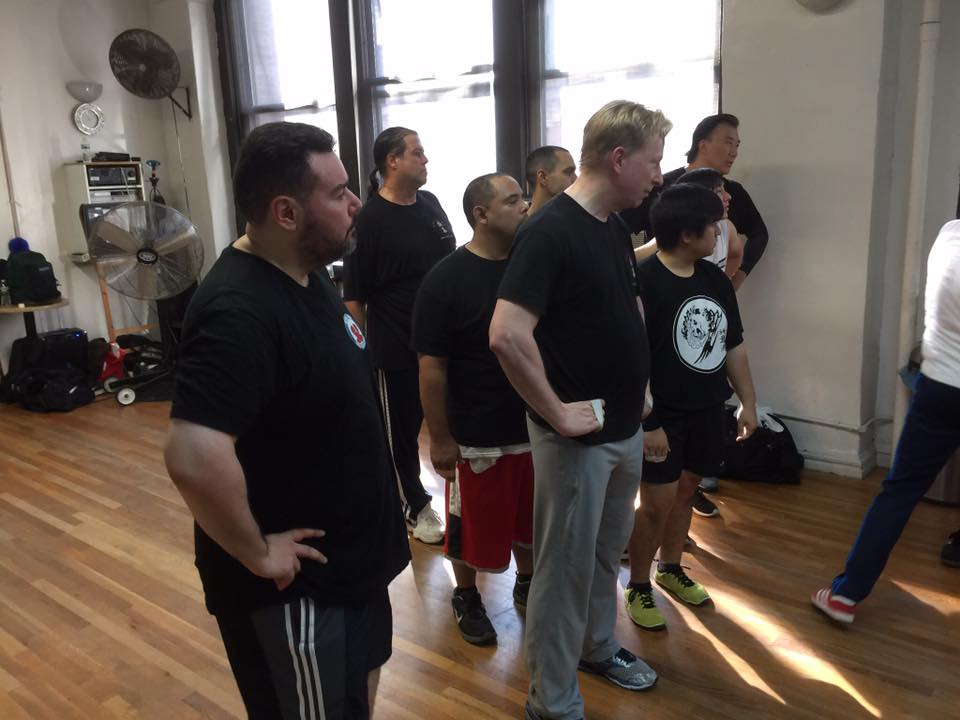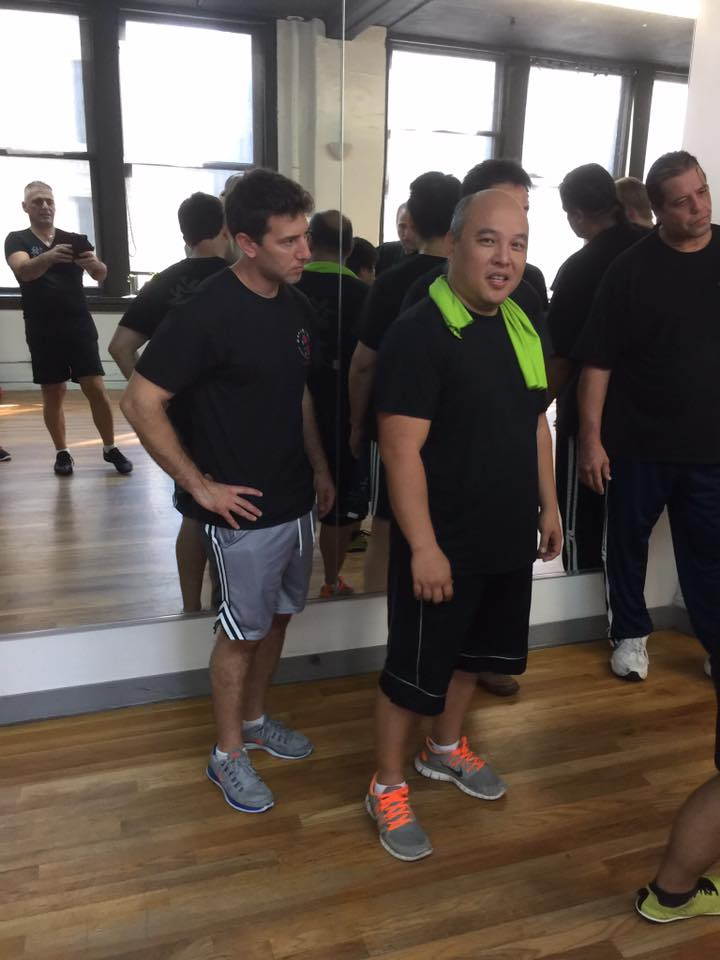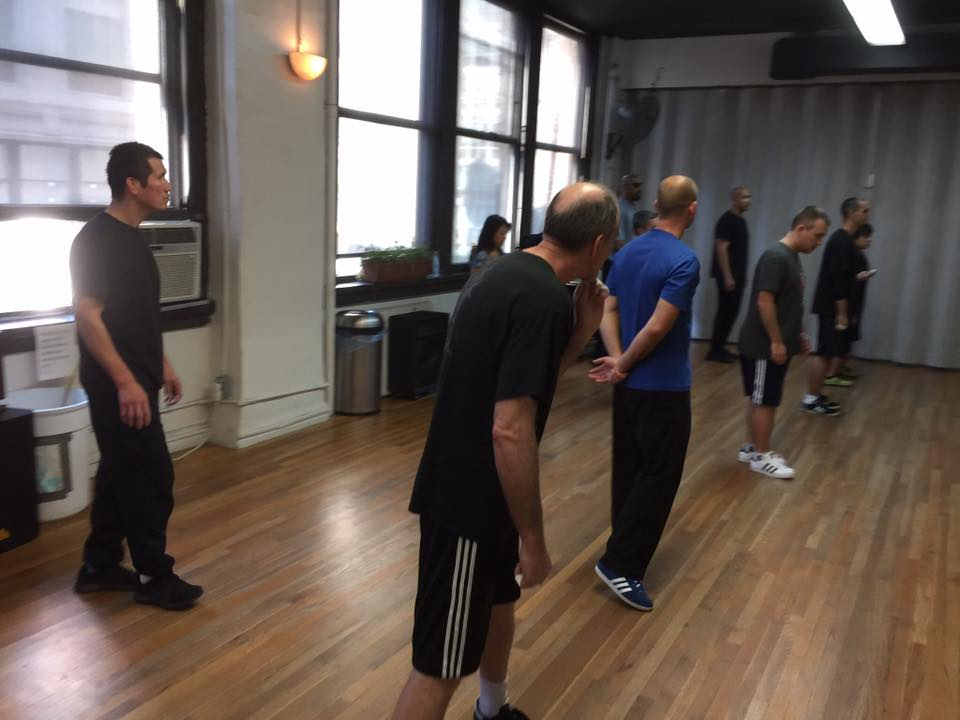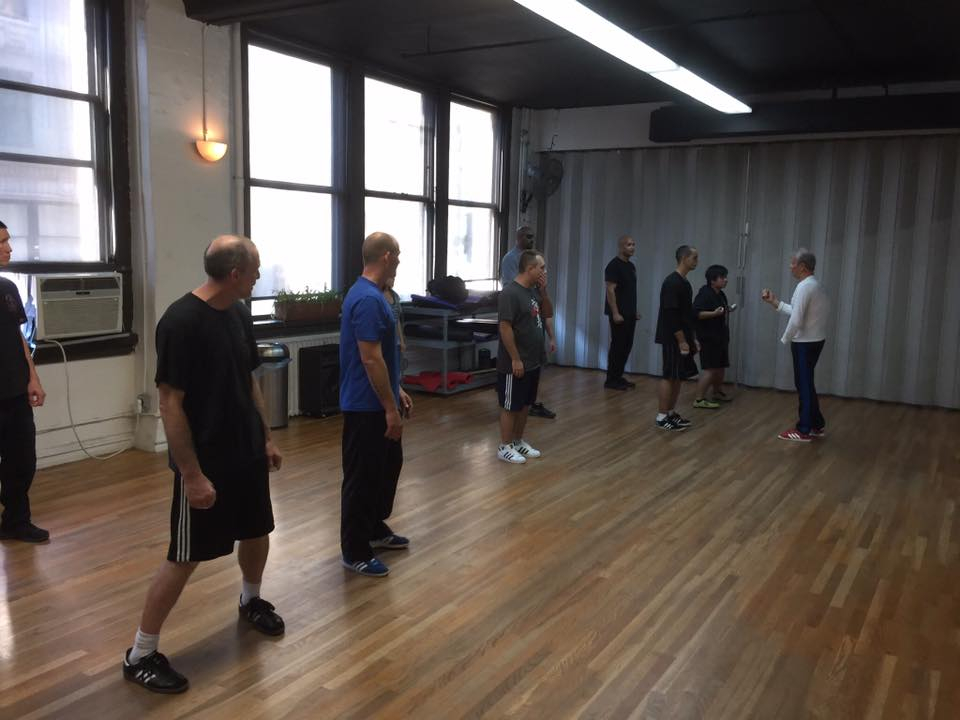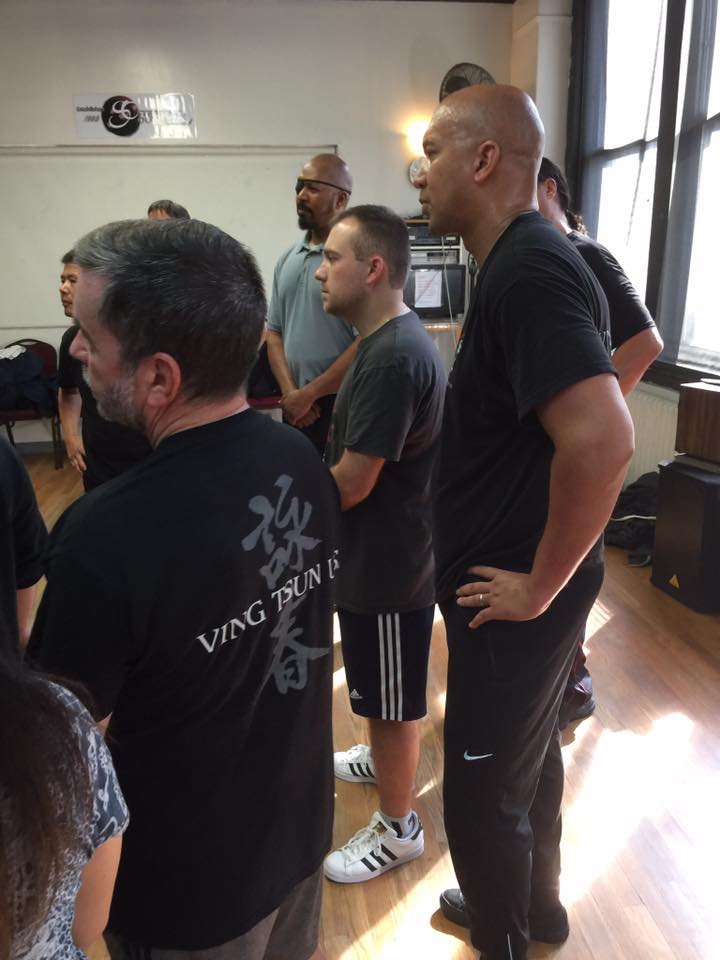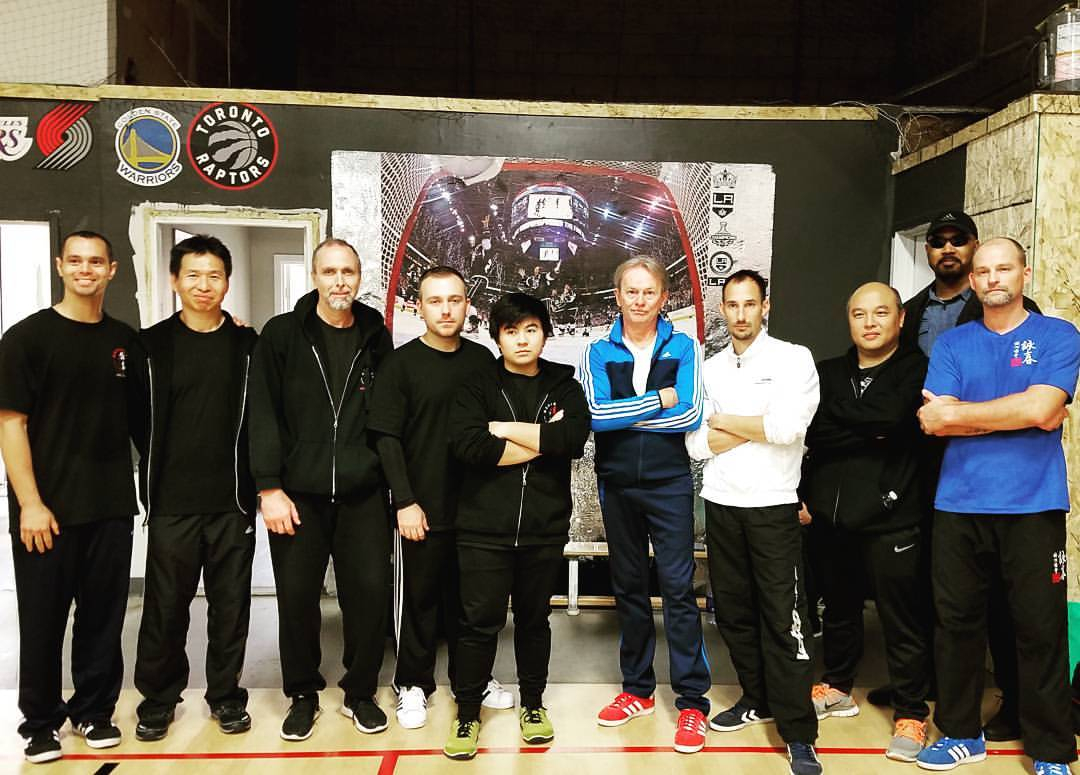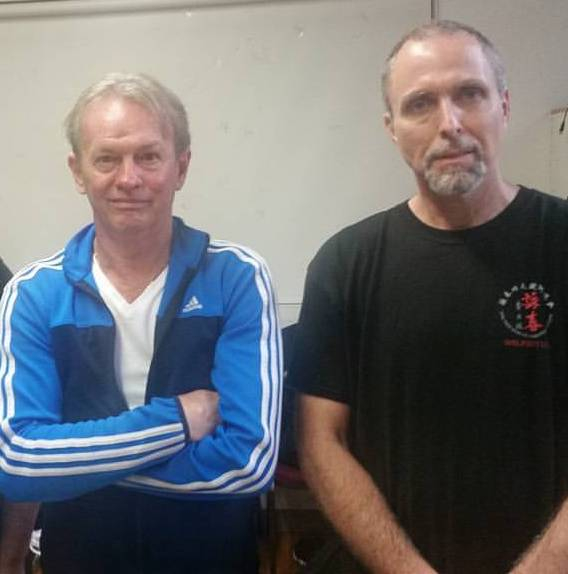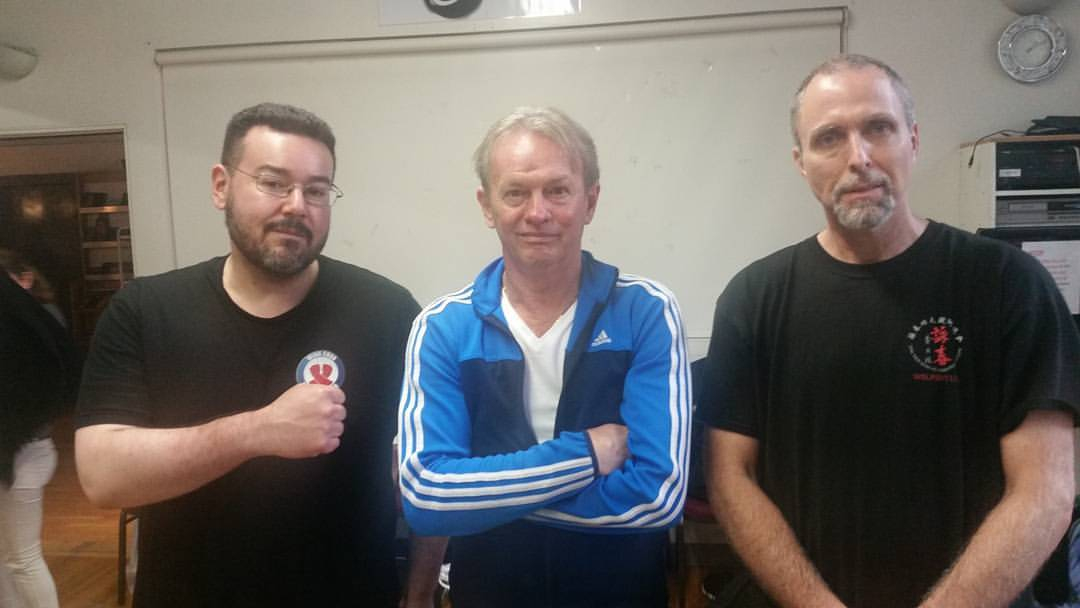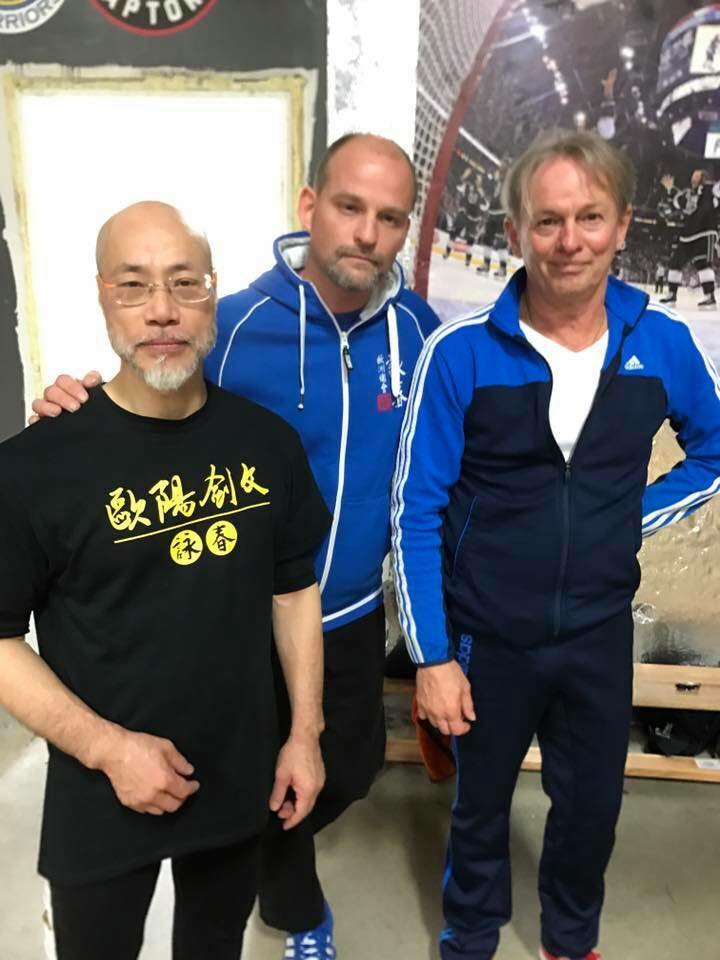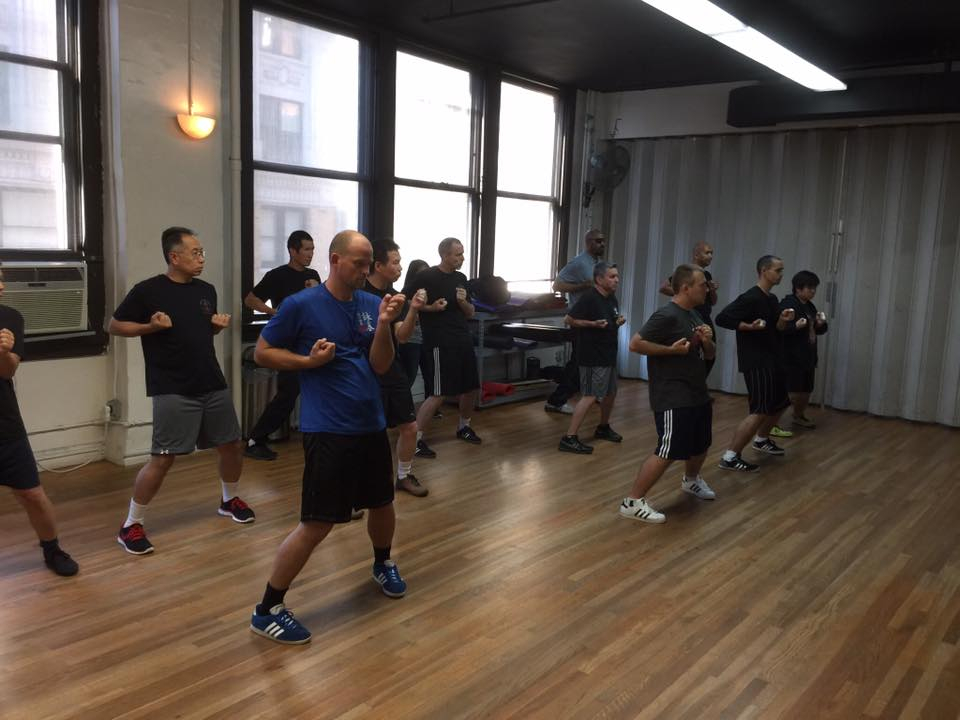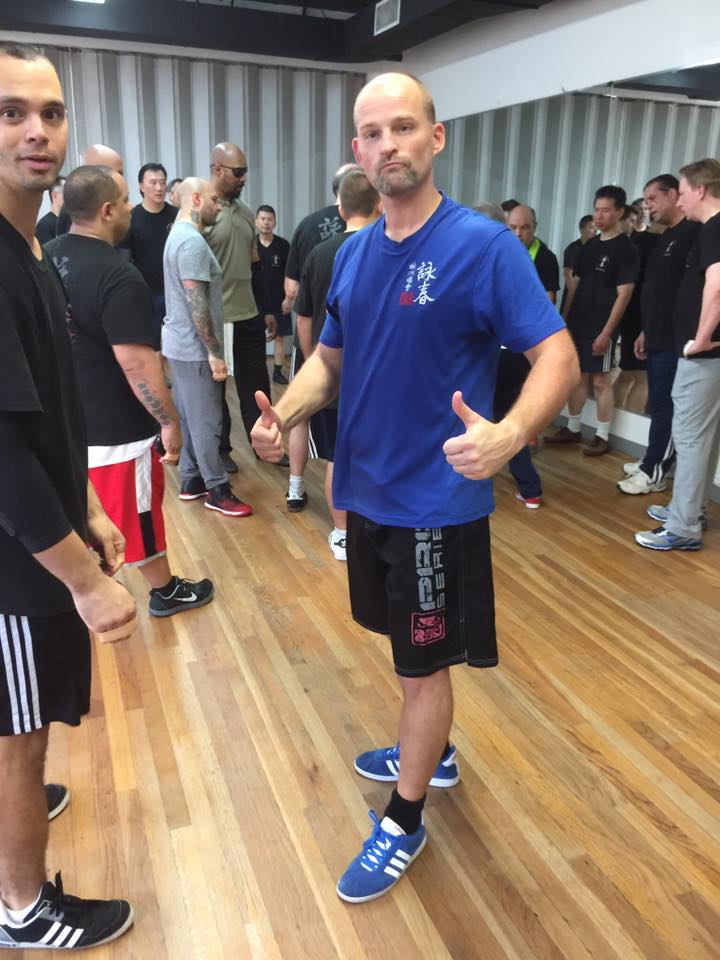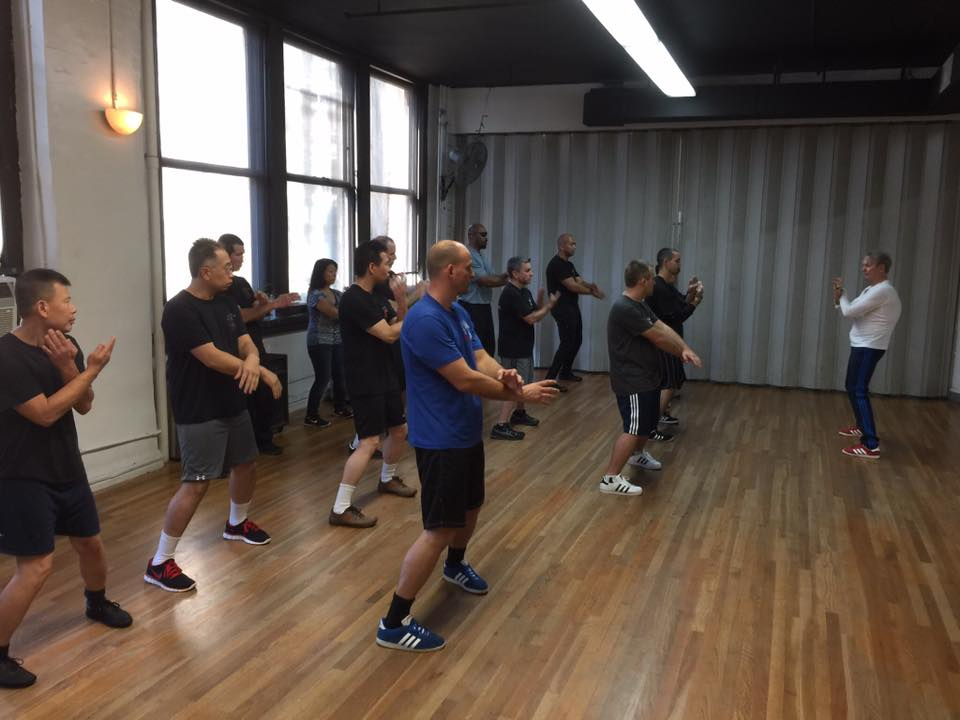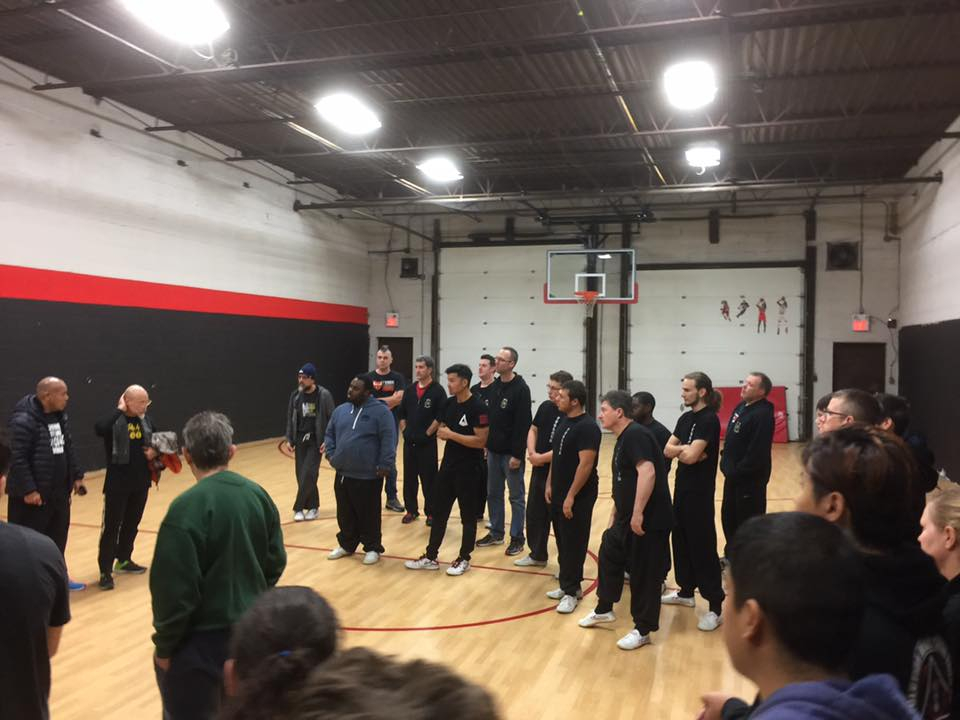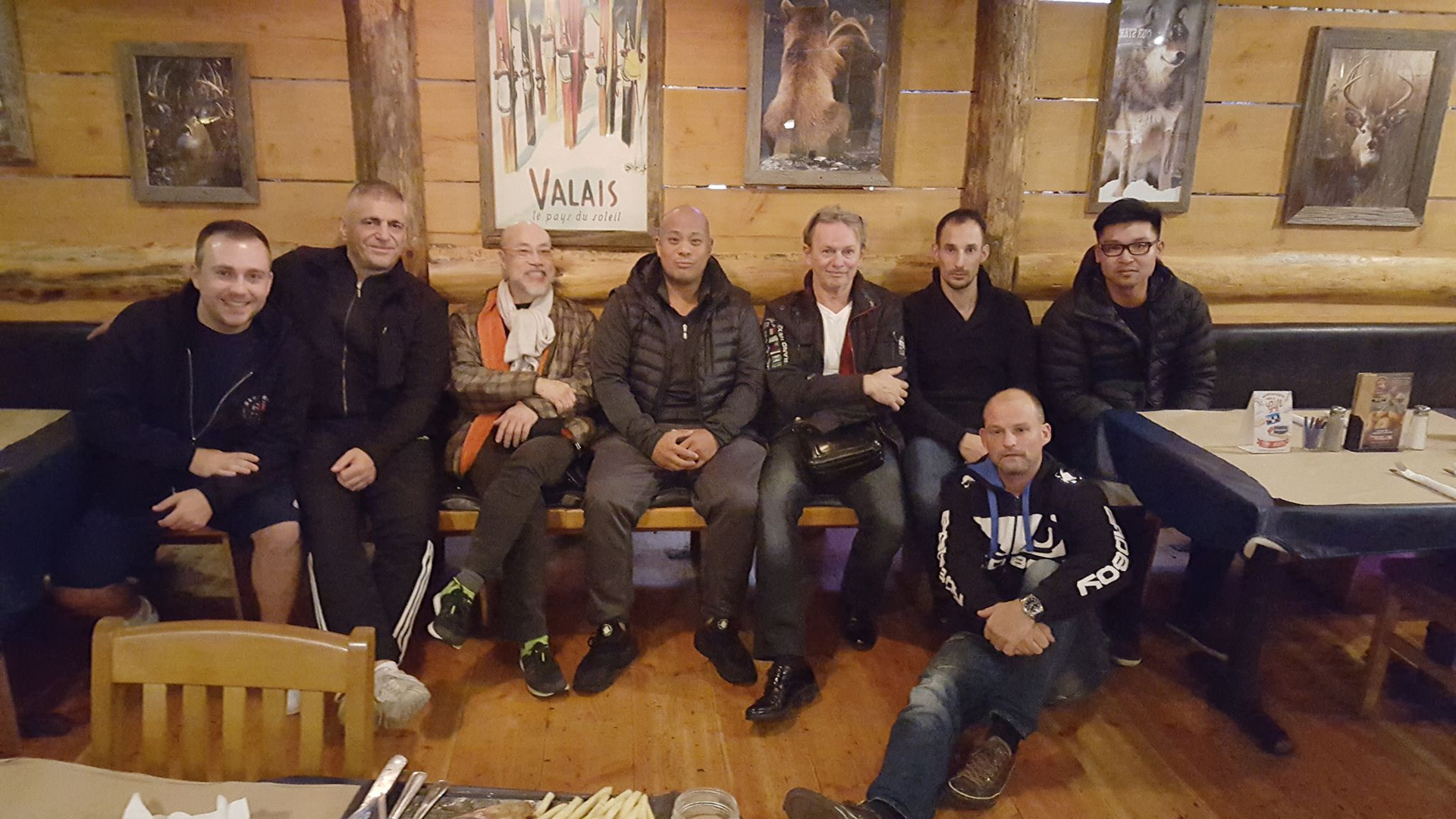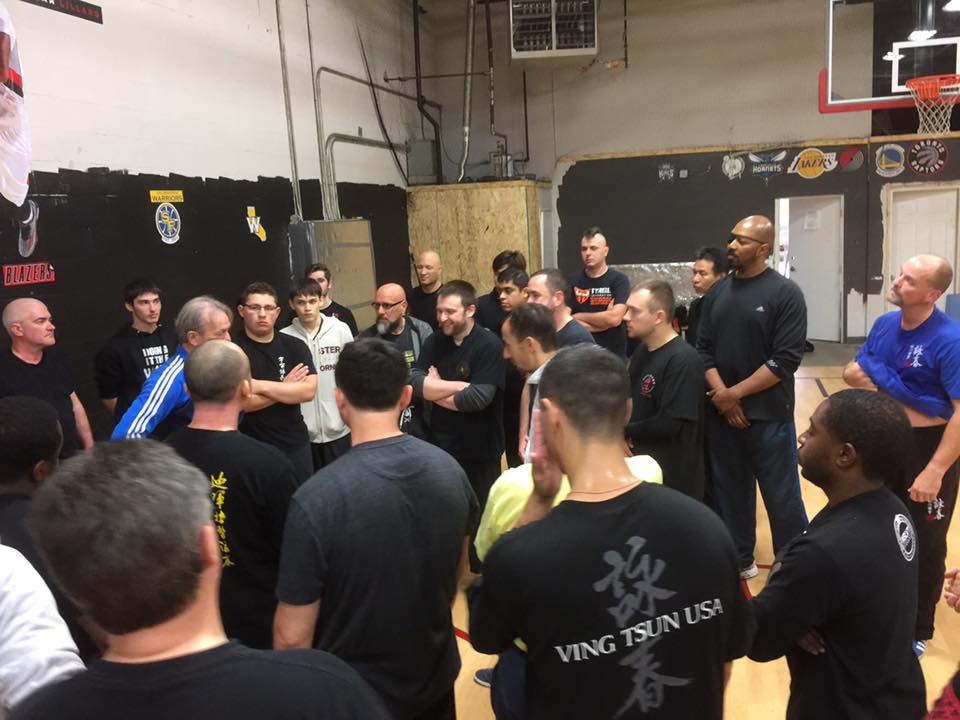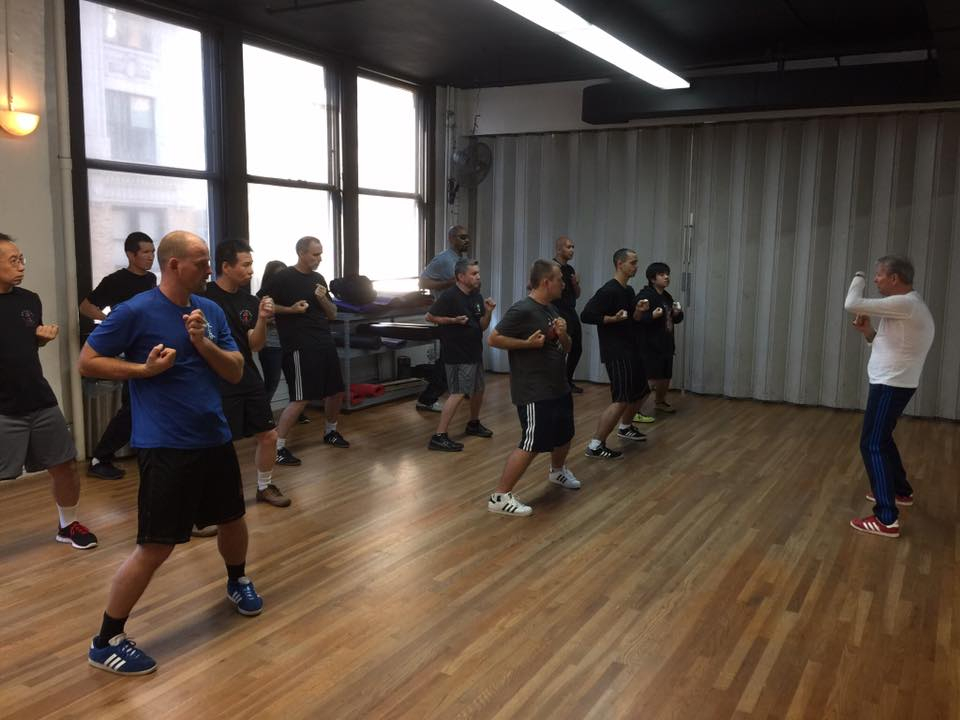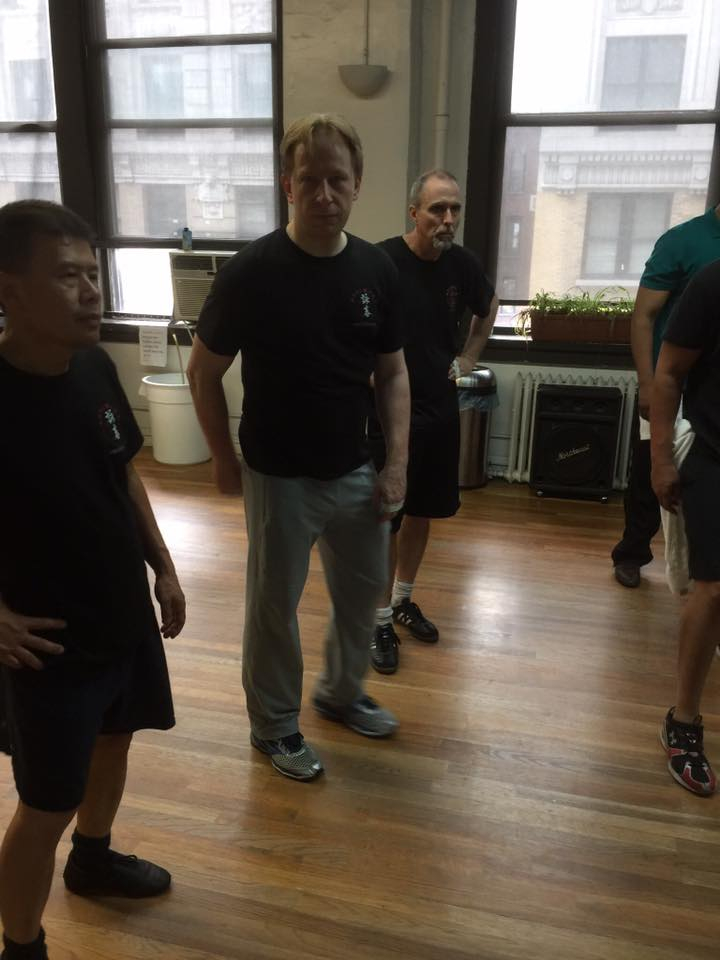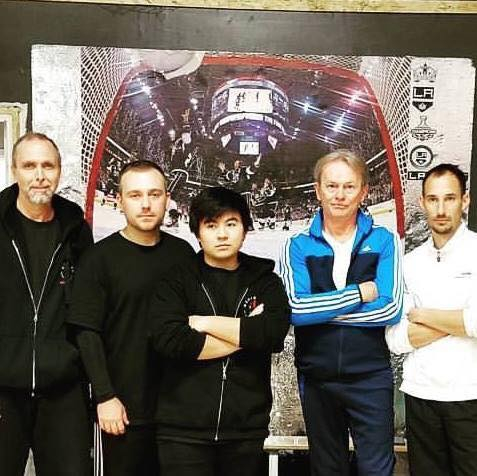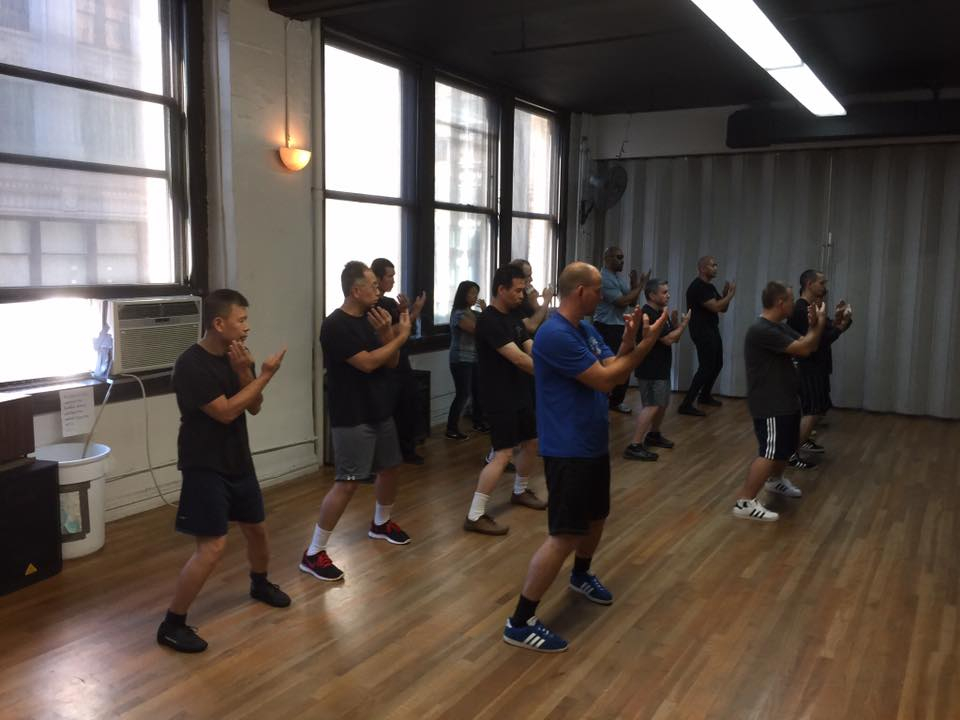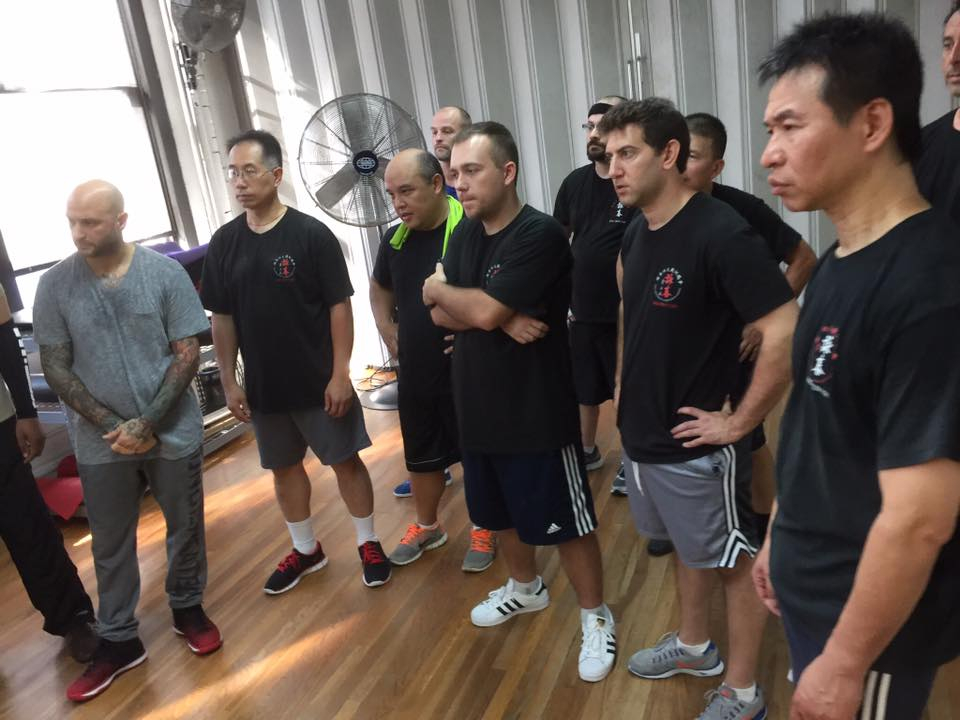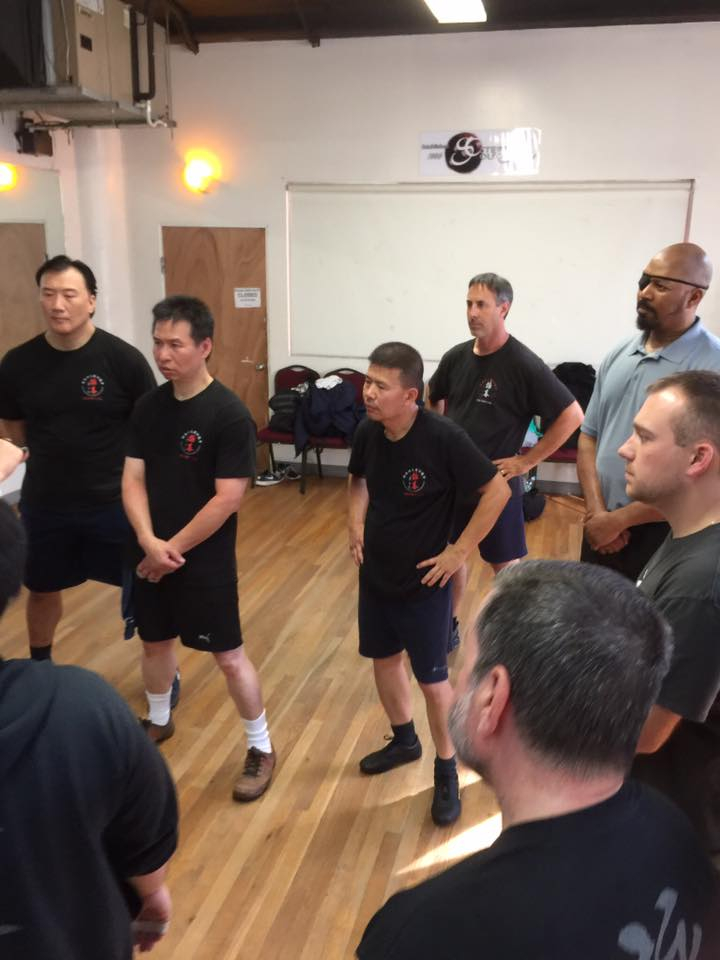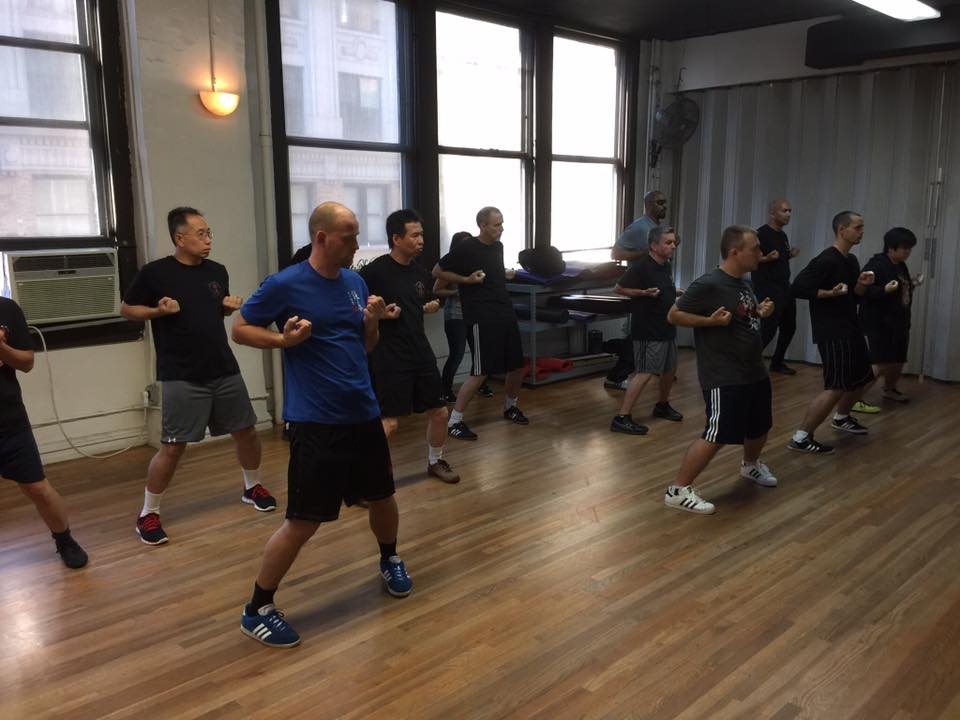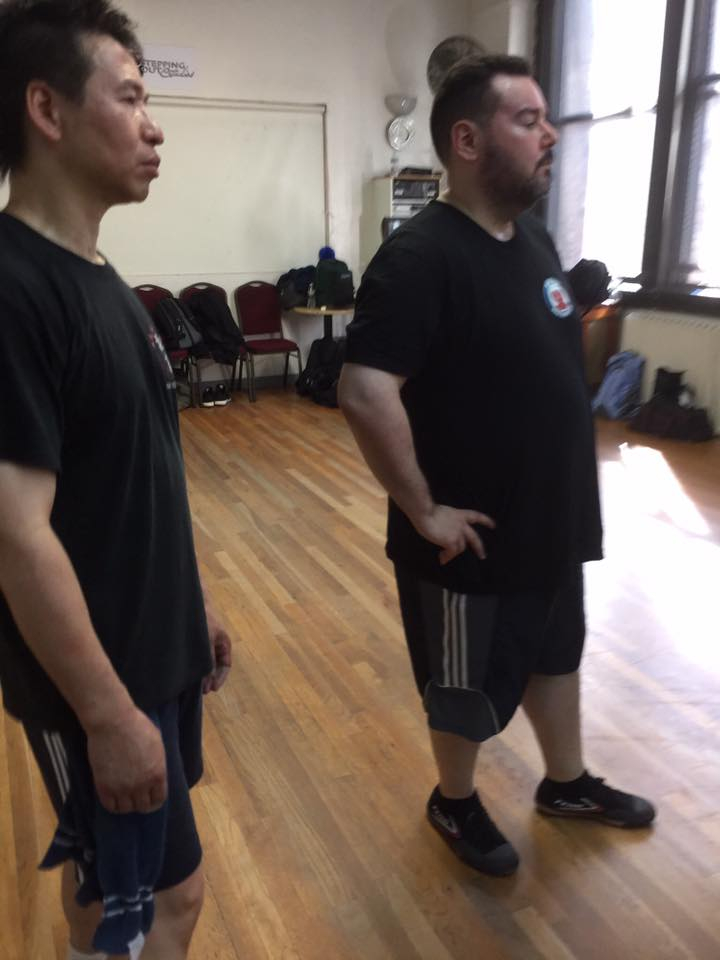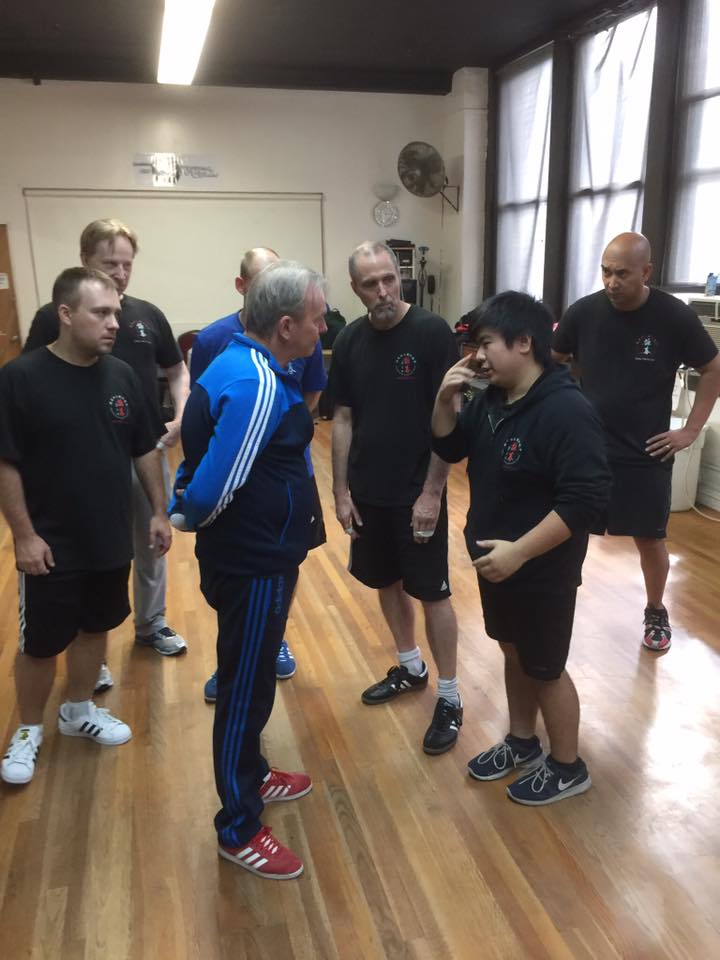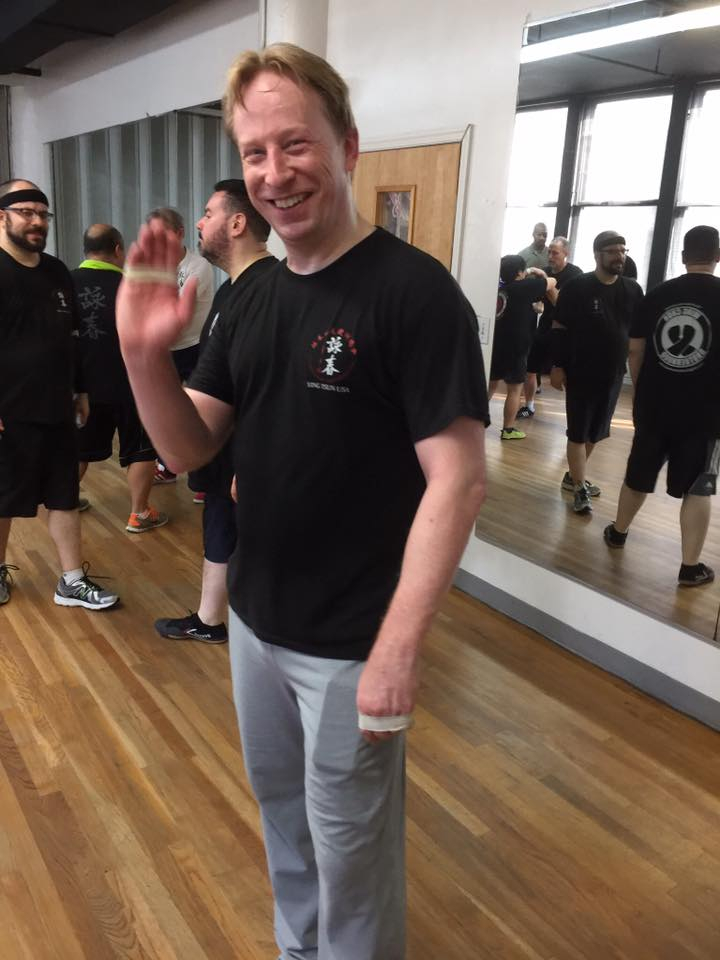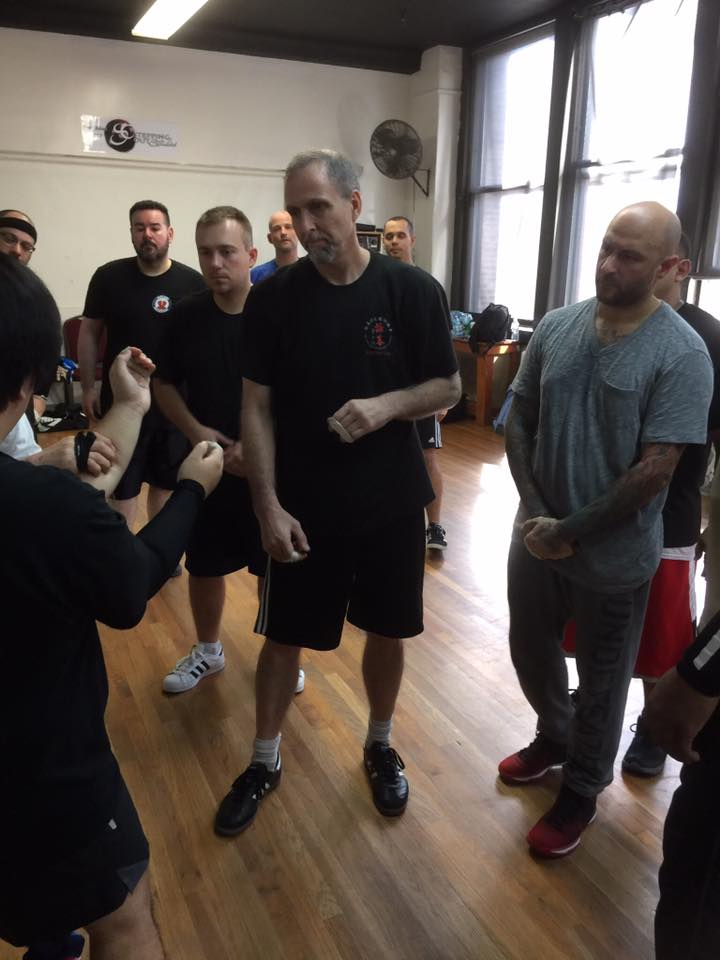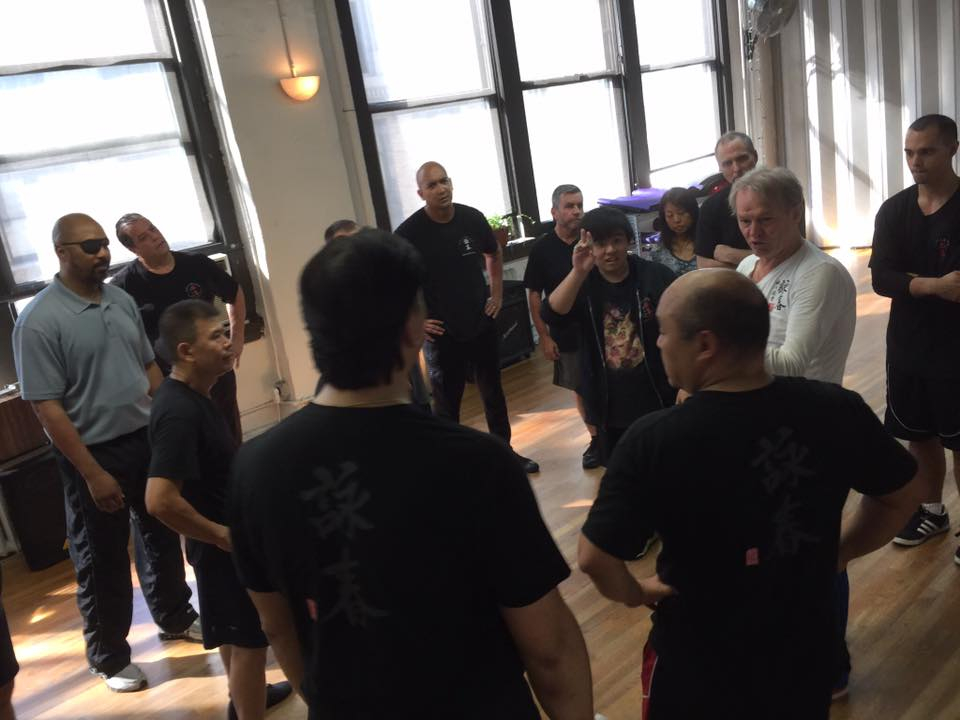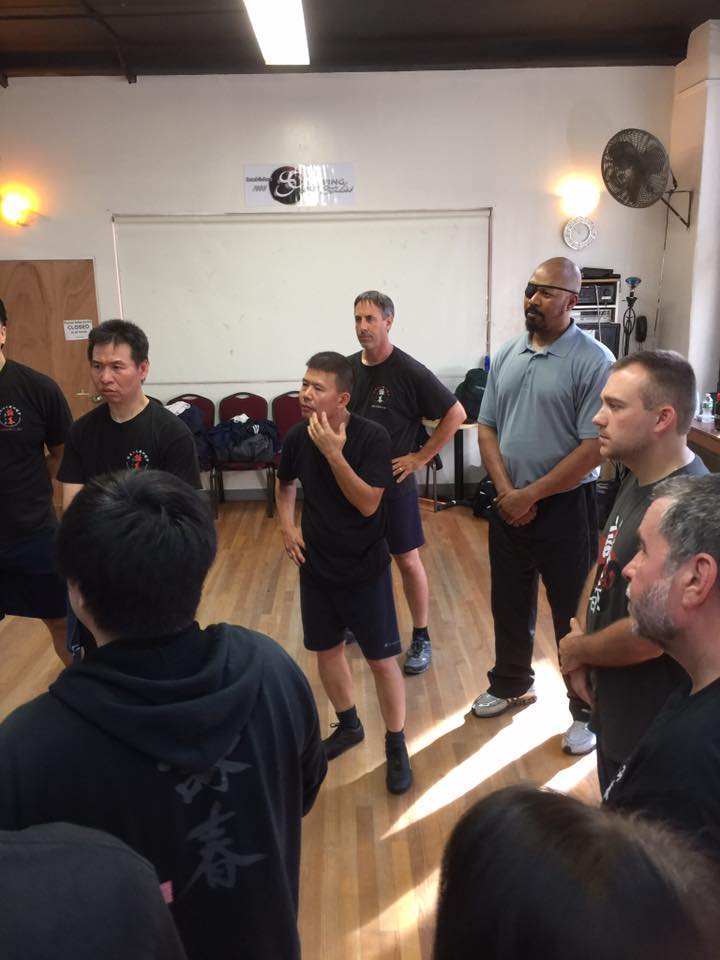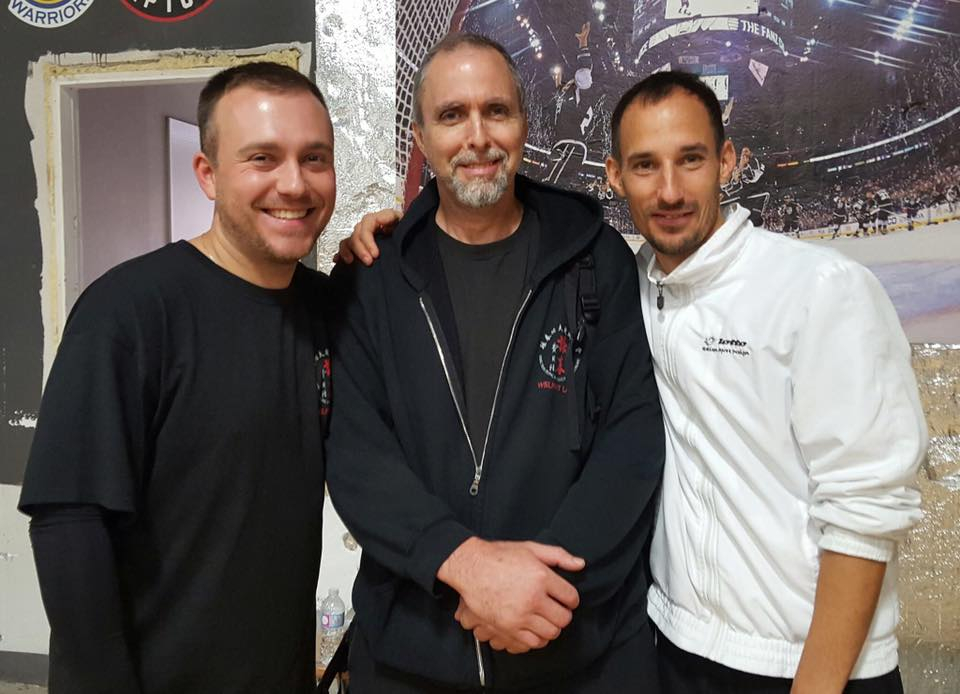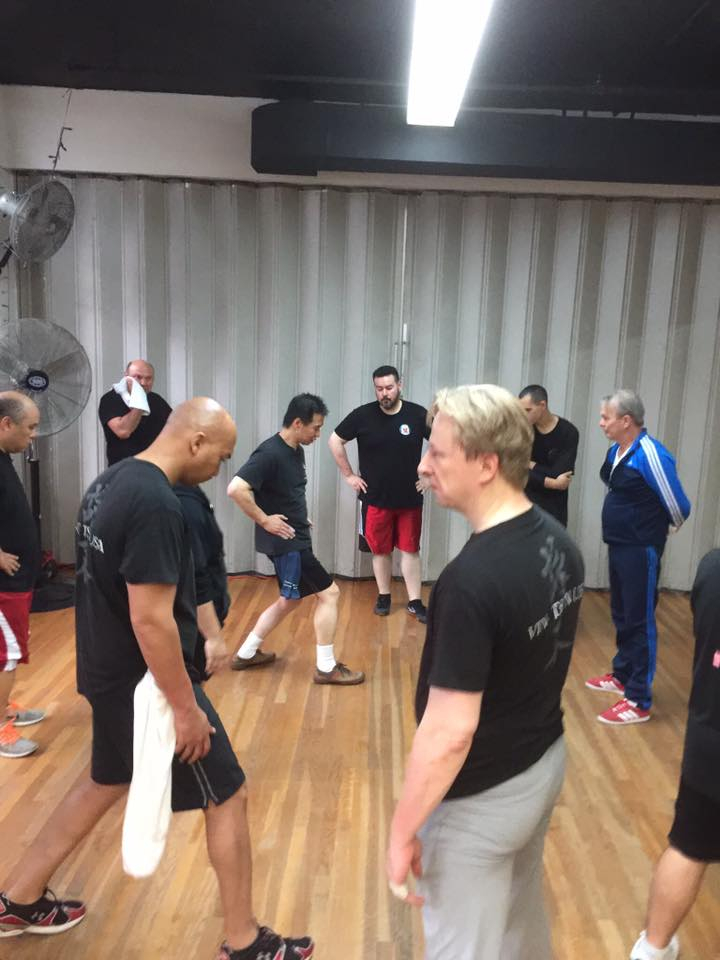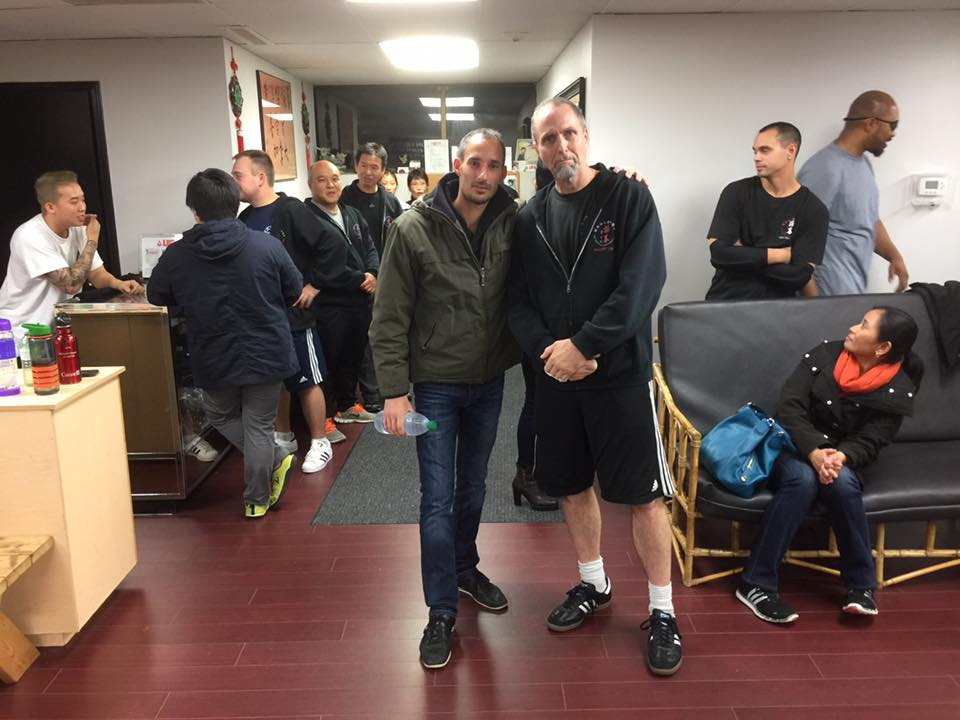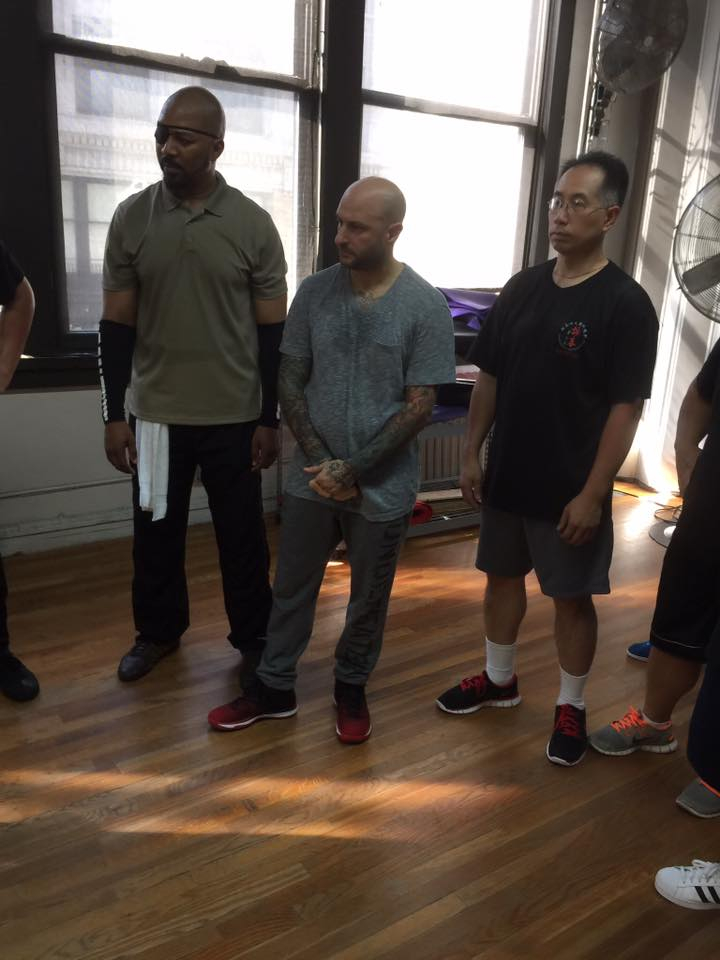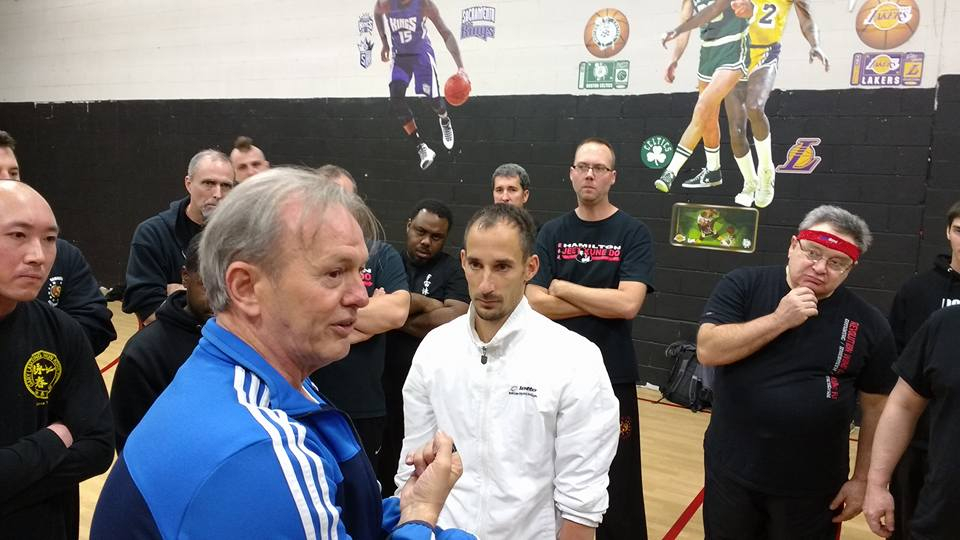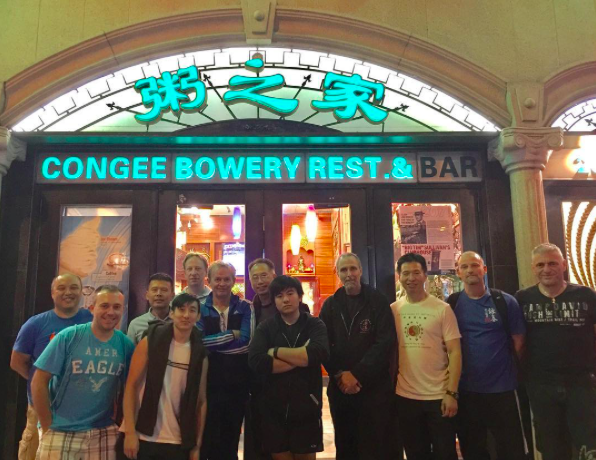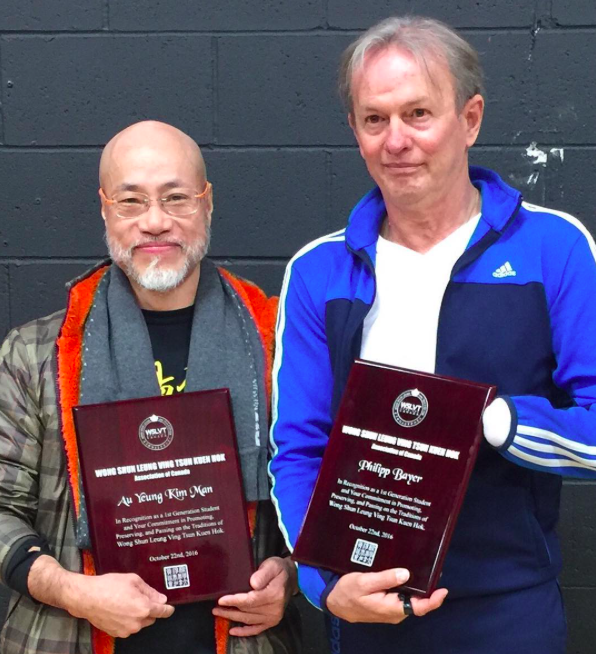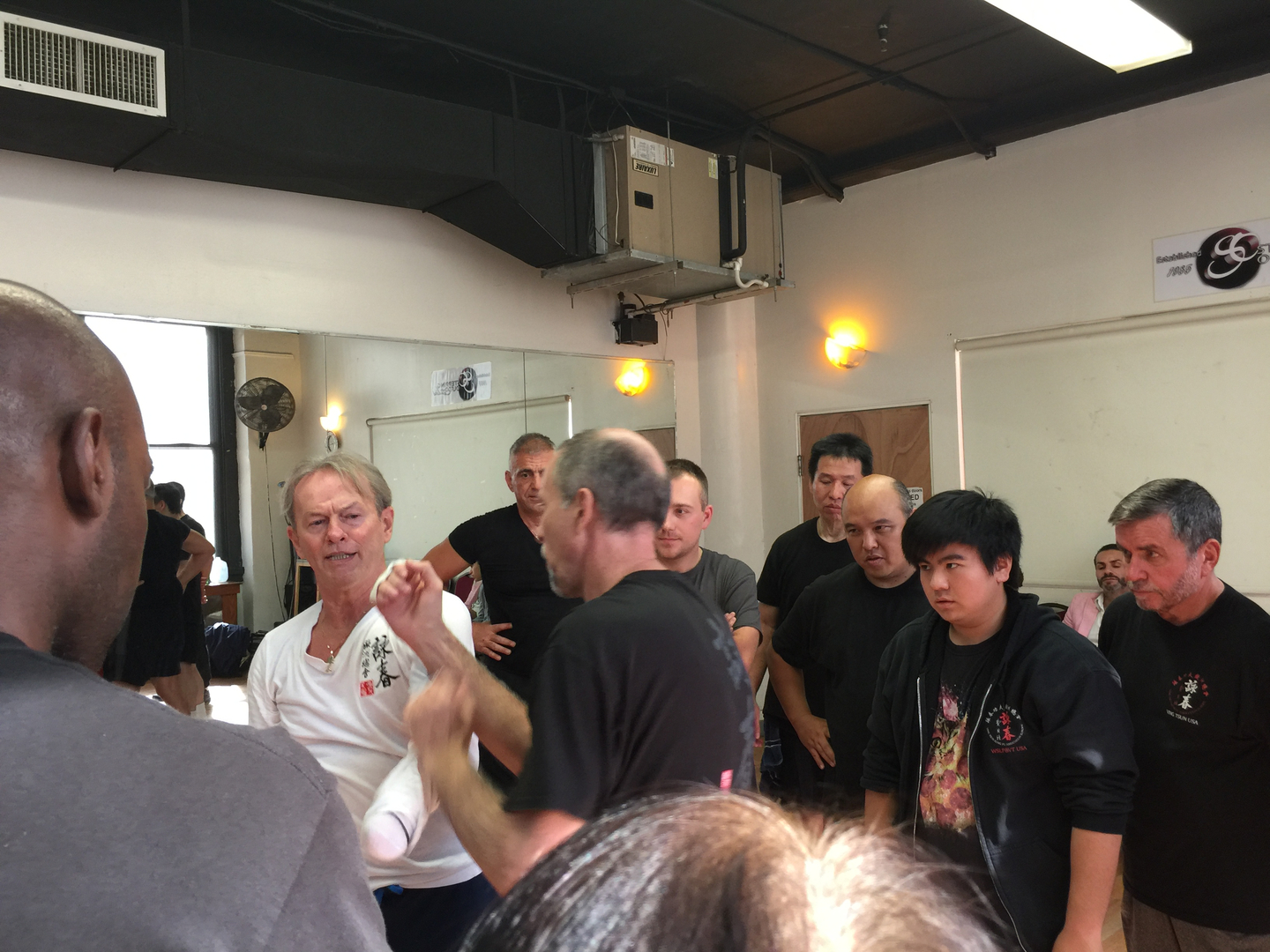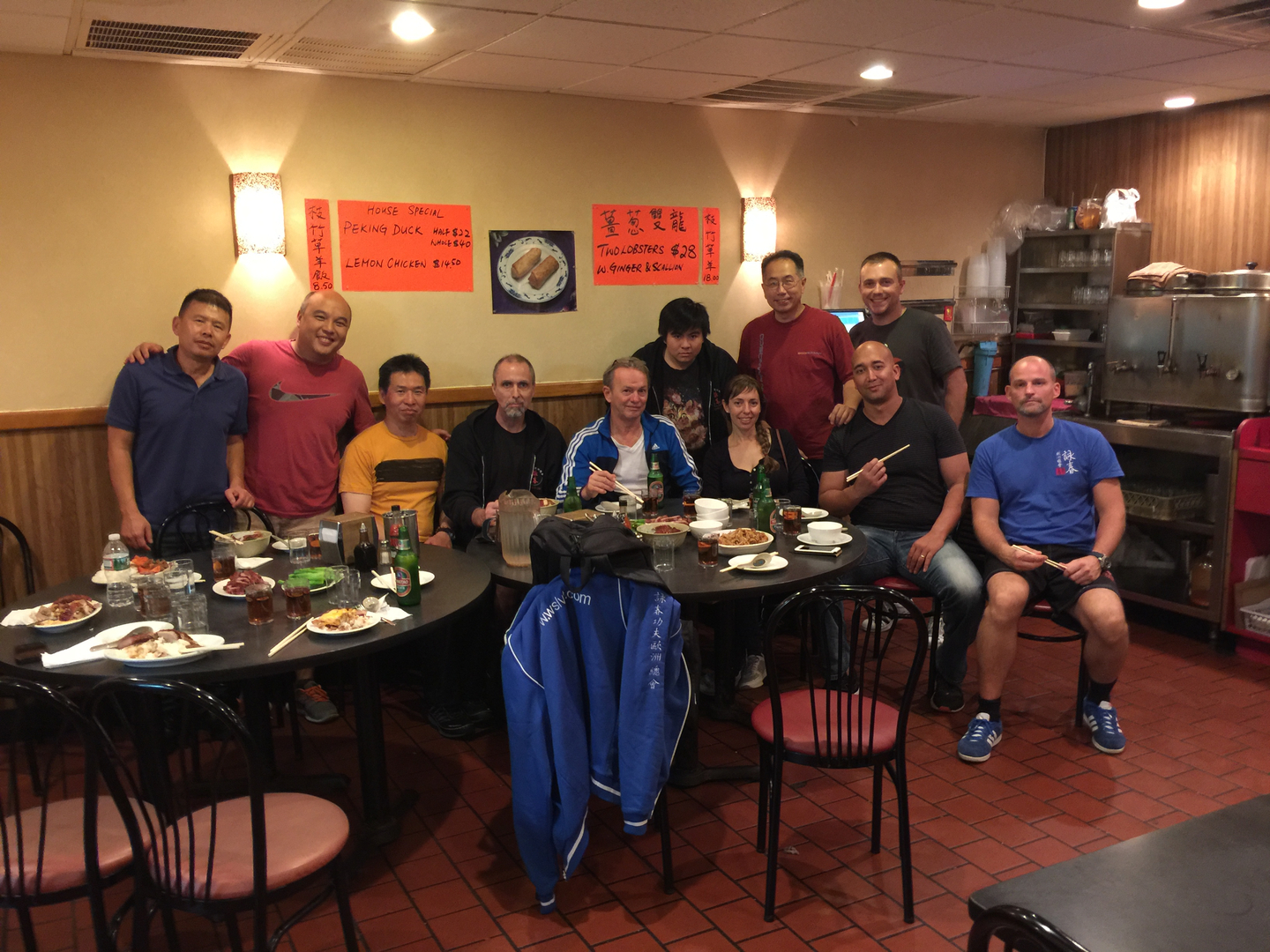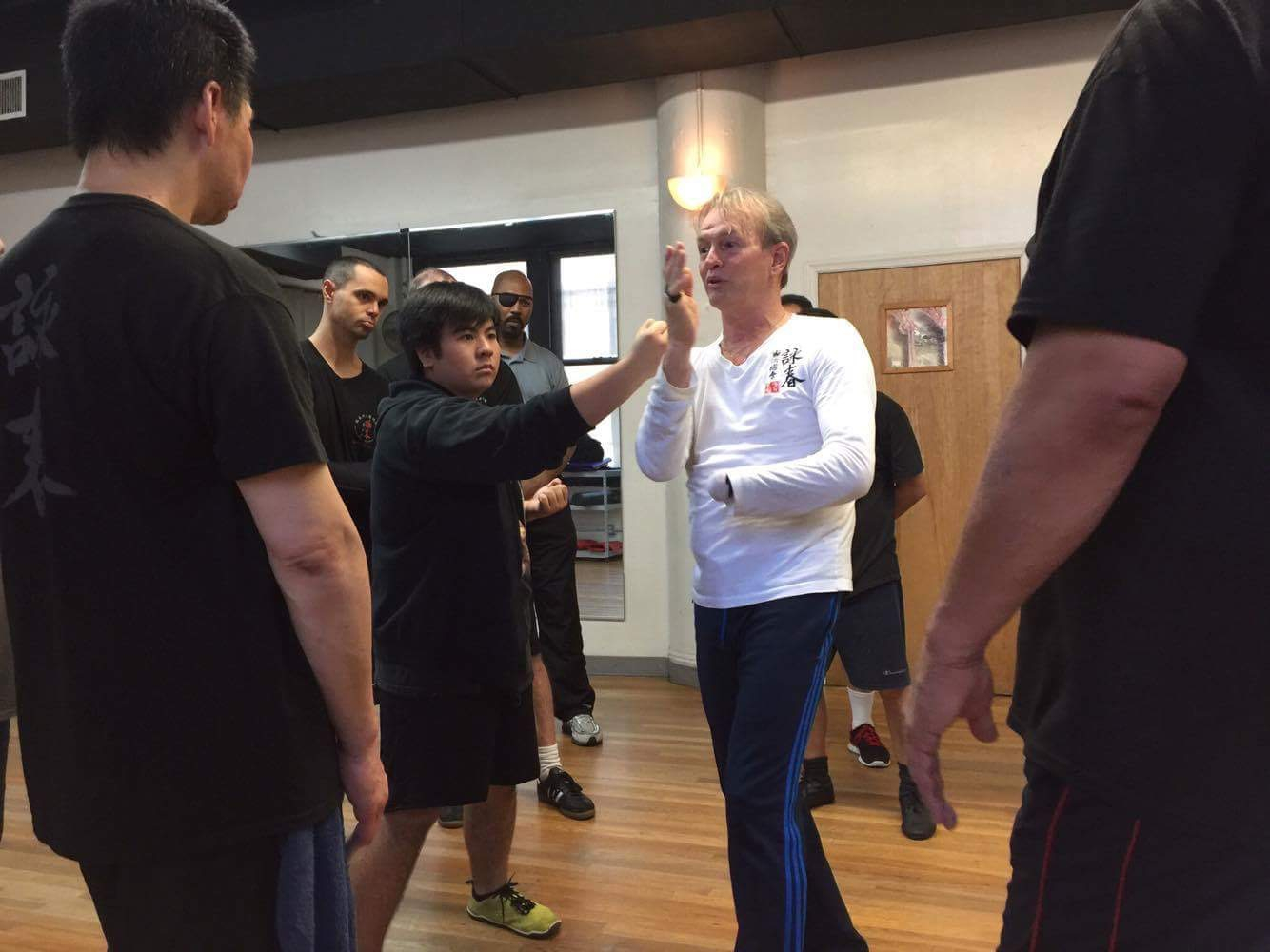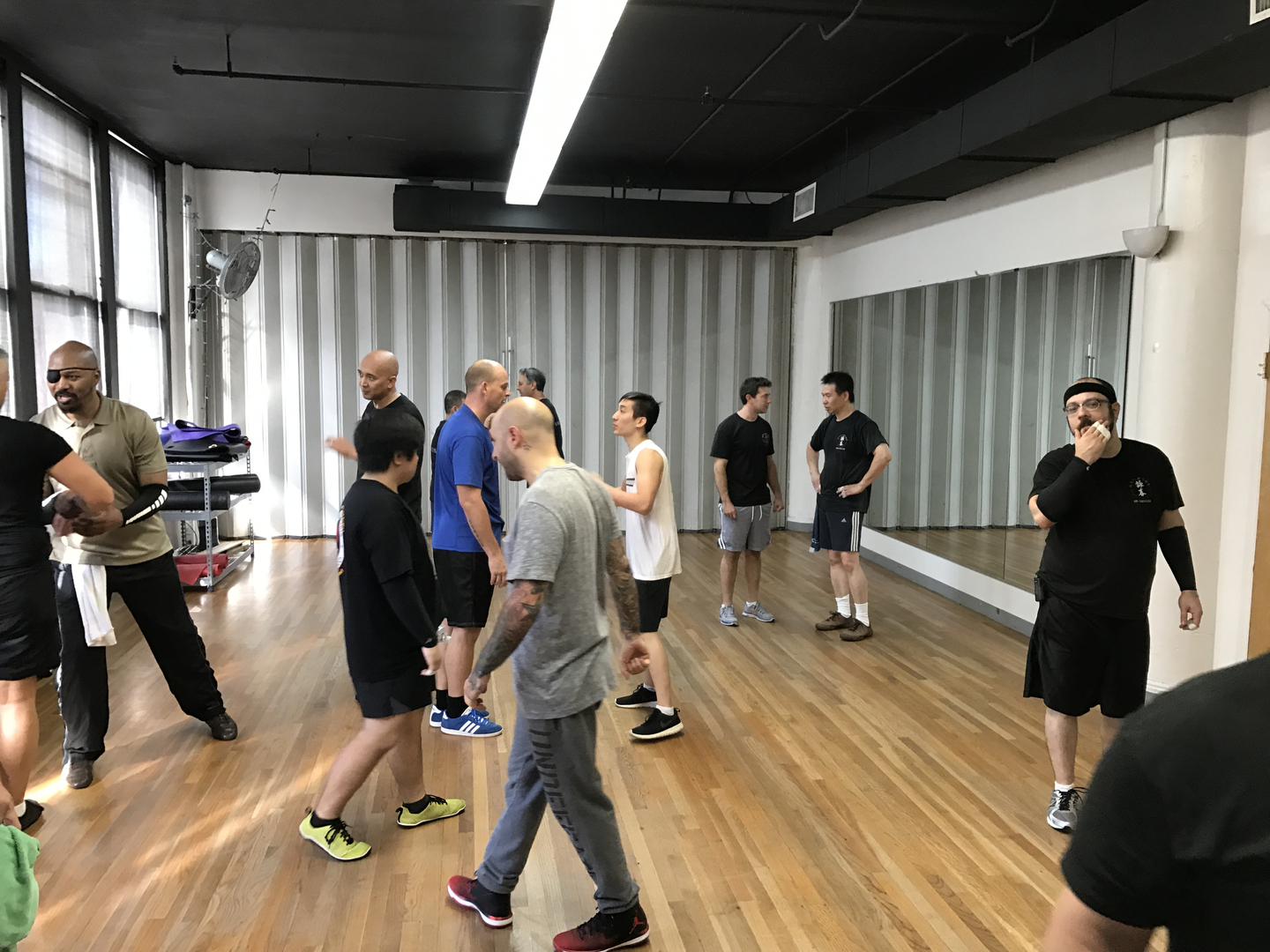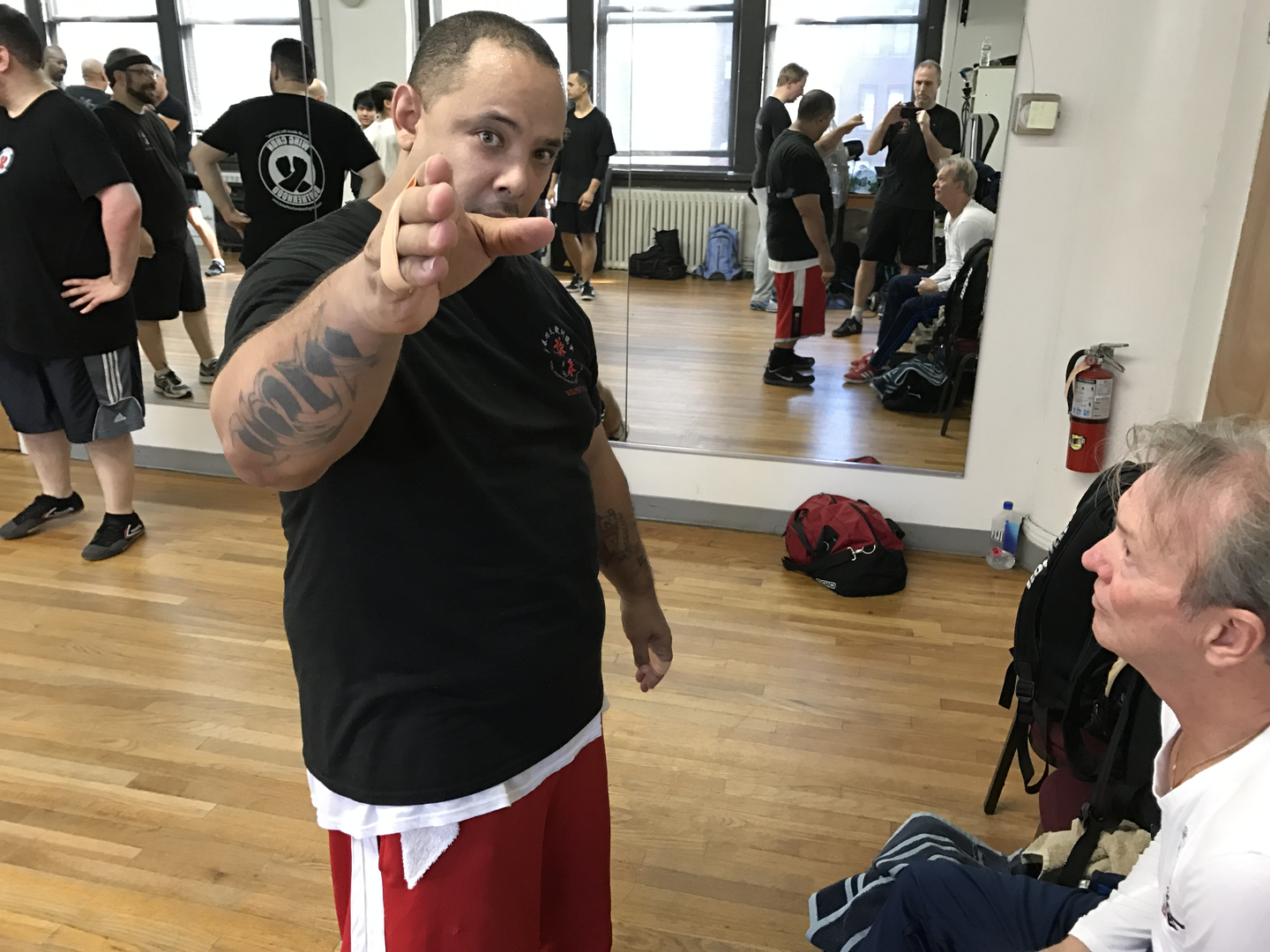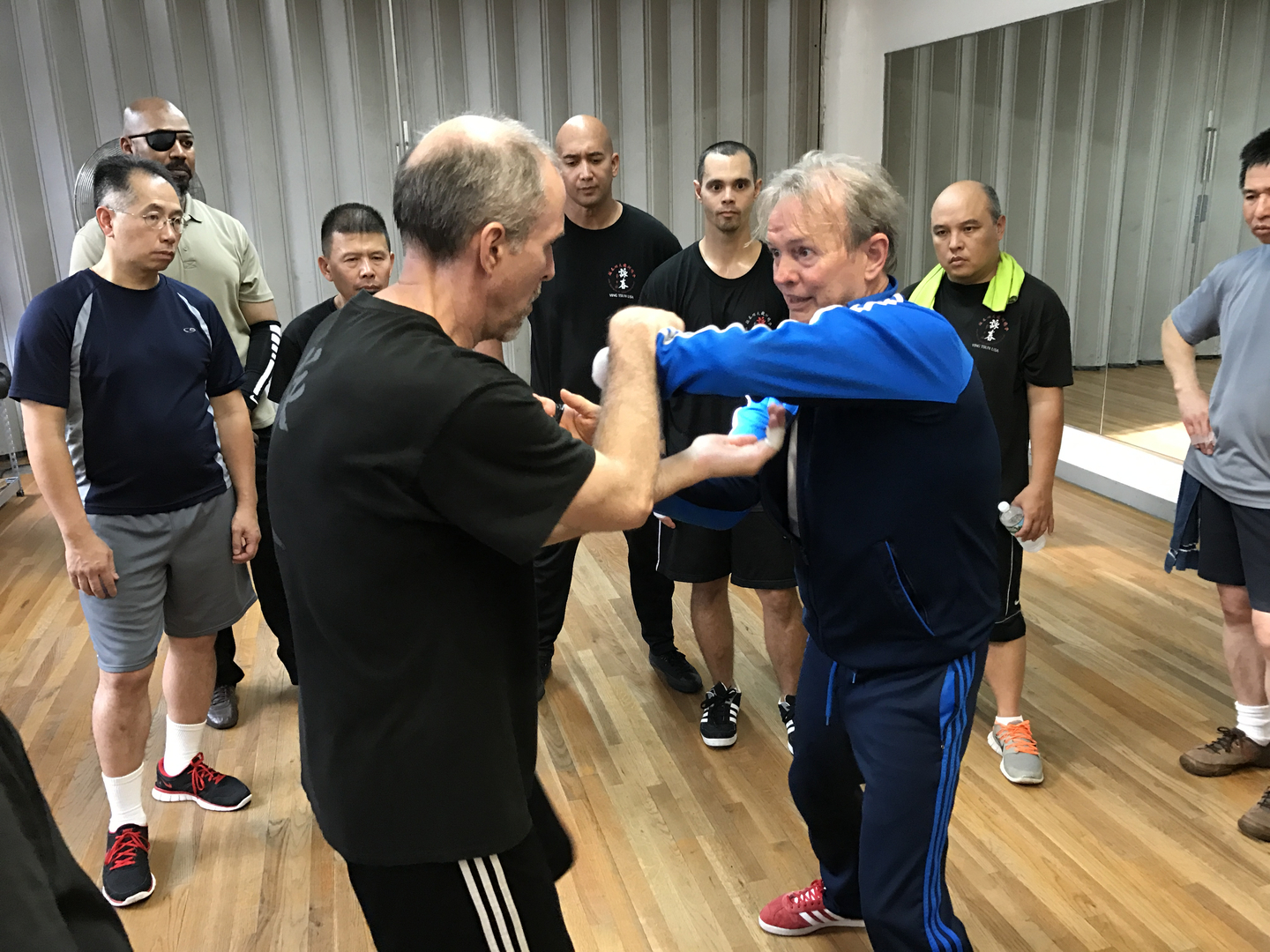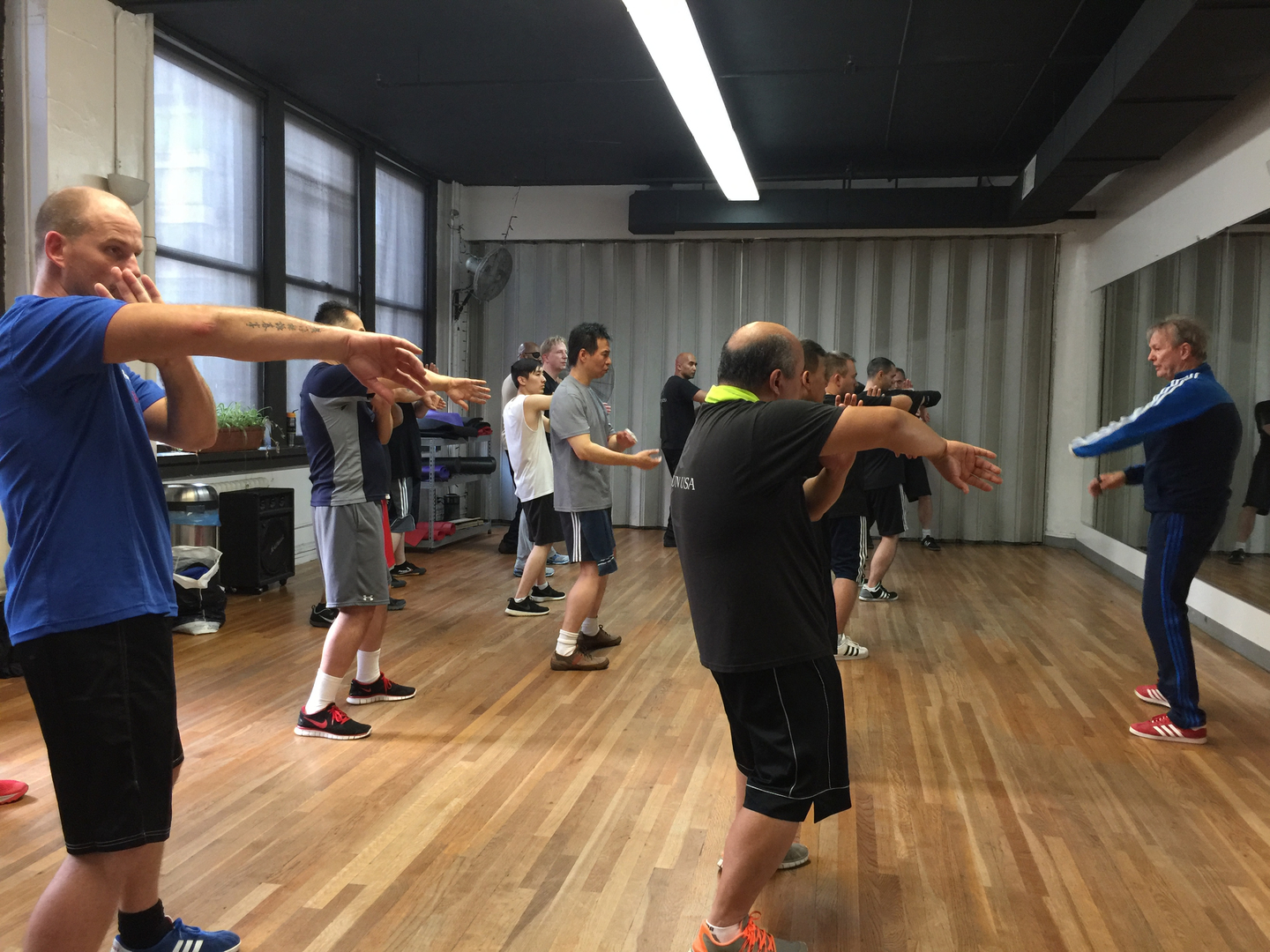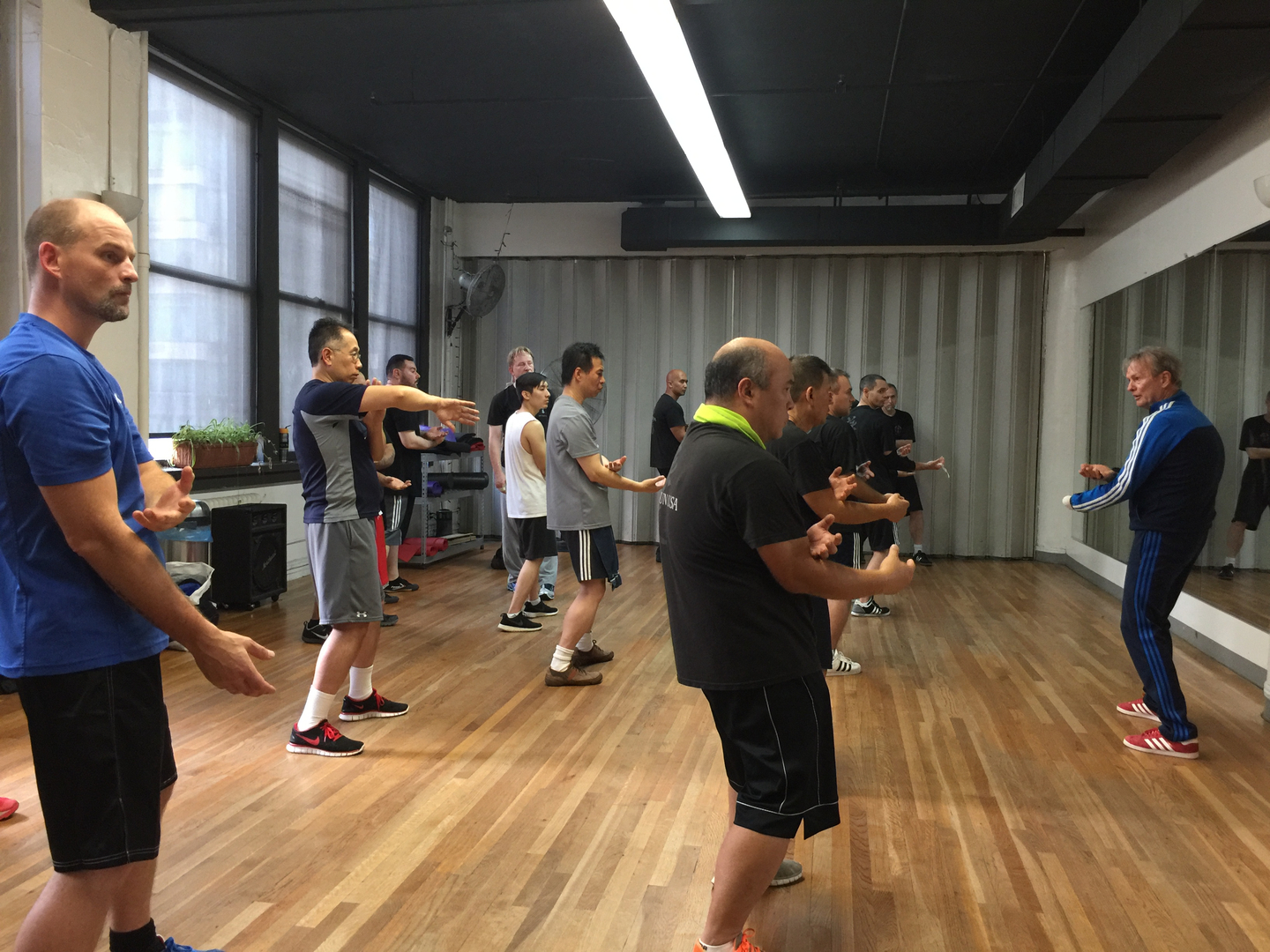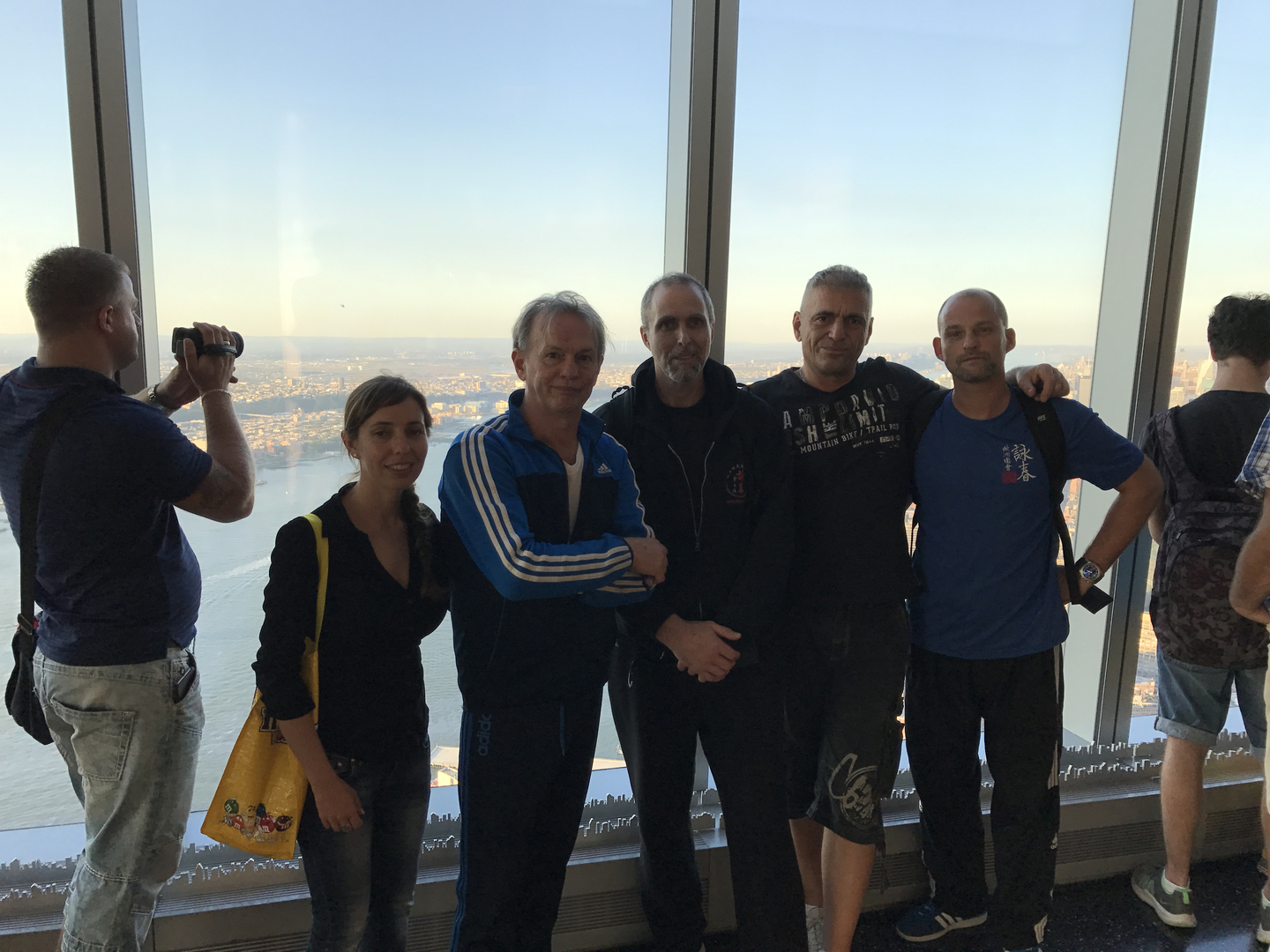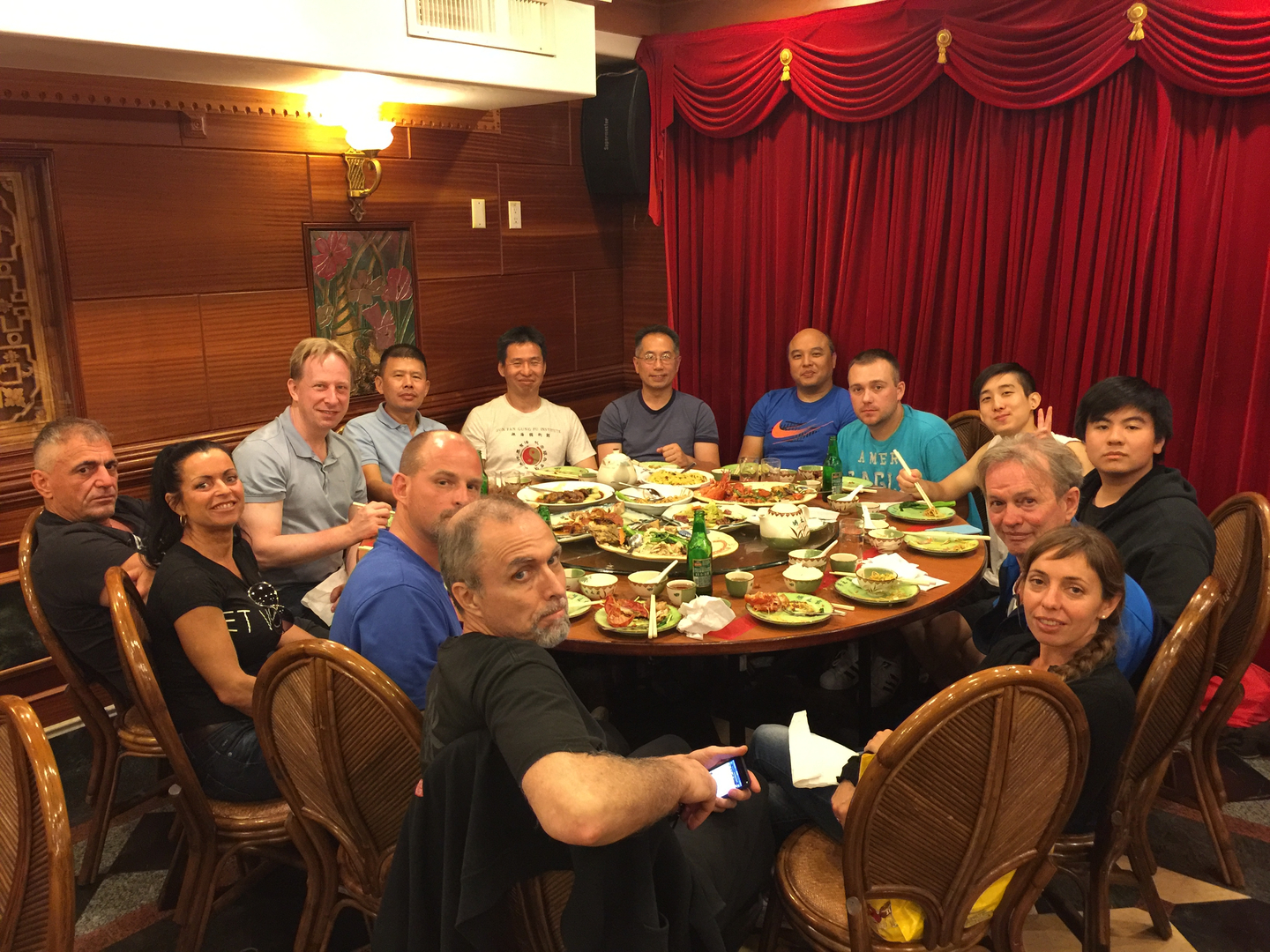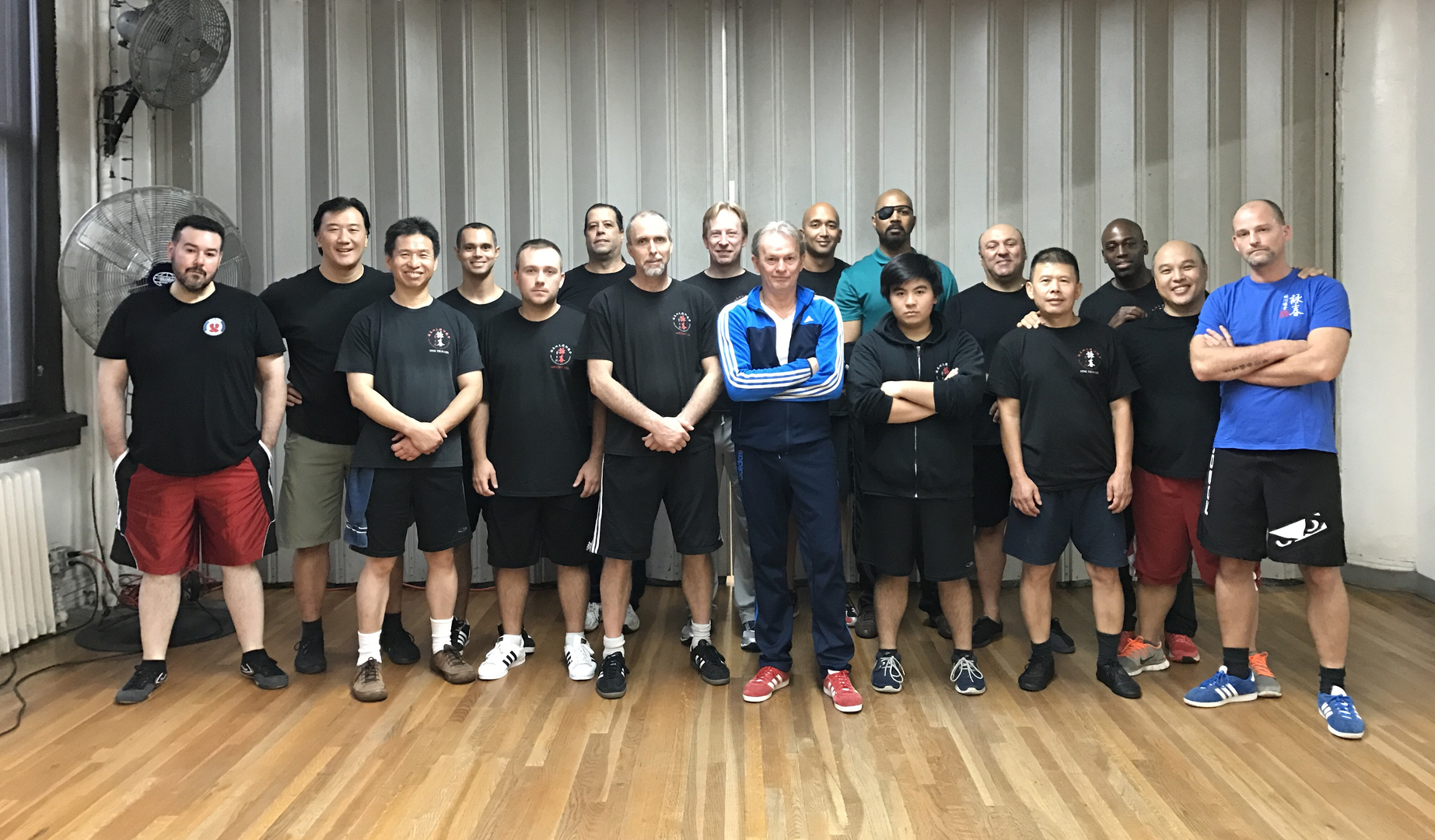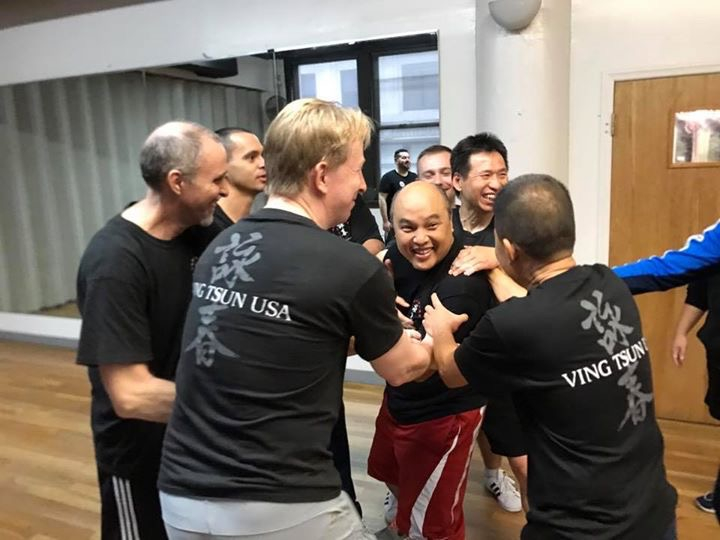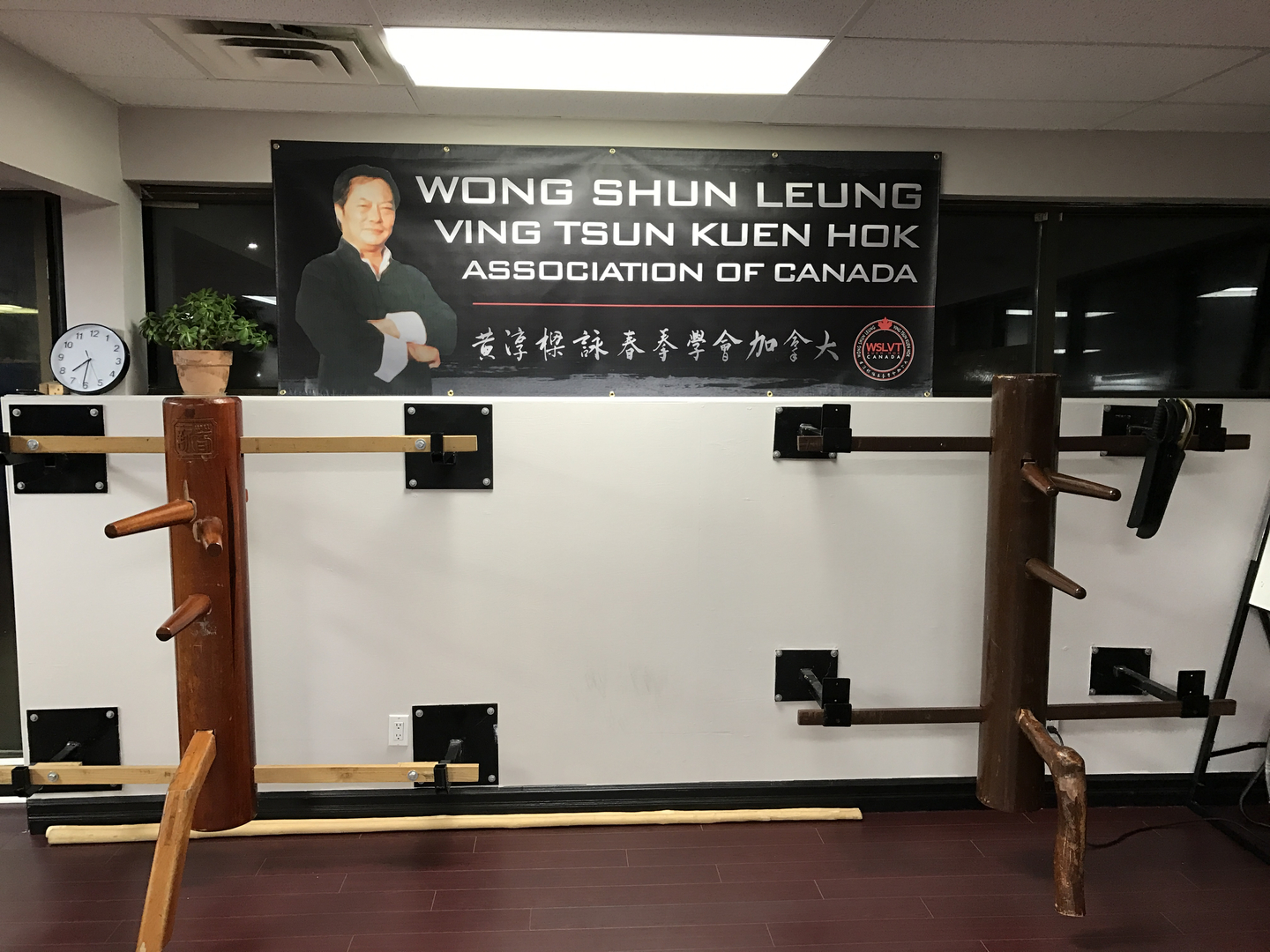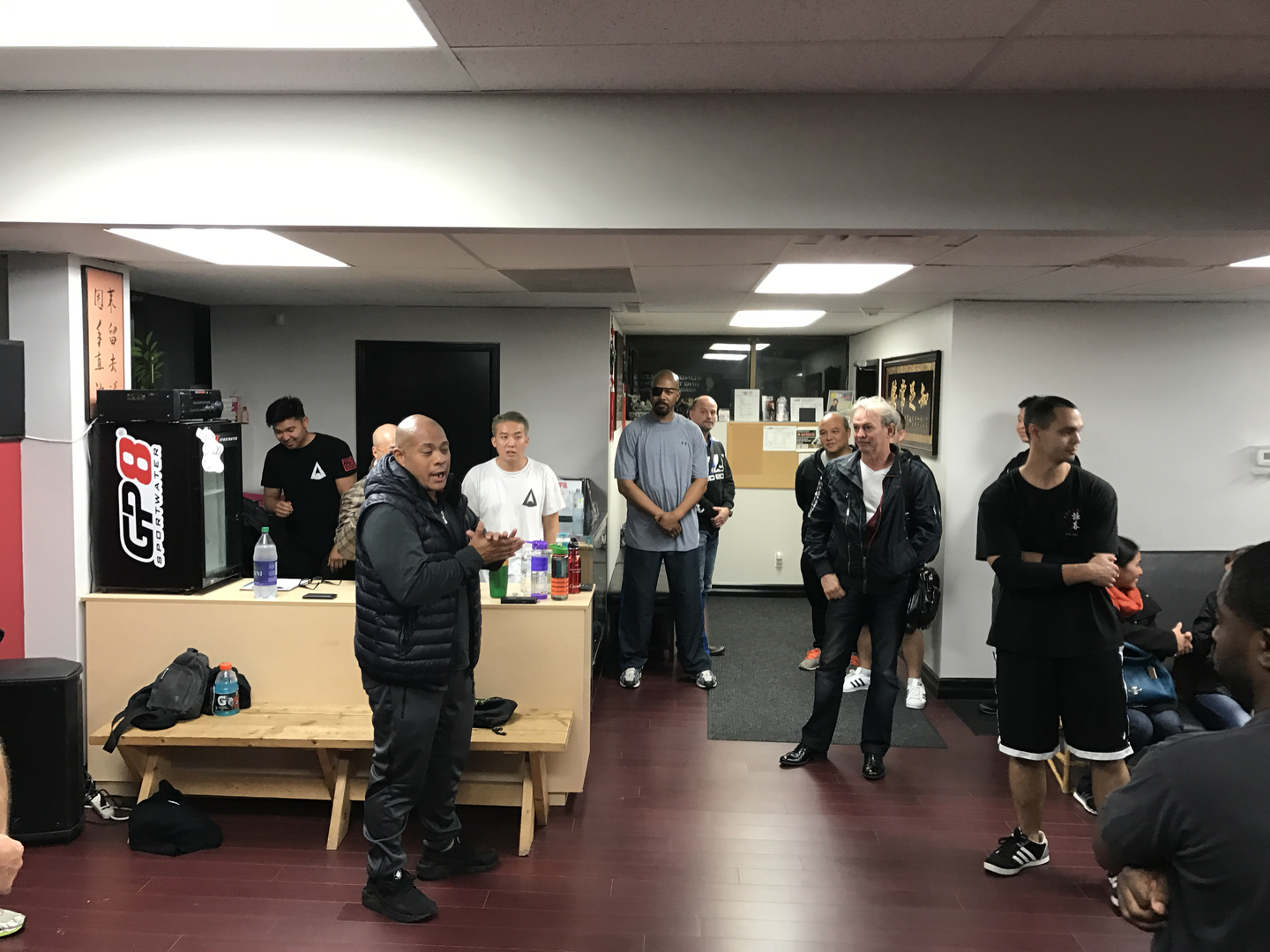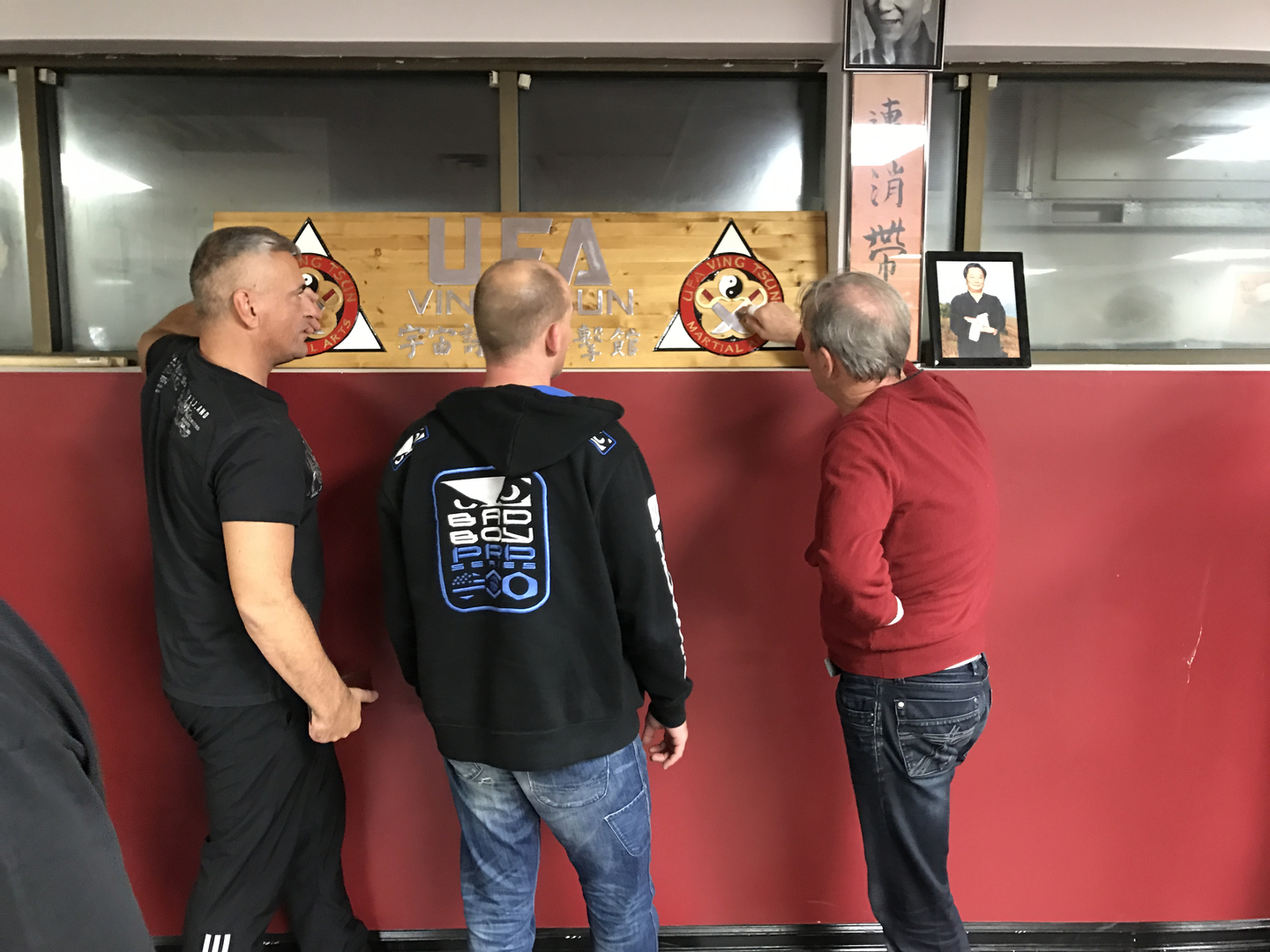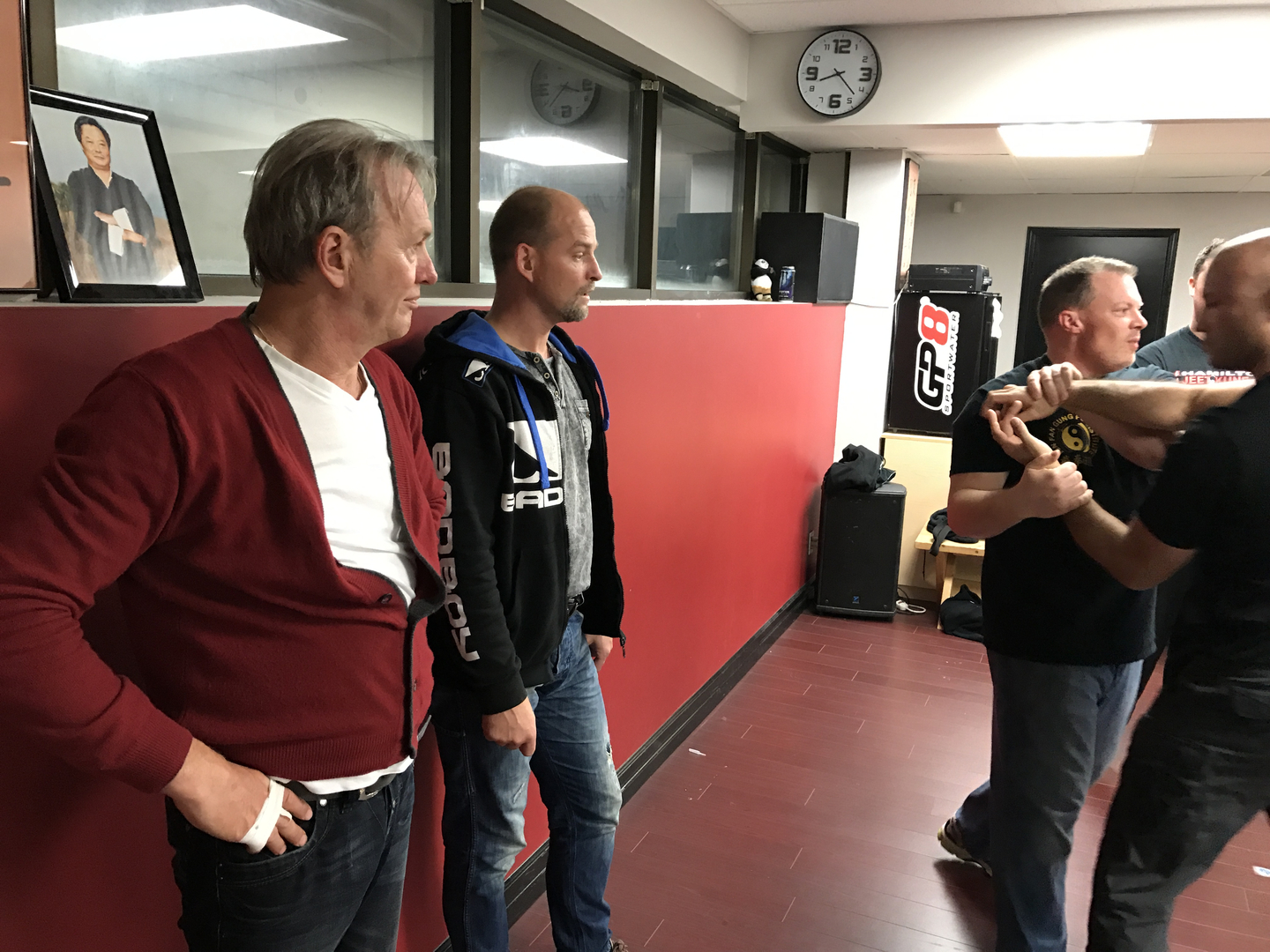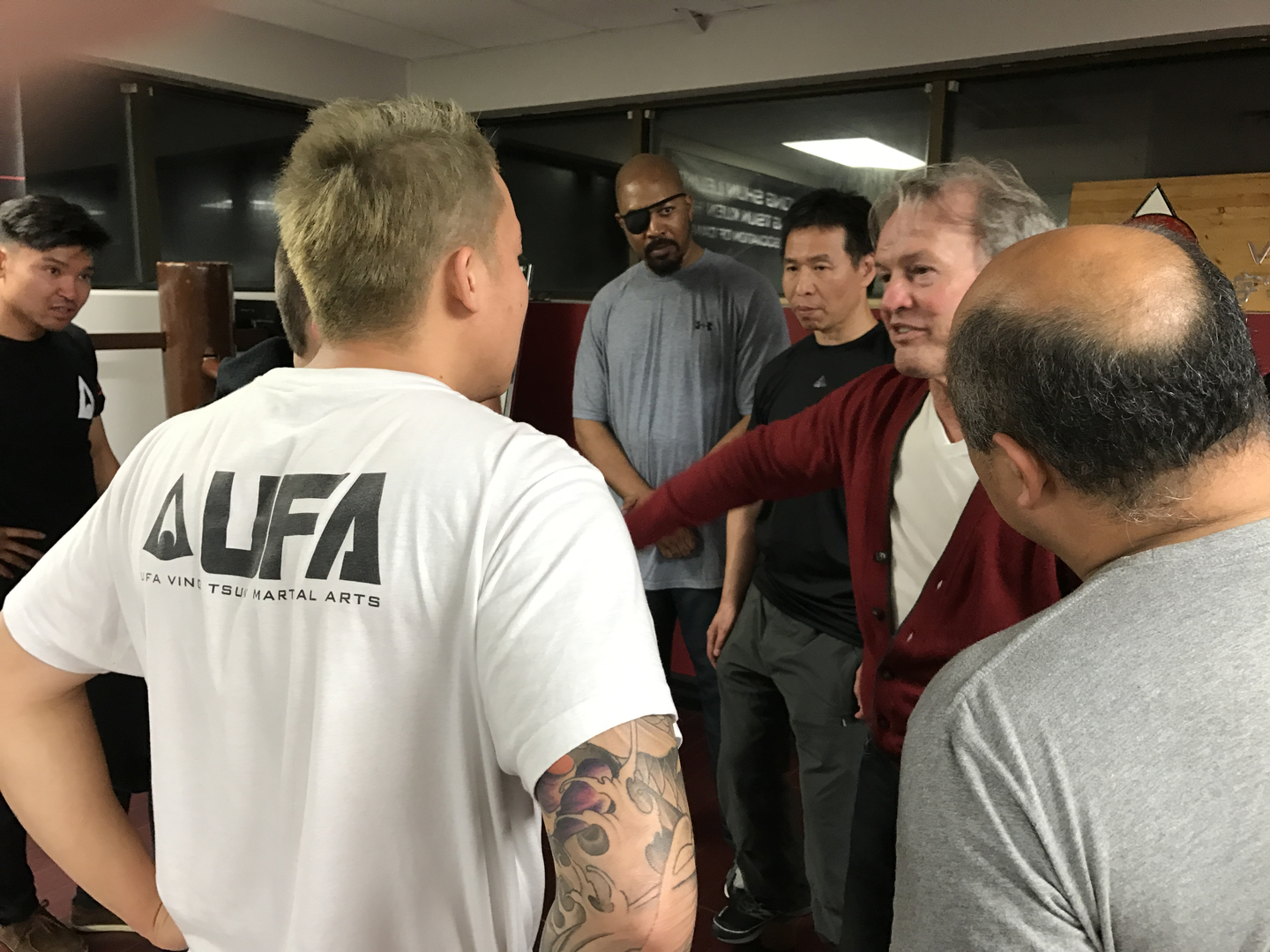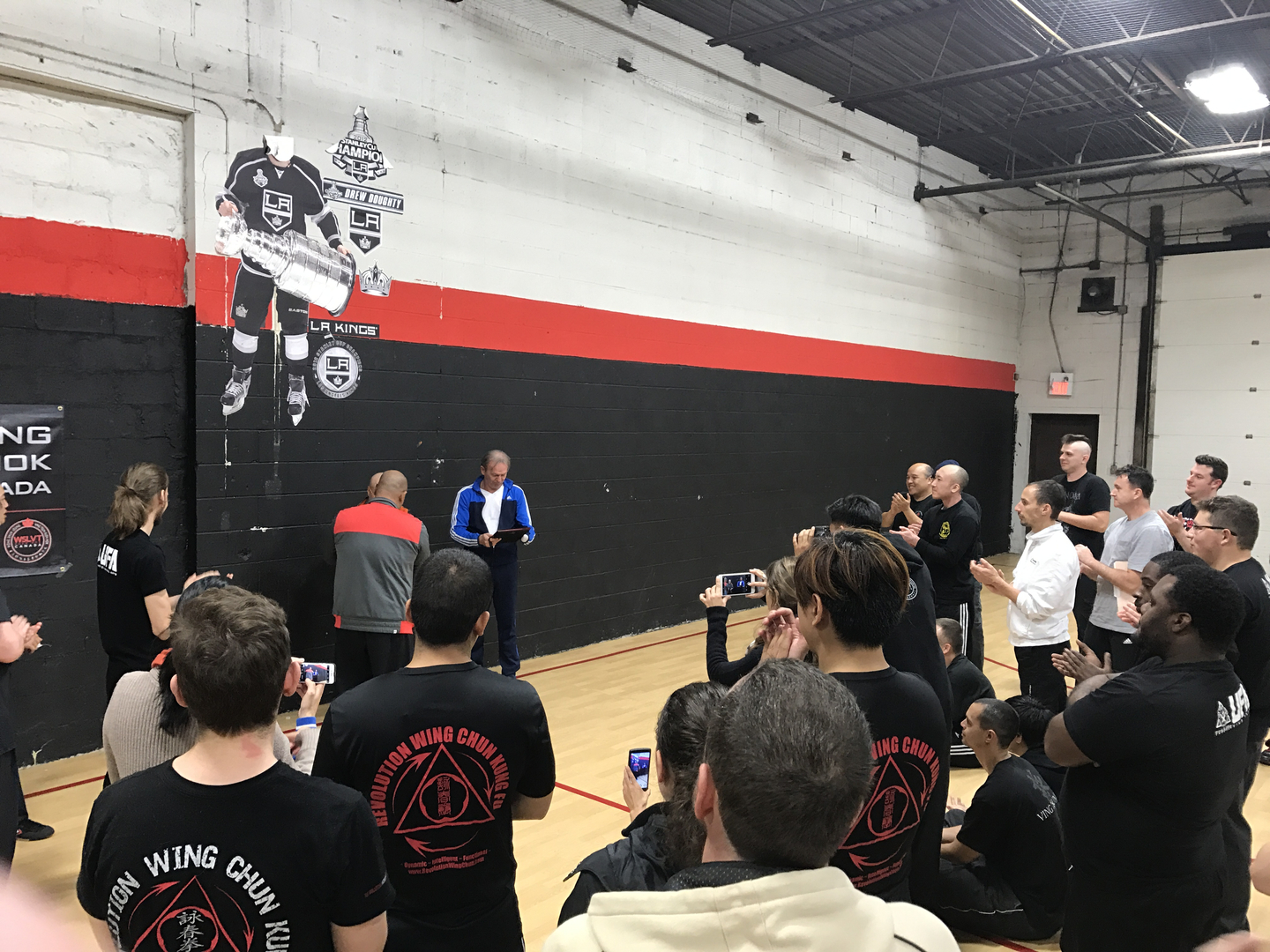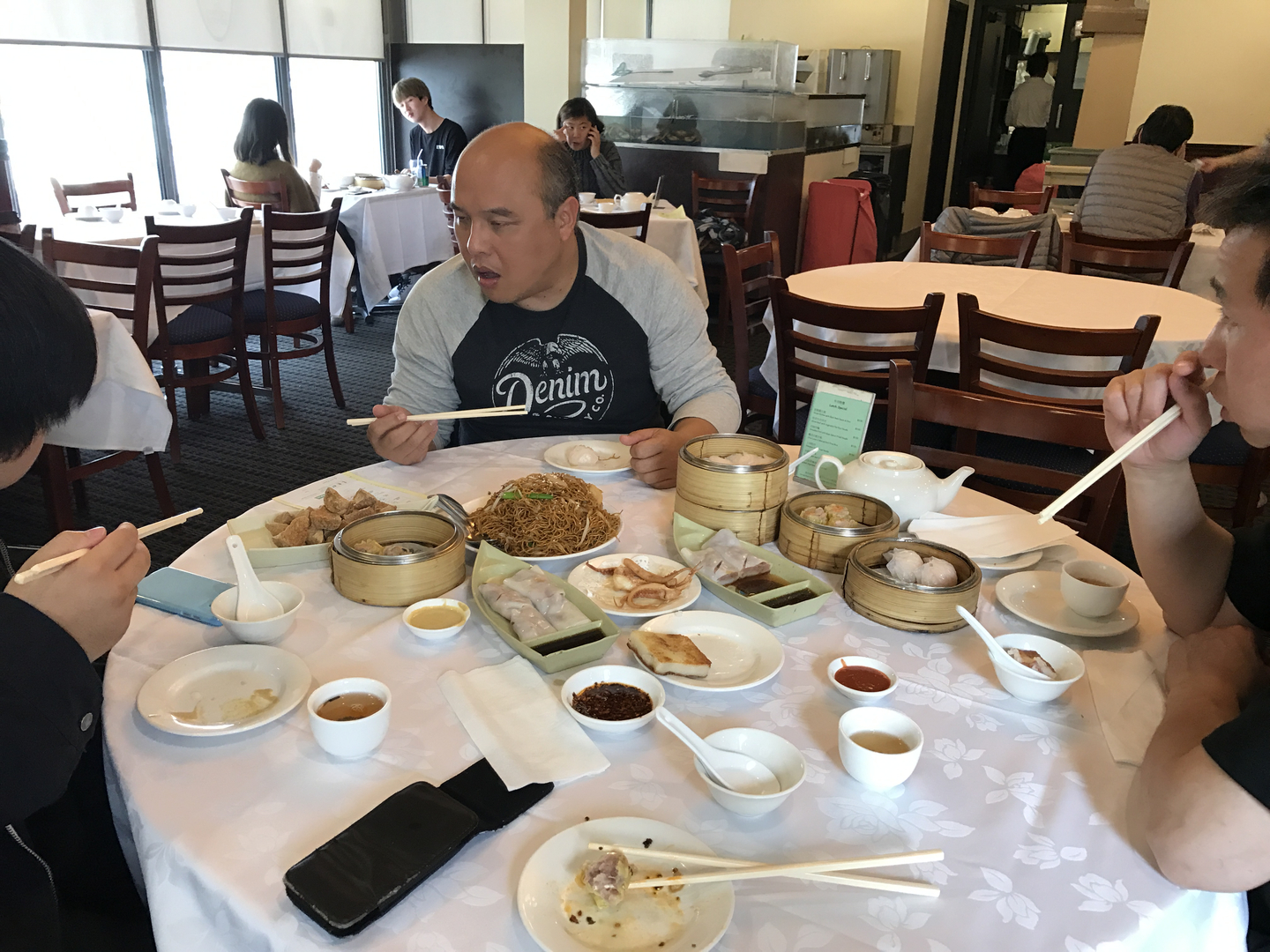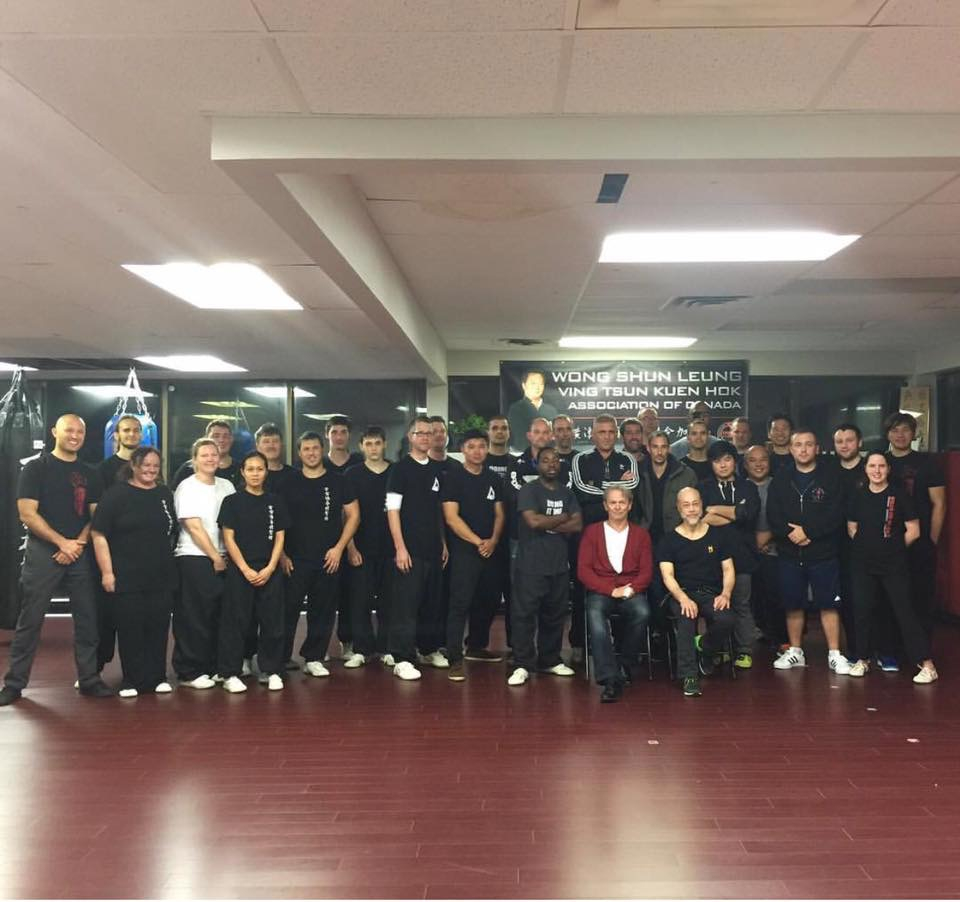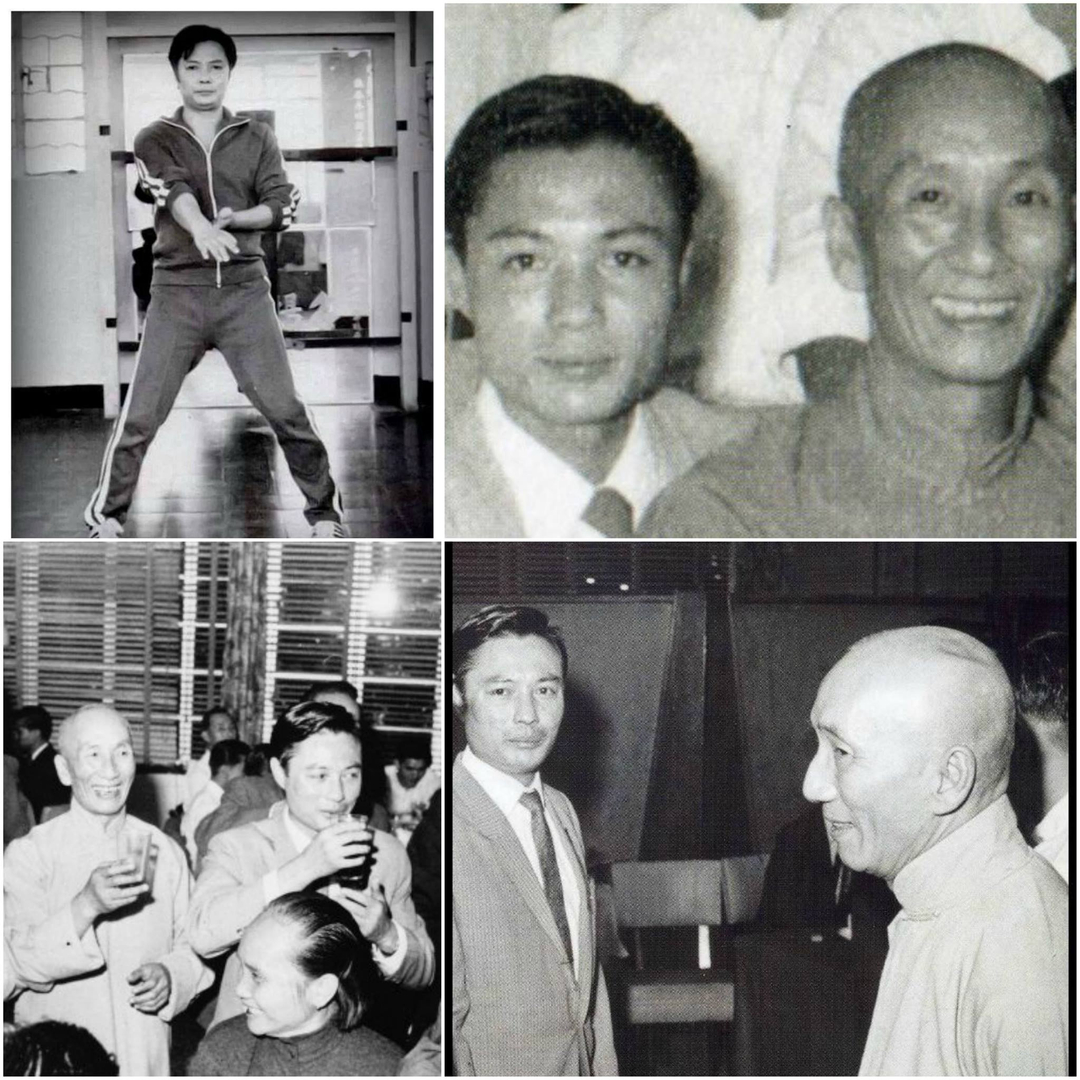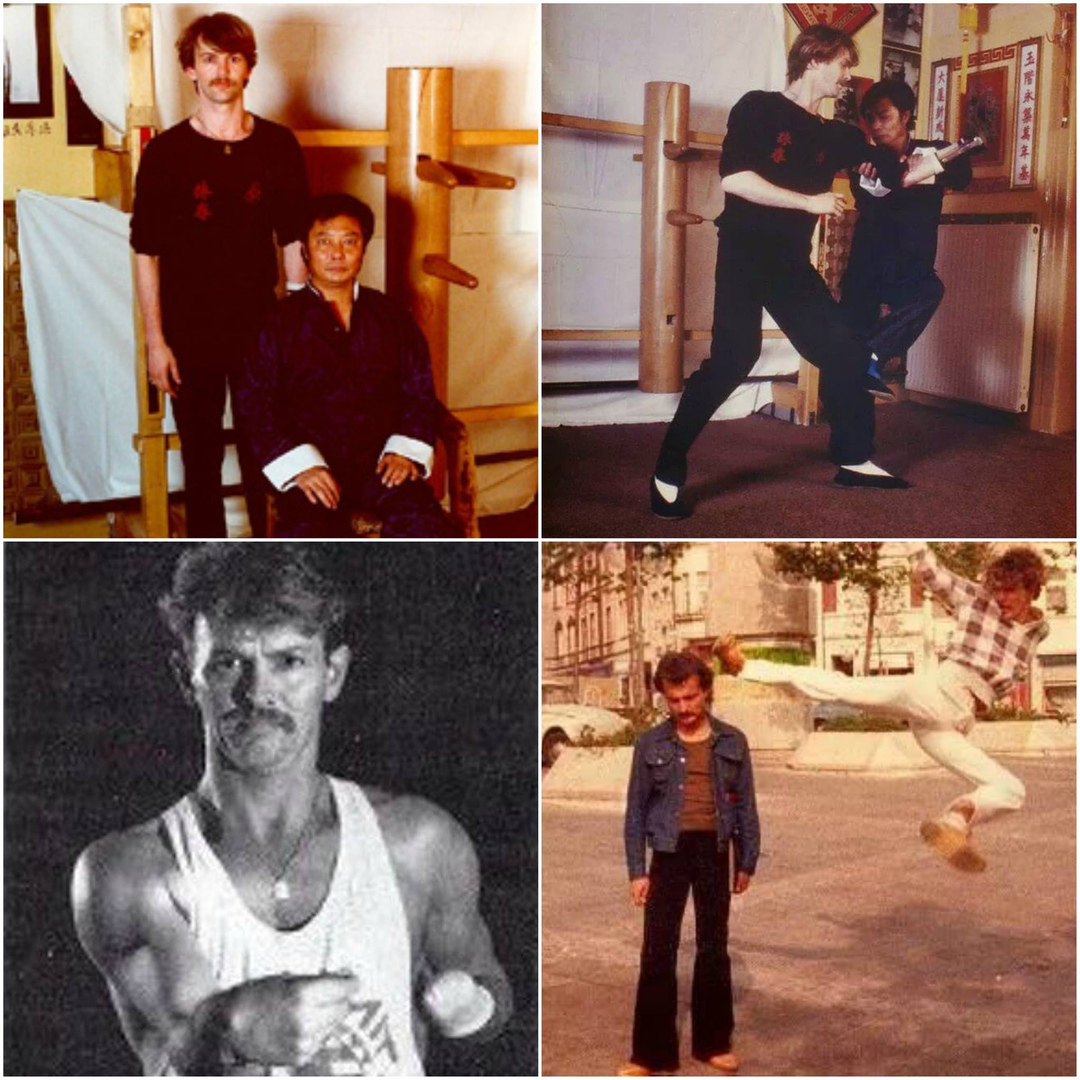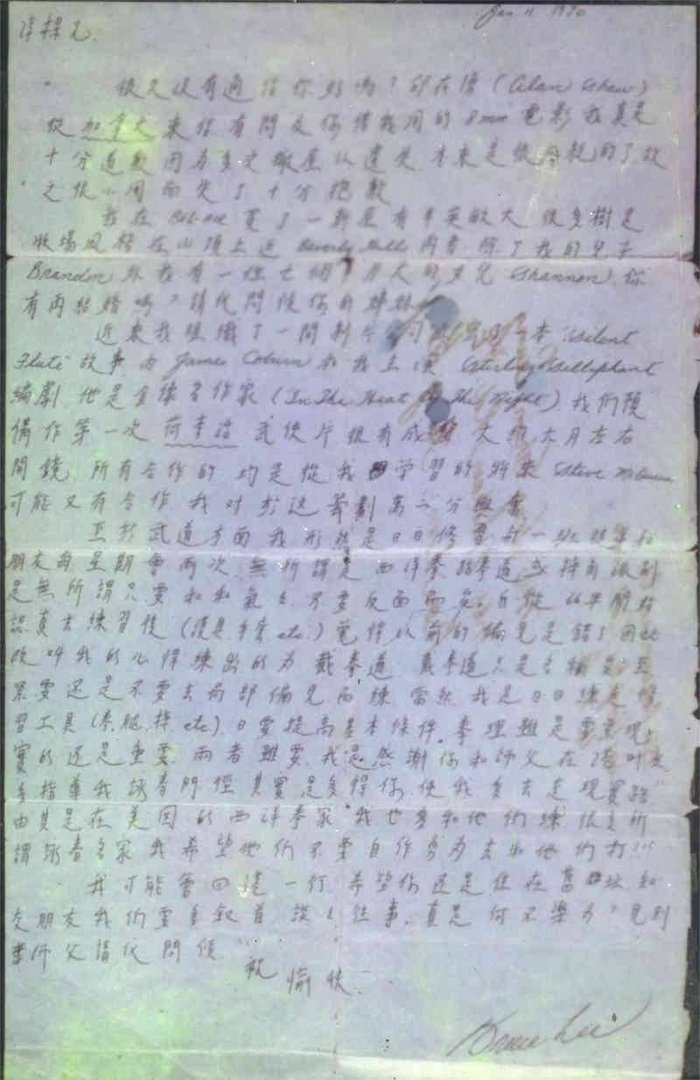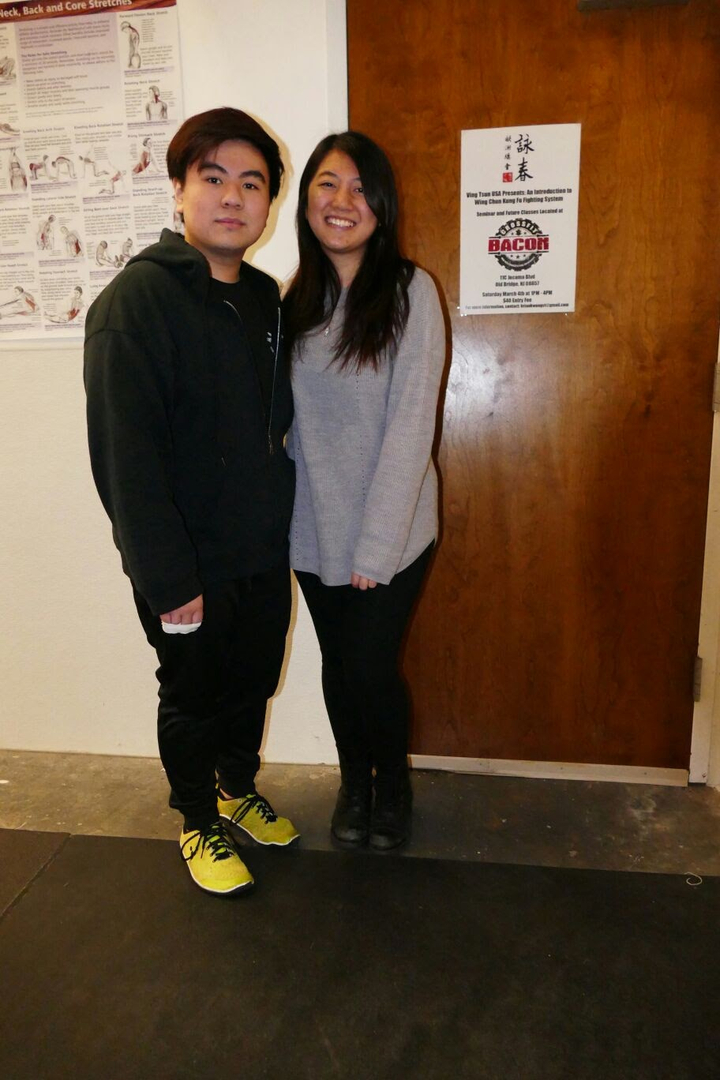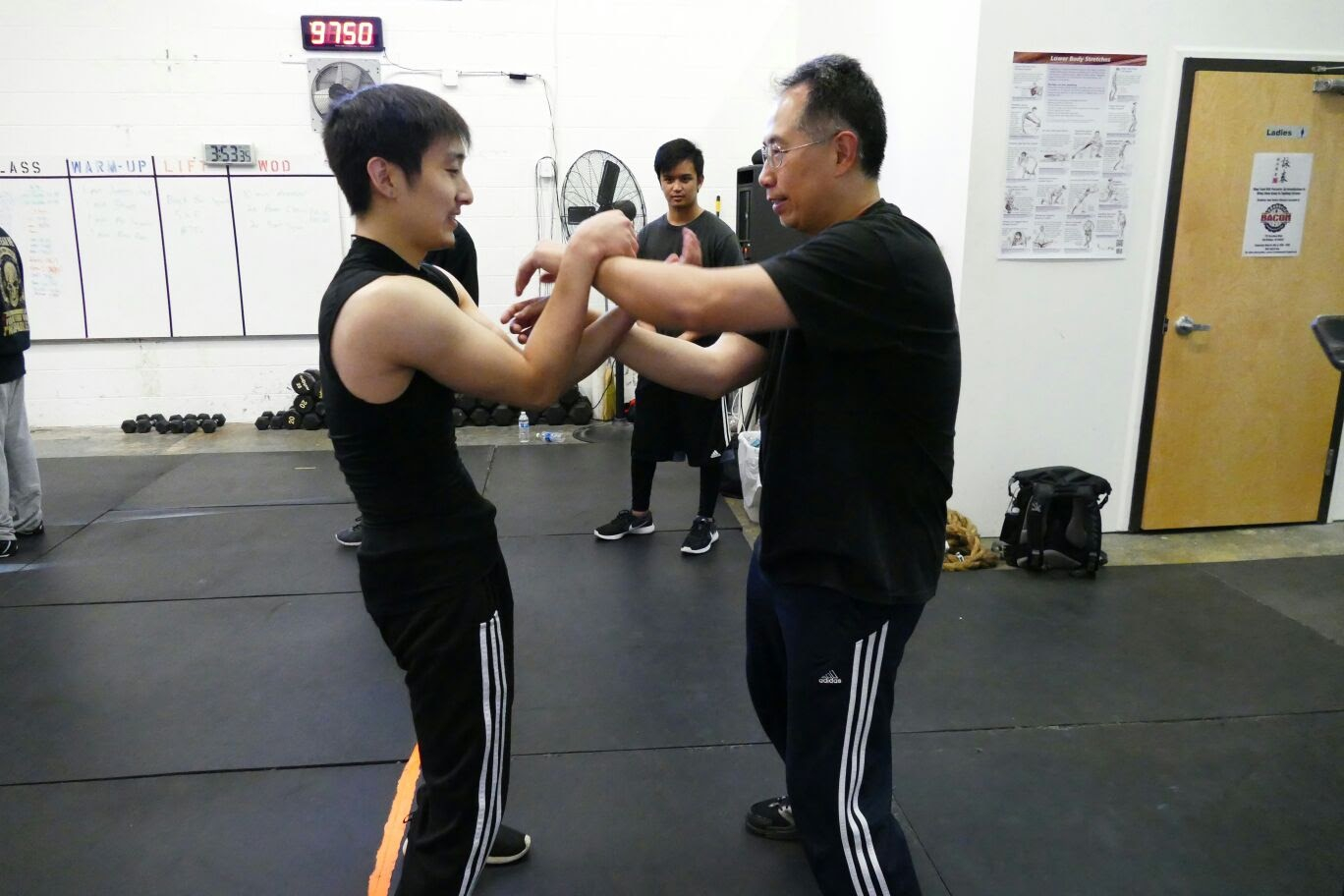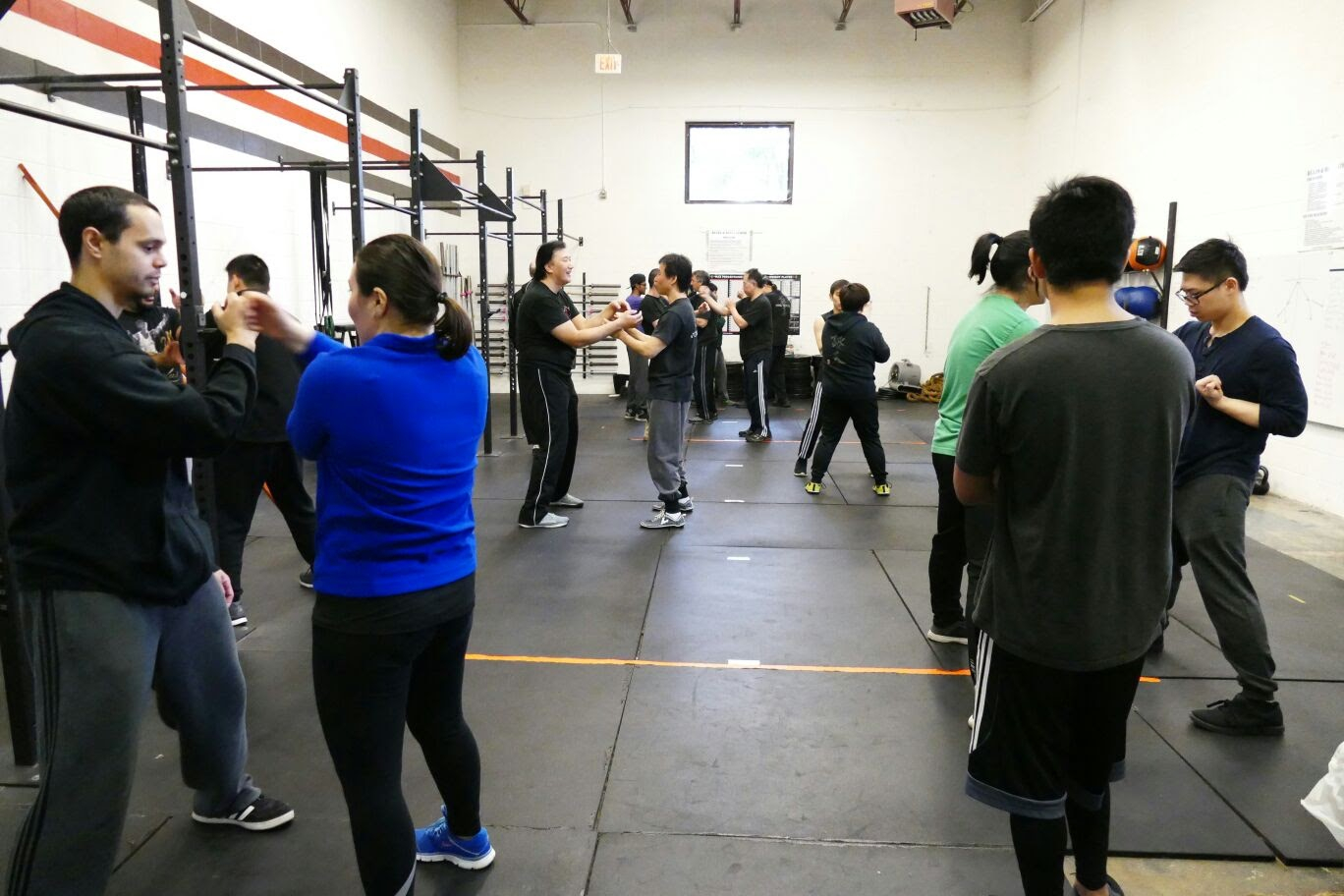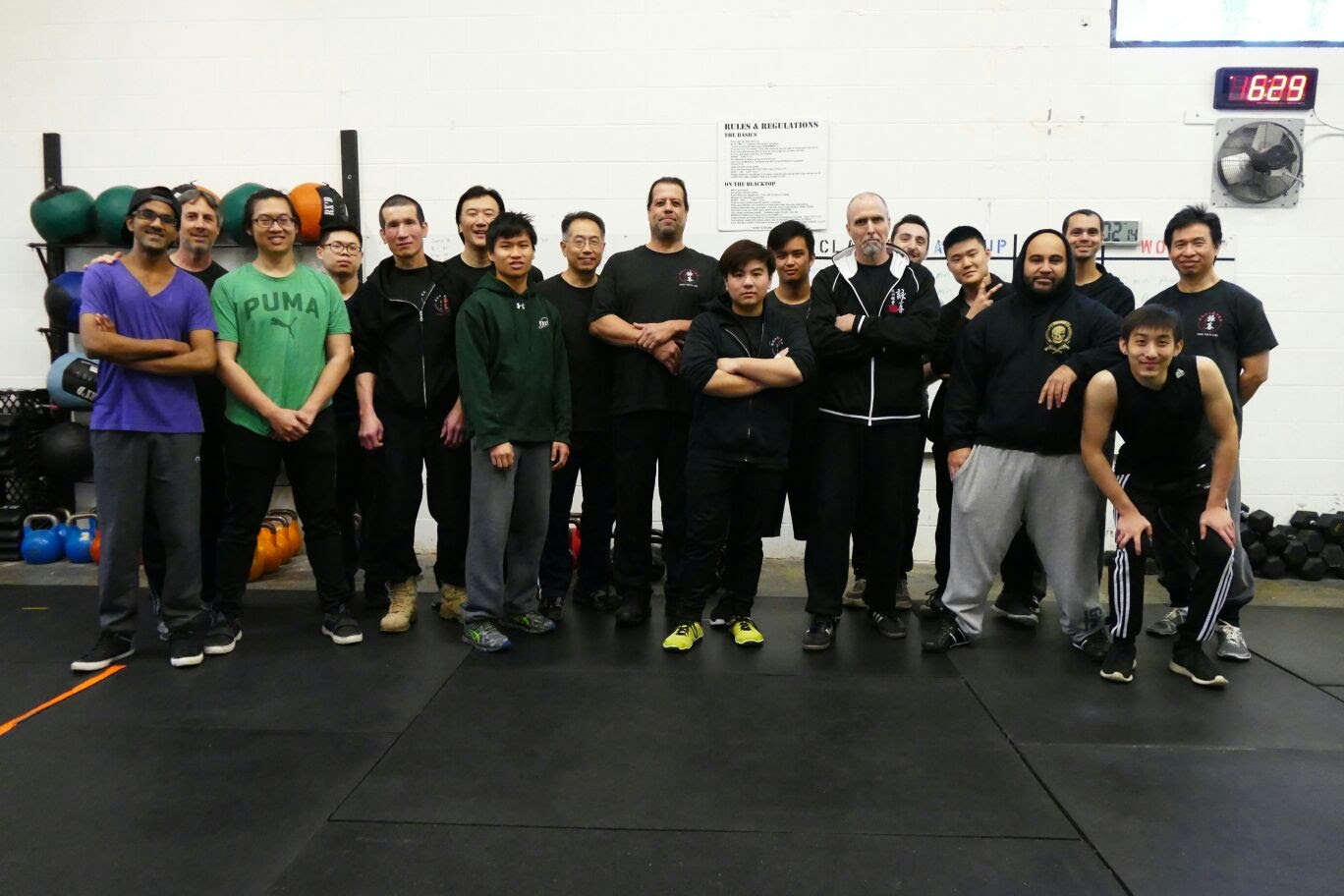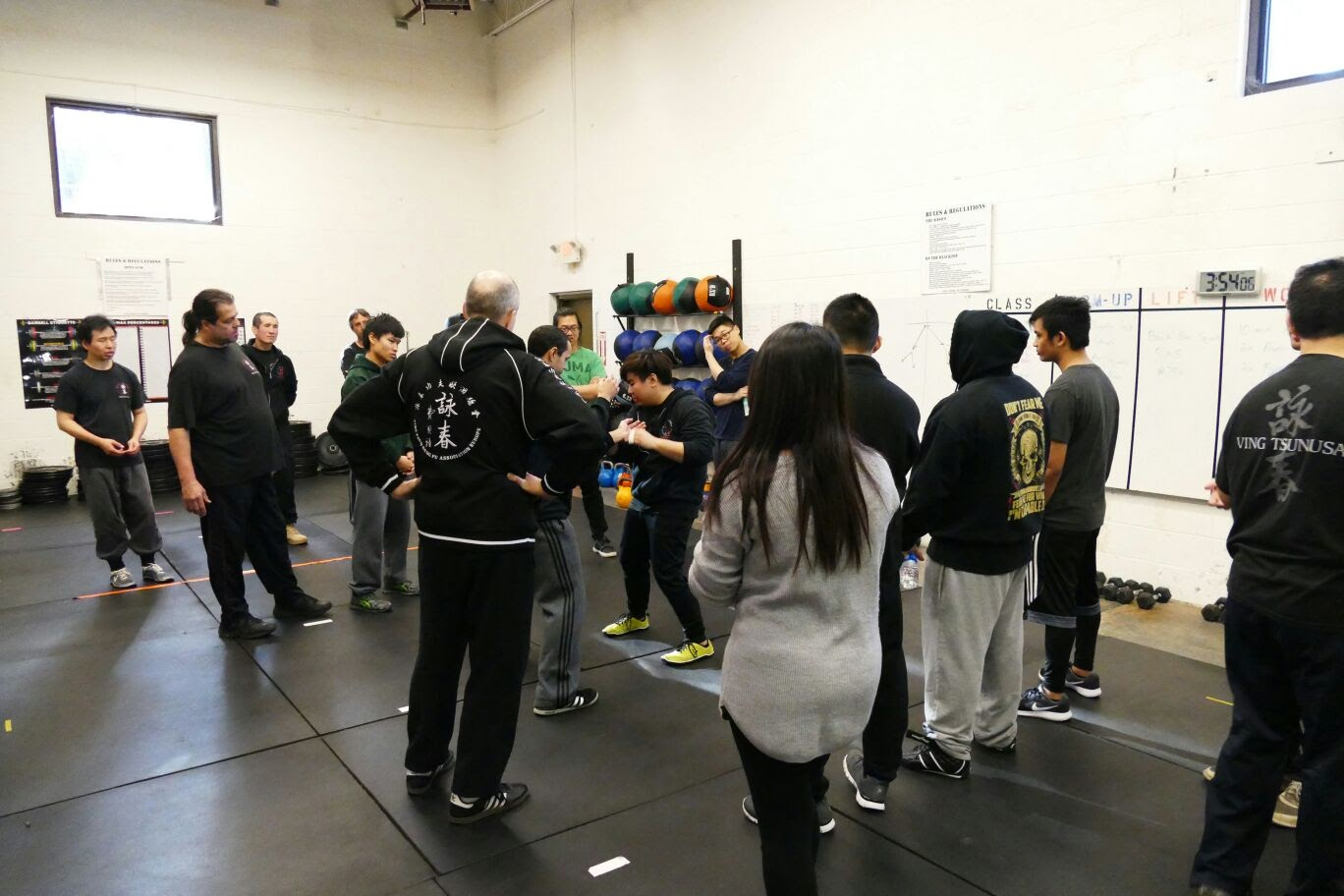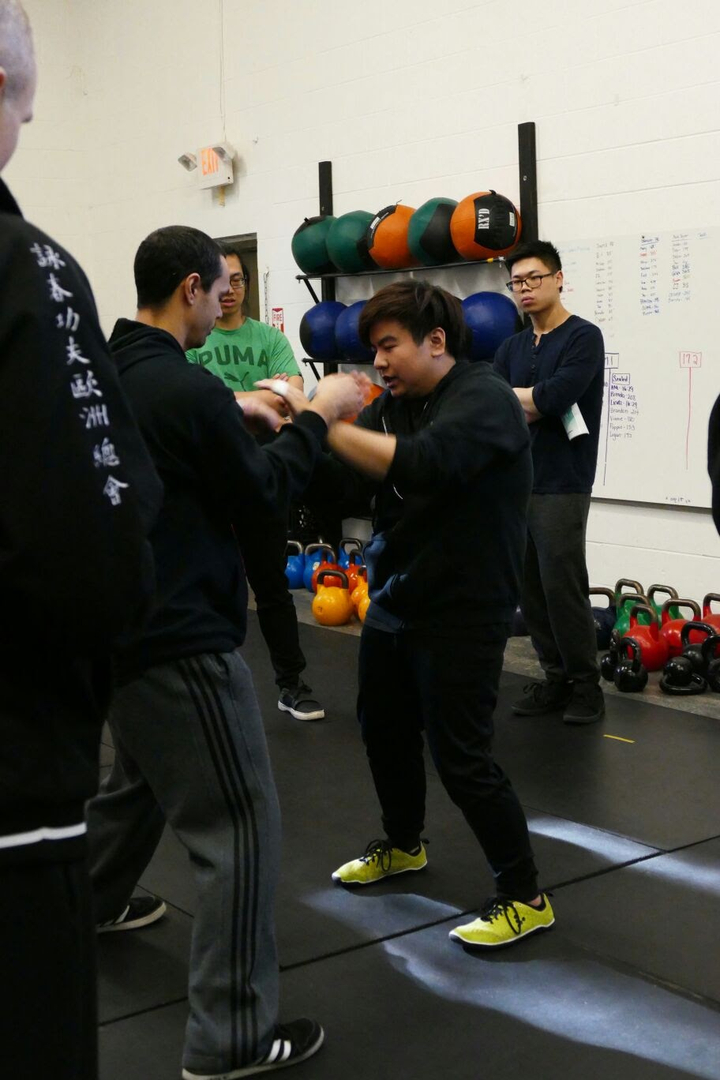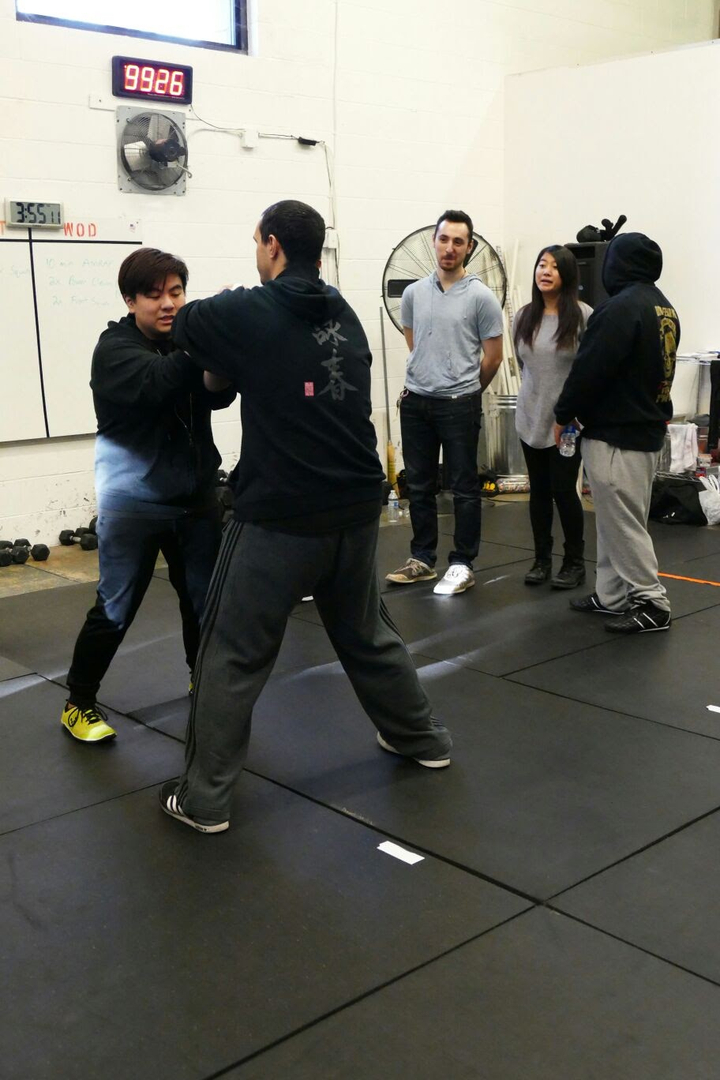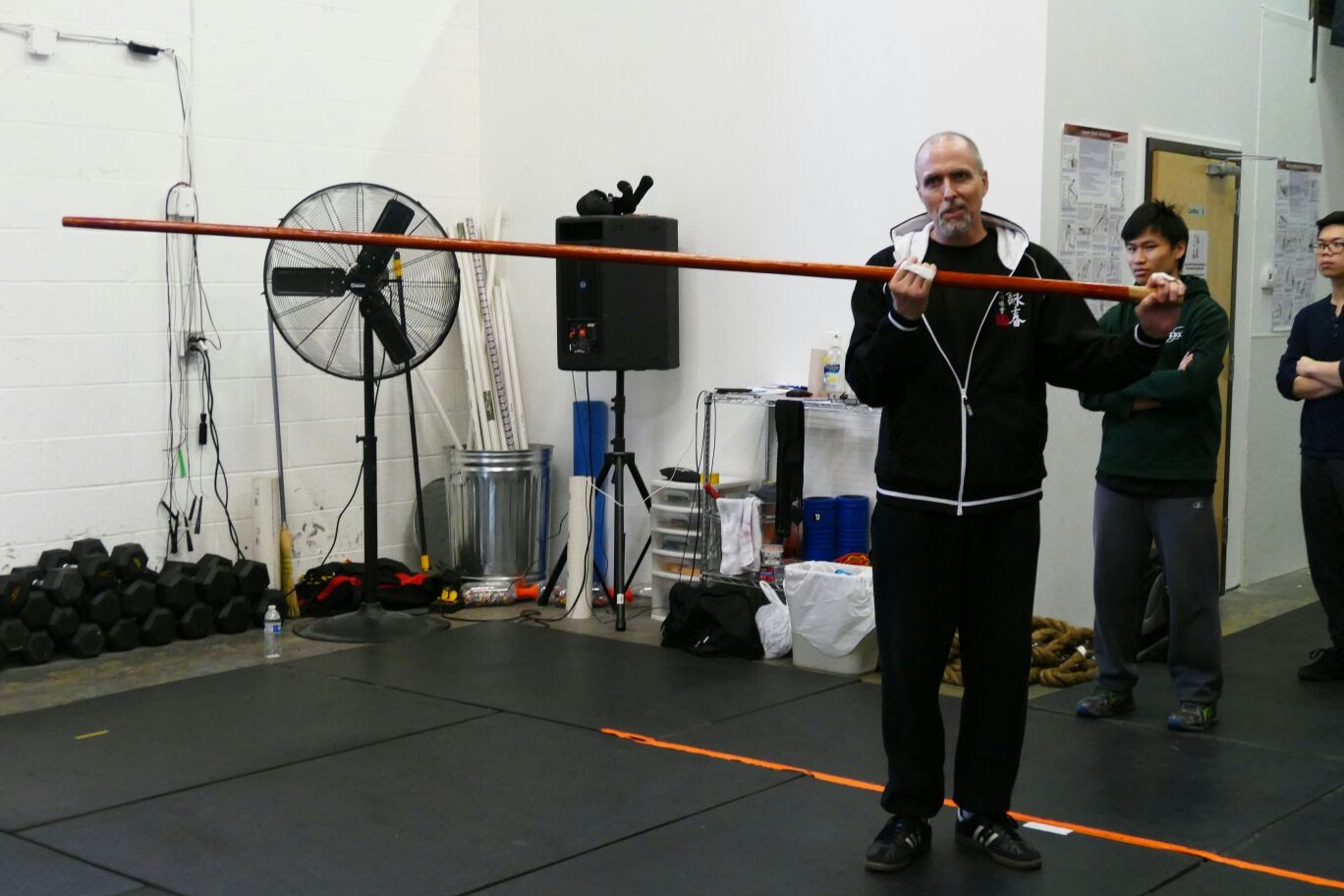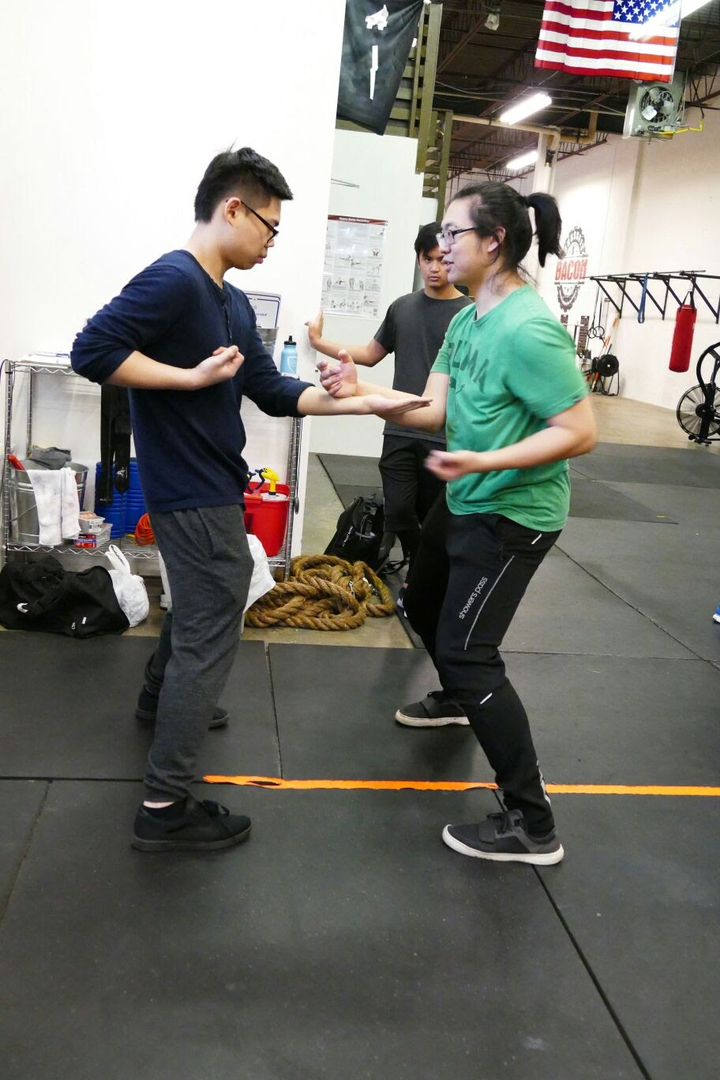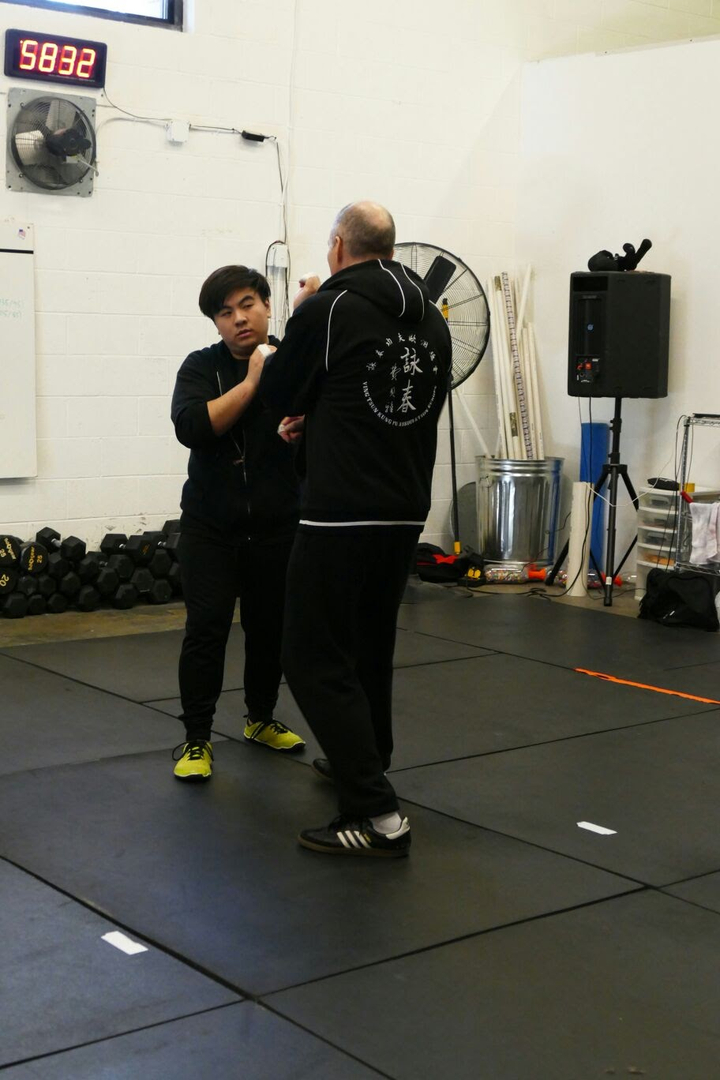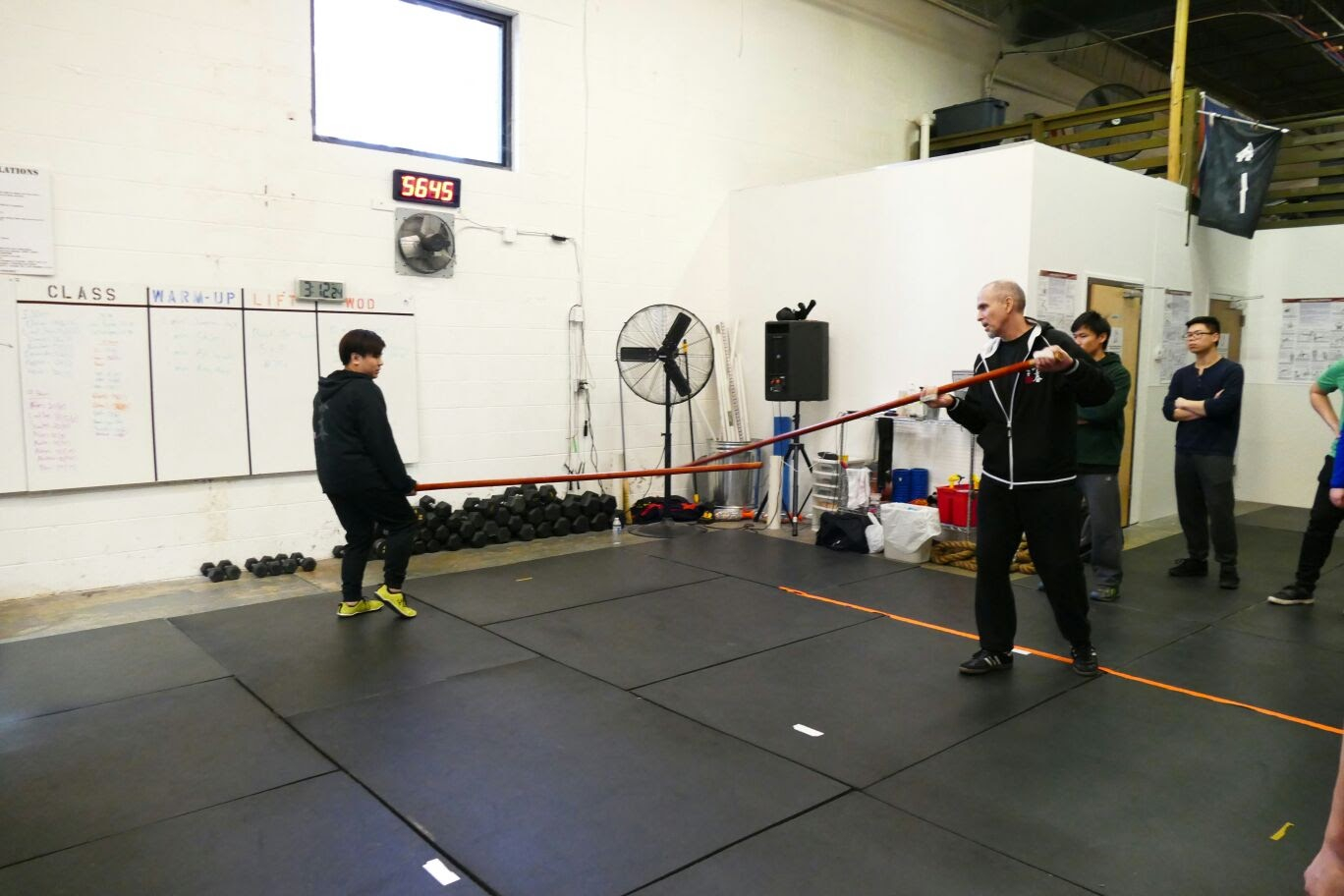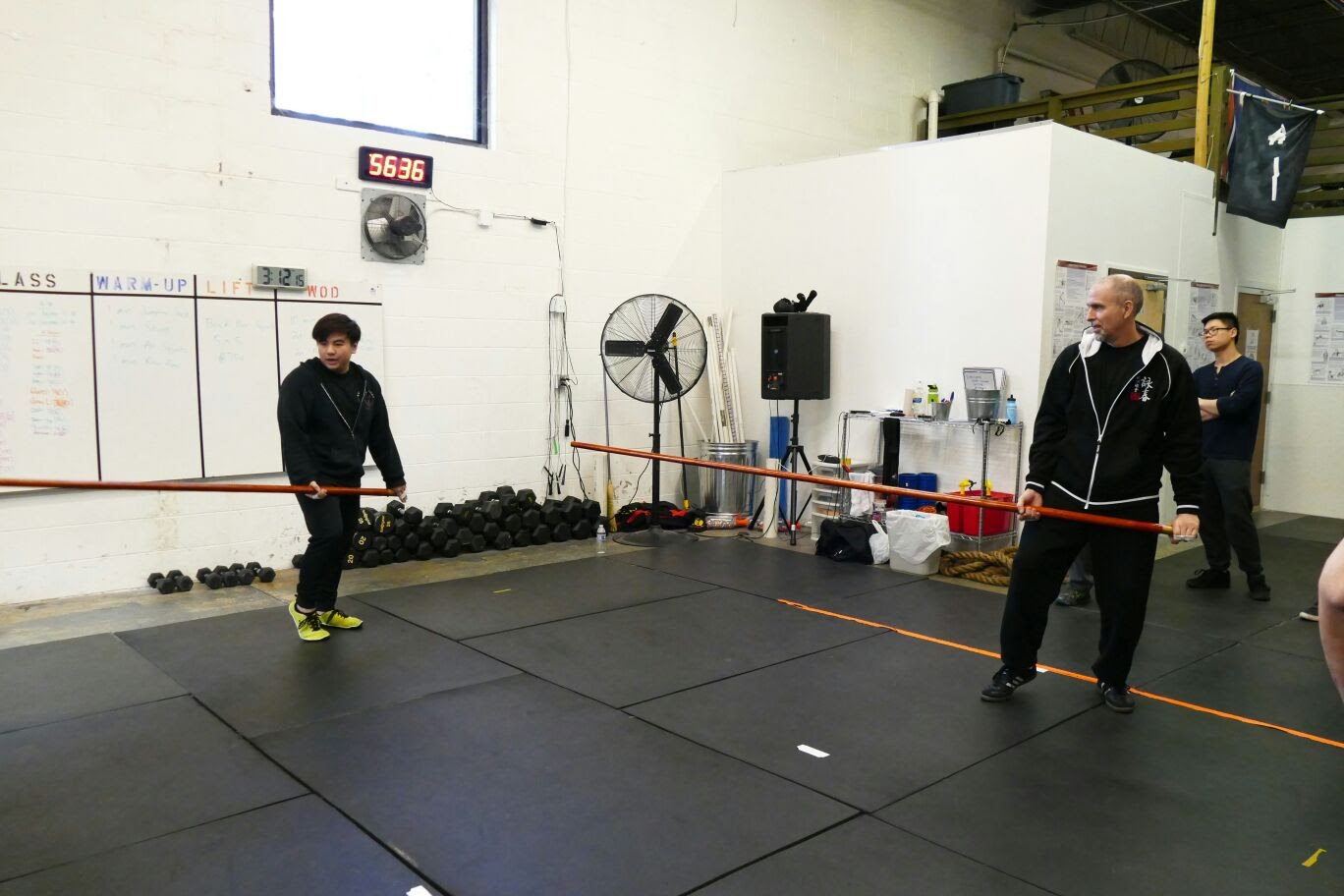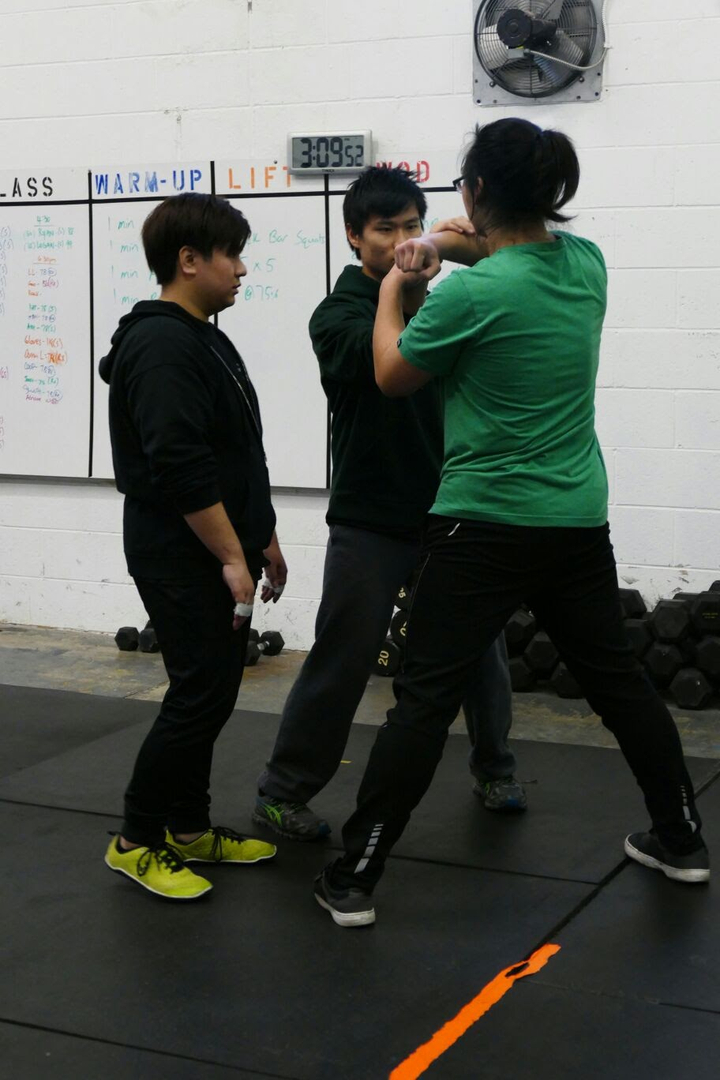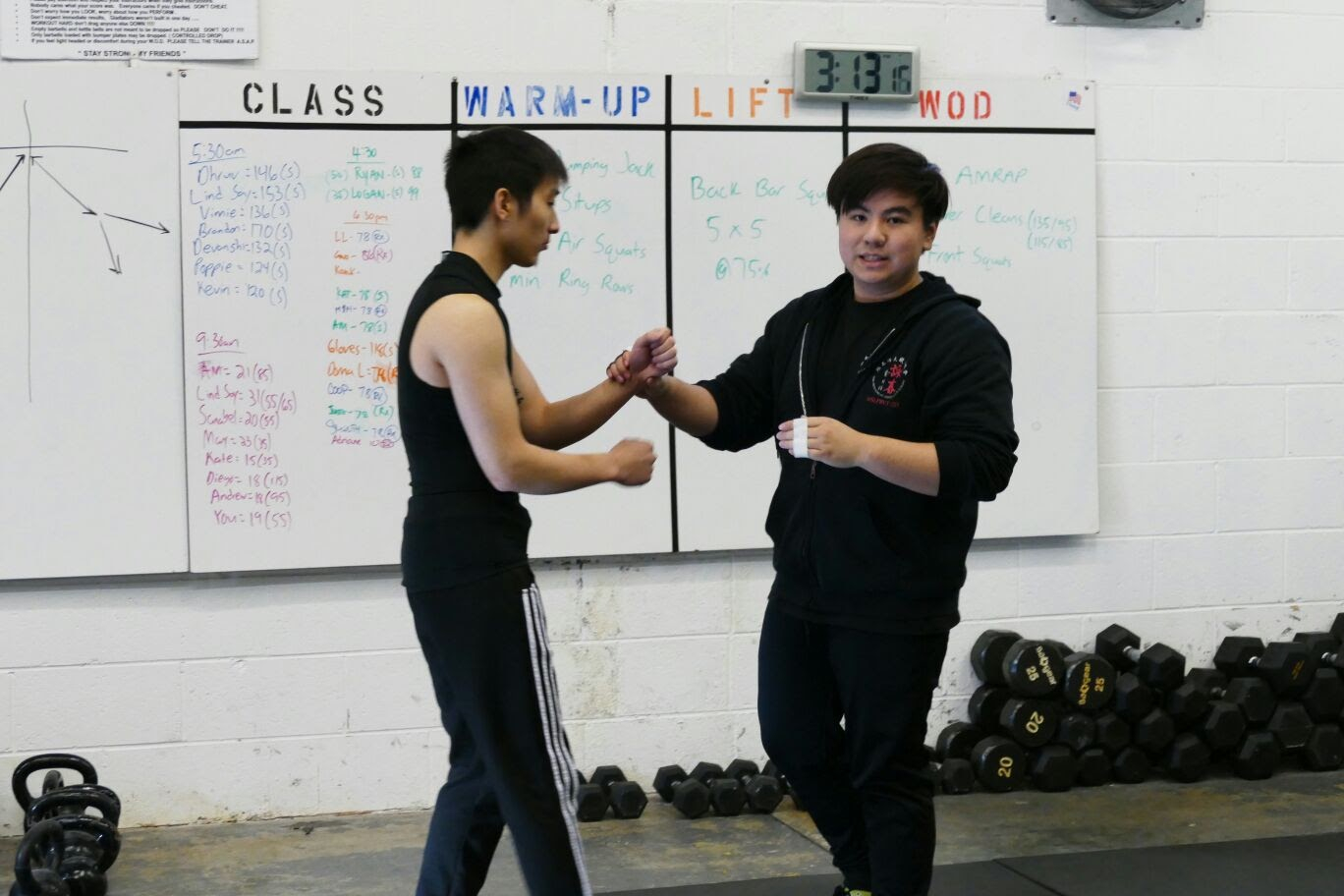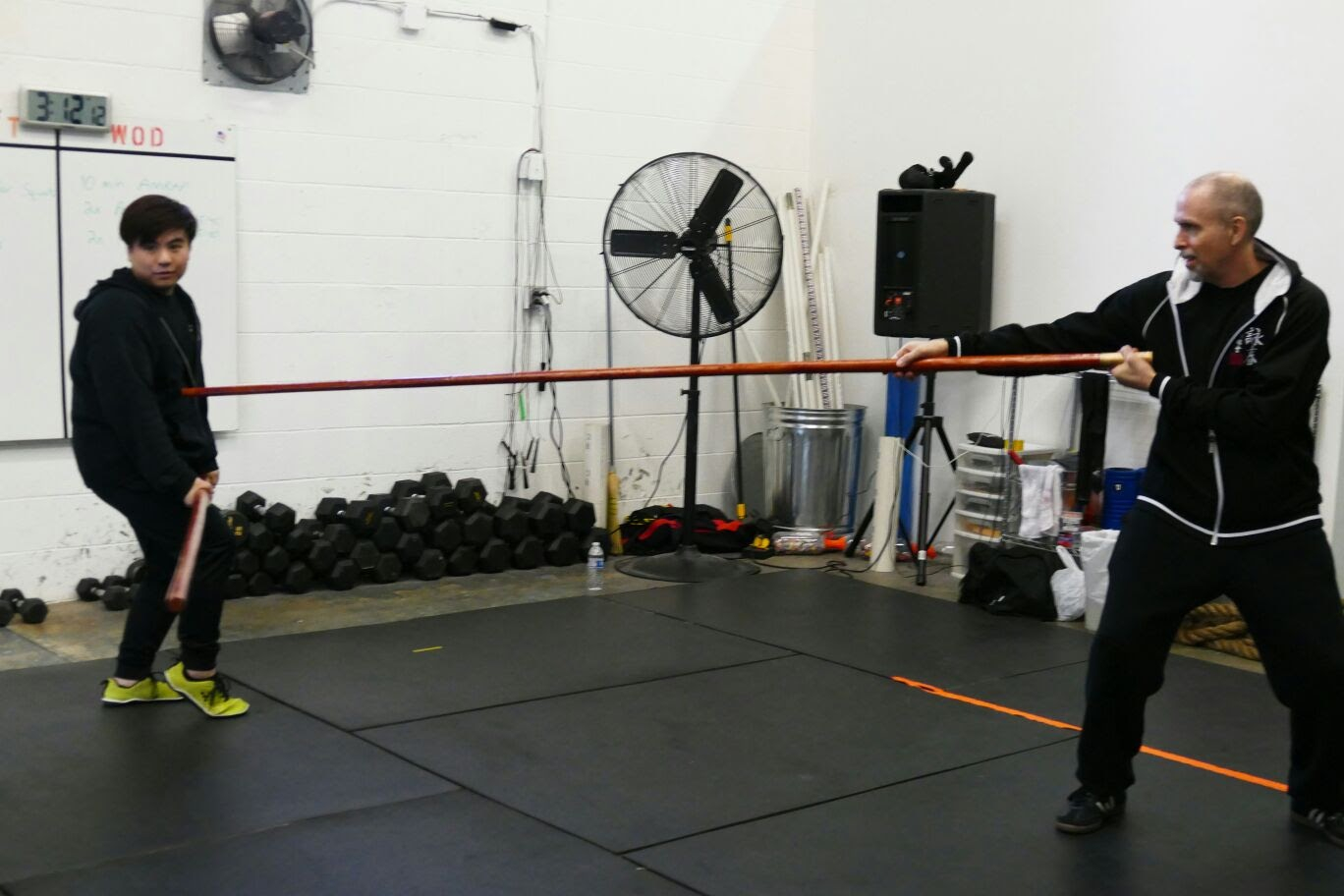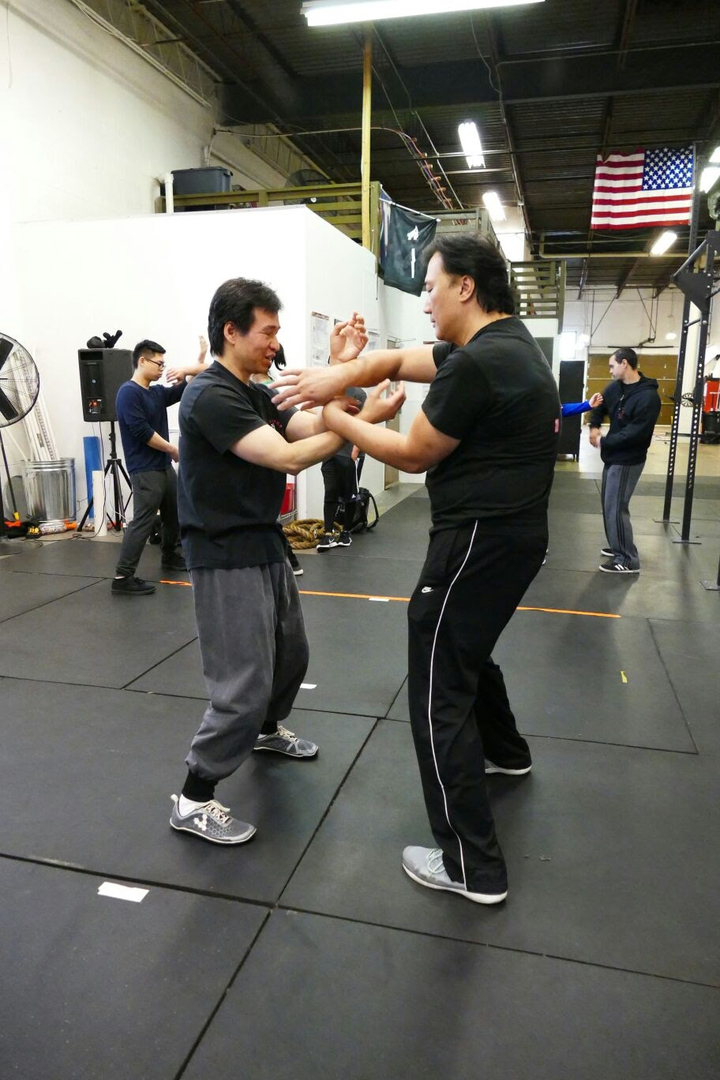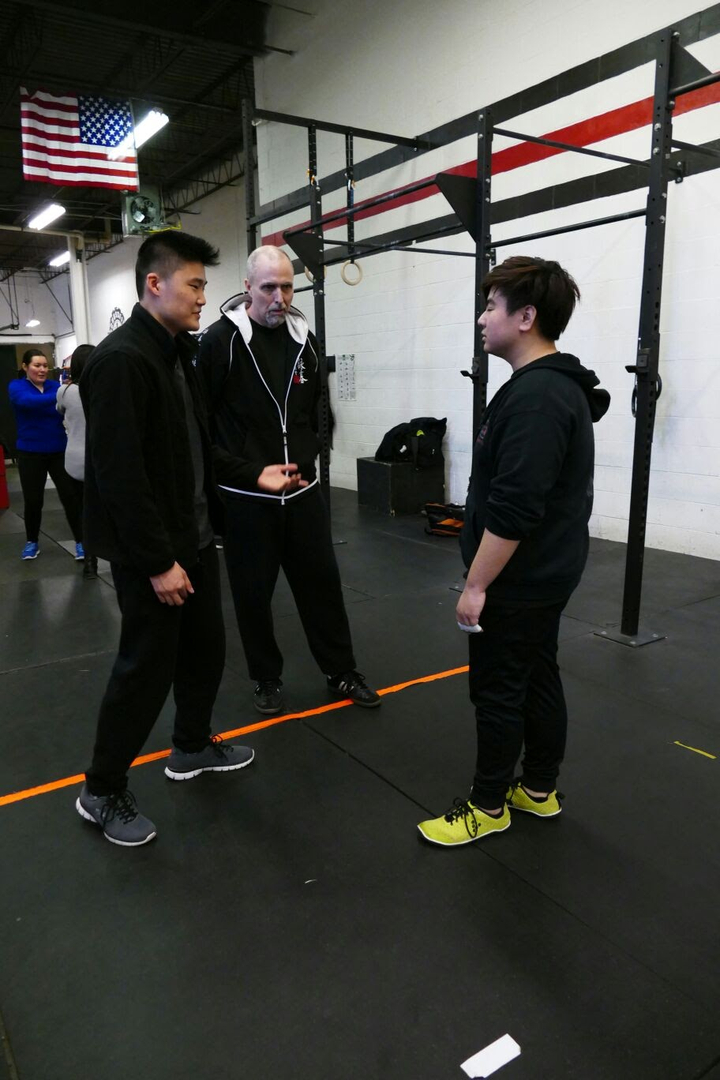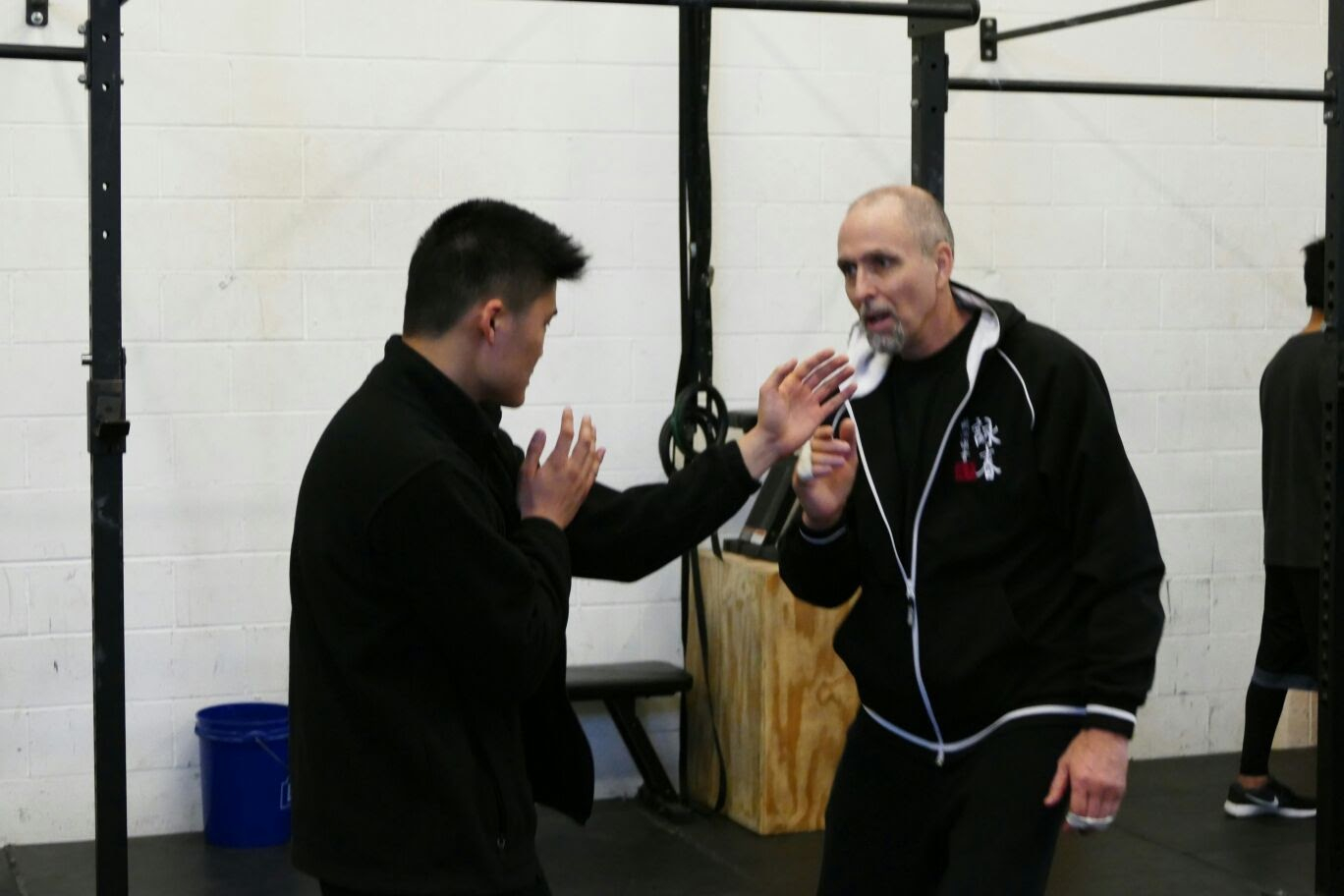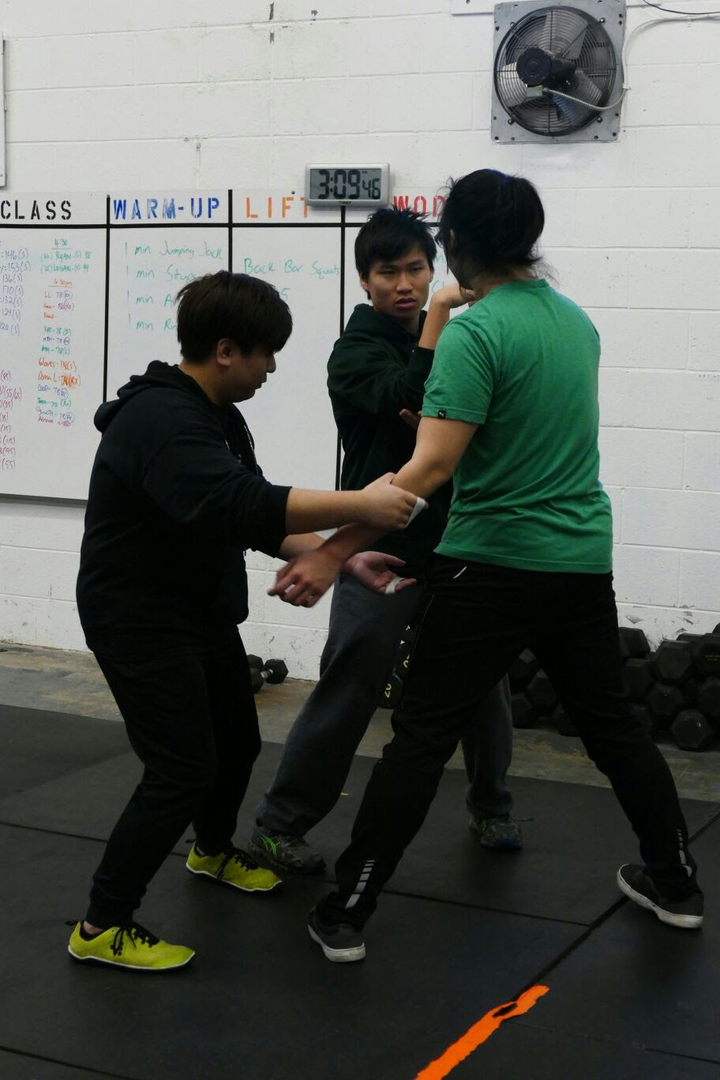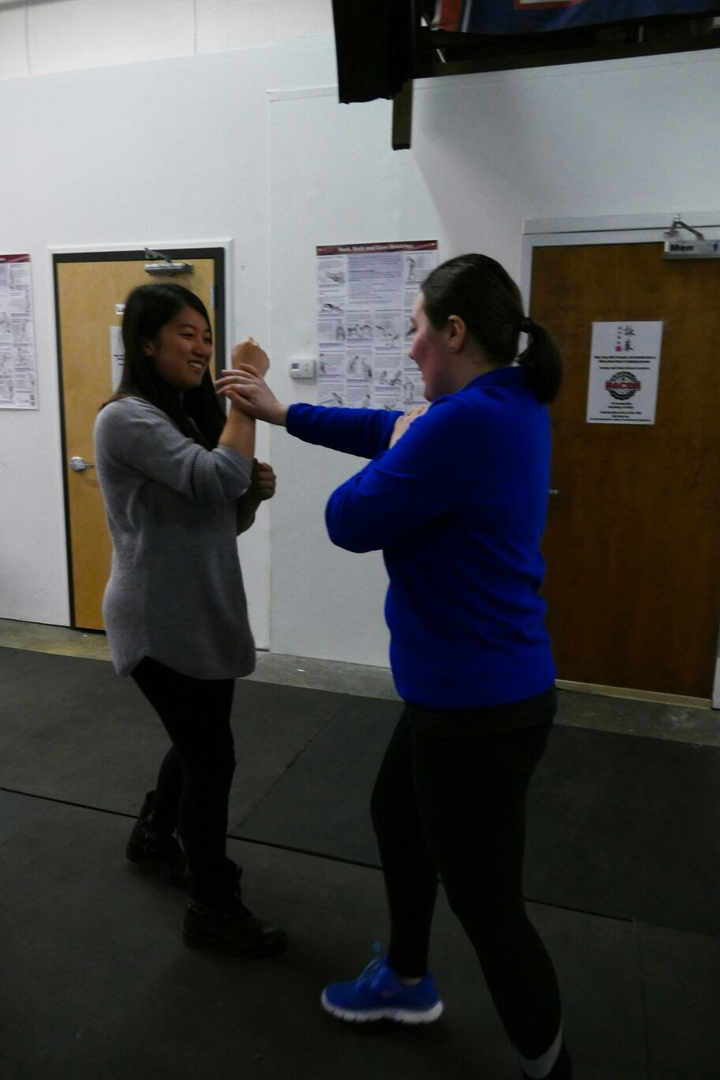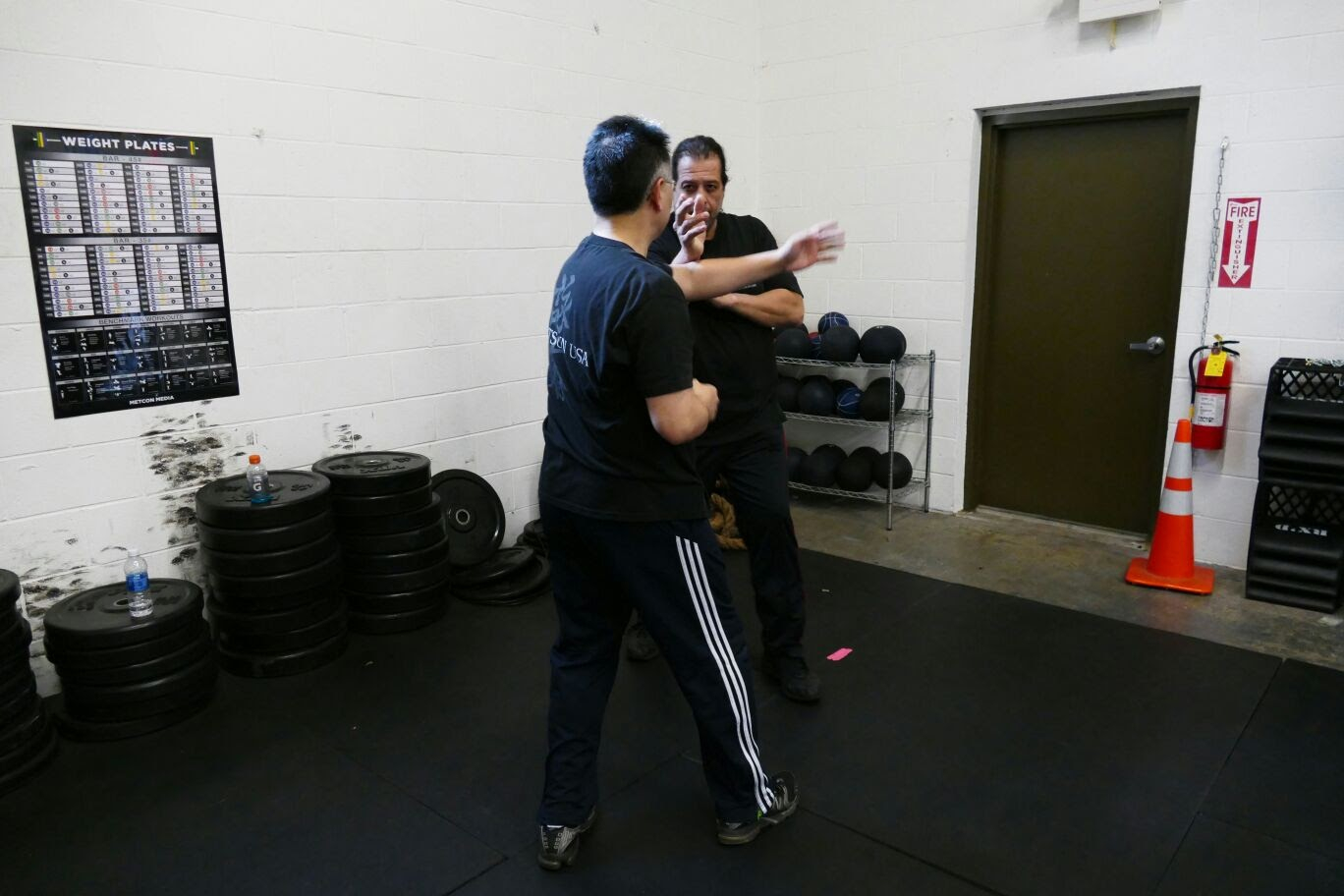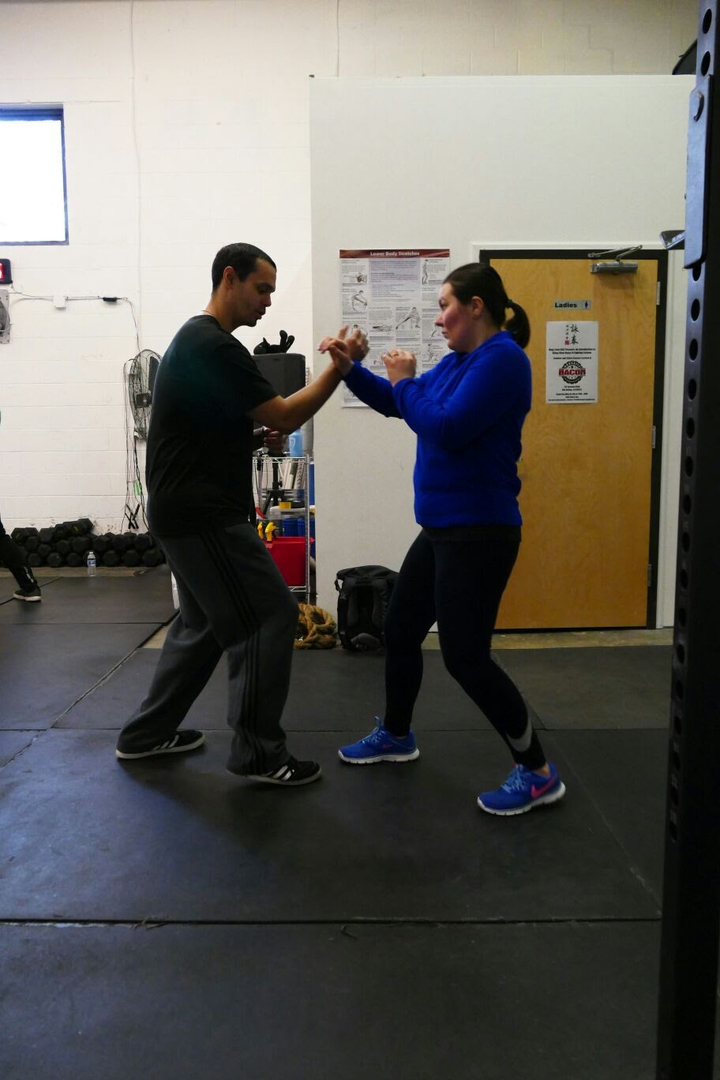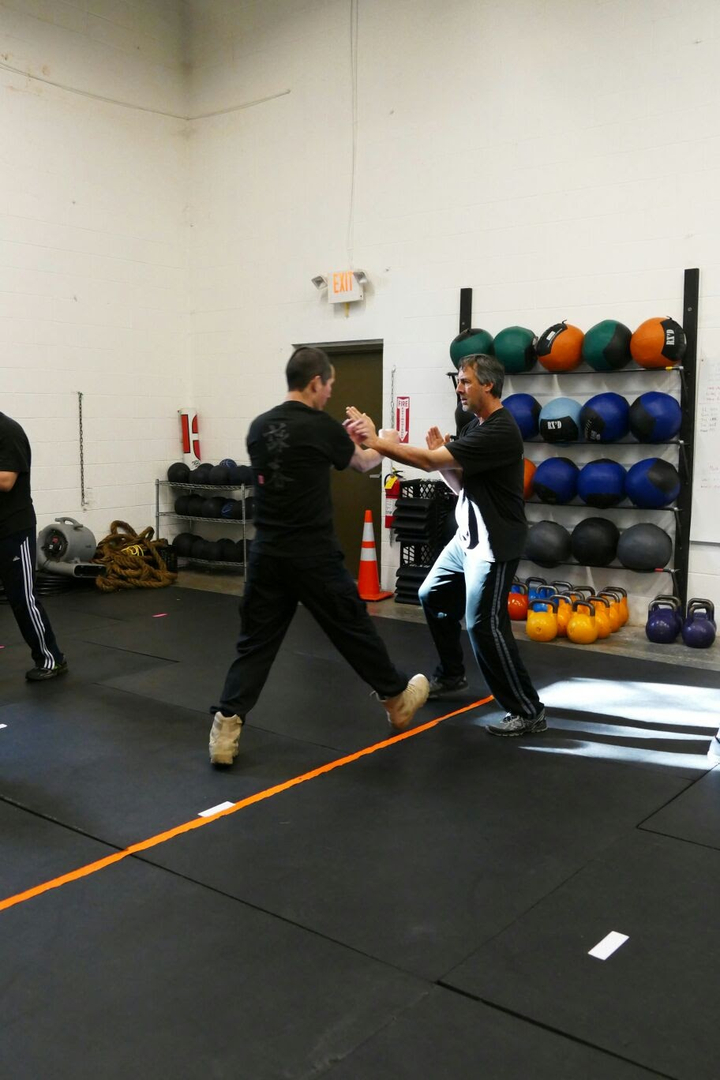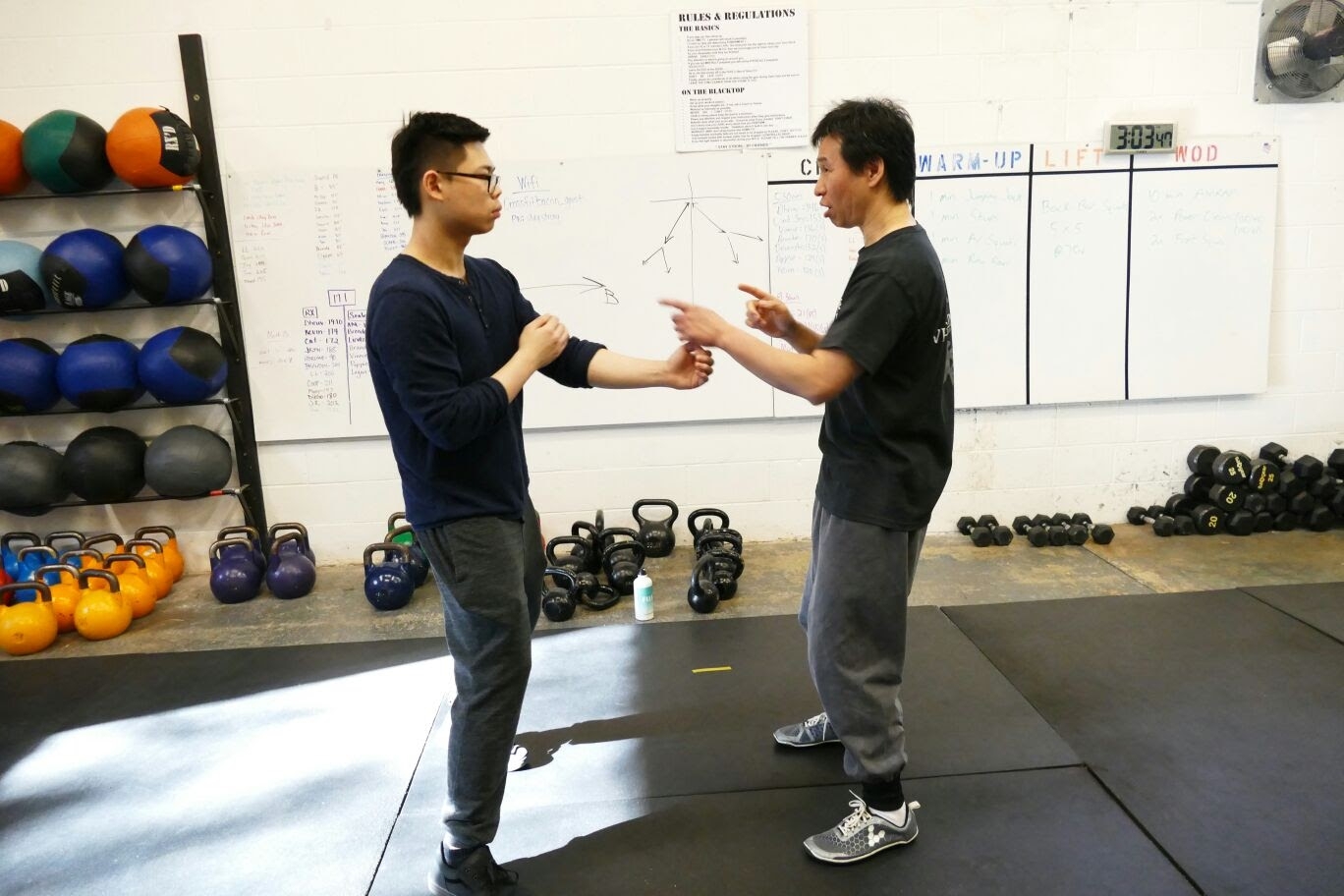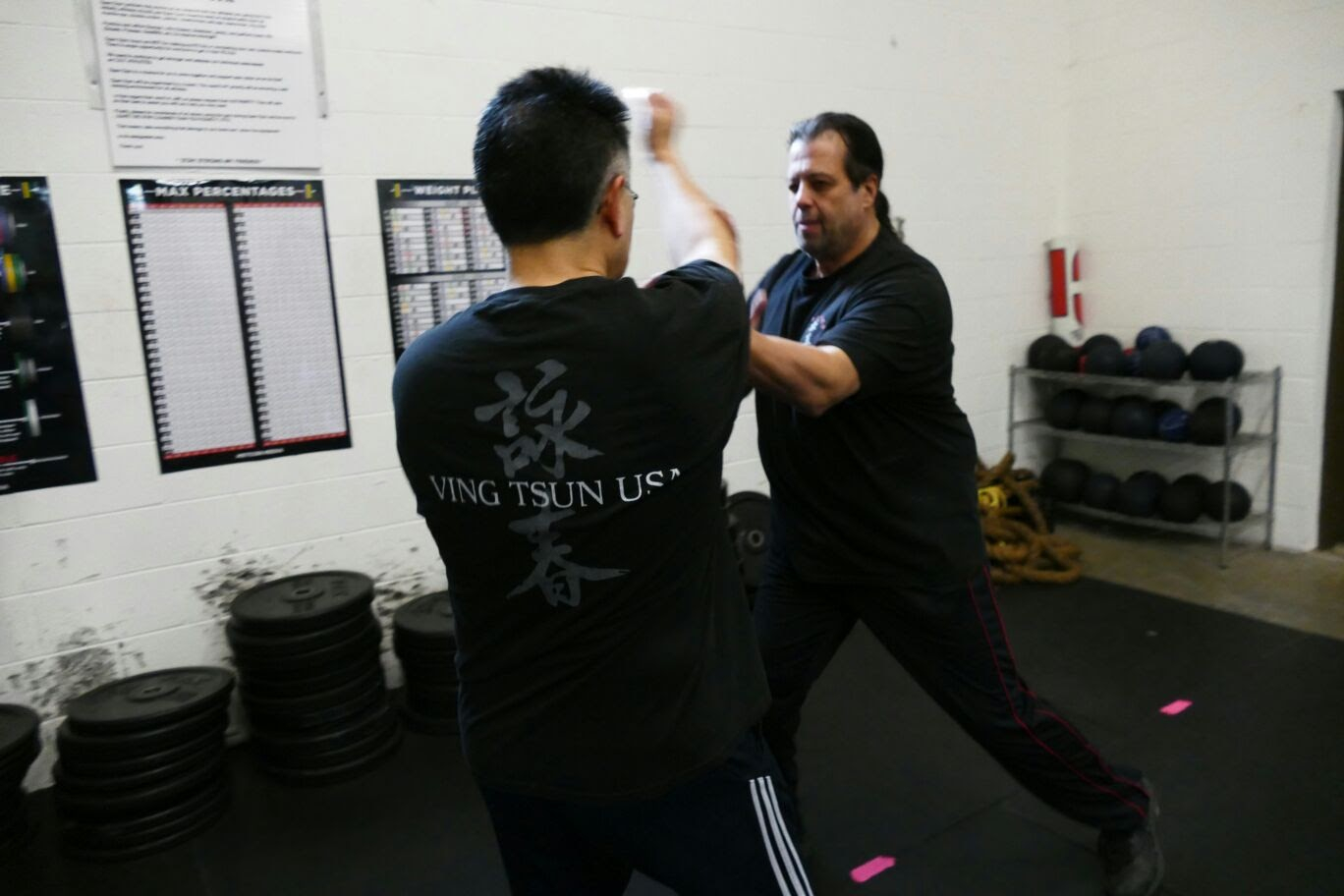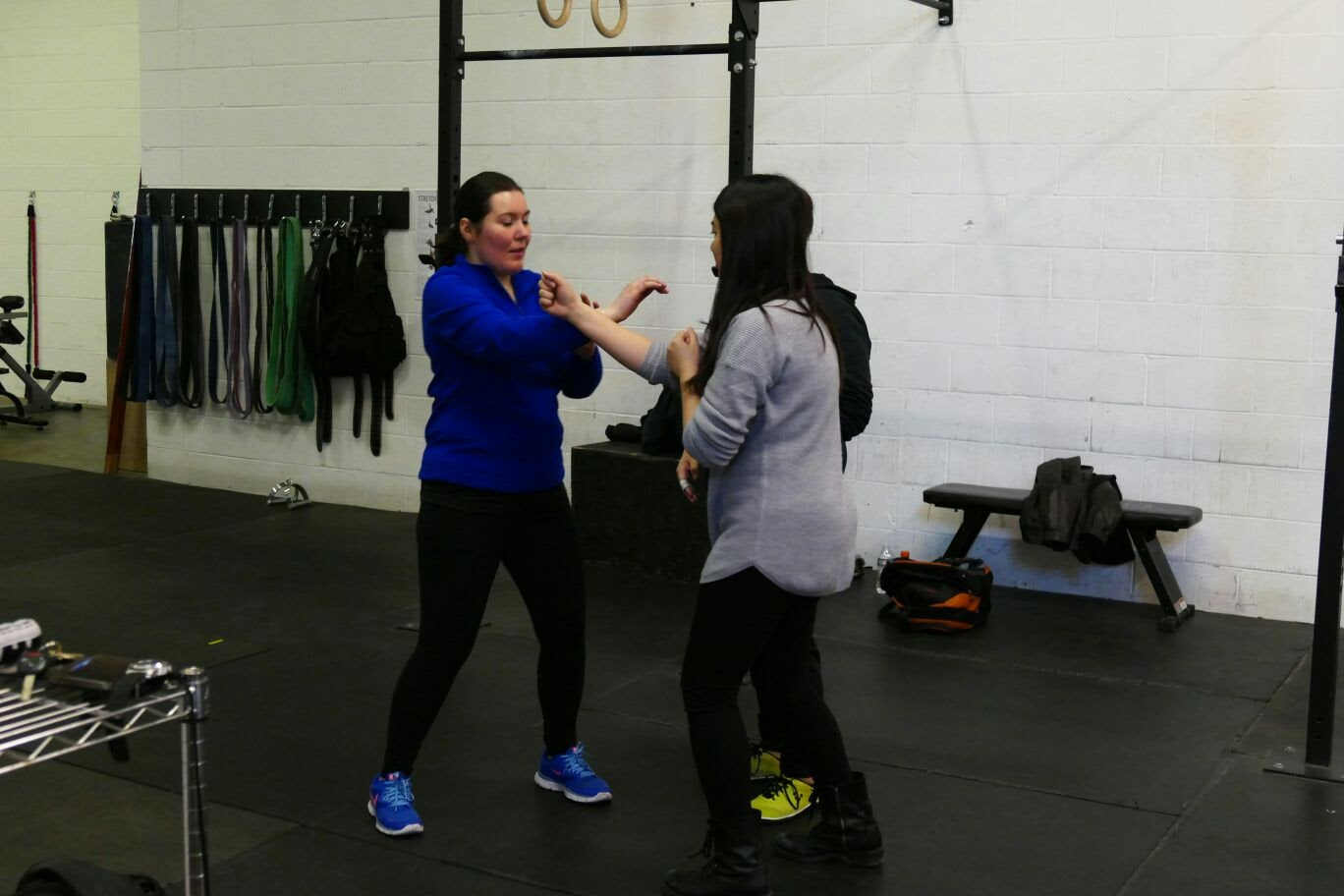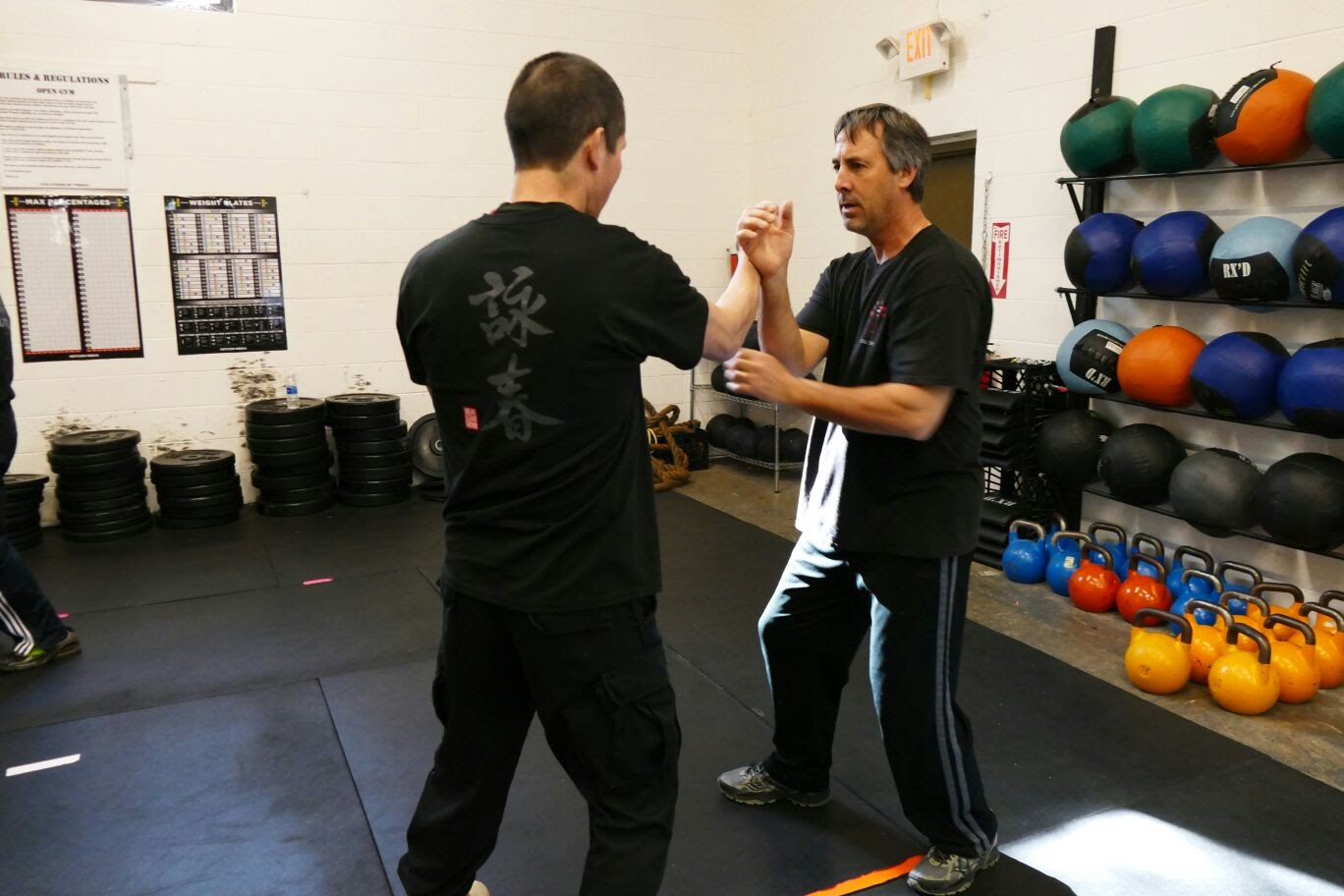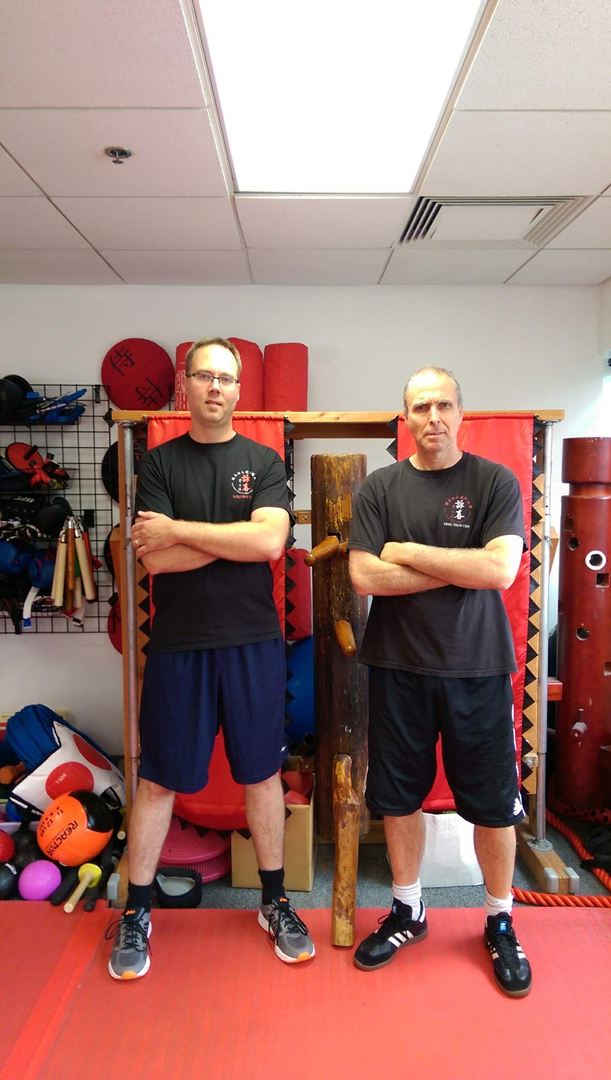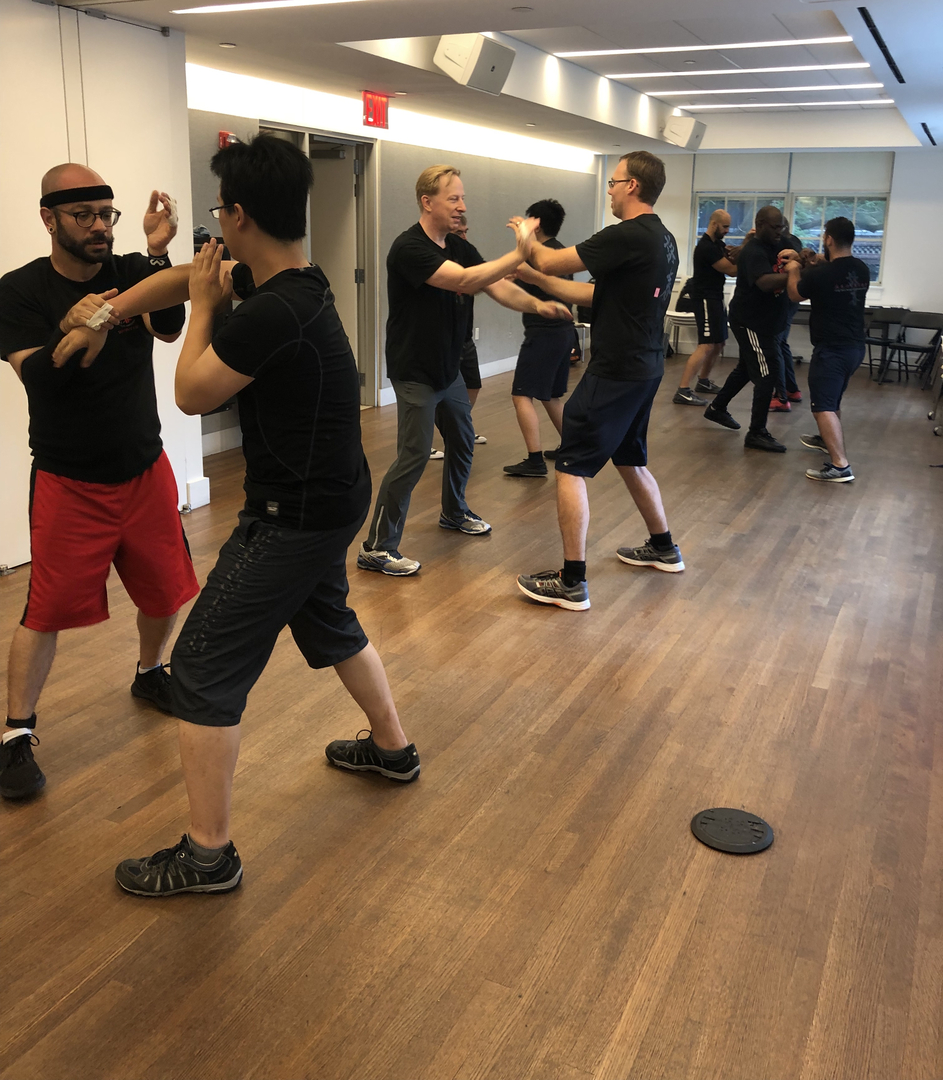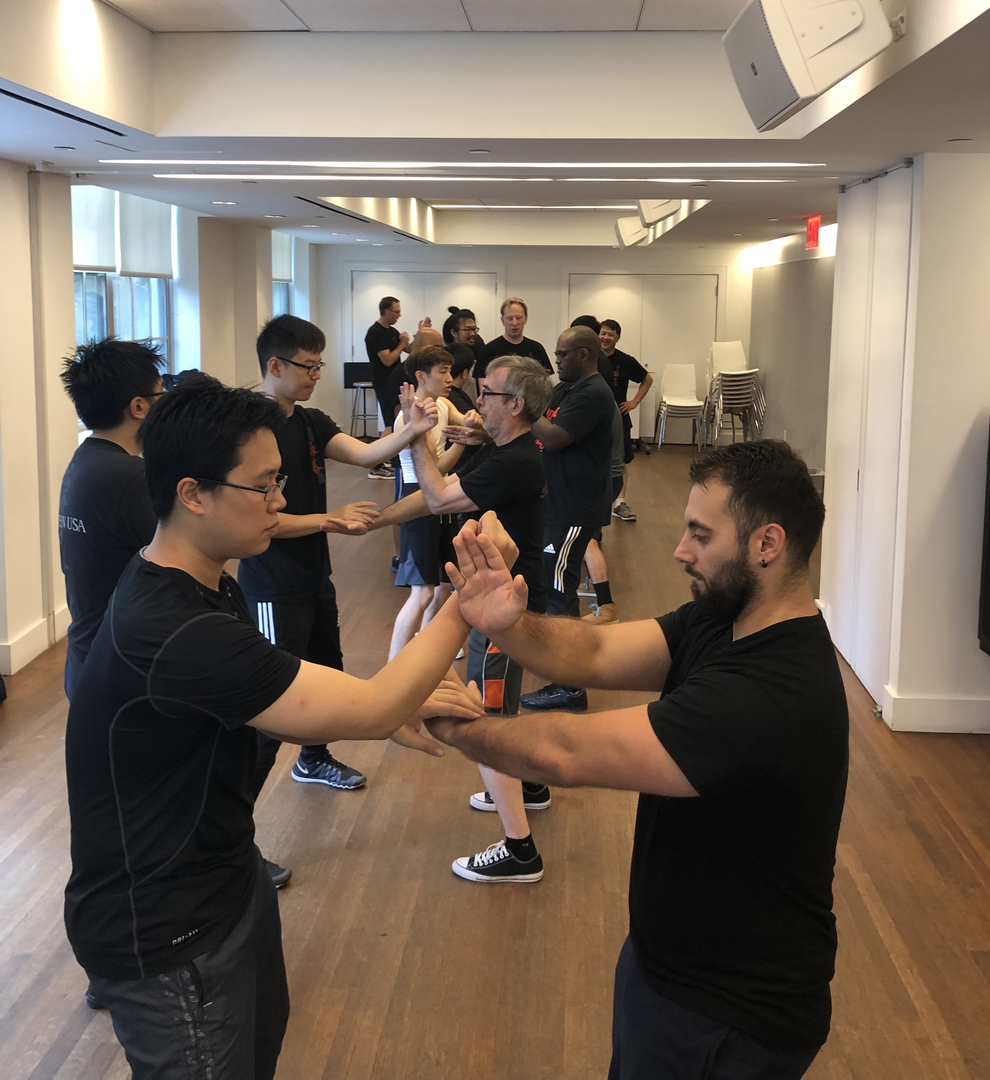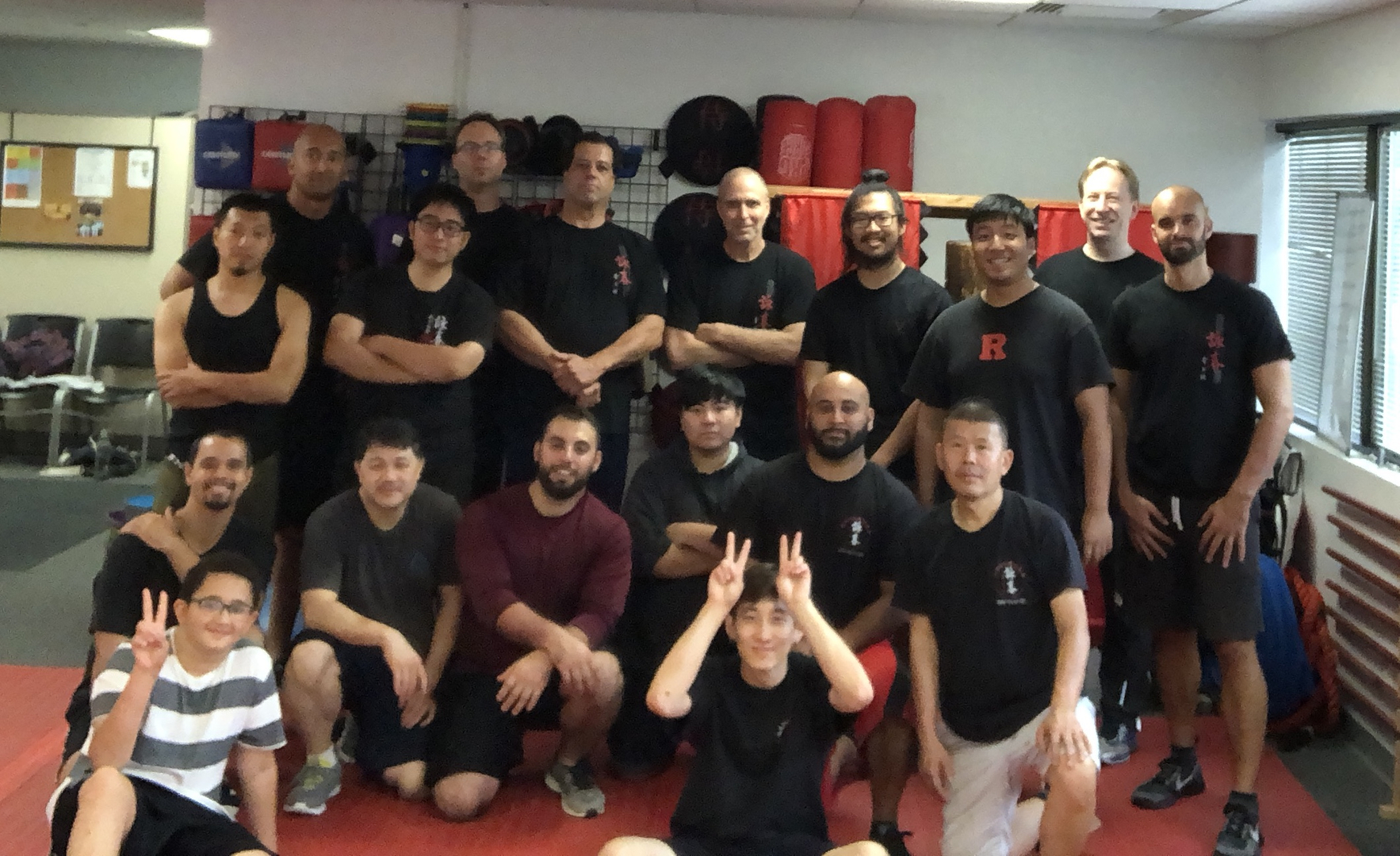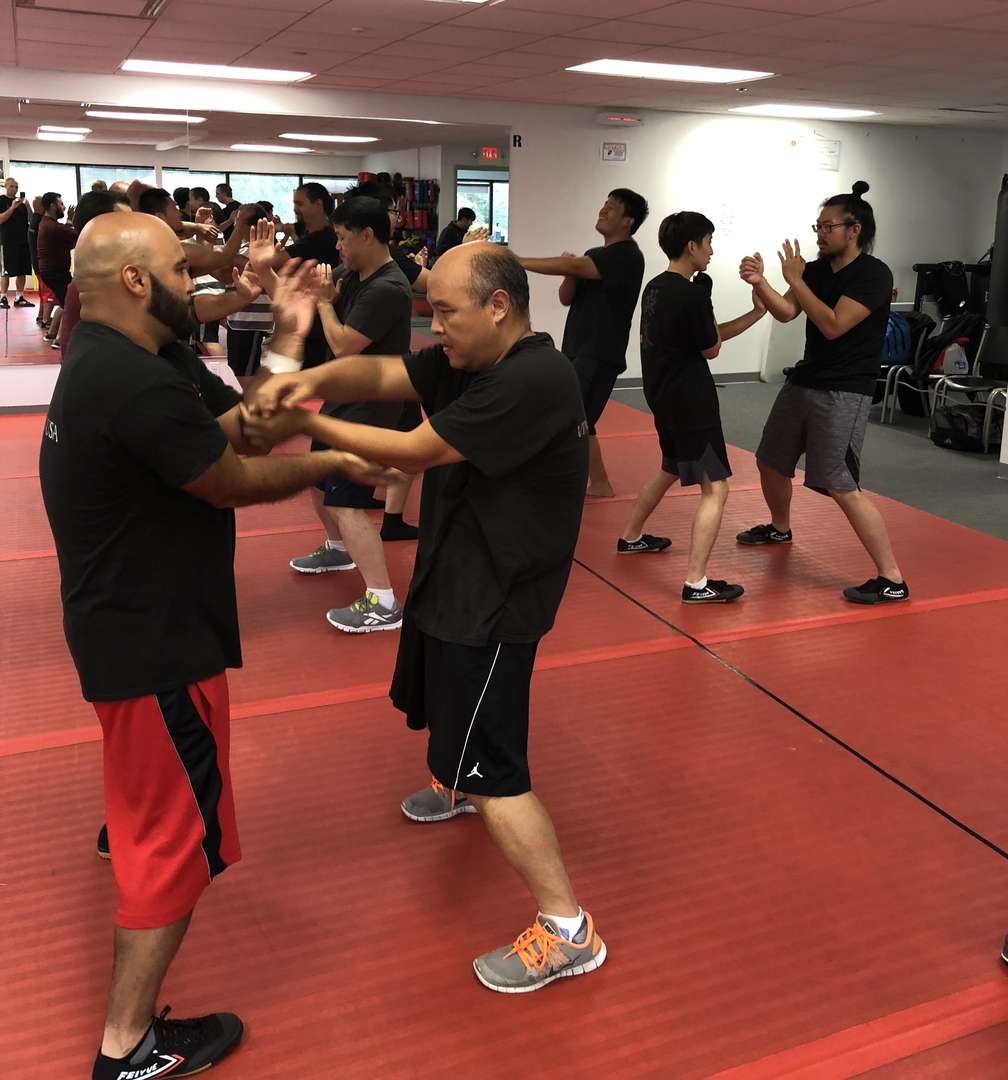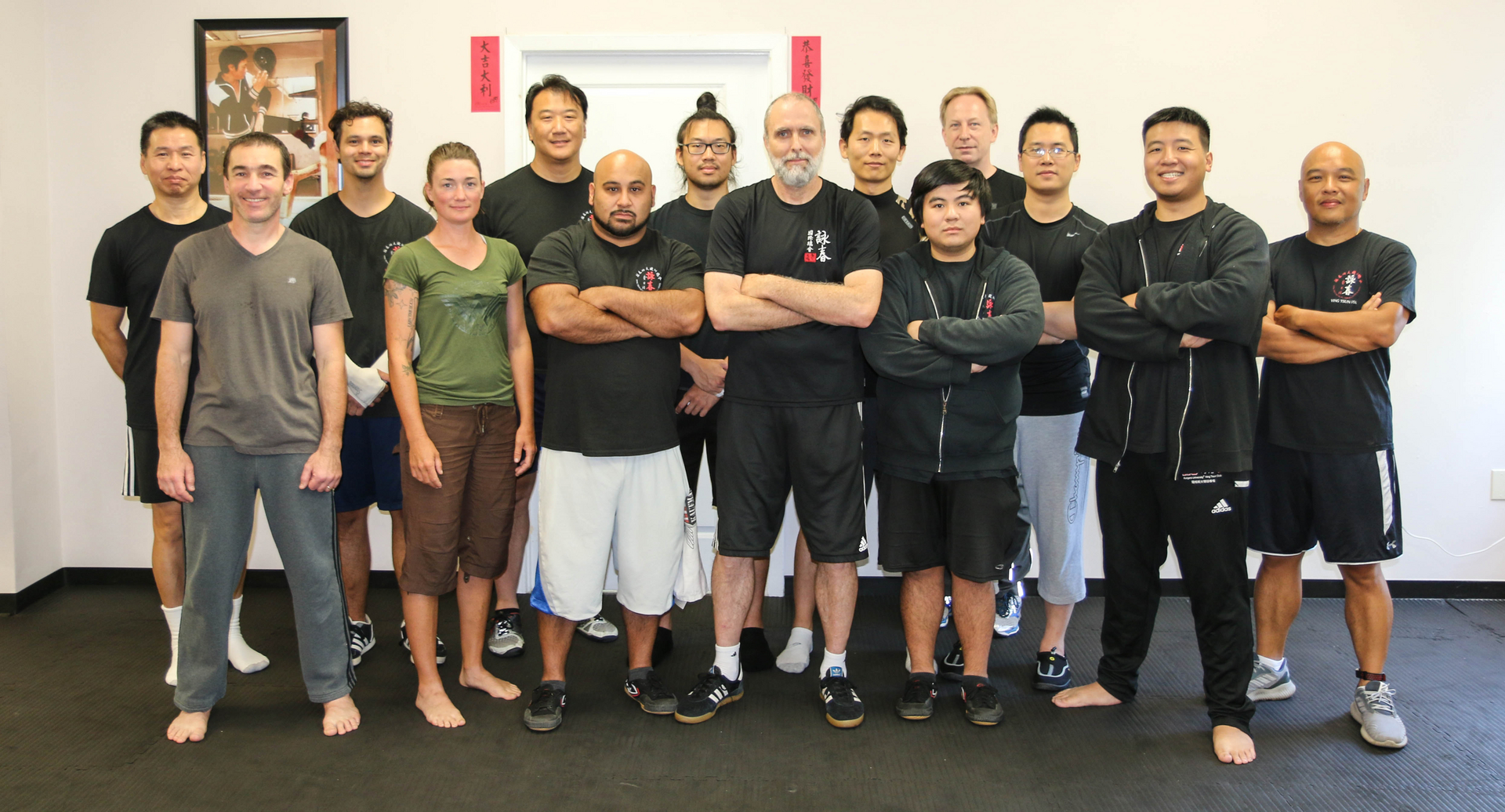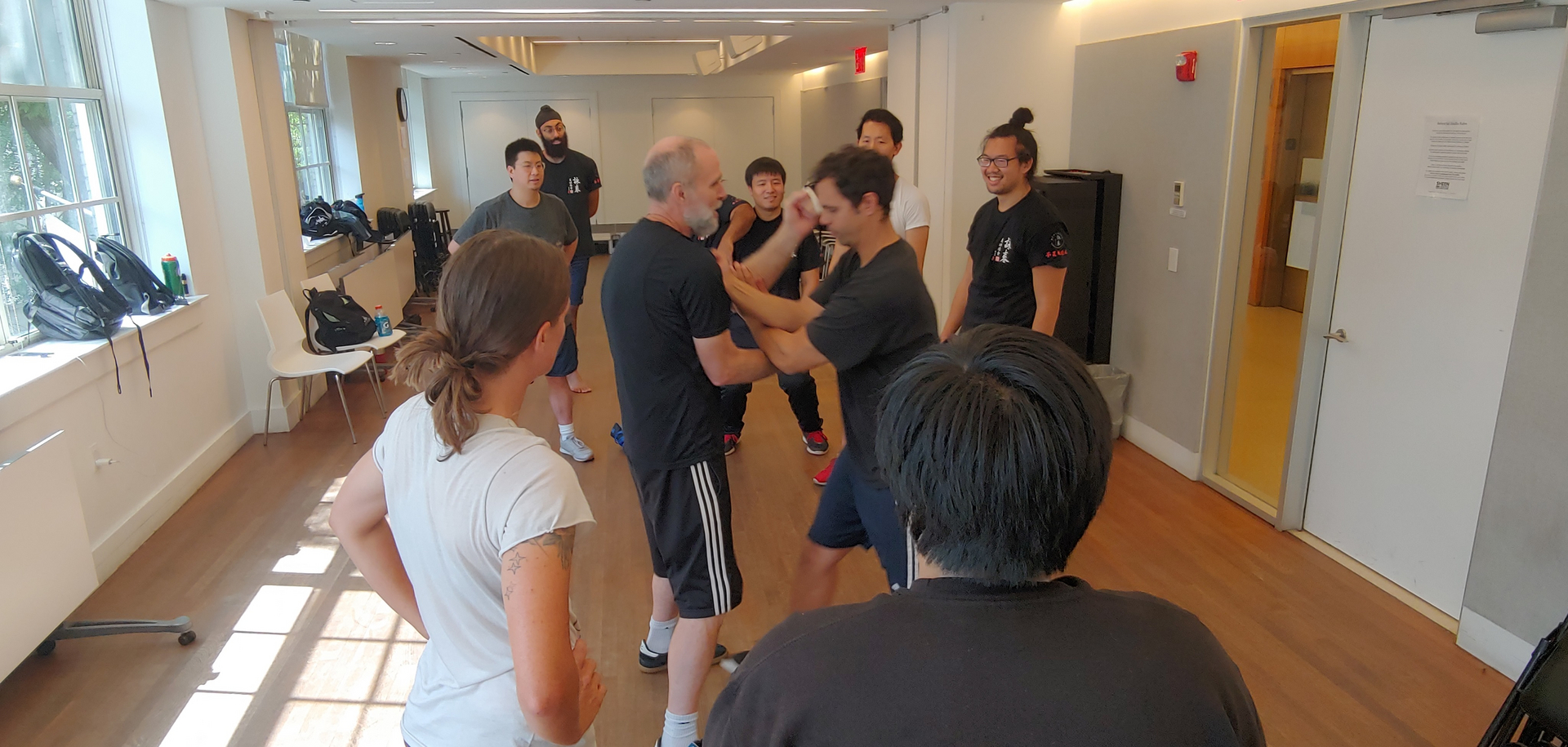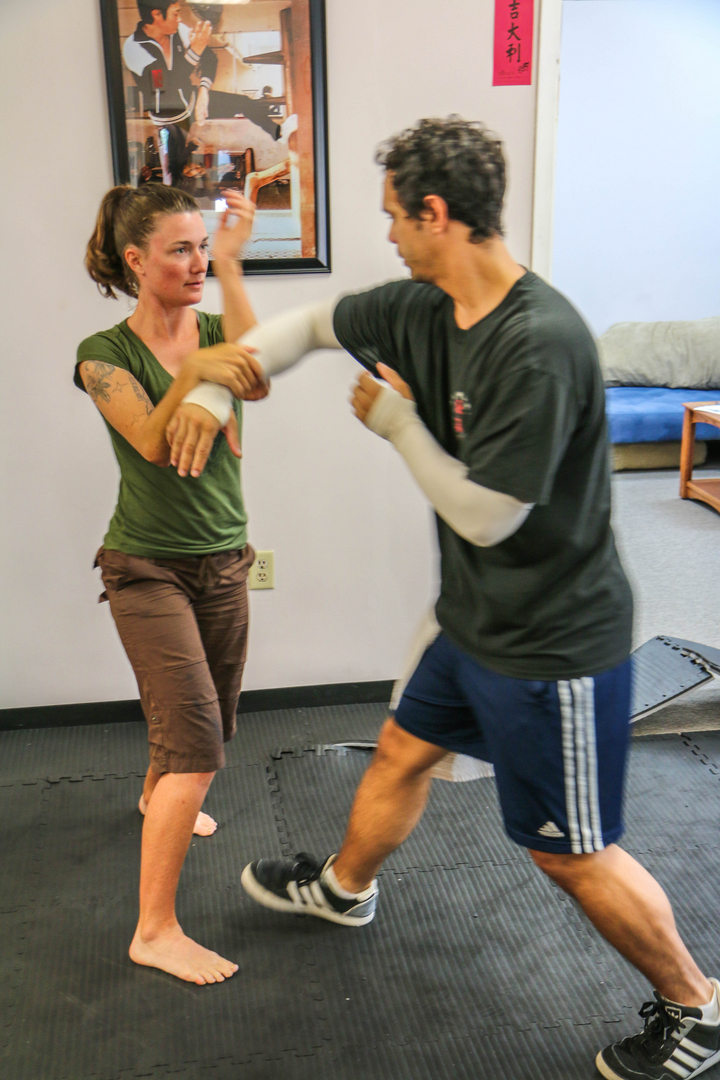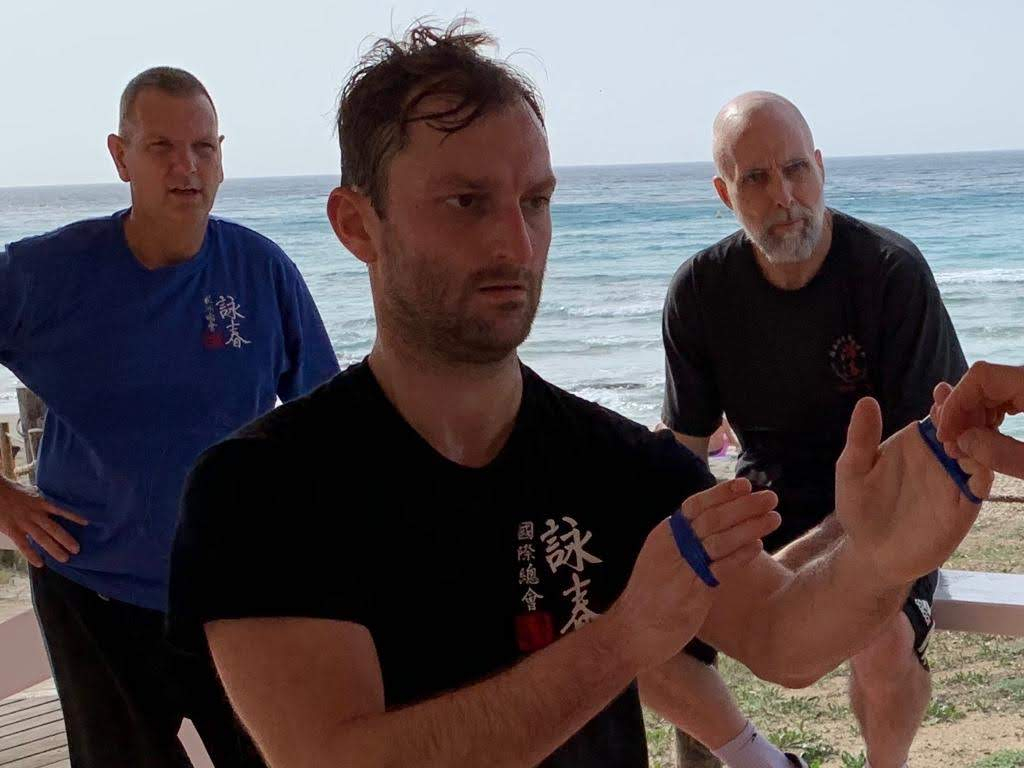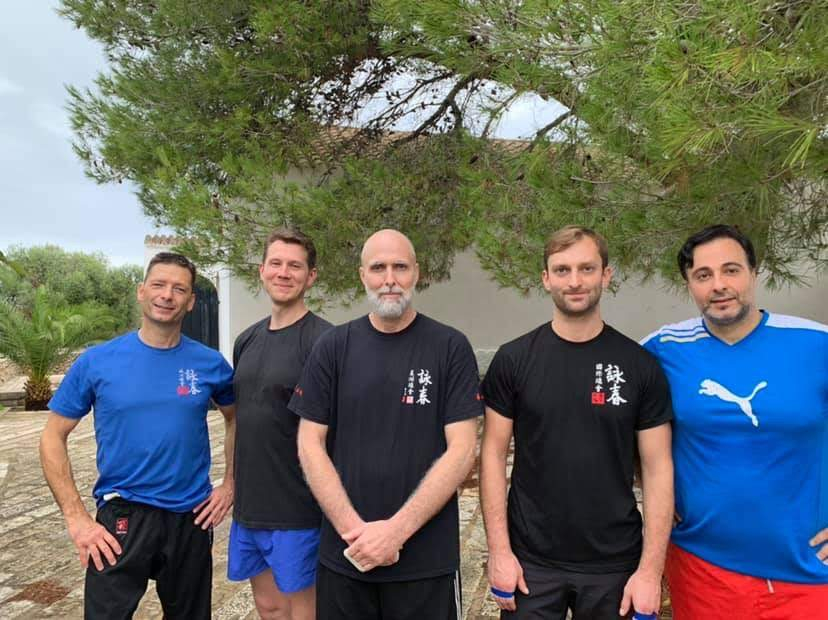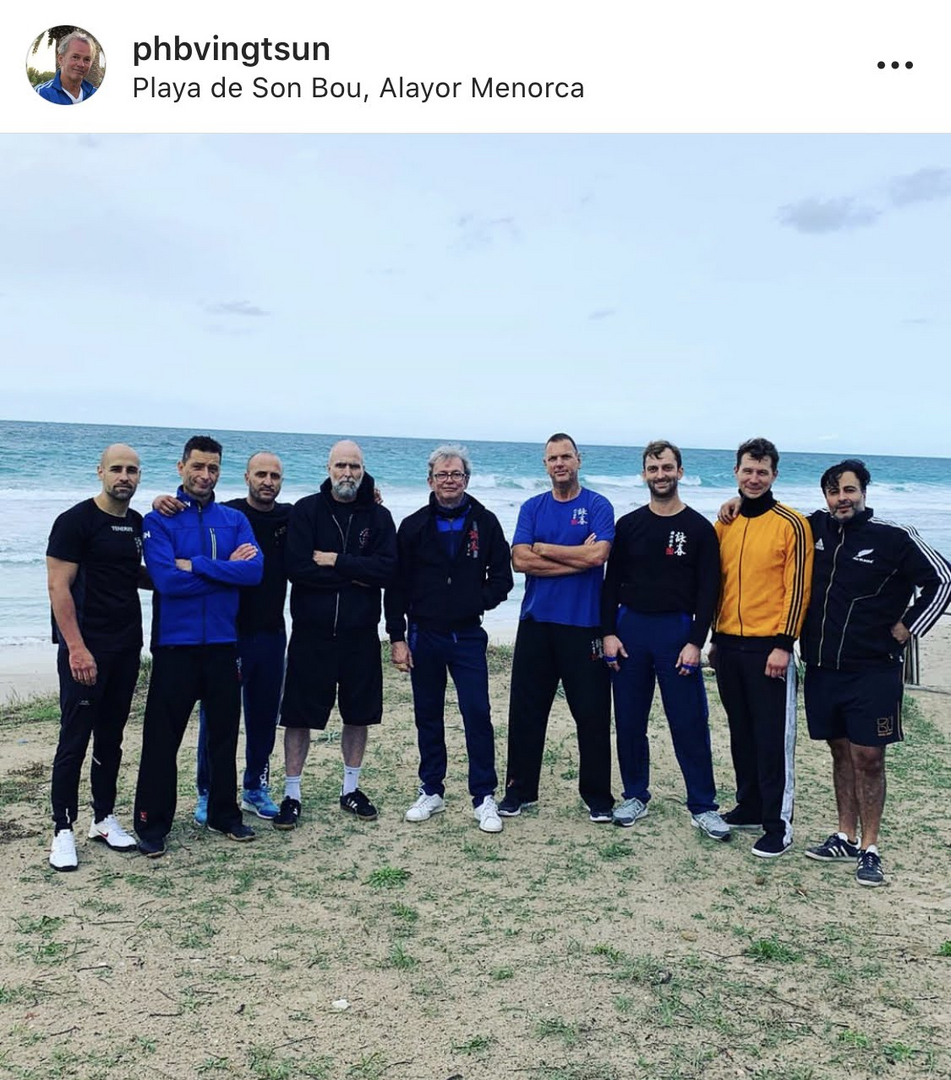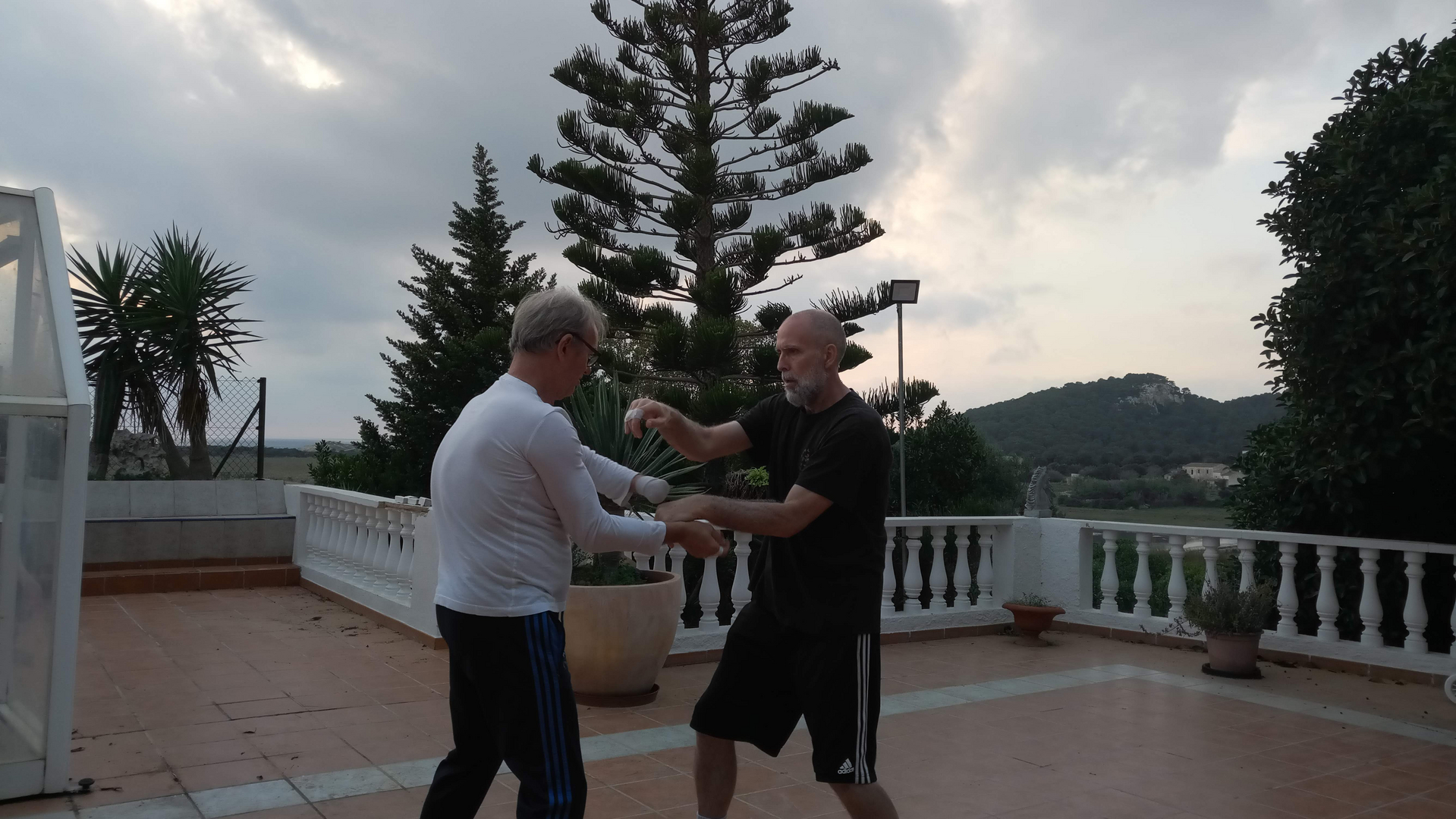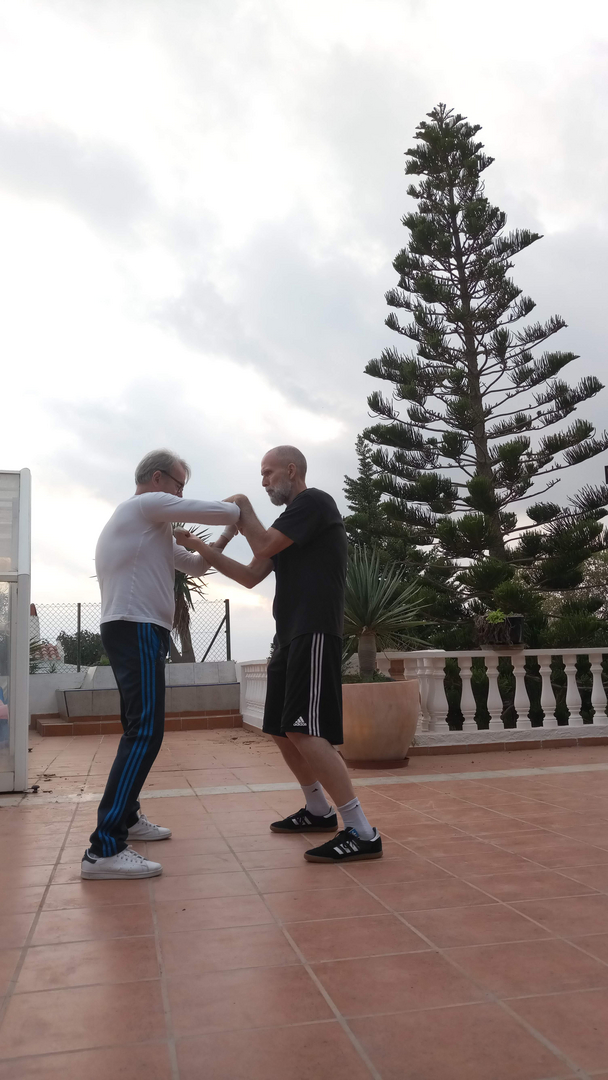
“Our hands and feet may belong to us but they don’t always do what we tell them to”.
-Wong Shun Leung
NY / TORONTO SEMINAR OCT ’16
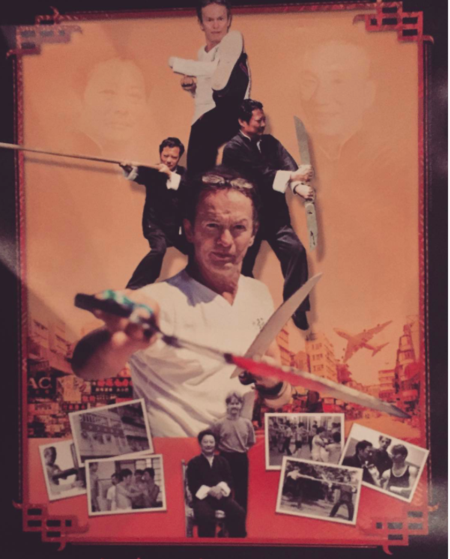
Ah, the famous letter that Bruce wrote to Wong Shun Leung crediting his martial arts to him…signed by the man himself.
“But wait!!! Wasn’t Ip Man the teacher of Bruce Lee? Didn’t Bruce Lee do Jeet Kune Do? Why’d he thank a Wing Chun man?”
To the non-practitioner, here’s some information about Bruce and Wing Chun that you may not have known.
Both Bruce Lee and Wong Shun Leung joined Wing Chun through Ip Man. In the traditional Chinese culture, joining a martial arts class was much more than subscribing to a system of fighting, you were basically joining a fraternity/sorority/lineage; a family of fighters who share the same ideologies and training as you. The process in this tradition is called 拜師 (Bai-See). You pour a cup of tea to a master and you accept him as a father figure for life. This is what both Wong and Bruce Lee did under Ip Man.
However, the story is a lot more complicated once it comes to who actually taught Bruce Lee. His real teacher was actually Wong Shun Leung.
Bruce was a child-star in Hong Kong, and a lot of people blamed Ip Man for favoritism because of Bruce’s celebrity status. When Ip denied any claims of favoritism, people dug deeper and found out Bruce’s mom was part German, so they complained that Ip Man should not be teaching any foreigners Wing Chun. In order to avoid losing his students, he had to stop teaching Bruce. Bruce was also the son of his friend, so he can’t deny Bruce’s learning. So what Ip Man did was push Bruce Lee off to his student, Wong Shun Leung. Wong was Ip Man’s champion student and newspapers/magazines gave Wong Shun Leung the nickname: 講手王 (AKA. King of Talking Hands) due to the amount of martial arts schools that he challenged and defeated. So when it came to the actual instruction of a newcomer like Bruce, Wong was given the responsibility.
Bruce learned his basics with Wong Shun Leung. He practiced his forms, structural and power development, and did drills just like everyone else who did Wing Chun.
Bruce eventually had to move to America to avoid all the trouble he was getting into in Hong Kong.
Coming to the United States, barely a young adult, Bruce was exposed to a wide spectrum of foreign ideas he never witnessed before. There was primarily a lot of Judo, Karate, Tae Kwon Do, and not so much Kung Fu, which Bruce subscribed to loyally. Bruce’s work in the industry and the martial arts community is known by the entire world as he brought Kung Fu into it’s global golden era in the 70s.
Bruce had an encounter with a guy by the name of Wong Jack Man. After narrowly beating him in a fight (supposedly), Bruce realized some of his shortcomings, which prompted him to blame the system and not himself. He decided that he wanted to implement his own system of fighting, but Wing Chun and Wong Shun Leung left too deep of a mark on Bruce for him to refute in his lifetime. That’s why, despite believing that the fighter should be “formless, shapeless, like water”, Jeet Kune Do was also dubbed by Bruce to be “The Way of the Intercepting Fist”, which is one of the main ideas of Wing Chun.
When Bruce became a globally famous movie star, he actually paid to fly Wong Shun Leung from Hong Kong all the way to Hollywood so that they can catch up and talk about martial arts/film-making. In Wong Shun Leung’s visit, Wong and Bruce exchanged a lot on ideologies and fighting. According to multiple accounts, Wong sparred with Bruce, and despite Bruce being able to land just as many hits as Wong did on Bruce, Wong’s hits were all a lot more vital than Bruce’s (strikes to the eyes, head, throat, etc…).
Wong Shun Leung actually convinced Bruce Lee that he benefited from the years and years he spent training Wing Chun which resulted in his speed and his power (directness and structure), but denying his students of the same training was essentially asking them to jump the flight of stairs that he climbed for years. Bruce Lee’s martial prowess was the direct result of Wing Chun. Although Bruce was very talented, he was far too young, and there’s even those who said that Bruce Lee would have taken back Jeet Kune Do if he was not as famous as he was.
Years after Bruce’s death, Wong continued his Wing Chun journey, eventually teaching Philipp Bayer, which resulted in Philipp spreading genuine Wong Shun Leung Wing Chun all throughout Europe and being the figurehead in the movement. Now, through my teacher and a few of us here, America.
NJ Seminar March 4 ’17
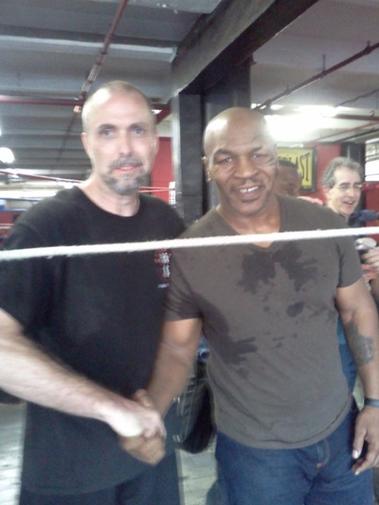
“Everyone has a plan until they get punched in the face.”
Mike Tyson
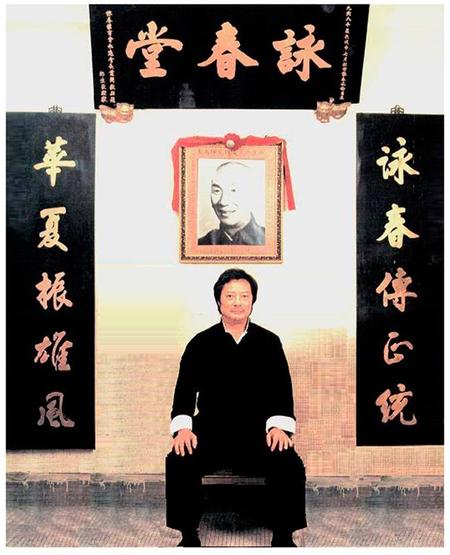
Wong Shun Leung
Wong Shun Leung was born June 21st 1935, the oldest son of a Cantonese doctor, who passed his knowledge on to him. Now known as doctor and herbalist, Wong Shun Leung was crazy about fighting since his childhood. Because his father was well known in the Kung Fu scene, he often got the chance to watch and admire the different fighting styles. From an early Wong, was interested in the roof tops of flats and remote parking garages, as these were the places to witness gangs and individuals fight.
In witnessing such events, Wong learnt an important lesson early on: “Hit first, ask questions later”. Wong Shun Leung became associated with students of different fighting styles who encouraged him to enter the Kung Fu study and at the age of 15-16, Wong Shun Leung tried a variety of different fighting styles.
” Hit first, talk later!”
He started with Tai Chi Chuan but quickly moved on to western style boxing. Seeing good practical tips and manoeuvres, he started to train in western boxing. When Wong Shun Leung accidentally hit his former boxing coach too hard, the coach became irritated and attacked him nevertheless, Wong, with a bloody nose and mouth managed to drive his former trainer in a corner and knocked him out. Having lost respect for his trainer Wong stopped his boxing lessons, and decided to take up a new martial art that was barely know in Hong Kong at the time ‘Ving-Tsun Kung Fu’ that was not only barely known, but only boasted one recognised teacher at the time Yip Man.
On starting at Yip Man’s school at 17 years of age, Wong observed students training Chi Sau. Considering his boxing training, their movements seemed very impractical and he inwardly laughed at the Ving-Tsun. Shortly after joining he was challenged to a fight by one of the students at the school and after only a few seconds, Wong had his opponent on the floor. Yip Man, was somewhat surprised at this and asked him if he would like to fight one of the older students. Wong accepted and had no trouble winning the second bout. Yip Man saw this as a challenge and now took on a fight with Wong himself. Wong remembered what happened with his old boxing trainer and thought he would have an easy fight against the 59 year old Yip Man. With a lot of fancy footwork and fast movements he thought he could quickly tire him but Yip Man was very tactical and manoeuvred Wong into a corner. When Wong was about to kick, Yip Man caught him off balance. Wong fell against the wall and Yip Man covered the distance quickly and with a few strokes tackled Wong, showing him that if it had been his intention, he could have seriously hurt him. The body-control and speed of Yip Man took Wong by surprise and made him realise that he had met his master.
The next day Wong fought again, this time against Yip Bo Ching, one of Yip Man’s best students. Yip Bo Ching won easily. Again, this convinced Wong completely and he officially became a student of Yip Man. The sixty year old Yip Man observed Wongs hard training regime and ambitious nature. He told his oldest pupil Leung Sheung, that he was convinced that his Ving-Tsun would make Wong famous in Hong Kong in one years time. However, Yip Man was proved wrong; it only took 3 months by which time Wong weighed only 53 kilograms. He accepted every challenge and came out a winner. Between the ages of 18 and 19 Wong fought more than 60 fights and was envied by many people who were paid to fight him. Due to his track record of success, Wong had made Ving-Tsun the main subject of conversation in Hong Kong and demonstrating that ‘Finally there was a style that was successful’ ‘
“Lee was lazy and a slow learner.”
William Cheung, also a well known Ving-Tsun fighter, introduced Lee Siu Lung (Bruce Lee) to Ving-Tsun. Wong Shun Leung noticed that Lee did not take his Ving-Tsun study seriously; he was lazy and therefore learnt slowly. If he got into trouble with the law or an opponent, he assumed that William or his father would get him out again. When William, who had been a role model fighter for Lee, went to Australia, Lee felt abandoned in an aggressive environment. He turned to Wong Shun Leung to learn Ving-Tsun and because of this changed his approach to his training. Although Lee would have liked private lessons from Wong. Wong did not see much use in this. Nevertheless; Lee was resourceful and determined and after school, quickly arrived at Wong’s house before the other students. When the students arrived he sadly informed them that Wong was not at home. Everybody left and Lee returned to take advantage of the private lesson he so desired.
For a period of one and a half years Wong educated the clever and determined student Lee almost daily. Wong recognised that Lee’s strength was in Chi Sau. His reflexes developed so well, that he was capable of reacting to every attack from his opponent. His training would surely have continued until he learned everything in Ving-Tsun, if it were not for his parents sending Lee to the United States of America, because of his complicated course of life. The friendship between Wong and Lee weakened and was limited to letters or an occasional visit, when Lee was in Hong Kong for a film take or to visit his parents.
When Lee started to introduce Ving-Tsun in the USA, he turned to Wong Shun Leung to be clear about the different techniques. Wong, a seasoned fighter, was Lee’s idol; before a situation even occurred, Wong had the response already in his mind. Shortly before his death, Lee visited Hong Kong and had a long discussion with Wong about the theories and techniques of Jeet Kune Do, developed by Lee. The core of the discussion was that, except for Lee, nobody else could learn this system. Lee should never have developed this system. Without the ground basics of Ving-Tsun, a pupil would not be able to learn it. Lee himself learnt Ving-Tsun traditionally step by step and fought in the street to gain experience and to bring his knowledge into a new system. Chi Sau is an important element of the Ving-Tsun system. The new teaching methods of Jeet Kune Do seemed to be impossible to master; a link was missing in the chain. Wong tried to make Lee understand that he should have more patience.
‘Wong became one with his art.’
Wong Sheng Leung died of a stroke on January 28, 1997. A shock to everybody who knew him. Wong was always very frank. His teaching methods seemed authoritarian and traditional, yet he was always prepared to advise his pupils and answer their questions. Contradictory to Yip Man, he also taught non-Chinese people. Wong Shun Leung was an exemplary human being that came to be an art form. He started as a talented fighter and studied the physical and psychological aspects of Ving-Tsun and truly became one with Ving-Tsun. He was a man who knew how to use his voice, soft or loud, in a certain situation. He knew his limits, therefore also the limits of others. He worked quietly, relaxed and very focused. His practical way of life could be compared to a sword; not dangerous until you touch the sharp edge.
Written by: Philipp Bayer
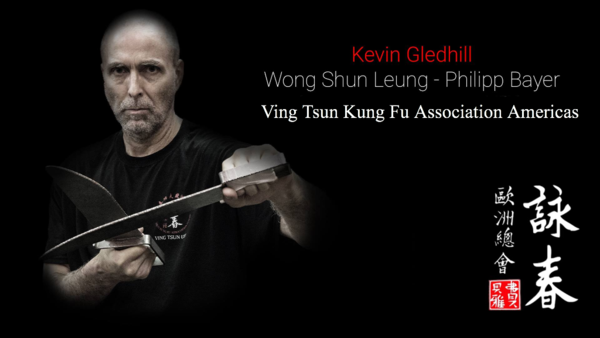
WSL on teaching
“Basically I teach the same method I learned from Yip Man but I would say that I teach it in a more systematic way..”
“I haven’t changed the principle. The way teach has changed to make it easier for others to understand. If I do make any changes, they are very small, so much so that I can’t remember all of them. Ving Tsun is such a good system, there is almost nothing to correct…”
“I have seen some instructors turn simple things into big mysteries, misleading their students. They not only deceive themselves but other innocent people, too. They’d do better teaching the students how to not make mistakes in real fighting.”
“What counts in real combat is determination, courage, and vigor, if you’re superior in this aspects, then you can often knock down you opponent with two or three simple techniques….”
“I can only say that I try to share Ving Tsun in an honest way. I teach in a logical manner because the art is very logical. I can’t talk about what other people may do or say. I’m only responsible for my own acts.”
Wong Shun Leung
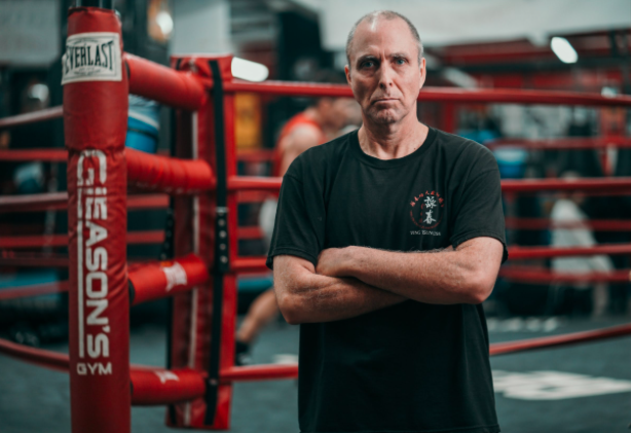
Gleasons Gym ’18
Oct ’16
WSL VT Canada
It has been a very, very busy month for us and The WSLVT Allstar Weekend was a huge success! We made history in Canada, and also in the WSL VT family.
Seeing Sifu Philipp Bayer and Sifu Cliff Au Yeung together was a privilege, and seeing them take the stage was mind blowing.
Witnessing these two fine gentlemen recollect on their past history, and experiences they also shared with their time with the Late Great Wong Shun Leung was priceless. We gained so much insight about the man and his character, and also learned the way that he truly thought about Ving Tsun and his method, first hand by 2 of his senior students.
The WSLVT Kuen Hok Association of Canada presented both Sifu Philipp Bayer and Sifu Cliff Au Yeung with Lifetime Achievement Awards in Preserving, Promoting, and Passing on the traditions of the WSL VT Kuen Hok.
We would like to thank Asiatic Sifu for truly making the impossible, possible.
Thanks goes out to team WSLVT Canada for all your hard work with coordinating the event, it would not have been successful without your help!
To our co-presenters, Wing Chun News and Revolution Wing Chun, we thank you for the tremendous support!
To Kevin Gledhill ( USA ) and the WSL PB VT group from New York, Dave van der Poel ( Holland ), Leandro Spina ( Germany ), Frank Heimanns ( Germany ), and all those not mentioned, that traveled long distances to take part of this event, we thank you and are honored to meet our extended family!

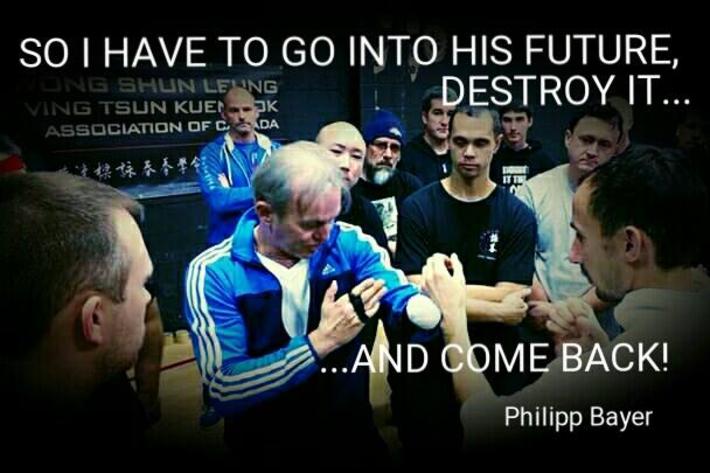
“First of all, people should understand that things are not always an application. You can use applications or exercises to show a person how things work, however, you should never think in terms of applications. The most important thing is that people understand that Wing Chun helps you to create certain behaviour and attributes for fighting.”
Philipp Bayer
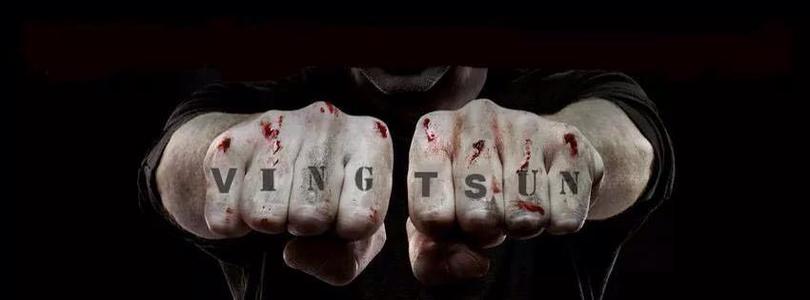

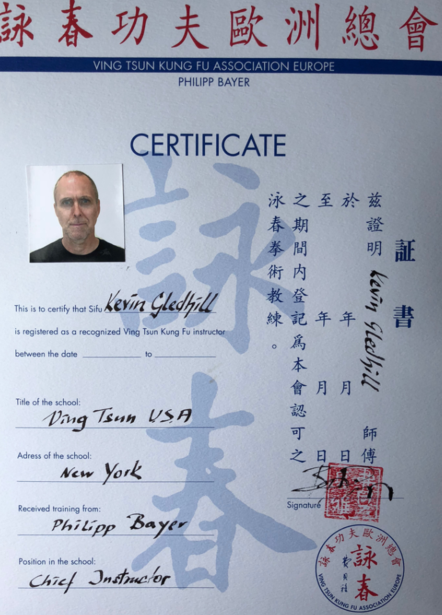
VING TSUN KUNG FU ASSOCIATION AMERICAS
NY & NJ Seminar ’18
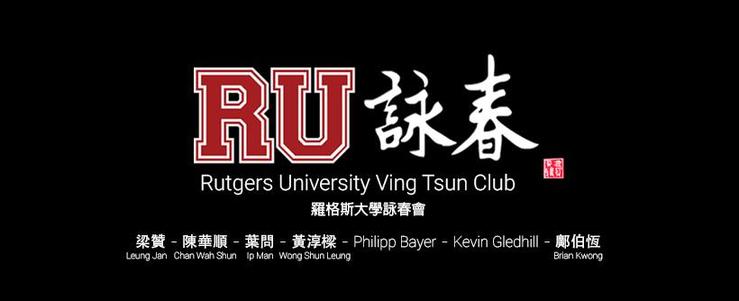
BRIAN KWONG Instructor RU
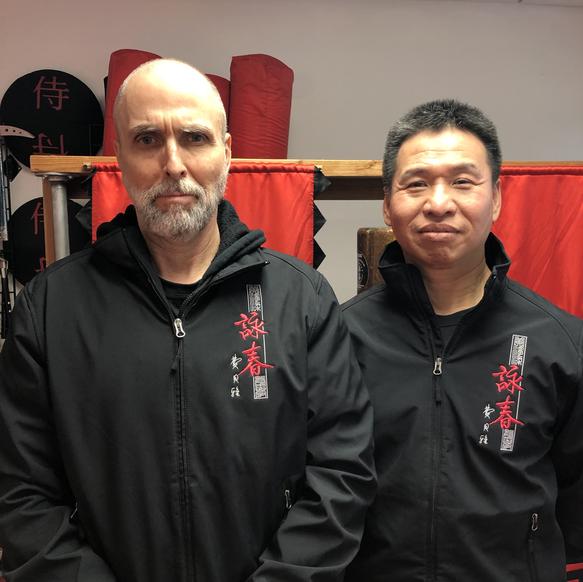
VTKFAA Jacket
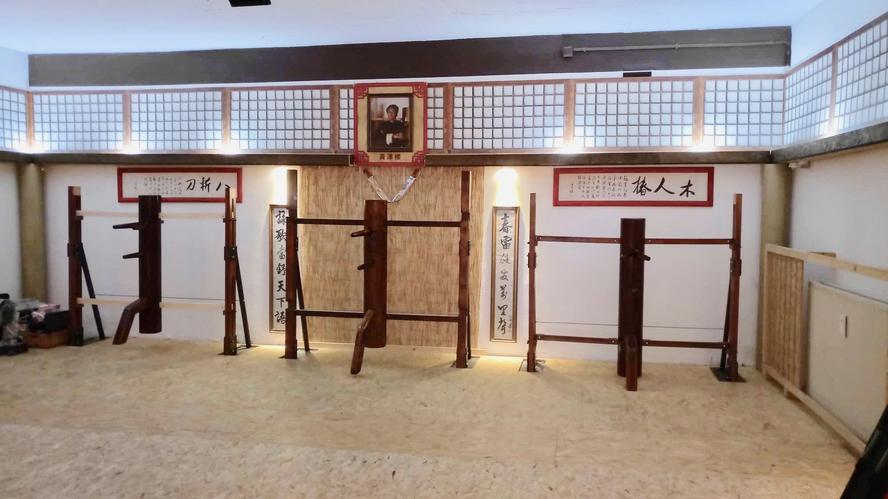
Köln Germany VTKFAI HQ
August 3&4 ’19 seminar NY & NJ
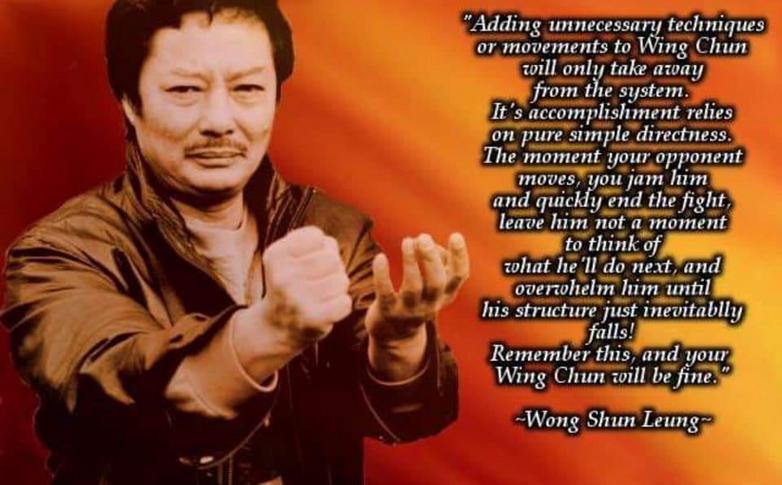
Menorca seminar Oct 2 weeks ‘ 19
